2023 年最佳发明 [译]
ACCESSIBILITY
Safer Seniors
CAN Go Smart Cane link | image

Every year, about $50 billion is spent on medical costs related to older adults taking a fall. The CAN Go is an AI-powered smart cane with fall detection, activity tracking, GPS location, a flashlight, and emergency-calling features. “A lot of seniors don’t adopt new technologies,” says Ahmad Alghazi, founder and CEO of CAN, “which is why we decided to embed them into devices they already need or use.” The device, which updates over the air, learns about the daily activity of its users and can share that data with family members and medical professionals.
Walking With Ease
Cionic Neural Sleeve link | image
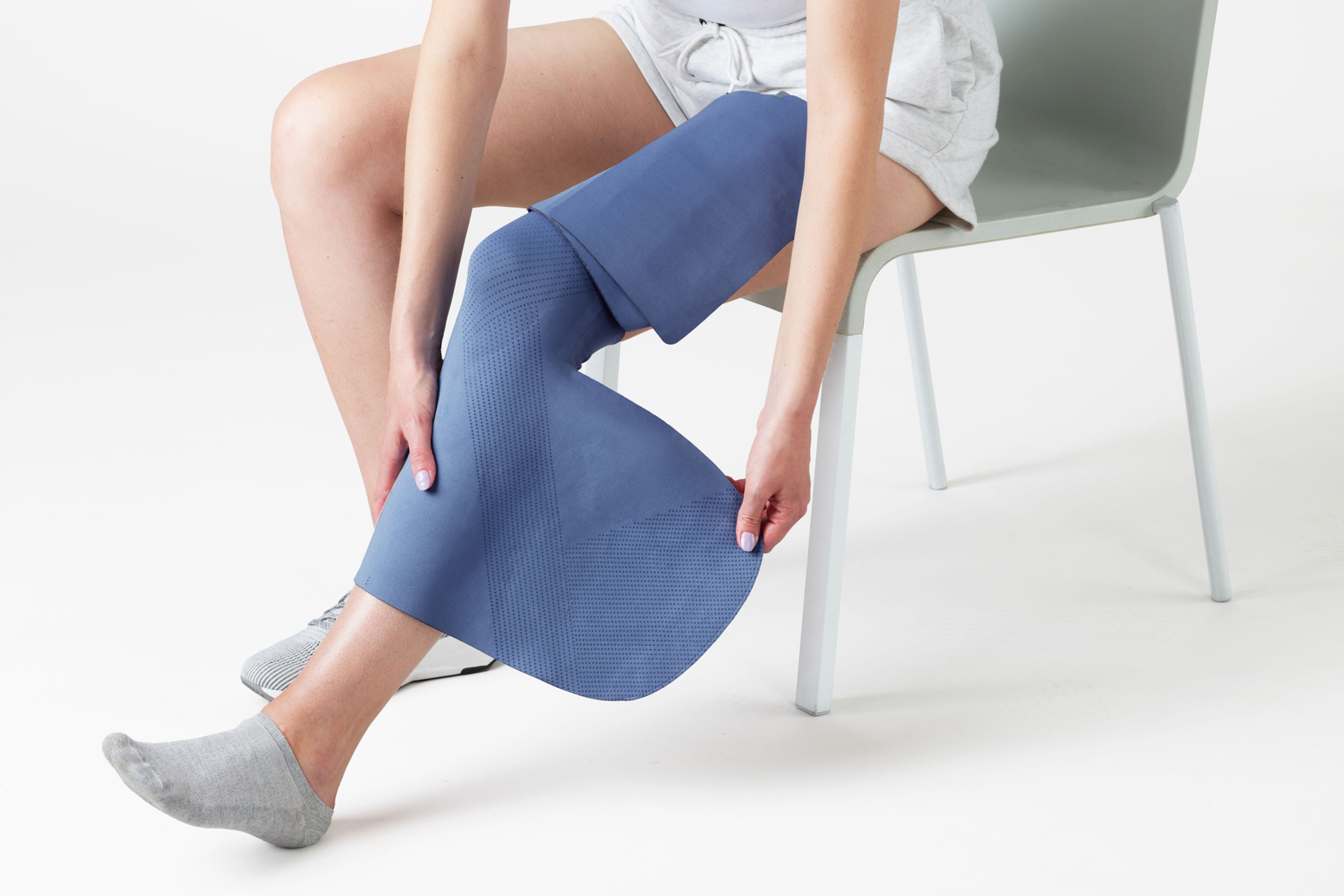
Frustrated by the mobility-support options offered to his daughter Sofia, who has cerebral palsy, Jeremiah Robison, founder and CEO of Cionic, set out to make a garment to power “a more normative gait.” Cionic’s Neural Sleeve, which began shipping in January following FDA approval last year, analyzes real-time data from sensors in the fabric, then sends electrical signals to elicit targeted muscle contractions in the legs.
Control for Quadriplegics
Naqi Neural Earbuds link | image
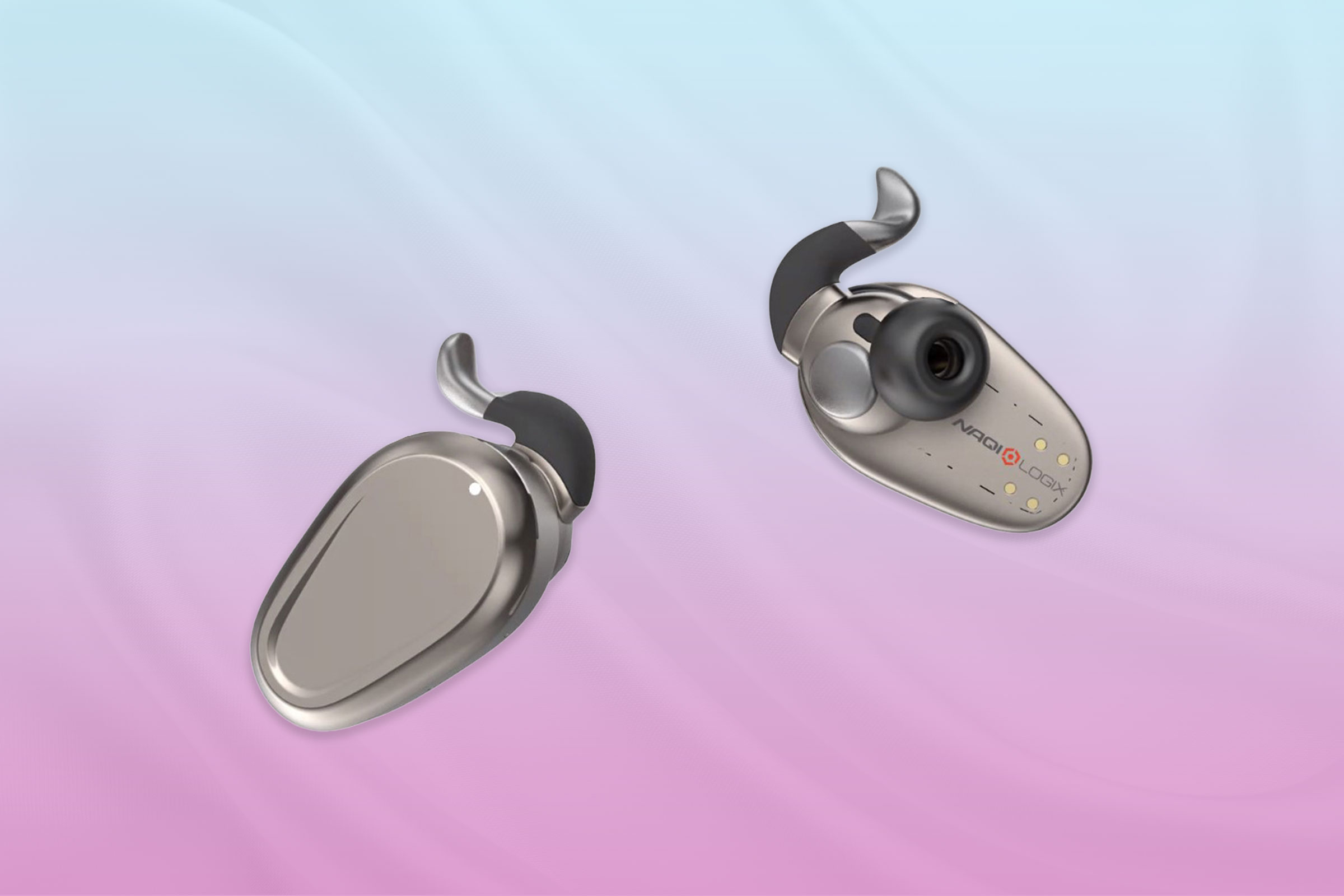
When David Segal’s friend Keith broke his neck and pelvic bone at 18 and became a quadriplegic, his life changed immeasurably. Keith’s experience led Segal to invent Naqi Earbuds, which he calls “a safe, noninvasive, universal, invisible, and silent command and control system.” Electrical signals made by clenching your jaw or lifting an eyebrow turn into commands; wearers hear a voice to help navigate the invisible user interface. The still-in-development device could be used to control wheelchairs or smart-home items. Segal sees pro gaming as another arena for the tech.
The Beauty of Stability

Loss of dexterity caused by conditions like strokes or arthritis can make applying lipstick tricky. The Hapta by Lancôme is a lipstick holder that uses stabilizing tech and adapts to users’ needs to get their lipstick on evenly, in a smooth swipe. Guive Balooch, global managing director of augmented beauty and open innovation at L’Oréal, says the company hopes to take the tech beyond lipstick. “No community should be removed from the ability to use beauty products,” he says.
Gaming for All
Sony Access Controller for PS5 link | image
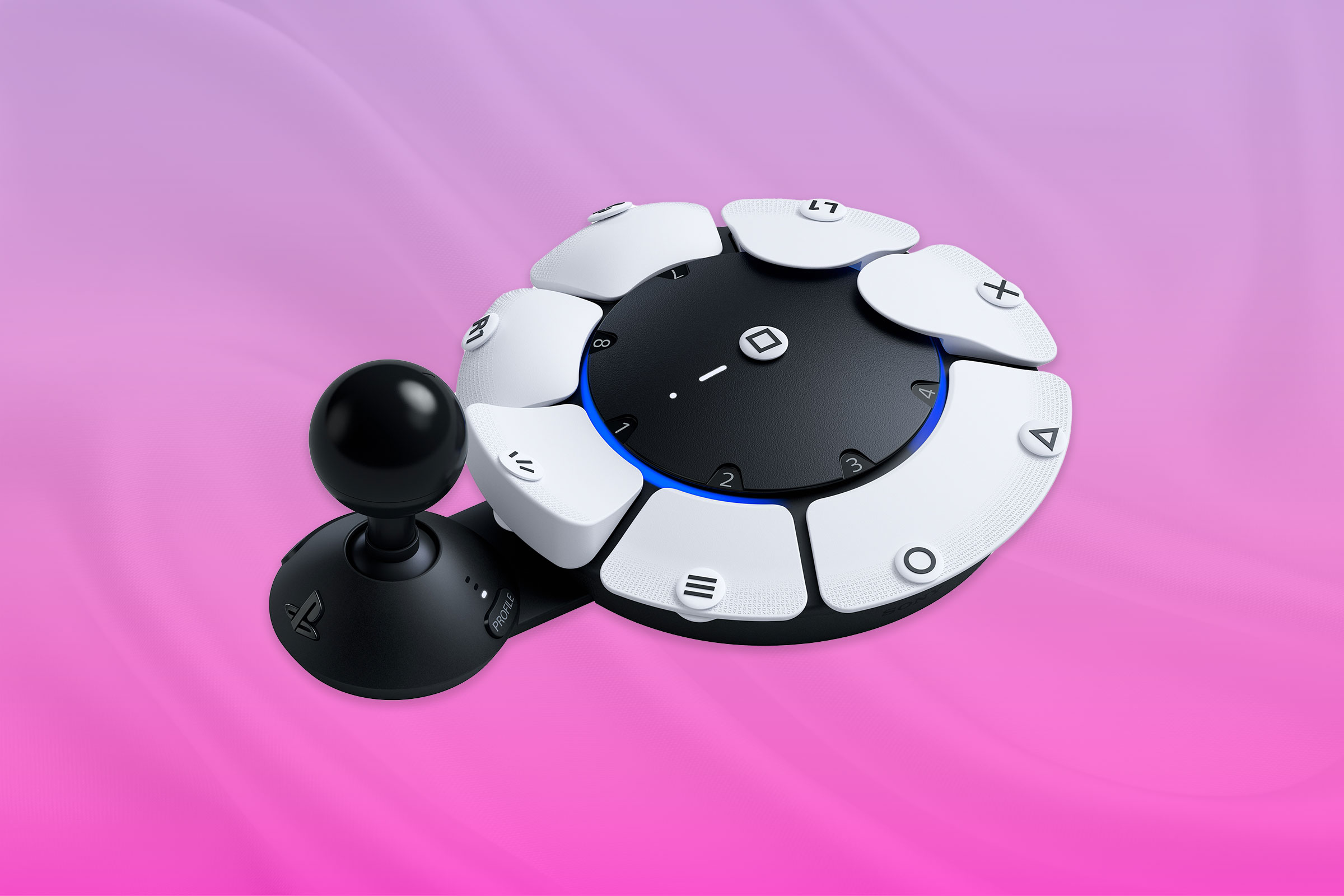
More than a third of the world plays video games, but participation remains a challenge for the 16% of the population living with a significant disability. Enter PlayStation’s Access Controller, a customizable kit that features a joystick along with 22 swappable components that can be configured into various layouts and combined with other accessories to meet different physical needs. Sony Interactive Entertainment’s senior vice president of platform experience, Hideaki Nishino, says the PlayStation 5–compatible device’s creation involved five years of research and development alongside accessibility experts.
Feeling the Beats
Music: Not Impossible link | image

The Music: Not Impossible haptic suit—a wearable backpack that weighs a couple pounds, with wrist and ankle attachments—translates audio from a concert venue’s mixers and placed microphones into vibrations that allow people who are deaf to feel the music on their skin. From events at Lincoln Center to South x Southwest, Music: Not Impossible has been lending its not-yet-commercially available suits to deaf and hard-of-hearing visitors. “For the deaf, it’s not just about the music; it’s the social aspect,” says Daniel Belquer, the company’s co-founder and “chief vibrational officer.” “To be involved in something larger than themselves, to disappear among the crowd—[hearing people] take it for granted.”
Playing with Braille
LEGO Braille Bricks link | image
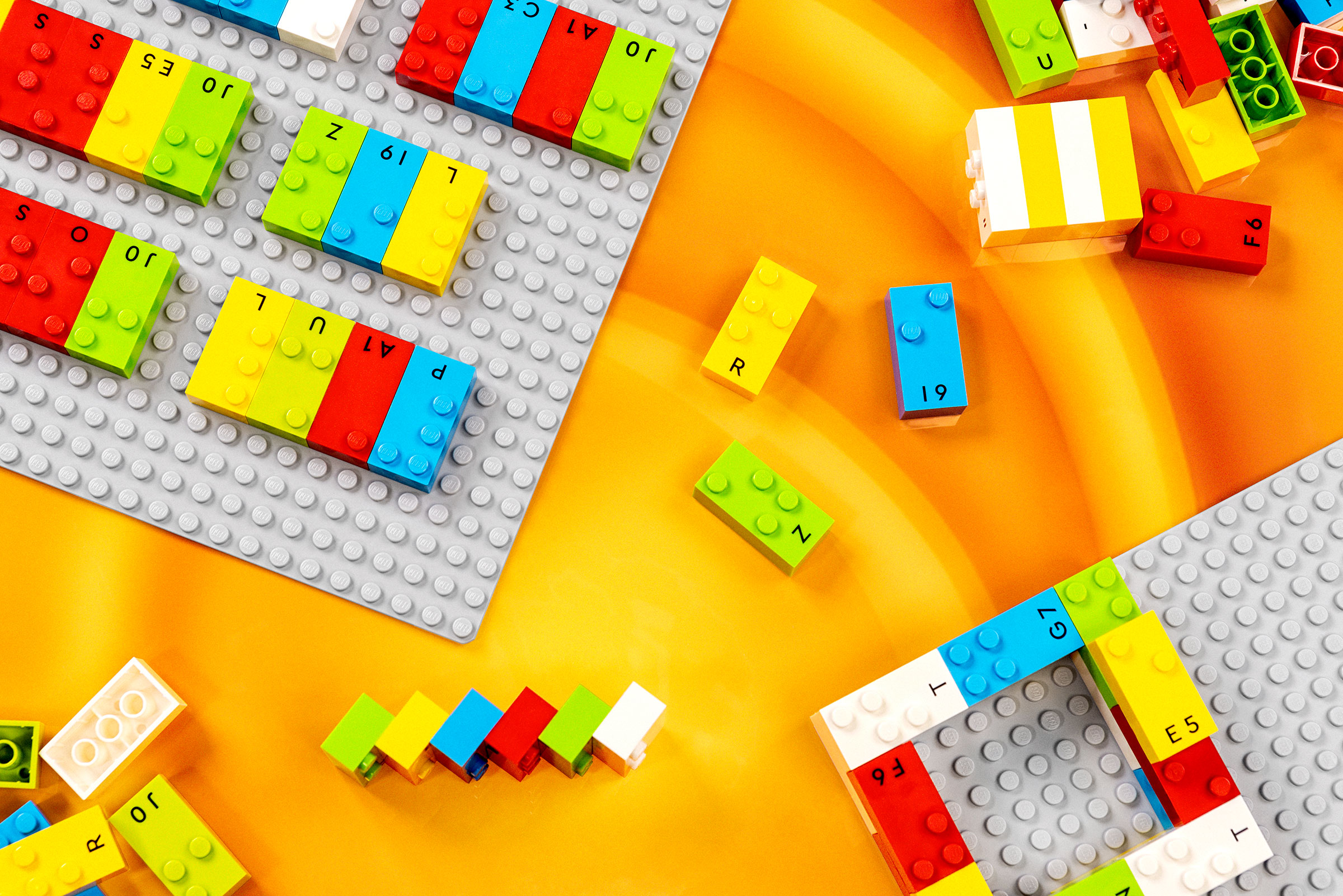
Once available only through schools and other educational institutions, Lego Braille Bricks—which teach visually impaired children necessary tactile skills—are finally coming to consumers’ homes. The set (currently available in English and French, with more languages on the way) takes the classic 2×4 building brick and modifies its knobs to correspond with the braille alphabet, numbers, and symbols. The pieces are compatible with all Lego products. “We developed these for everyone, so even sighted children and family members can show their interest in learning braille,” says Rasmus Logstrup Jensen, Lego’s creative lead on partnerships and innovation.
Brushing Away Decay
Samba Robotic Toothbrush link | image

In more than 20 years working in the oral-care industry, Steffen Mueller has noticed one group that’s consistently underserved: people with disabilities, nearly 88% of whom experience tooth decay. Some vibrating toothbrushes for people with mobility difficulties leave them unable to clean hard-to-reach spaces, says Mueller, managing director of Swiss oral-health company Curaprox: “There’s no movement in the mouth.” The company’s brand-new Samba Robotic Toothbrush corrects this. Shaped like a U and featuring 12,900 soft bristles, it moves around the gumline and oscillates at both high and low frequencies to cover every tooth and groove, with no motion required of the user.
Smoother Moves
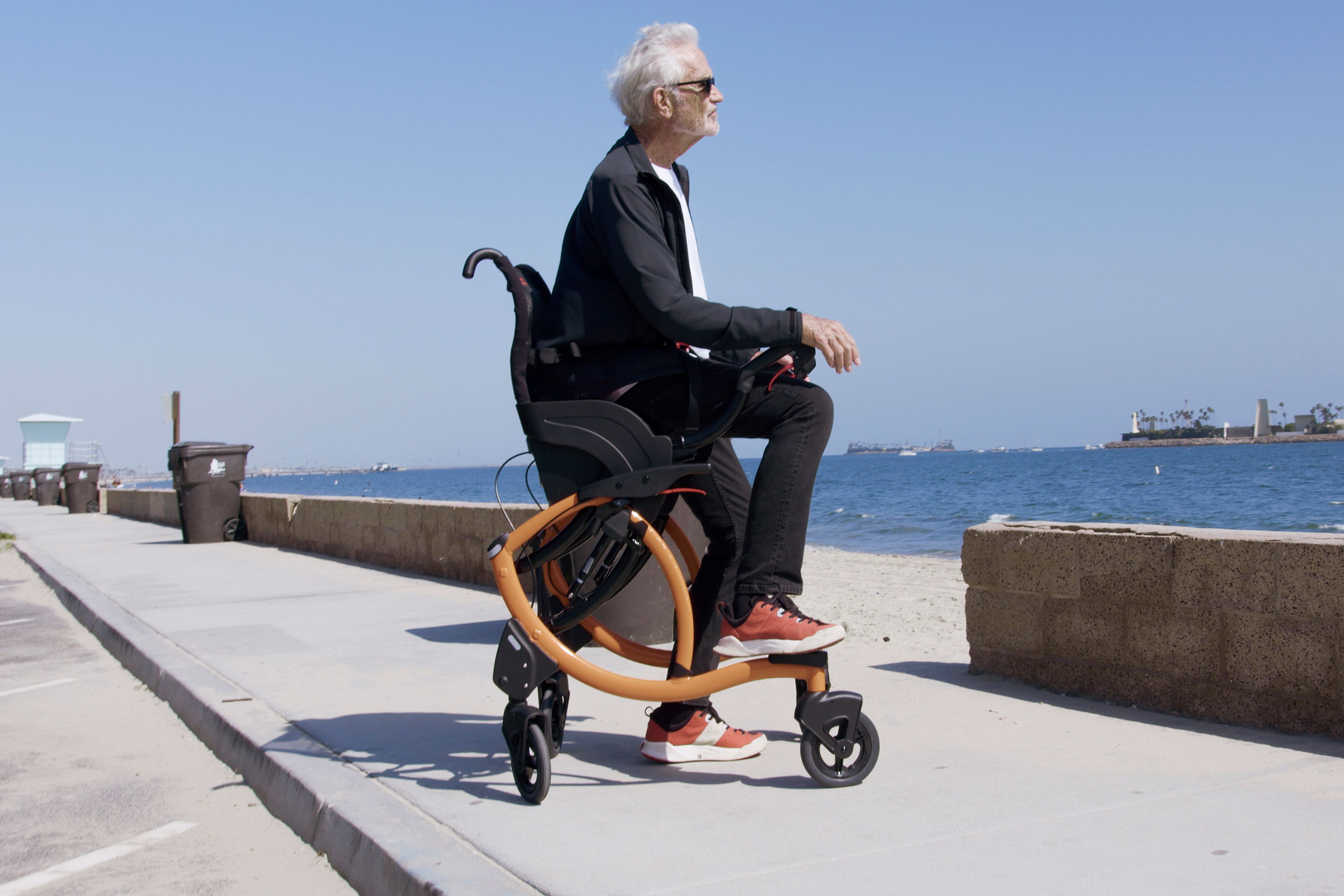
Each year, tens of thousands of people in the U.S. go to the emergency room after falling using walkers and canes. The Zeen was designed to be a safer walker, using a gas-spring technology that inventor Garrett Brown developed when creating the Steadicam movie-camera stabilizer in the 1970s. It allows users to smoothly move the chair up and down, so they can more easily shift between walking, standing, and sitting modes. “There was something missing between walkers and wheelchairs,” says Brown, co-founder and CEO of Zeen maker Exokinetics. He believes the Zeen fills that void.
AI
Photo Editing Outside the Box
Adobe Photoshop Generative Expand and Generative Fill link | image

Adobe has put powerful AI capabilities in the hands of millions of people by building the tech right into the world’s most popular image editor: Photoshop. Powered by Firefly, Adobe’s AI image generator, Photoshop now includes Generative Expand and Generative Fill. The former allows you to seamlessly fill in imagined content beyond the borders of a photograph. The latter lets you add or delete something in an existing image by just entering some simple text. Neither require technical expertise. The options empower “customers to bring their visions to life at the speed of their imaginations,” says Ashley Still, Adobe’s senior vice president of digital media.
Game-changing AI
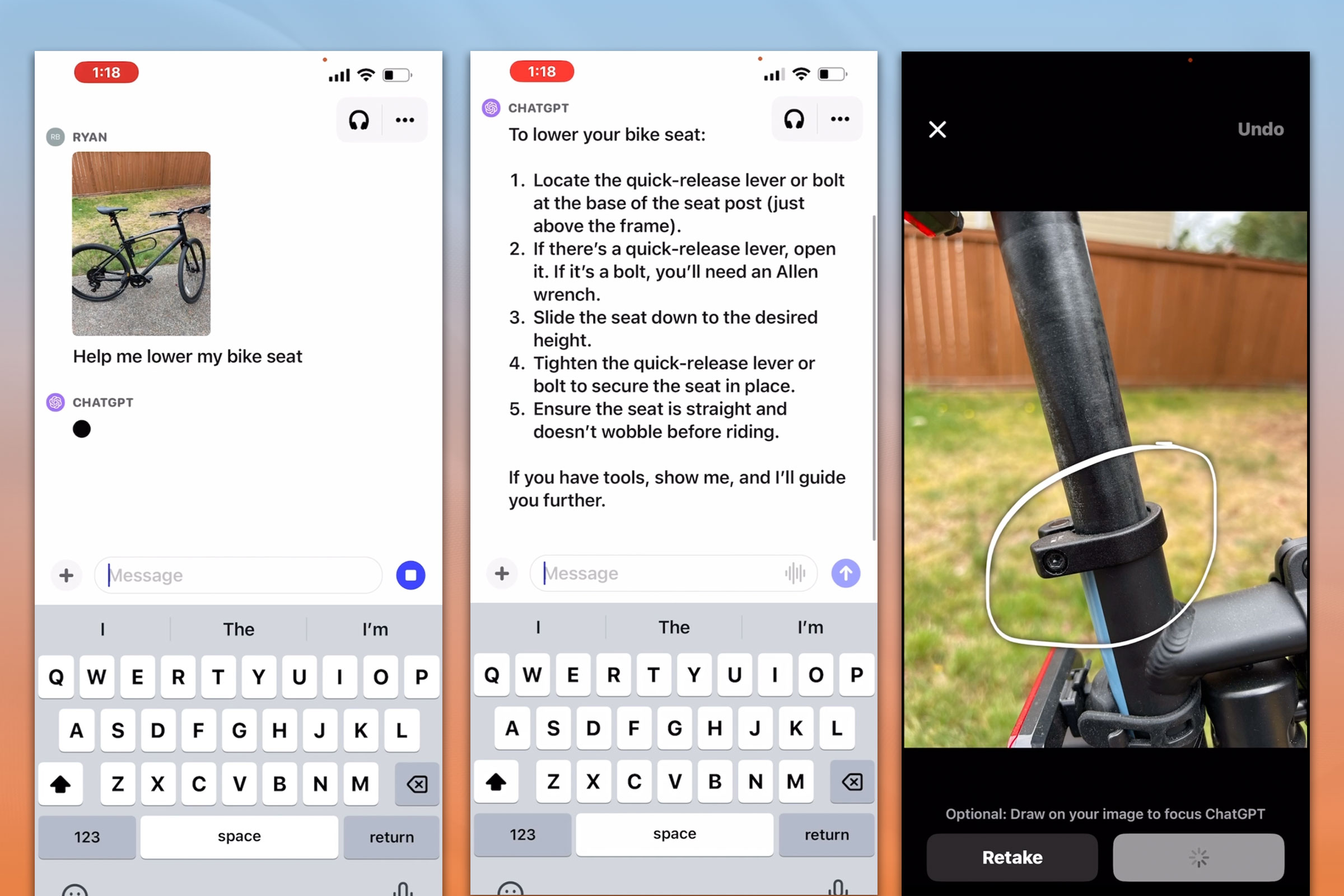
Eight months on from its March release, OpenAI’s GPT-4 remains the most powerful AI model to power a chatbot accessible to the public. While its predecessor, ChatGPT, performed better than just 10% of students taking the bar exam, GPT-4 outperformed 90% of them. It’s adept at verbal reasoning, can break down complicated concepts into simple language, and can even explain why a joke is funny. In September, OpenAI began rolling out the abilities to interact with the model by voice and to use images as inputs. The update, GPT-4V, was tested with Be My Eyes, an organization that builds tools for visually impaired people, and can verbally describe the contents of a picture in natural language.
Inventive Film Editing

In June, Runway – a Google-backed startup whose visual effects tools were used to help make the mind-bending graphics in Oscar winner Everything Everywhere All At Once – introduced its Gen-2 model. The new version lets anyone generate full-blown videos from just text prompts, images, or other videos. Runway co-founder and CEO Cristóbal Valenzuela compares the new tech to the invention of the camera 200 years ago. “AI is a new kind of camera,” he says, “that will reshape storytelling forever and lead to full feature films that are entirely generated.”
Authentic AI
Alitheon FeaturePrint link | image
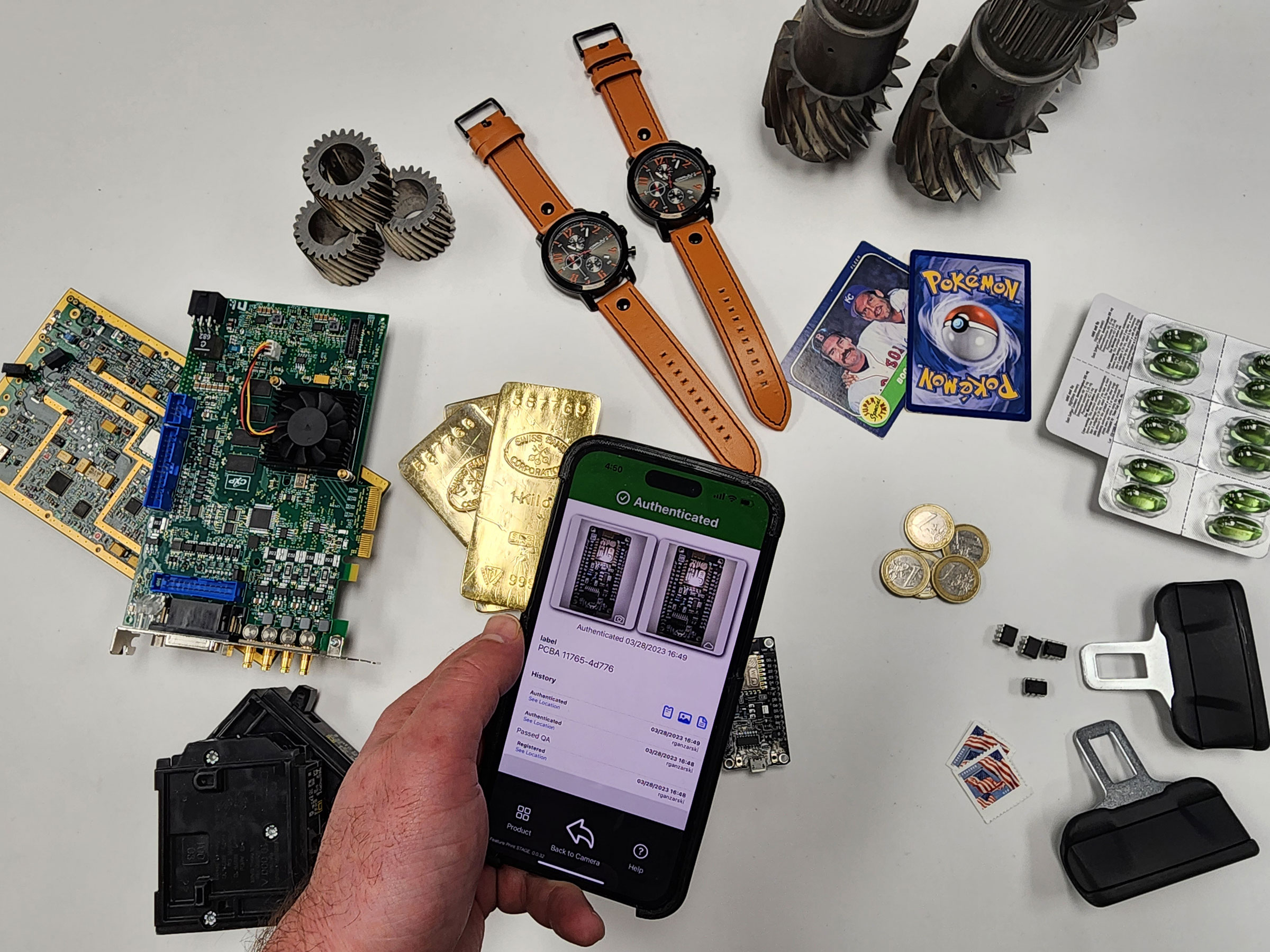
One solution to the multi-trillion-dollar counterfeit goods problem may be as simple as pointing your phone’s camera at, say, a watch or a handbag and letting smart software determine its authenticity. FeaturePrint, an optical AI technology, first “sees” miniscule surface details of physical items and “fingerprints” them into unique mathematical identities. Then, it can tell you whether an item is fake or genuine with a click of a button. “No stickers, tags, or markers needed,” says Alitheon CEO Roei Ganzarski. One customer is Argor-Heraeus, which makes gold bars for national banks.
Eyes in the Skies
Dedrone City-Wide Drone Detection link | image

Drones can be as disruptive as they are beneficial. Dedrone’s City-Wide Drone Detection product throws a virtual shield around a geographical area, warning law enforcement within seconds if a drone has entered the designated airspace. Dedrone tracks a proprietary blend of signals from drones, including radio frequency, ADS-B data (also used in planes), and RemoteID beacons, to identify the location of incursions. Mary-Lou Smulders, the company’s chief marketing officer, compares it to an air traffic control system for drones—something that didn’t previously exist. Customers include Con Edison, which is using it to protect its infrastructure; Barcelona’s police force; and an unspecified number of airports.
Master Translator
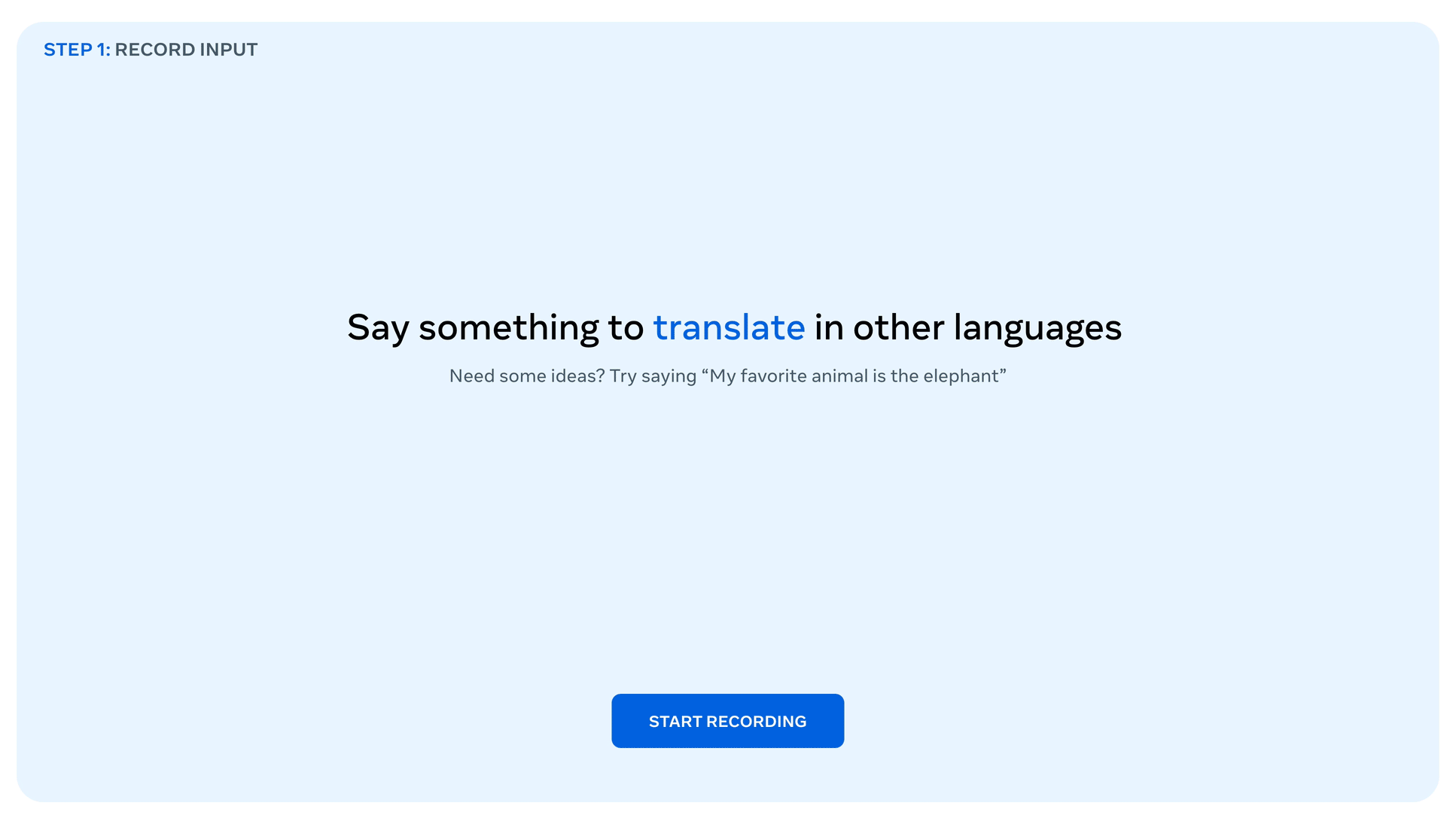
Meta compares its SeamlessM4T AI model to Babel Fish, the universal language translator in The Hitchhiker’s Guide to the Galaxy. The company’s software is capable of understanding nearly 100 languages from both speech or text, and can translate on the fly between them in real time in a variety of formats—speech-to-speech, text-to-text, speech-to-text, or text-to-speech. Besides working with far more languages than predecessors, the system is more efficient and less error-prone, according to Meta—and it can even decipher multiple languages mixed together in the same sentence. Meta has made the model open source, which means that researchers all around the world can use its code.
Astounding Mimicry

Earlier this year, an anonymous creator who goes by Ghostwriter caused a stir with a track called “Heart on My Sleeve,” which features convincing AI-generated vocals that sounded like Drake and the Weeknd. (It was quickly yanked from legal streaming services, but not before it went viral.) The voices were created using open source software known as So-VITS-SVC, which allows the technically inclined to train a neural network on a singer’s voice and then produce any song using the AI-created vocals. Enthusiasts swap voice models—everyone from Bad Bunny to Taylor Swift to James Hatfield—in Discord communities. Meanwhile, user-friendly websites that employ the software have been mushrooming.
Stopping Wildfires
AlertCalifornia and Cal Fire AI Wildfire Detector link | image

Detecting wildfires before they spread is a challenge now plaguing much of the world. University of California San Diego’s public safety program, AlertCalifornia, is employing AI to help. Working with Cal Fire, the program trained AI to detect smoke and other early indications of fire on a feed from a network of more than 1,050 cameras placed in forests across the state. When the system spots something, it alerts the local fire department via text message. In the first two months, the system had correctly identified 77 fires before any 911 calls came in. “The greatest success stories of this [system] are the fires you never hear about,” says Falco Kuester, co-principal investigator at AlertCalifornia.
Music Creation, Made Easy

Using the power of generative AI, Stable Audio, created by Stability AI, can whip up nearly any sound or song you want with a few simple text prompts. (Keying in “ambient techno, drum machine, peaceful, instrumental,” for example, resulted in a relaxed, new age track that wouldn’t be out of place in a chic lounge.) The model was trained on a dataset from a stock audio website (so it’s all legal), containing more than 800,000 audio files that add up to a collective 20,000 hours, and can be used for both professional and amateur projects.
Animal Protector

In parts of India and Africa, poaching remains the greatest extinction threat to elephants and big cats, even in protected areas. TrailGuard AI, a system created by Resolve, a US-based environmental organization, employs tiny cameras, powered with tech from Intel, to monitor endangered species and spot poachers. The system uses either cell or long range radio signals to transmit the images to authorities’ phones in as little as 30 seconds. TrailGuard’s custom-made AI models can be trained to detect not just humans but any species of interest, from tigers to hyenas. The tech resulted in the arrests of more than 30 poachers during a test phase in East Africa, and large-scale testing is currently underway in tiger-dense central India.
Picturing Your Imagination

When OpenAI unleashed ChatGPT on the world in November, it radically changed the AI landscape. The company hopes DALL-E 3—the new and vastly improved version of its AI image generator—will have the same impact. Previous image generators, says OpenAI’s Aditya Ramesh, the inventor of DALL-E 3, require learning a new technical language, including appending strings with minuses and numbers, to get the best results. Not so with DALL-E 3, which folds into ChatGPT so users can enter conversational commands and get an image that matches their description.
Listen Up
Project Gutenberg Open Audiobook Collection link | image

Project Gutenberg is the oldest digital library, started in 1971 to make e-books more accessible. But CEO Greg Newby says it “isn’t great at either creating or distributing.” So Microsoft and MIT teamed up to make the Open Audiobook Collection, using text-to-speech tech to turn 5,000 books into free, synthetically narrated audiobooks, now available on Spotify. The software fueling the project was also released at no charge.
Breaking Down Beats
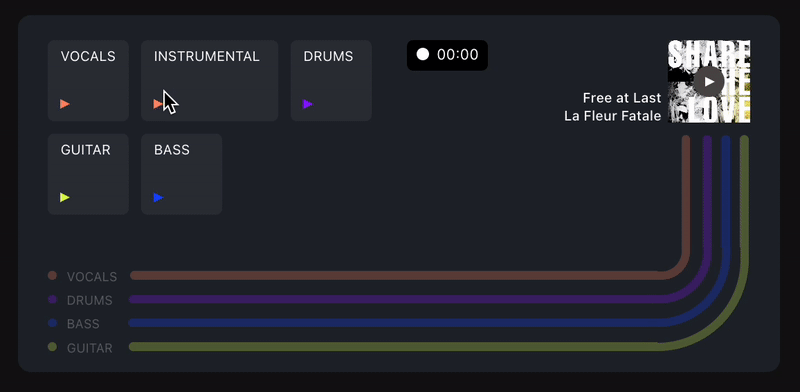
When one of the biggest rock bands recently landed a deal to use its hit 1970s song in a commercial, its members were overjoyed. There was one problem: the admakers wanted only the instrumentals, and all the band had was the final mix. So the rockers’ team approached AudioShake, whose AI program isolates elements of prerecorded audio to strip it into its constituent parts. “We make audio interactive and editable and make it possible to fuel these really practical uses that help artists make money,” says co-founder and CEO Jessica Powell.
Rethinking the Smartphone
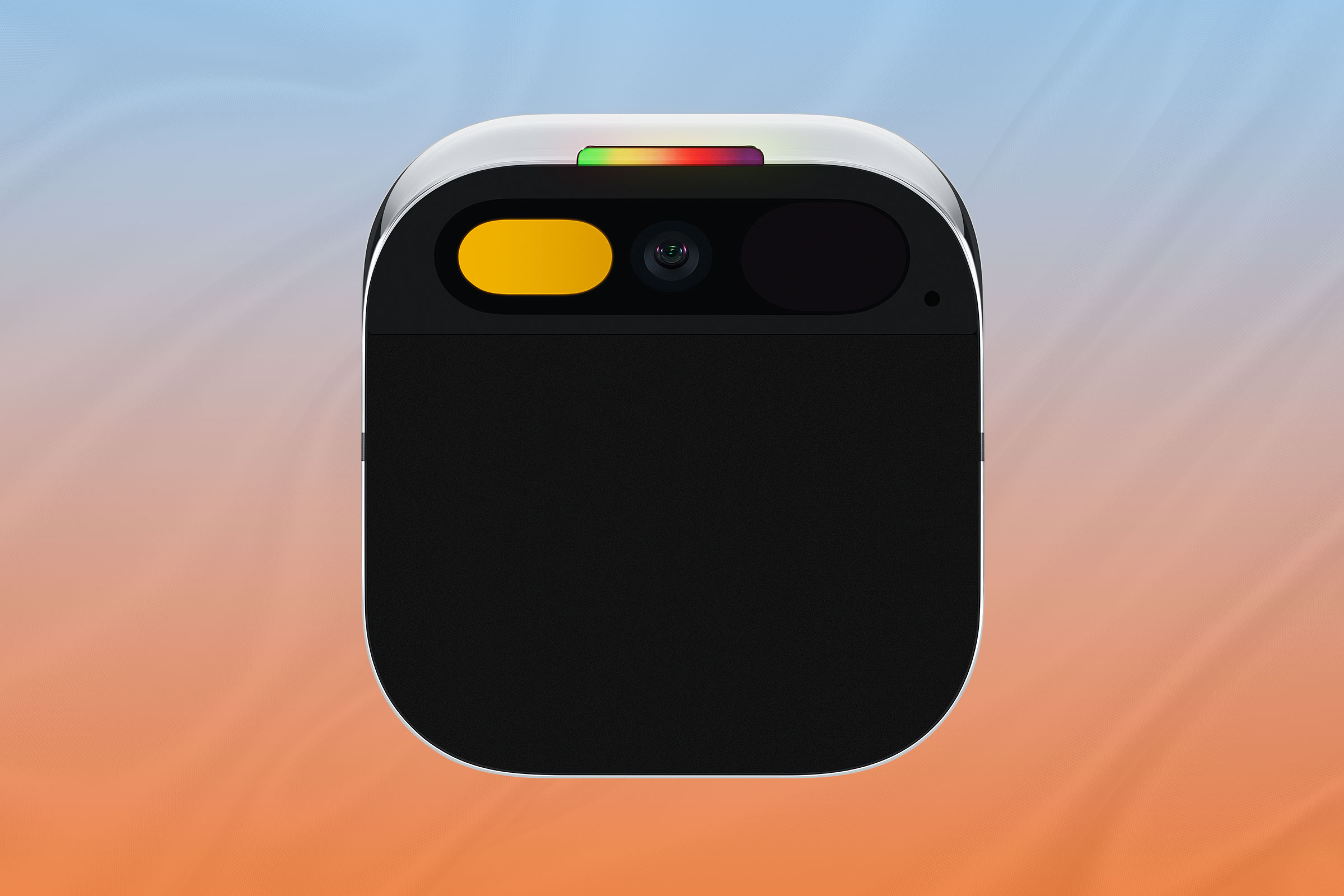
The two former Apple execs who started Humane* envision a screen-free future, and the Ai Pin is their first step. Once the lightweight Humane Ai Pin attaches magnetically to your clothing, it becomes your AI-powered personal assistant. Using a mix of proprietary software and OpenAI’s GPT, the device lets you do everything from ask complex questions to make calls and send texts, all using just your voice. Meanwhile, a built-in camera can identify things and provide contextual information, such as calorie estimates for a food item. A prominent privacy indicator called the “Trust Light” goes on whenever the Pin’s camera, microphone, or input sensors are active to make sure everyone around knows when it’s listening or recording. And if you need visuals, a tiny projector beams them straight onto the palm of your outstretched hand. The pin is planned to launch Nov. 9.
APPS & SOFTWARE
PDFs for the People
Adobe Liquid Mode link | image

PDF documents are fine—as long as you’re viewing them on large screens. But the thousands of people trying to view official documents or fill out PDF forms on mobile devices are stuck pinching and zooming to try to navigate. Adobe, the company that invented the PDF, knows how frustrating this is, and has an AI-powered solution. Liquid Mode, which is now built into its Acrobat Reader software, uses an algorithm to resize PDFs to fit whatever device you’re reading on, and allows font resizing and search. “Initially we flirted with the idea of an all-new format,” says Phil Ydens, fellow and vice president of Adobe Document Cloud, “but quickly concluded that PDF was too ubiquitous and important. That’s worth solving the right way.”
Blocking Bots
Arkose Bot Manager link | image
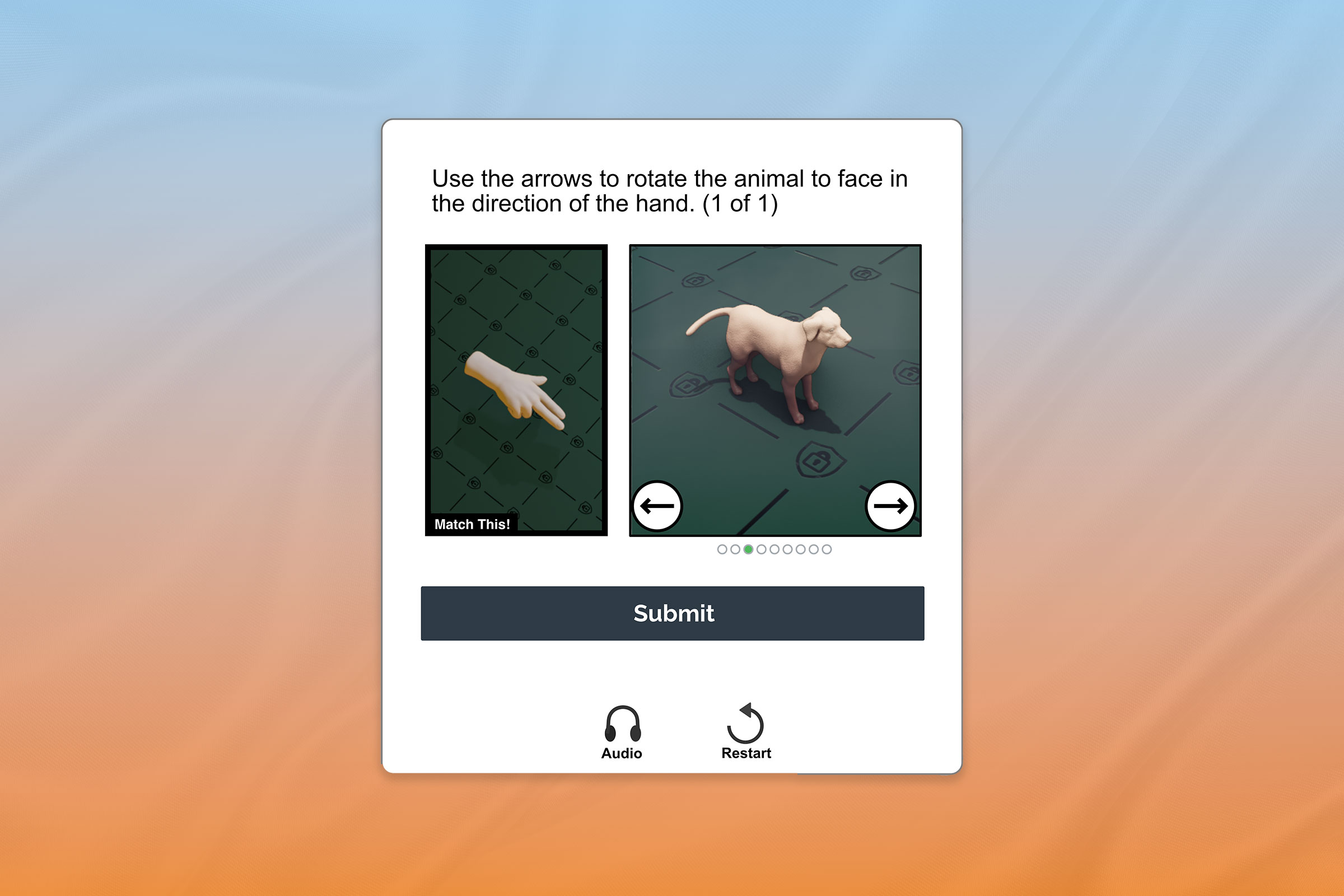
The internet is crawling with bots, some good, some malicious. Bad bots can be used to launch mass-scale attacks on online businesses to steal usernames and passwords, take over accounts, and illegally scrape data to sell to unauthorized third parties. Arkose Bot Manager detects malicious bots using network information, IP addresses, and more, then stops them in their tracks using proprietary CAPTCHAs that are more sophisticated and gamelike (“Use the arrow to rotate the animal to face in the direction of the hand”) than usual. “This precise response strategy ensures genuine users proceed without interruption,” says Ashish Jain, chief product officer at Arkose Labs.
Safer Period Tracking
Flo Anonymous Mode link | image
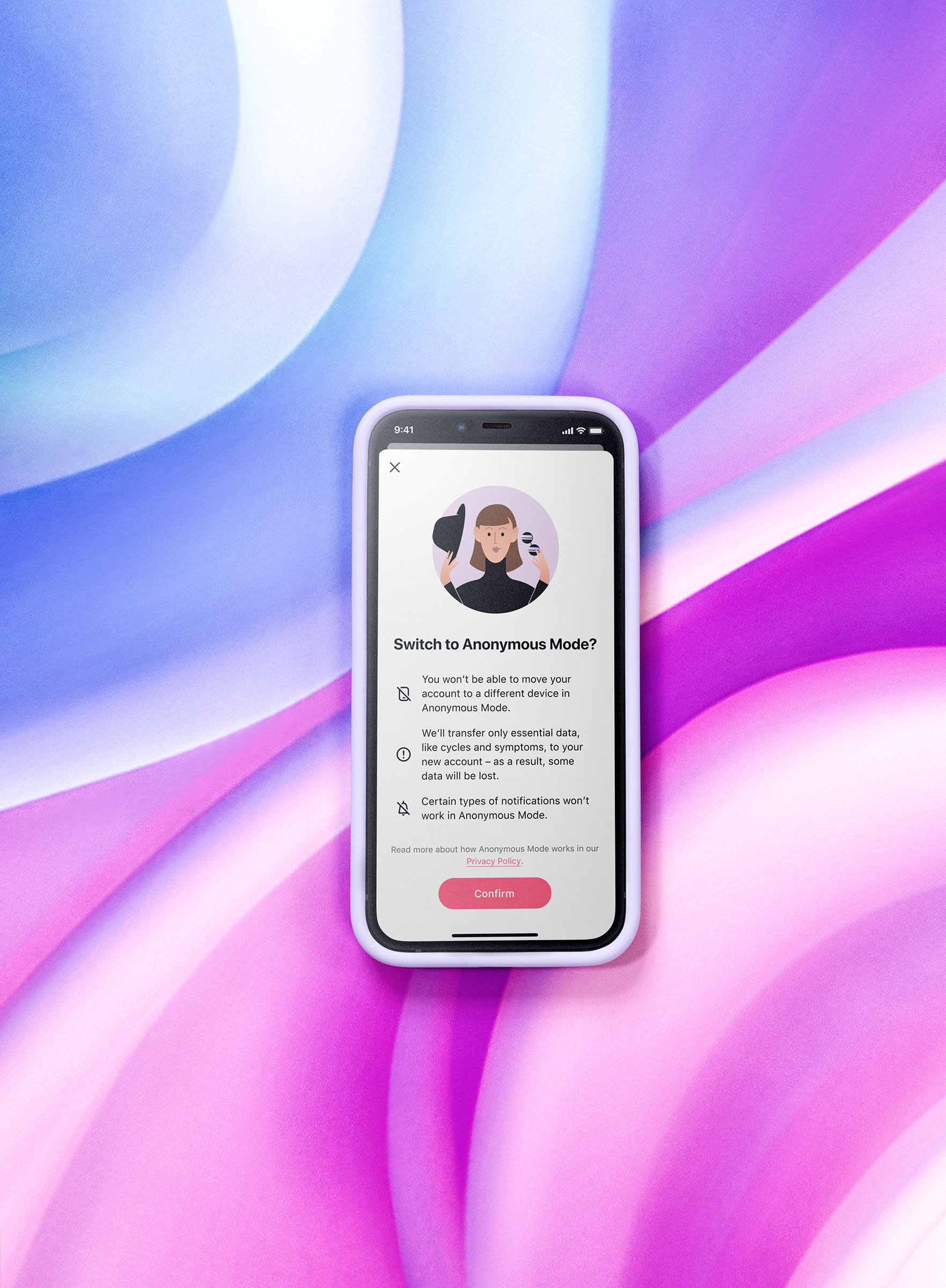
When the U.S. Supreme Court overturned the right to abortion access in June 2022, fears arose that legislators might leverage companies’ data to track women’s reproductive health. So that September, period-tracking app Flo put out a new option called Anonymous Mode, which can “completely decouple health information from the identity of the user,” according to chief technology officer Roman Bugaev. The constantly updated service, available to Flo subscribers at no extra charge, was developed with web-infrastructure company Cloudflare. Earlier this year, Flo released an open-source version.
Stopping Fraud
Human Defense Platform link | image
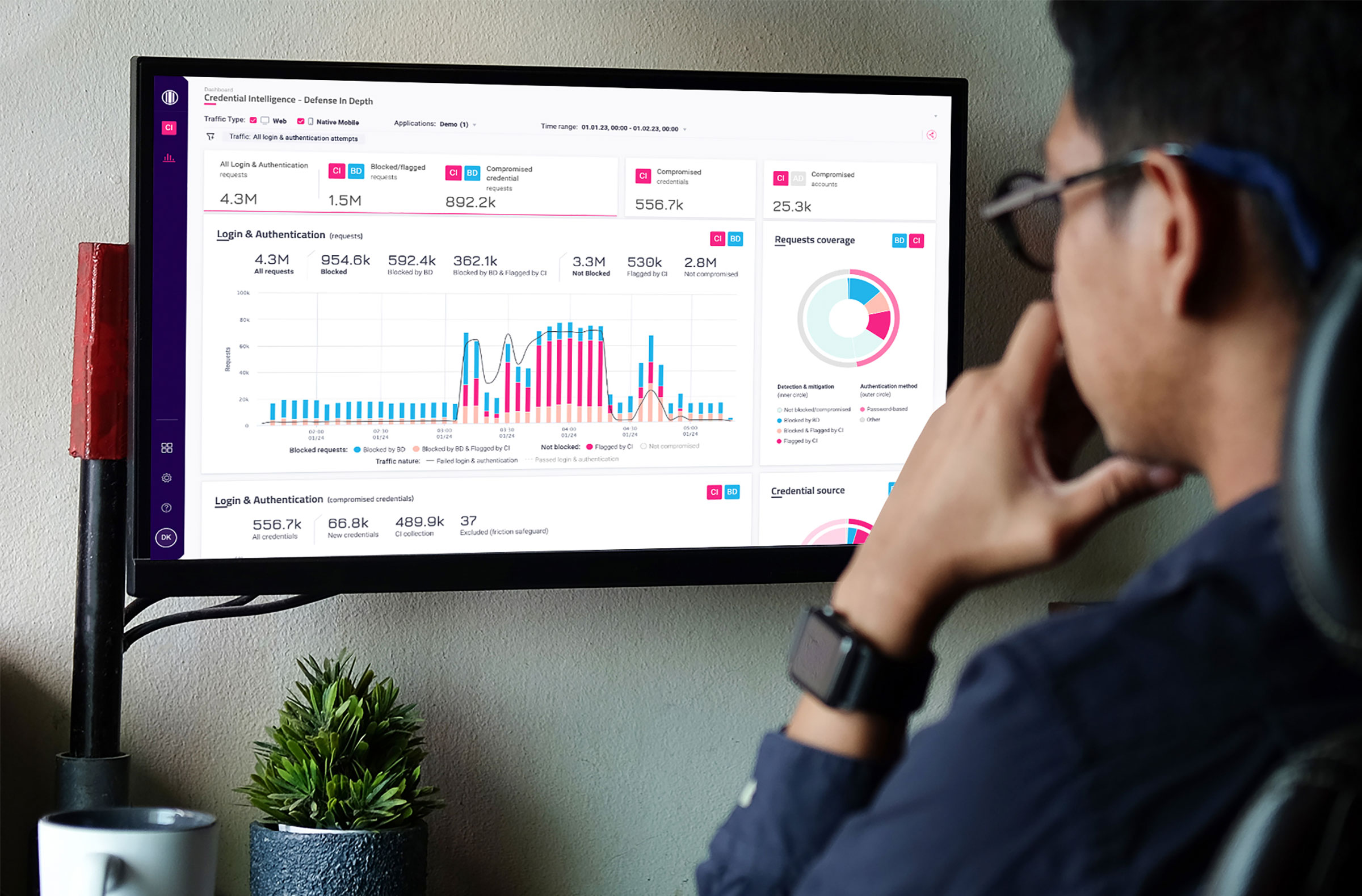
In the past year, cybersecurity firm Human Security took down not just one, but two of the biggest ad-bot frauds ever discovered. The company seeks to disrupt digital scammers’ business model by tracking and verifying trillions of interactions weekly across billions of devices. Its suite of software solutions helps more than 1,200 brands defend against a broad range of threats—from outright fraud and theft to disinformation and manipulation—by flagging logins using compromised credentials, ensuring paid ads reach real humans, or searching for and destroying bot-driven attacks. “When we stop an operation,” says Human co-founder and CEO Tamer Hassan, “we increase the costs or cut off a revenue stream for the fraudsters.”
Solving the Warehouse Puzzle
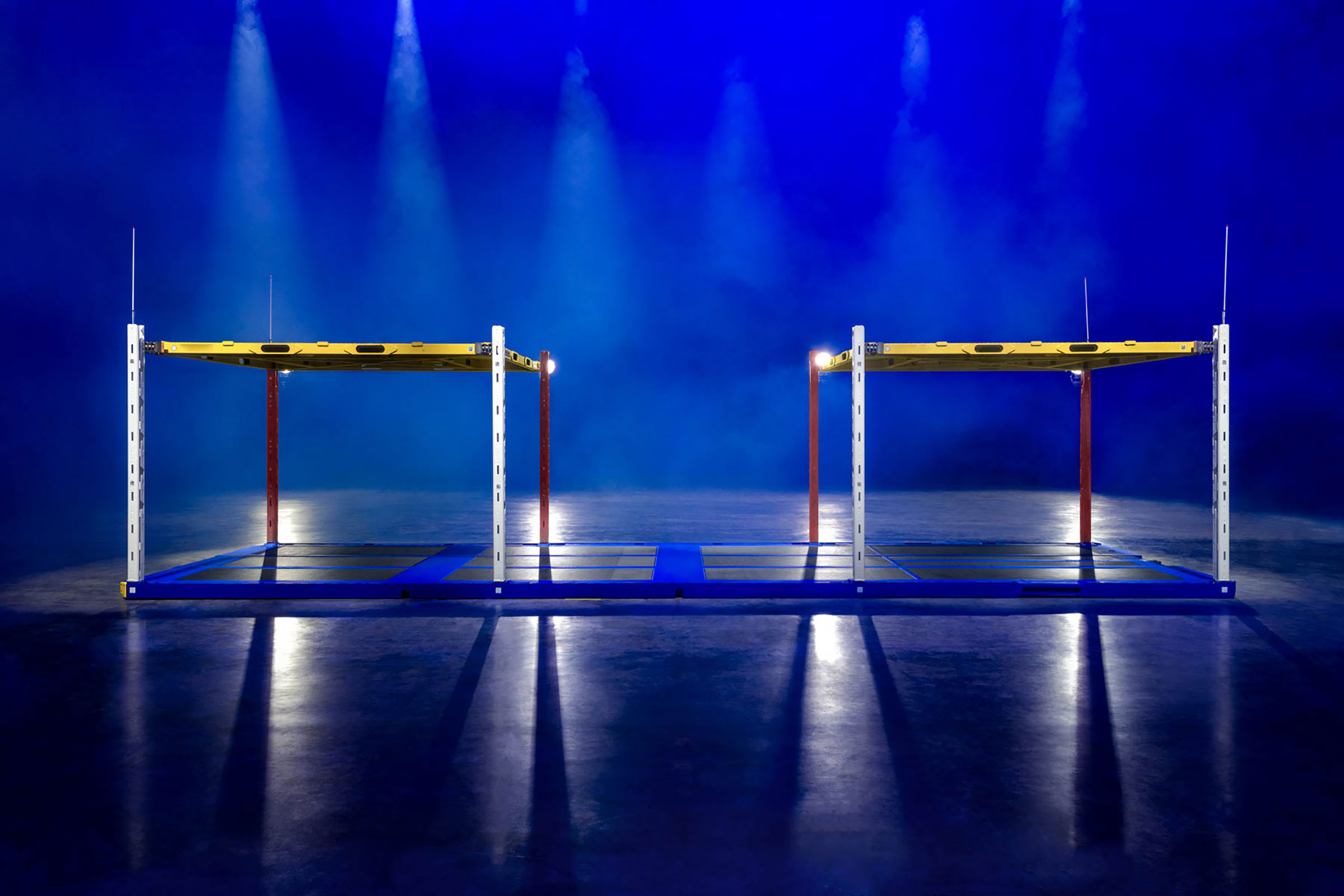
Supply chains are filled with inefficiencies, one of which is slow freight offloading. The ArcBest Vaux system uses a moving platform and rack that sits in delivery trucks and wheels all contents off the vehicles in a matter of seconds, rather than the dozens of individual trips a forklift would normally take to unload. In addition, the smart system tracks and monitors what’s in each shipment, meaning handlers can use a tablet app to pinpoint a single item’s location, eliminating the need to root around. “We’re trying to take this antiquated process and attack it with these emerging technologies,” says Michael Newcity, chief innovation officer at ArcBest.
An E-Passport
Digital Travel Credentials link | image

Plane tickets, loyalty cards, and more have moved from wallets to cell phones. But one key document has not: the passport. Unless you’re in Finland. In August, it began the world’s first digital-passport program, for Finnish citizens flying on the national carrier, Finnair, between Finland and London; Manchester, England; or Edinburgh. To qualify to use the app, people must register with their local police, have their photograph taken, and sign a consent form. But once onboarded, all travelers have to do is get their phones scanned at airport immigration, and the fear of losing their one paper passport is gone.
The Language of Song

Duolingo is bringing its gamified learning style—fun, bite-size sessions on your phone—to music later this year. The new curriculum, which is free with ads and will appear in the original Duolingo app, uses an on-screen piano to teach principles like harmony, meter, pitch, and beat. You learn by interacting with over 200 popular songs (from nursery rhymes to Beethoven’s Ninth), matching sounds to notes and contributing to the larger musical piece. Karen Chow, a Duolingo senior learning scientist, says there’s a misconception that you need innate talent to learn music, but “we’re trying to break those boundaries—you don’t have to feel intimidated.”
A Custom Stream
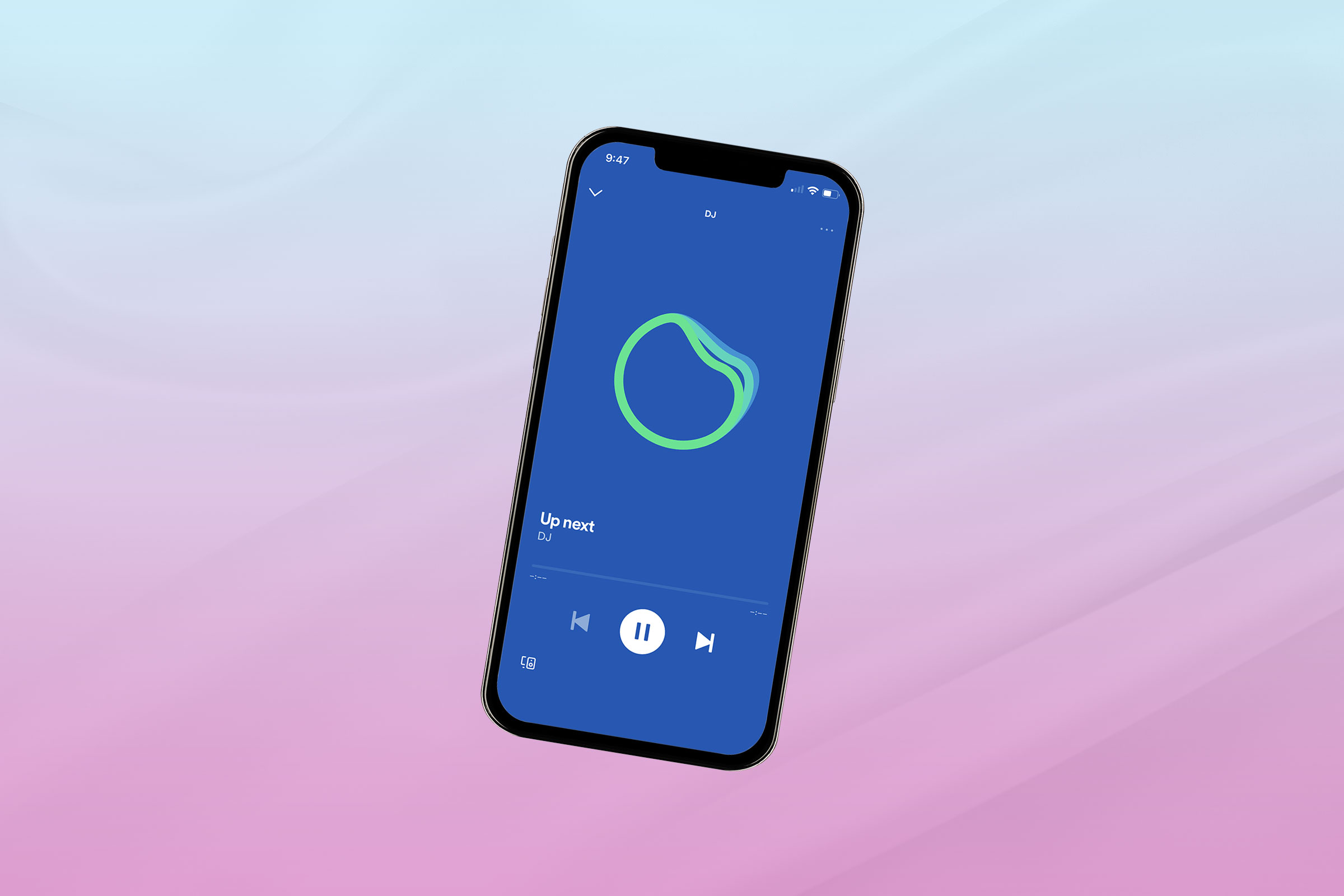
Music streamer Spotify’s new AI-powered DJ not only curates playlists it thinks you’ll love based on your listening habits, it adds spoken commentary between tracks, just like an actual radio disc jockey. The voice is modeled on that of Xavier “X” Jernigan, Spotify’s head of cultural partnerships. “It sounded so realistic when we were building it that nobody realized it wasn’t a real voice but, in fact, AI,” says Spotify’s co-president and chief product officer, Gustav Söderström. Spotify DJ is now available to Spotify Premium subscribers in 50 countries.
AR & VR
Doctor’s Aid
Medivis SurgicalAR link | image

Surgeons frequently must pivot from looking at a patient’s data on a screen or clipboard to looking at the patient. That’s changing with Medivis’s SurgicalAR platform. Now, a surgeon can wear an AR headset that superimposes data on a patient’s body during an operation, creating a visual guidance system that can assist with complicated procedures like brain-tumor removal, and reduce errors. It’s already in action at hospitals like Houston’s MD Anderson Cancer Center.
Revolutionary Reality
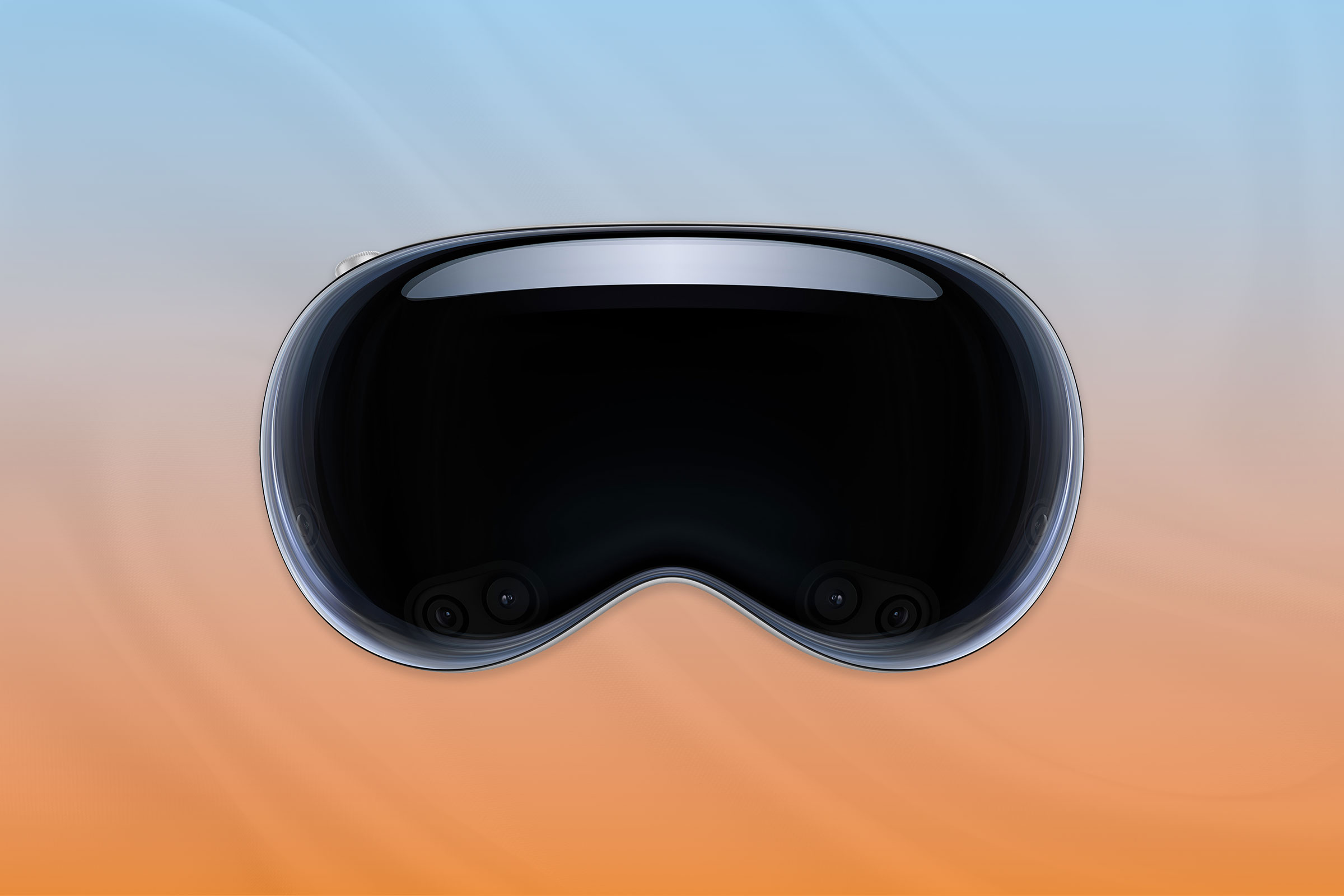
Just about every big tech company has tried to develop virtual or augmented reality headsets with mass appeal. Apple might be the first to pull it off. Unveiled in June and set to hit shelves in early 2024, the Vision Pro features micro-OLED displays, a dozen cameras, six microphones, five sensors, and a new Apple-designed R1 chip. There’s plenty that makes this headset unique, including gesture controls—wearers can navigate with eyes, hands, and voice—and the sheer number of apps it supports. An external screen shows users’ eyes to communicate their immersion as they toggle between augmented and virtual reality. CEO Tim Cook says the aim is to “blend digital content with the physical world in a profoundly new way.”
Screen Freedom
Sightful Spacetop link | image
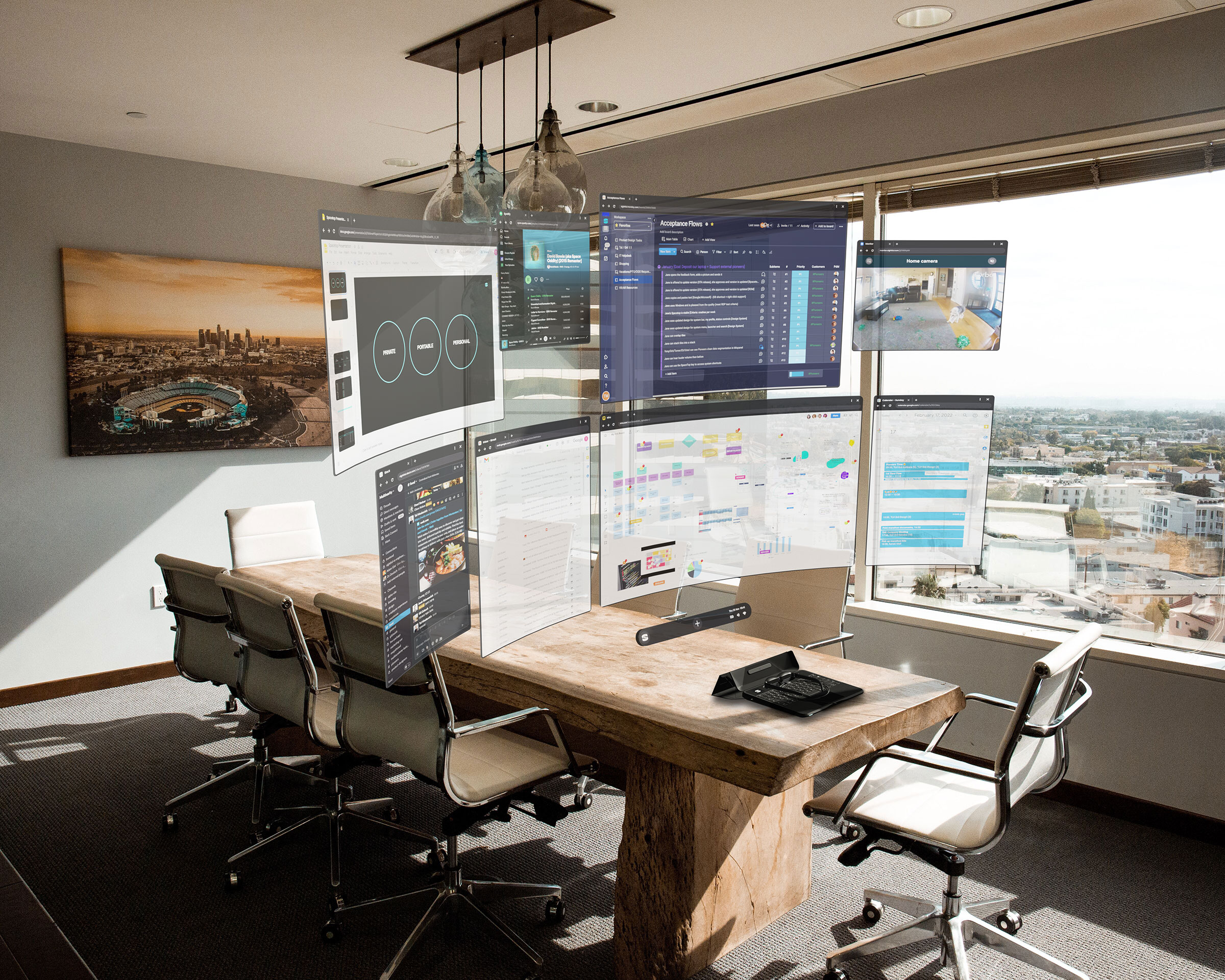
A few years ago, Israeli entrepreneurs Tamir Berliner and Tomer Kahan left augmented reality headset firm Magic Leap to bring AR to a wider audience via their new company, Sightful. Their first product, the Spacetop, is an AR laptop now available to early access users. Put on a pair of lightweight glasses to see a 100-inch virtual screen wherever you are, and control the computer with a wireless keyboard and trackpad. “It doesn’t matter if you are in a cafe or on an airplane, your giant, optimized workspace stays the same—and is fully private,” says Sightful CEO Berliner. A full release is due some time in 2024.
Virtual Fauna
Axiom Holographics Hologram Zoo link | image
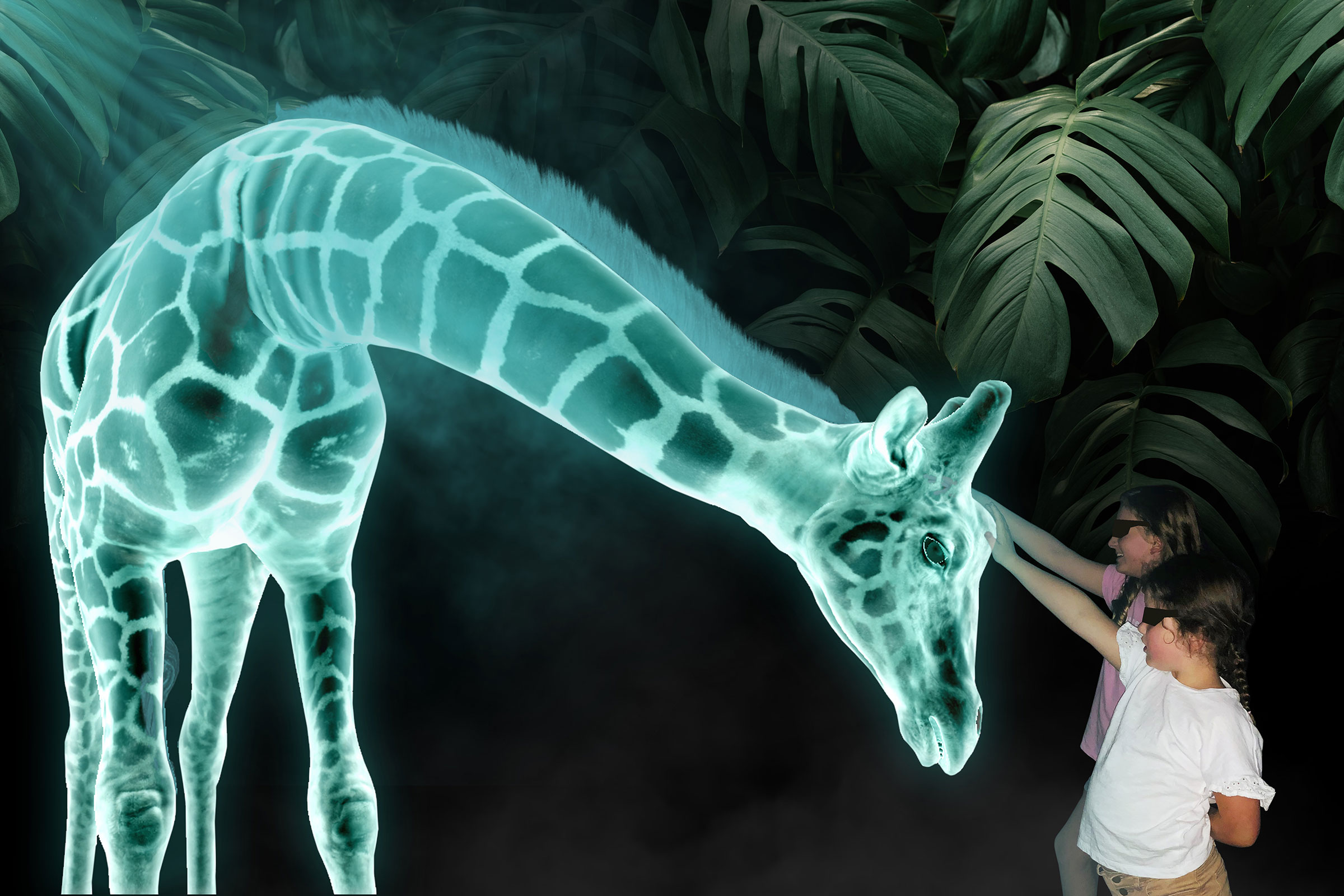
At the hologram zoo you don’t just see an elephant – you see a herd of elephants that stampedes toward you and then runs through you. “It’s really about showing people things they have never seen before,” says Bruce Dell, CEO of the Hologram Zoo, a 16,000-square foot complex in Brisbane, Australia, that projects lifelike wonders such as polar bears and whales in action. Dell’s secret? He slashed the cost of hologram tech by building a factory to do everything in-house. “What used to cost millions was brought down to 5% of the cost,” says Dell. What’s more, it’s a way for the public to see and learn about wildlife that doesn’t involve keeping animals captive.
BEAUTY
A Salve for New Ink
Mad Rabbit Tattoo Repair Patch link | image
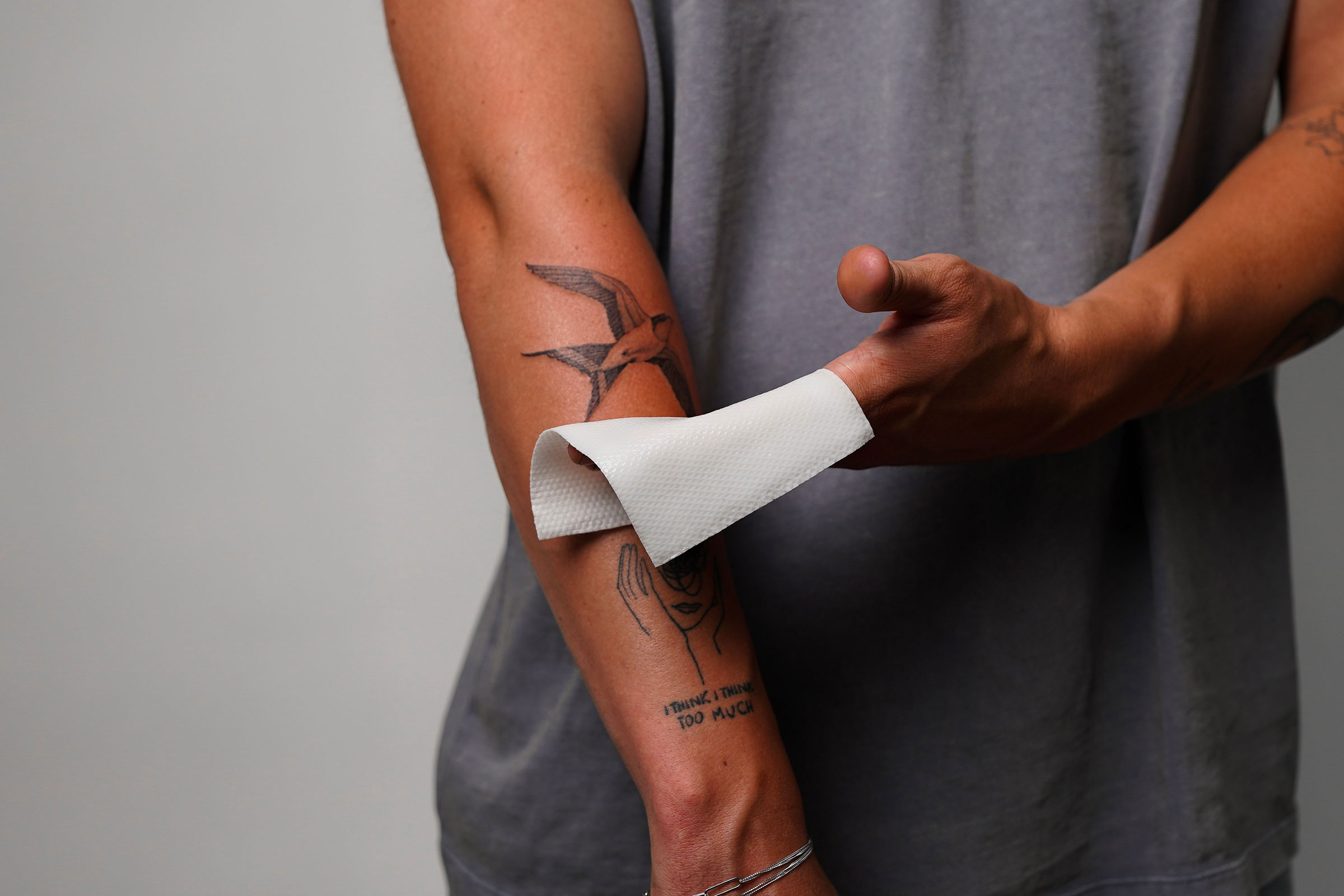
The healing process for a tattoo can involve pain, infections, and allergic reactions. But the usual treatment of petroleum jelly can create scabs that might distort the ink. “It turns out the age-old recommendation was a bad one,” says Mad Rabbit co-founder and CEO Oliver Zak. In the interest of faster and safer healing, Mad Rabbit’s tattoo repair patch is made from water-based hydrogel, which keeps the tattoo hydrated (minimizing ink loss), avoids allergic reactions from latex, and offers 99.8% UV resistance to shield your tat from the sun.
Smoother Skin
Revance Therapeutics Daxxify link | image

Wrinkle-reducer Botox now has some competition. Biotech company Revance’s Daxxify injection uses botulinum toxin, similar to Botox, but it’s also powered by peptides, amino acids that make up proteins the skin needs, and studies suggest that its effects last roughly two months longer than Botox. Daxxify has been commercially available since March, and in August, the FDA approved it for another use, which will come to market mid-2024: It can treat cervical dystonia—painful, involuntary neck muscle contractions—relieving symptoms for up to three months longer than the current treatment.
A More Strategic Straightener

Hair straighteners have been a part of beauty routines since their invention in 1909. But they require dry hair, the hot irons can burn skin, and the devices weaken locks over the long run. Dyson has hit on a 21st century solution: the Airstrait. The straightener, used with wet hair, blows 11.9 liters of hot air a second through 1.5-mm slots at a 45-degree angle, speeding up the process while preventing the sort of damage created by scorching-hot irons. The machine is powered by the company’s Hyperdymium motor. “It’s more than 100,000 r.p.m.—five times faster than an F1 engine,” says Low Chen Nyeow, senior design engineer at Dyson.
The Home Dermatologist

While examining a 62-year-old whose knee had been treated with low-level laser therapy to rebuild cartilage, Paul Clayton, Lyma director of science, noticed that the knee’s skin looked 20 years younger. This revelation sparked Lyma’s handheld laser, which users can apply to the face or body while relaxing on the couch. Used just 15 minutes daily, it works to clear scars, rosacea, and wrinkles. Its 500-milliwatt laser “tricks your skin into producing more collagen,” says founder Lucy Goff. Encased in medical-grade plastic, it’s the first clinical-grade laser FDA-approved for at-home consumer use.
CONSUMER ELECTRONICS
Safety On the Job
Birdie+ Enterprise link | image
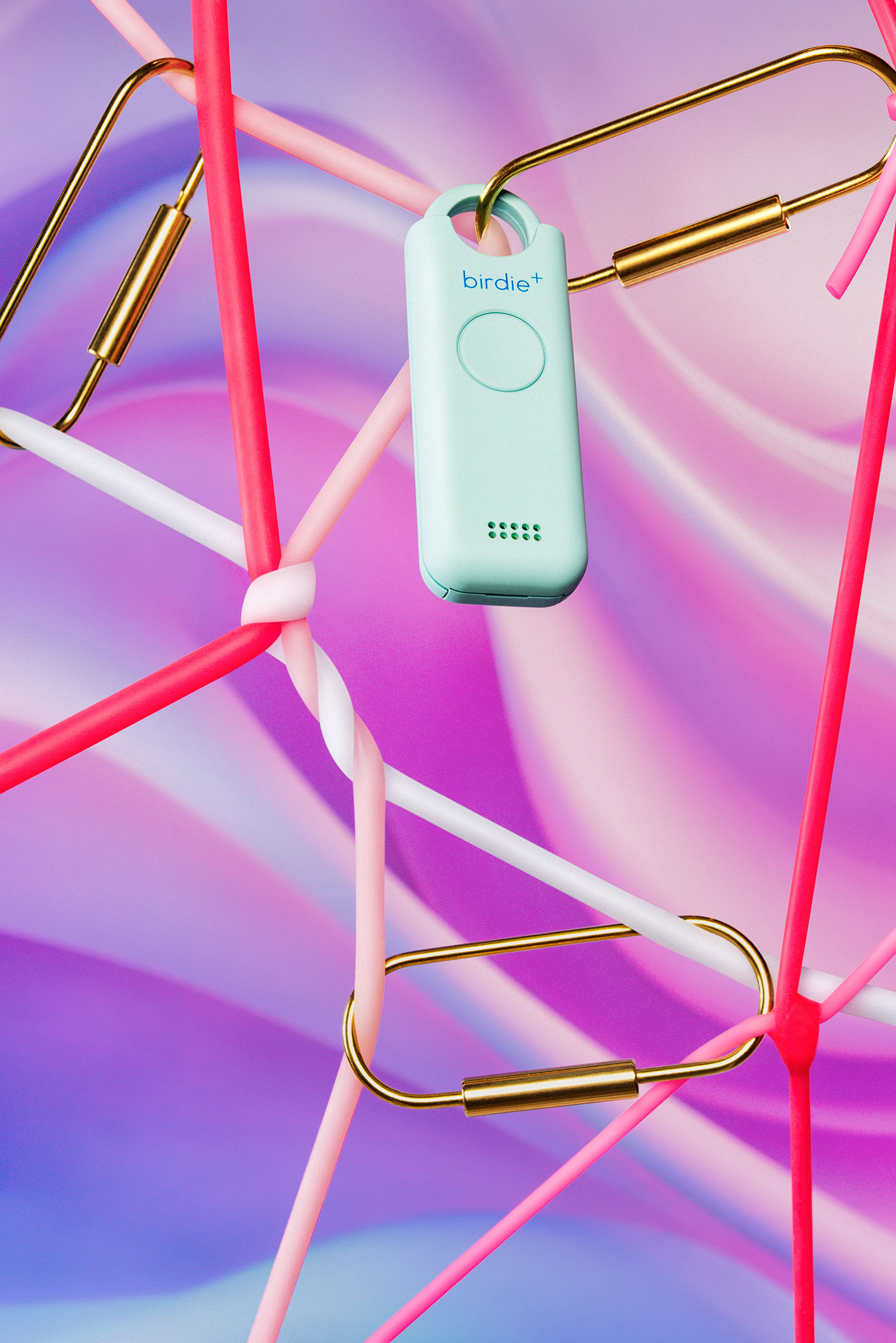
One in 3 women experiences sexual or physical violence in their lifetime. That sobering statistic is a motivator for She’s Birdie, the company behind Birdie+, a popular personal-safety alarm on a key chain that features a button users can tap to receive emergency assistance and a small handle they can pull to trigger a siren. In 2022, Goop became the first outside retailer to carry Birdie+, and in October, She’s Birdie expanded its reach with Birdie+ Enterprise, a partnership program with businesses in industries like realty, whose employees tend to meet clients alone.
A Longer-lasting Laptop
Framework Laptop 16 link | image
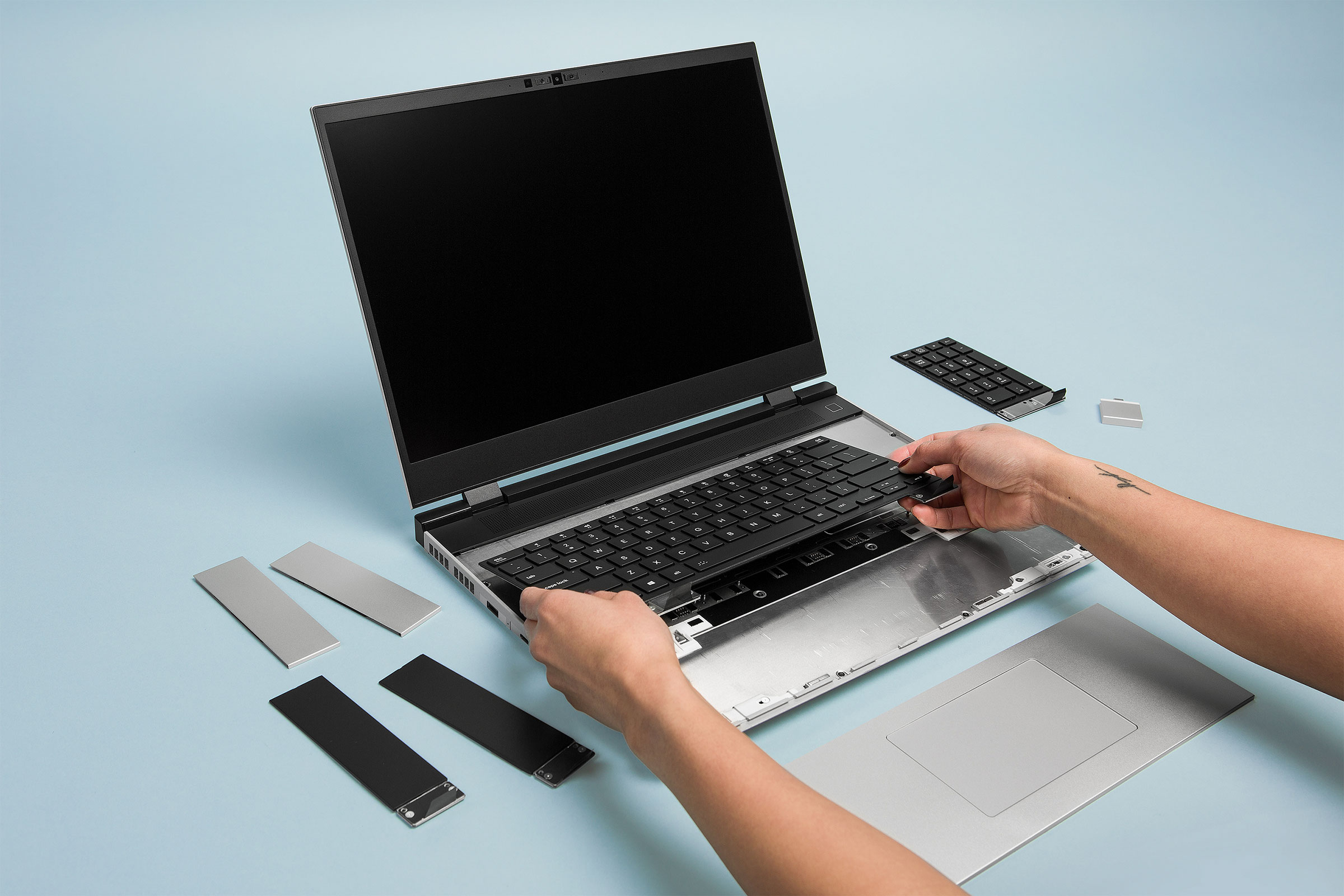
Framework is back with a new laptop that can be continually modified by swapping out its parts, which will let users upgrade the CPU and graphics—and keep older machines out of landfills. “Someone who wants the latest and greatest performance doesn’t need to upgrade their machine every year,” says CEO Nirav Patel. “We want to see people coming back six or seven years in, to get that replacement part and keep using the product.” The Framework 16 has a 16-inch screen, a choice of keyboard styles, and six expansion ports for snap-in input/output modules like HDMI, USB and MicroSD.
Easier Fixes
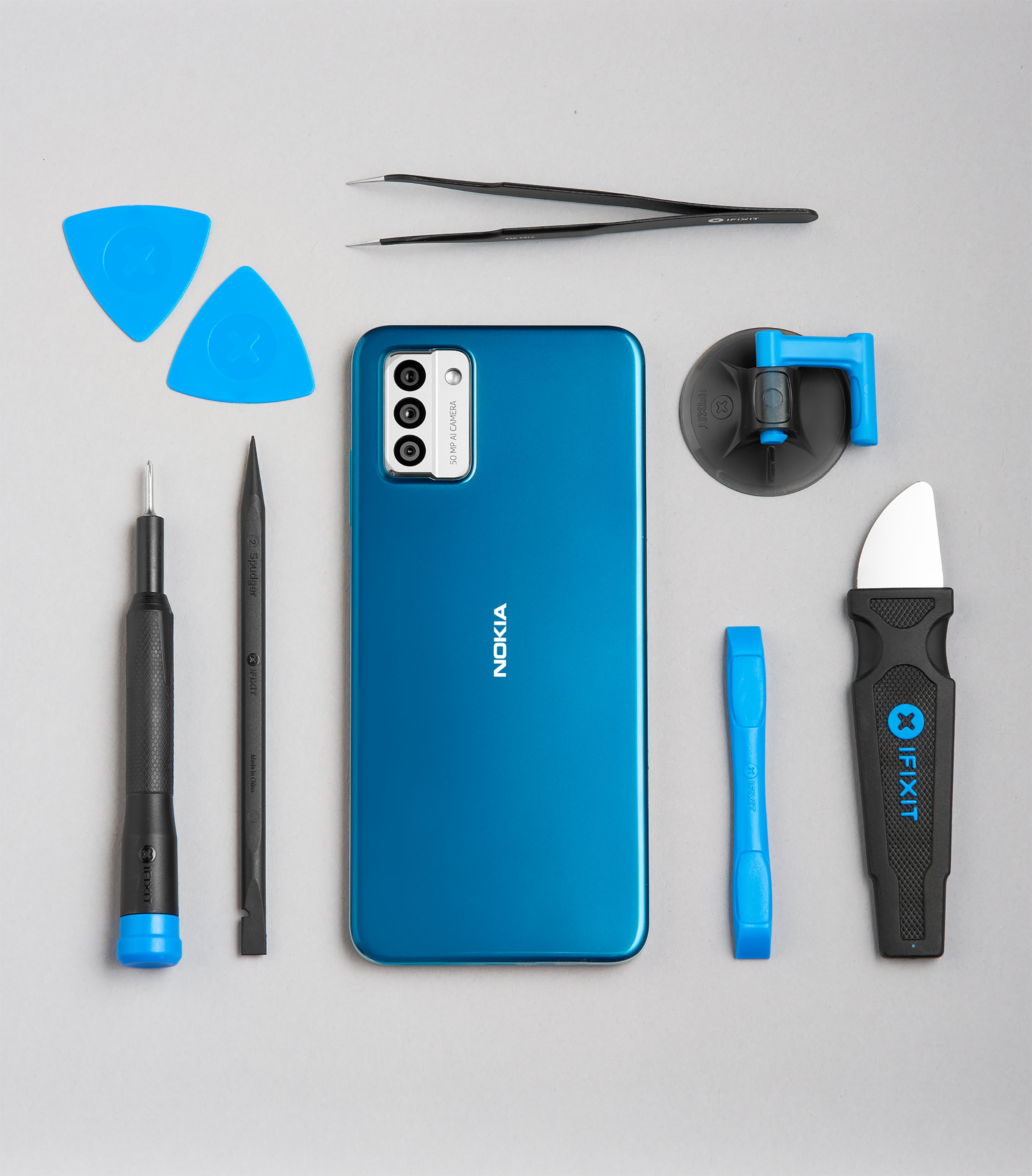
Last year, about 5.3 billion mobile phones fell into disuse. This waste has led to a push for tech that can be fixed more easily rather than replaced. Nokia’s G22 is the latest, most advanced phone to be fully repairable. Anyone with a small screwdriver and five minutes can replace its screen, charging port, or battery—the parts that most often break, says Lars Silberbauer, chief marketing officer at manufacturer HMD Global—keeping it off the scrap heap.
Smarter Auto-focus
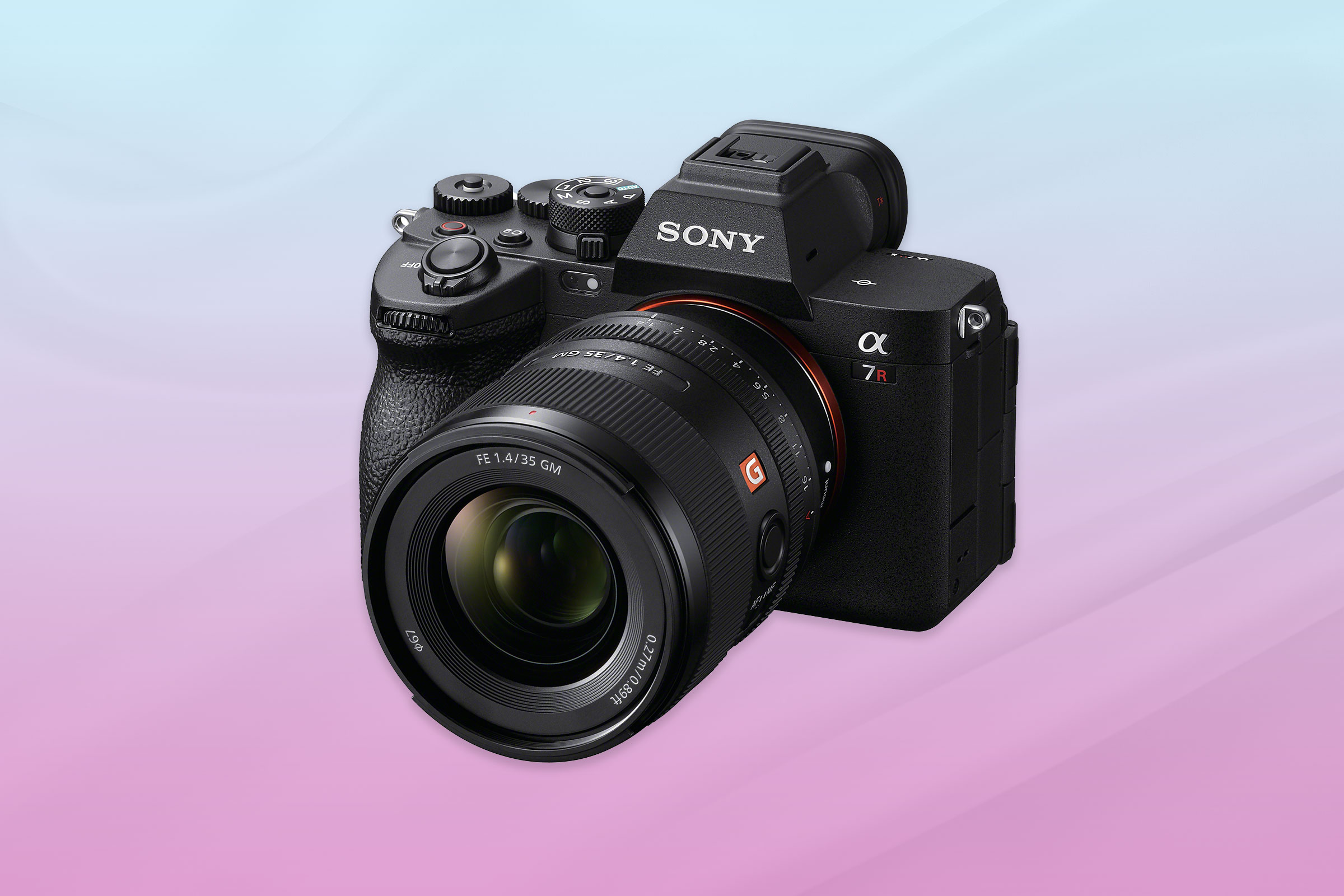
With resolution as high as the 61-megapixel sensor in Sony’s line of Alpha mirrorless cameras, focusing can be a challenge. The new Alpha 7R V model features a dedicated AI processing unit, which enables the camera’s autofocus capabilities to process even more data in real time. While most autofocus systems are based on face and eye recognition, the Alpha 7R V is trained to recognize and stably track body movements, even if the subject changes course. It’s not limited to humans, either—it also clocks birds with long necks or intricate head feathers, insects like butterflies and dragonflies, cars and more.
4K Without the Cables
LG Signature OLED M 97-Inch Television link | image
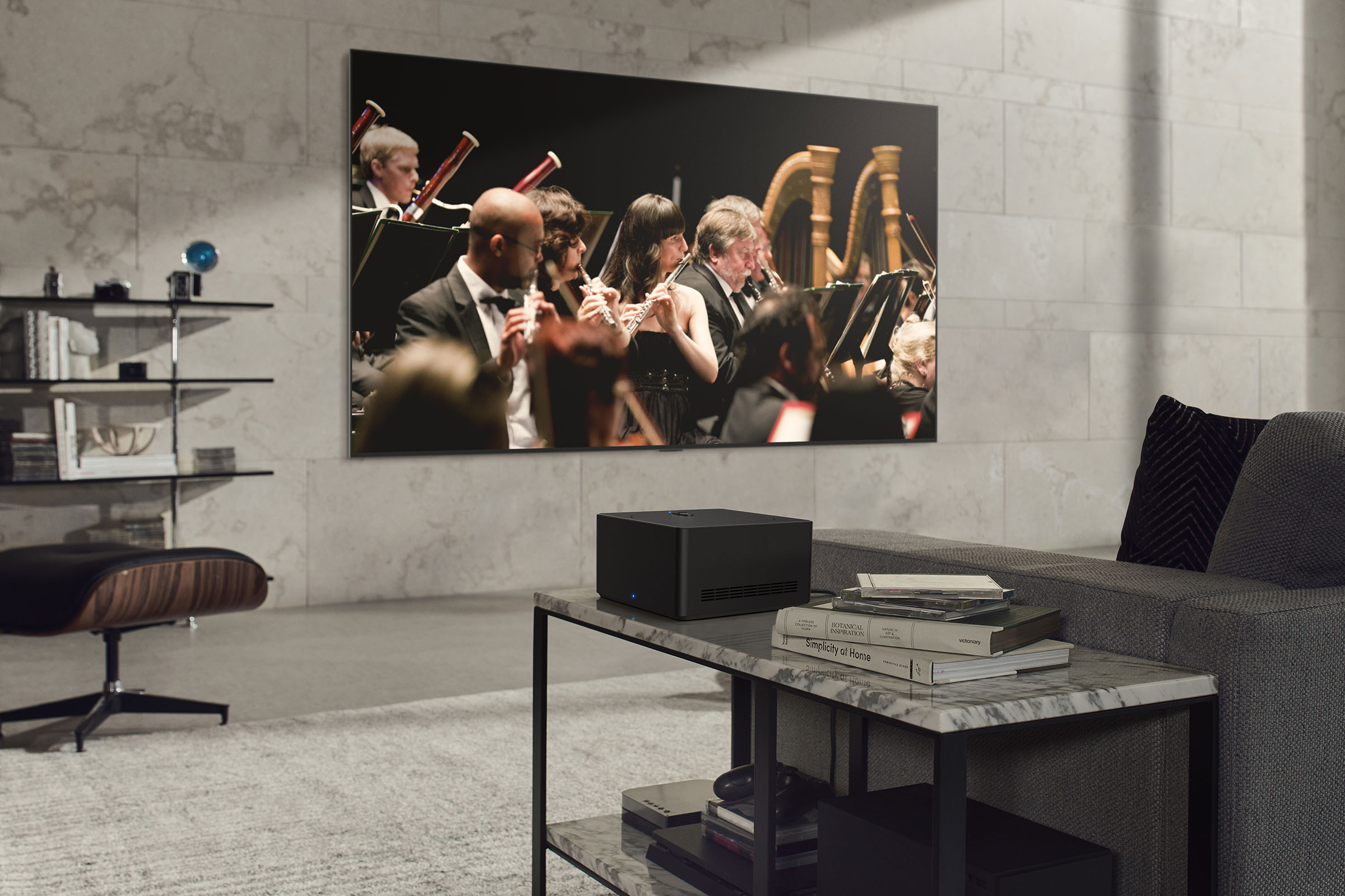
“When it comes to new televisions in the home, today’s consumers are more design-conscious—they don’t want to see wires,” says David Park, director of customer value enablement at LG. The massive LG Signature OLED M 97-inch television has just one cable, for power, and no inputs or outputs like other TVs. The electronics company moved all the cords for peripheral devices (Blu-Ray players, Apple TVs, etc.) that would otherwise dangle from the back of a set into its TV Zero Connect Box. Using proprietary tech, that box wirelessly transmits high-quality audio and video signals (Dolby and 4K, for example) to the screen up to 30 feet away.
Rich Sound
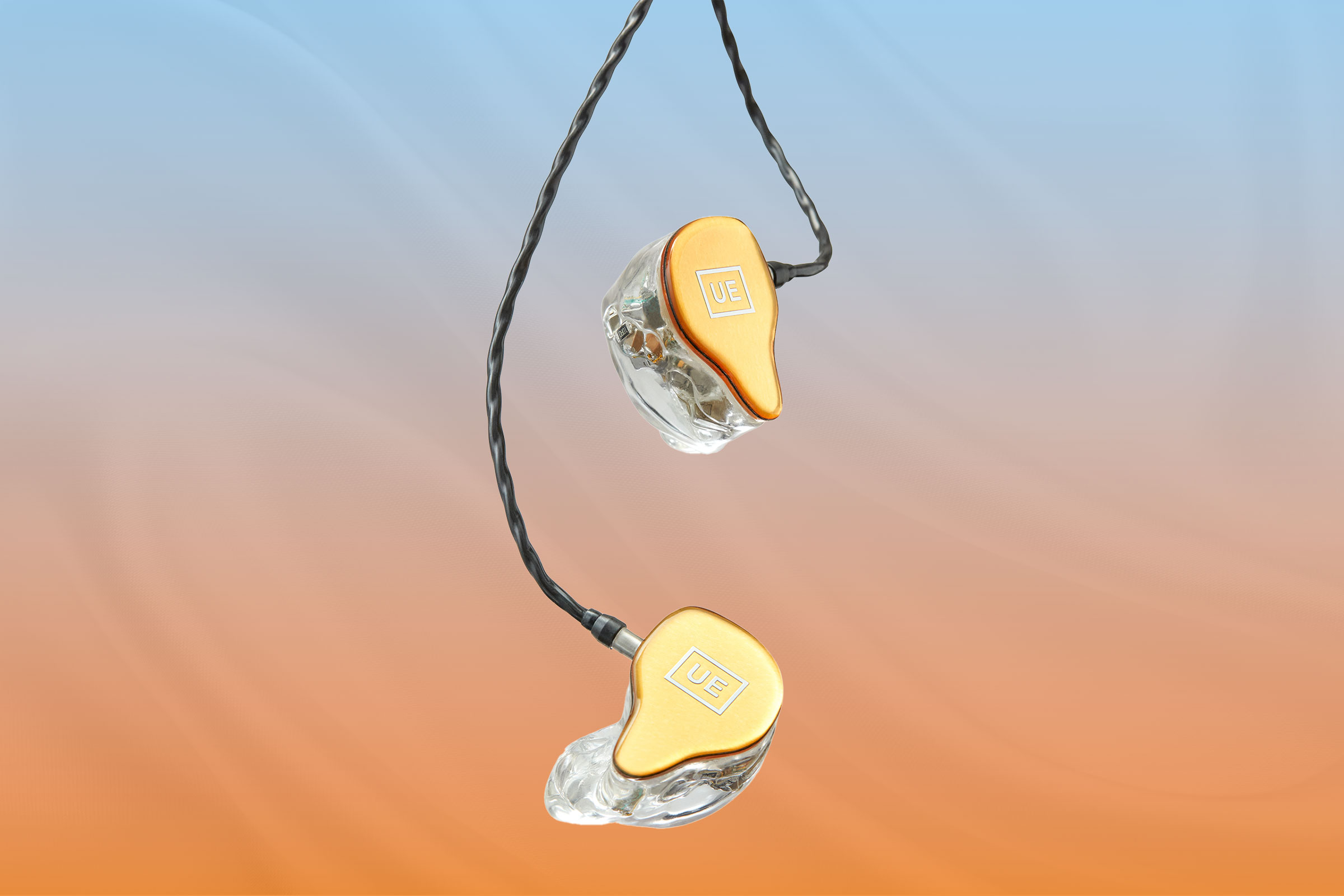
Ultimate Ears, which is known for the in-ear monitors your favorite musicians wear during performances, has launched a new product that’s a stab at the “ultimate listening machine,” says Philippe Depallens, the product’s general manager. The UE Premier earbuds, which require professional fitting, pack an unprecedented 21 drivers (the tech that converts electrical signals into sound) into each side, for an immersive, detail-rich listening experience. The company hopes it will attract not only performers but audiophiles as well. “You will hear things in a recording that you’ve never heard before,” says Depallens.
A Modern Flip Phone
Samsung Galaxy Z Flip5 link | image

Cell phones are addictive by design, but sometimes you just want to check an email without getting sucked into apps. The Samsung Galaxy Z Flip5’s key feature, its Flex Window, fixes that. The flip phone has a 3.4-in. external screen, next to its back-facing lenses, that allows you to dip into important notifications without being lured in. The Flex Window is also customizable: Peter Park, senior manager for product in Samsung’s smartphone division, has Spider-Man wallpaper on his. (“You know, with my name and whatnot,” he says.) Flip it open for a full 6.7-in. display.
The Most Powerful Camera
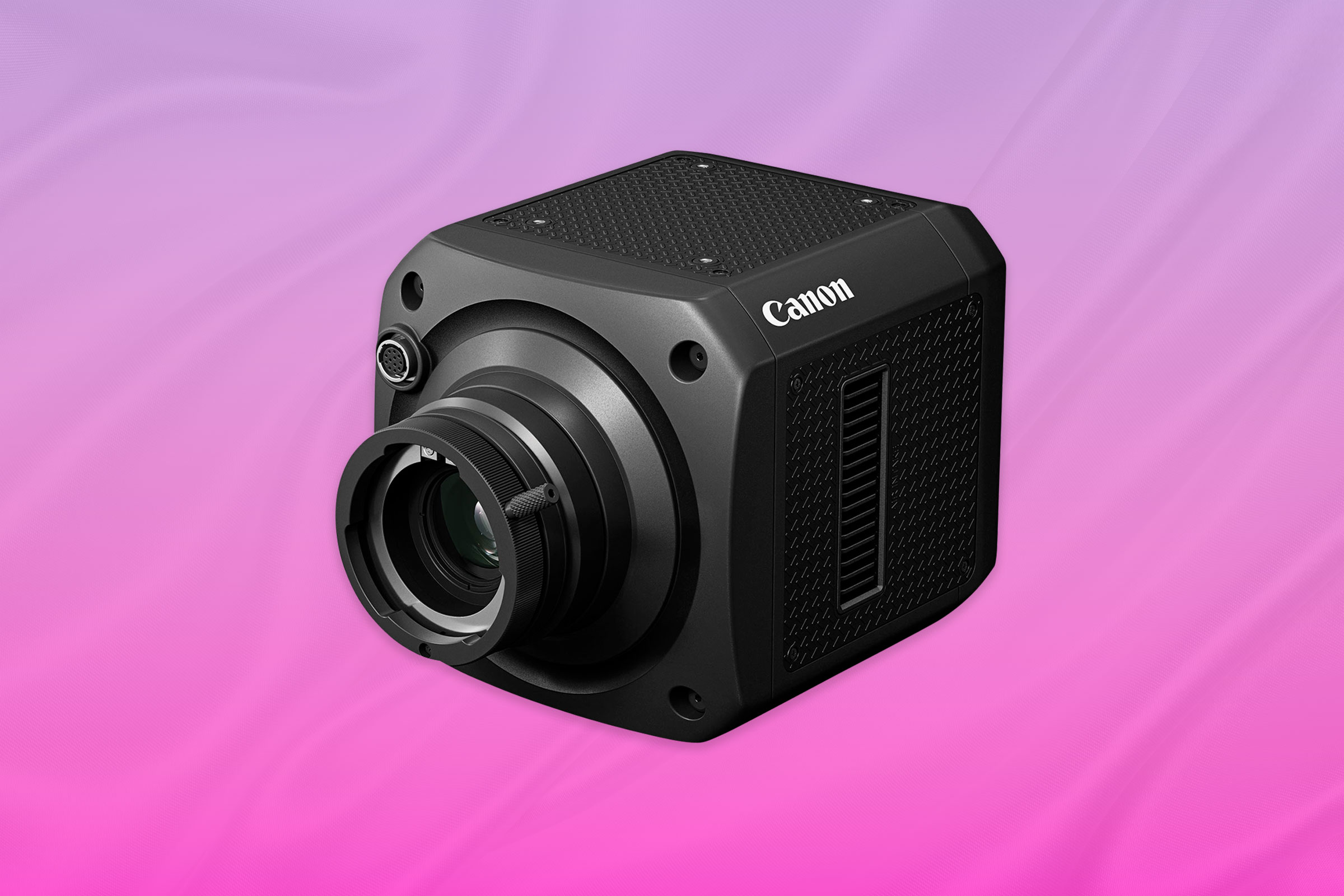
Even if a count of 3.2 megapixels per 1-in. single-photon avalanche diode image sensor means nothing to you, you can appreciate that combined with a super-telephoto broadcast lens, Canon’s new MS-500 camera captures sharp videos from some six miles away—even at night. The camera’s sensor precisely counts the number of photons, or light particles, in each pixel, explains Ryan Kamata, senior product marketing manager at Canon Europe, eliminating the image “noise” that plagues other cameras. Canon is marketing it to government agencies for surveilling sensitive areas.
A Faster Connection
Intel Thunderbolt 5 link | image
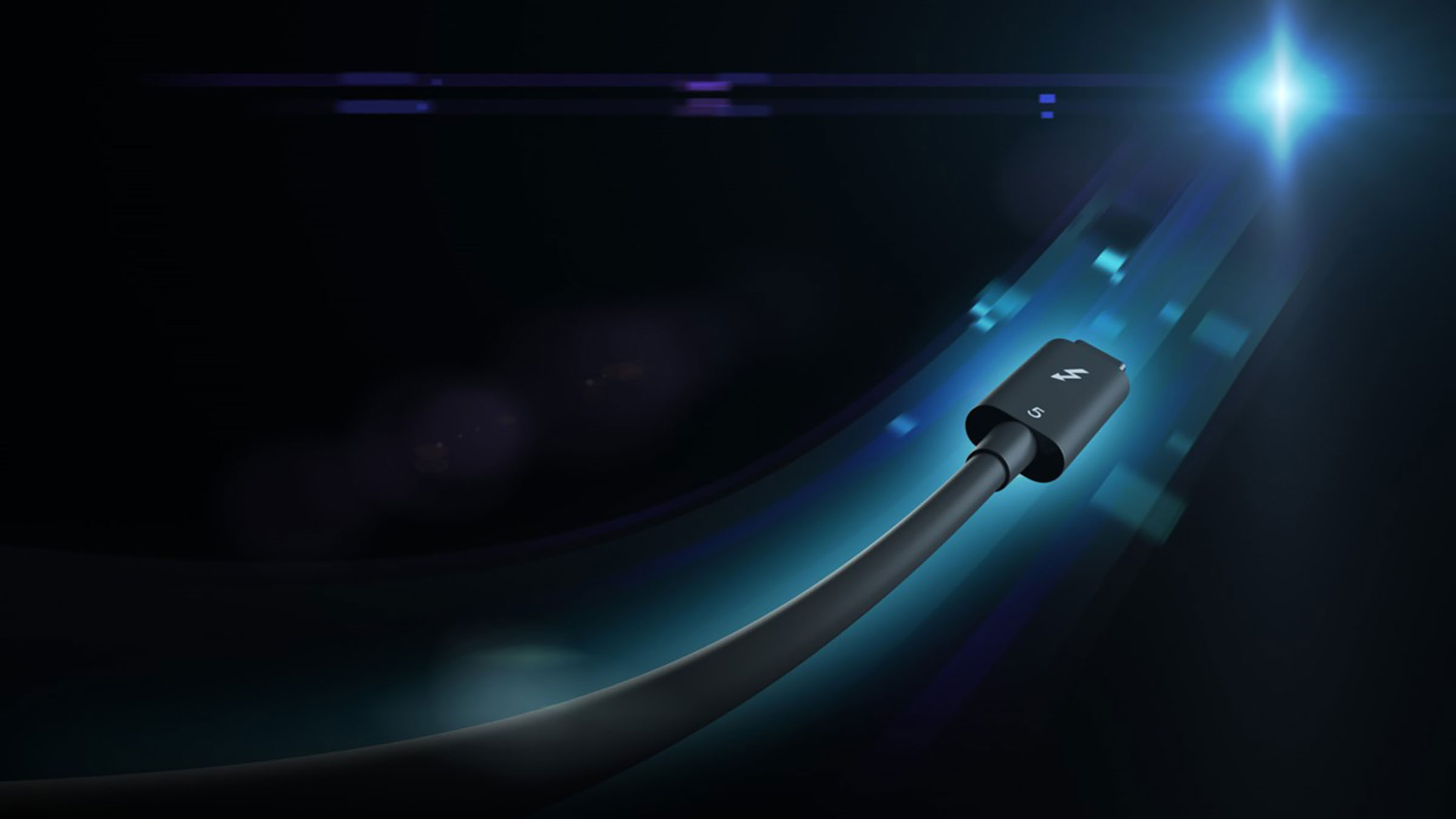
Whether you’re a professional e-sports player or a committed amateur gamer, you know latency counts. Most players worry about controller lag, but the speed at which video is sent to your screen matters, too. Intel’s Thunderbolt 5 connector, which will be released in 2024, doubles the capacity of its previous Thunderbolt 4 standard to 80 gigabits per second of bandwidth. There’s also a 120 gigabits per second upgrade. These faster connections between your computer and monitor mean higher-quality graphics will display quicker—potentially making the difference between a hit to kill or a near-miss. The Thunderbolt 5 will also help people who need fast transfers of large data, such as graphic designers and video editors.
The Most Innovative Smart Watch
Apple Watch Ultra 2 link | image

Apple’s new Ultra 2, its highest-end watch, allows you to simply tap your index finger and thumb together twice to answer the phone or snooze an alarm. This cool trick is enabled in part by an algorithm that detects tiny changes in blood flow when you tap those fingers. In addition, it’s among Apple’s first carbon-neutral products. Apple says 30% of the material is recycled, while many units are shipped from factories by sea instead of by air. Apple plans to eventually take the same approach with all its products. “We will keep innovating to meet the urgency of the moment,” says Lisa P. Jackson, vice president of environment, policy, and social initiatives.
Bedtime Buddy
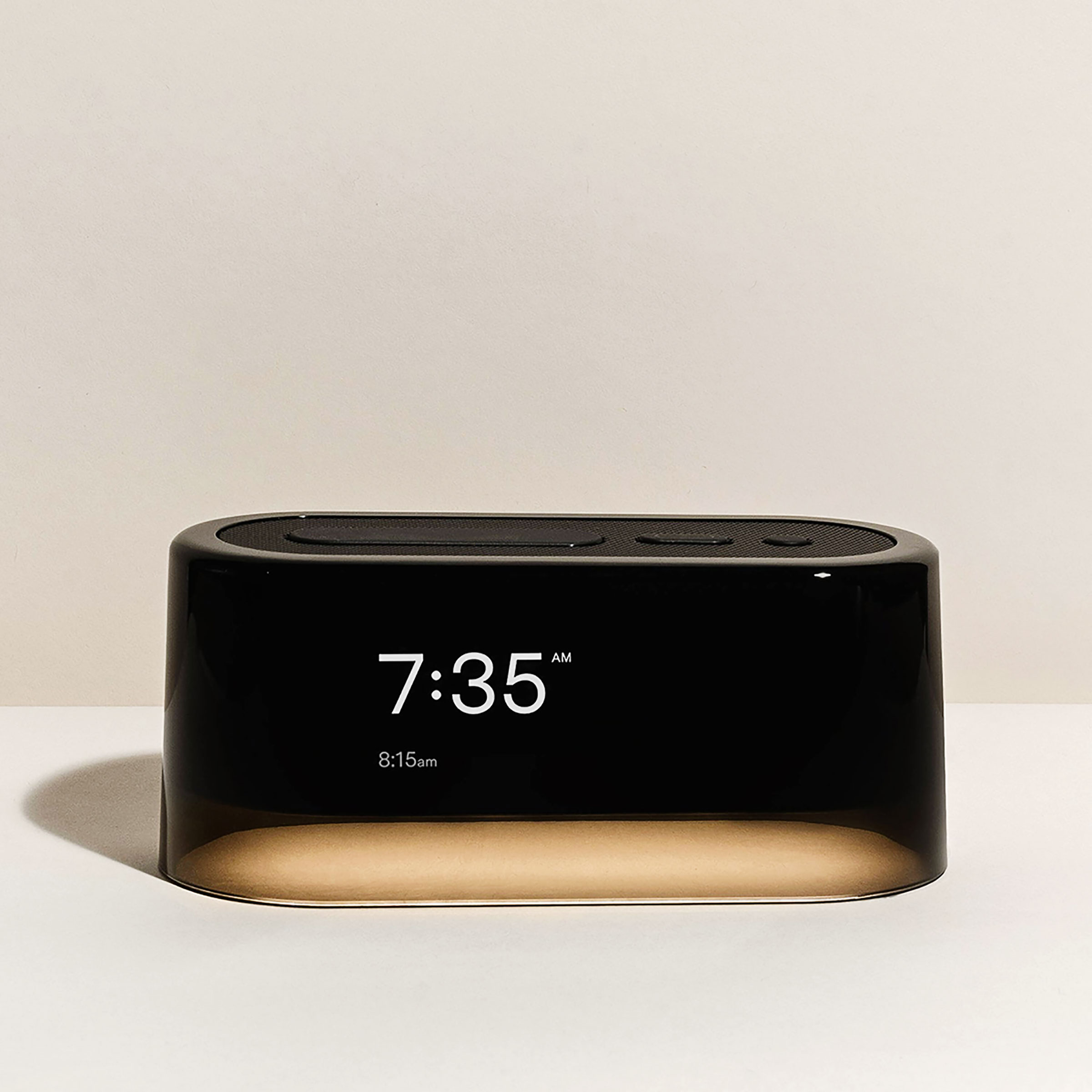
Smartphones make for problematic alarm clocks. When they’re in your bedroom, you’re tempted to squeeze in some extra screen time, which is bad for sleep quality. The Loftie Clock has many of the same features available on your smartphone—from white noise to guided meditation to a soothing wake-up alarm—without the urge to doomscroll. The device will even lull you to sleep with AI-generated bedtime stories, personalized to what you find relaxing. If the light’s too bright, just hold down the snooze button and the clock completely darkens.
Accessible Filmmaking
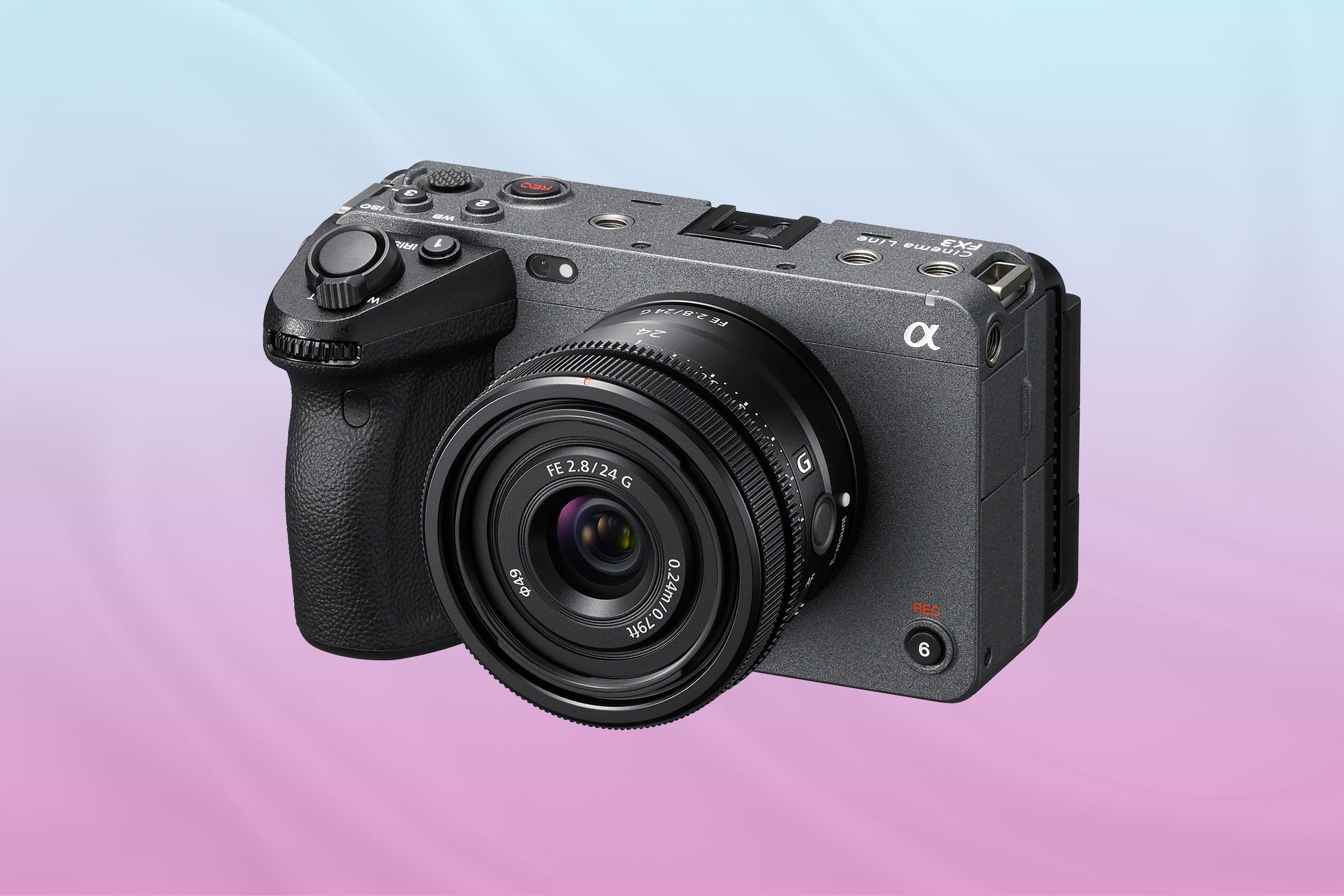
The high-end cameras used to film today’s blockbuster movies can cost upwards of $100,000. But director Gareth Edwards (Rogue One: A Star Wars Story) shot his recently released sci-fi epic, The Creator, primarily on Sony’s FX3. The camera can be purchased at electronics stores for under $4,000, and most viewers won’t see a difference in quality. The FX3 is light and compact, but its real superpower is a dramatically high ISO (the sensitivity of the camera’s ability to capture light), which allowed Edwards to capture difficult night shots without the need for extra lighting. As the director said while promoting the movie, “You can basically film in moonlight.”
Spatial Sound
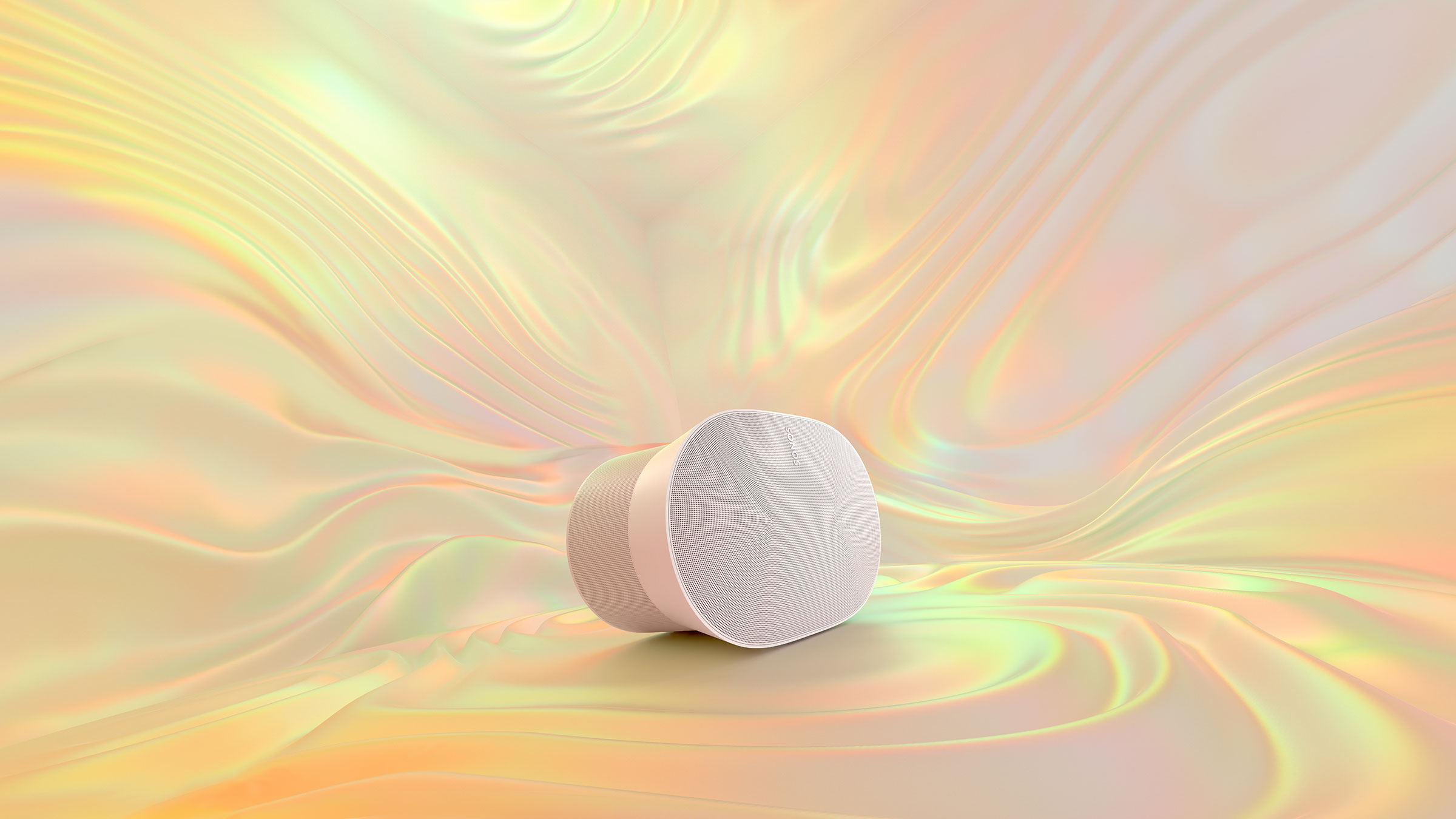
Audio company Sonos began developing the Era 300 spatial audio speaker after Dolby released its groundbreaking Atmos immersive audio format. “The brief to the team was: ‘How do you create one product that makes you feel like there are seven or eight speakers in the room?’” says CEO Patrick Spence. The result is the amazing Era 300, a single speaker that sounds like a full system. Almost every part, from tweeters to waveguides, was built afresh for the speaker. Spence says it’s already in every Universal Music studio, where it’s used to test Dolby Atmos track mixes.
A Small-space Racer
Logitech Playseat Challenge X link | image
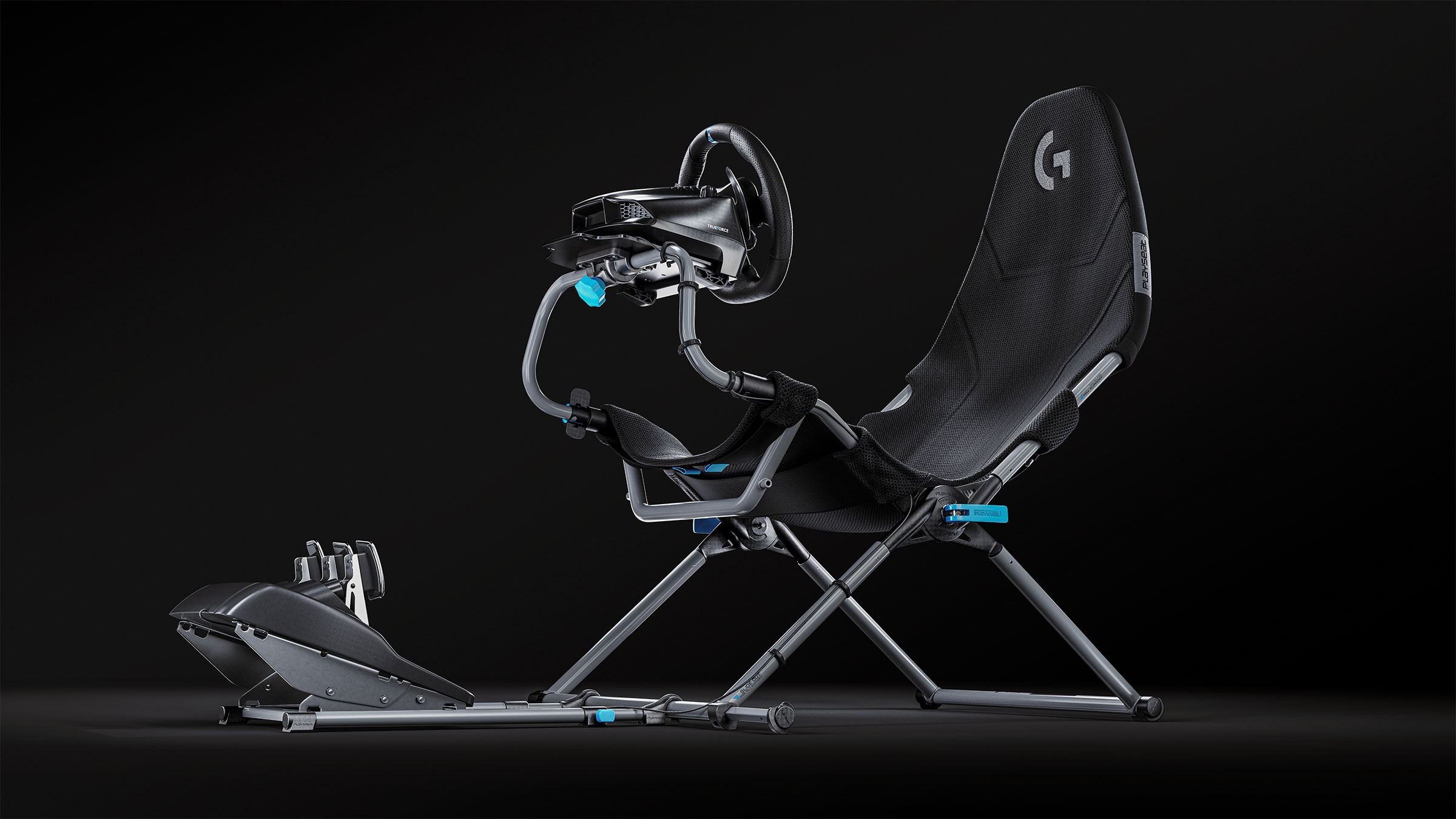
Gamers using sophisticated race-car simulators have traditionally had two options when picking a steering wheel and pedal setup for their home: go cheap but lose realism, or buy an expensive, high-end chair that takes up a lot of space. The new Playseat Challenge X—Sim Racing Seat, Logitech G Edition finally finds a middle ground. At $299, the 26-lb. carbon-steel frame is a snap to assemble and folds down for easy storage. But it also accurately mimics life in the fast lane, with six seating positions depending on your driving style.
DESIGN
Fireplace of the Future
Graphene Radiator link | image

Fireplaces create pollution and are difficult to maintain. Electric heaters can be bulky and energy-sucking. South Korea’s Graphene Square is using graphene, an ultra-thin, highly thermally conductive material made of carbon atoms, to provide an alternative. The Graphene Radiator is a virtual fireplace (featuring computer-generated holographic flames) that folds flat and can heat up to 167° F using just 200 watts of power—30% more efficient than electric coil heaters. With backing from Samsung, Graphene Square plans to produce 40,000 devices annually starting next year.
For Flexible Work
Lenovo Yoga Book 9i link | image

Lenovo’s Yoga Book 9i was built based on the ways people actually use their computers in the remote-work era. “The original idea came from being in a coffee shop and seeing multiple people take their laptops, elevate them on stands, and then use little accessory keyboards,” says Brian Leonard, a vice president of design. The portable, two-screen setup (each 13.3 in.) has four configurations: a classic PC, a tablet, a tent position, or standing. It’s the world’s first OLED dual-screen laptop, and can expand apps across both screens with a single hand gesture.
Browsing, Simplified

The internet has changed a lot since the ’90s. The browser hasn’t. The Browser Co.’s free internet interface, Arc, is a modern take that caters to multitaskers with more viewing options. “Instead of one endless row of tabs you can barely read, let alone organize, Arc includes a vertical sidebar with room for everything,” says CEO and co-founder Josh Miller. Users can easily save screenshots and share digital whiteboards. Every 12 hours, Arc closes and archives any unpinned tabs to reduce clutter; it’s cleaned up over 100 million open tabs to date.
Cleaner Boating
Faro Powerdock Set link | image
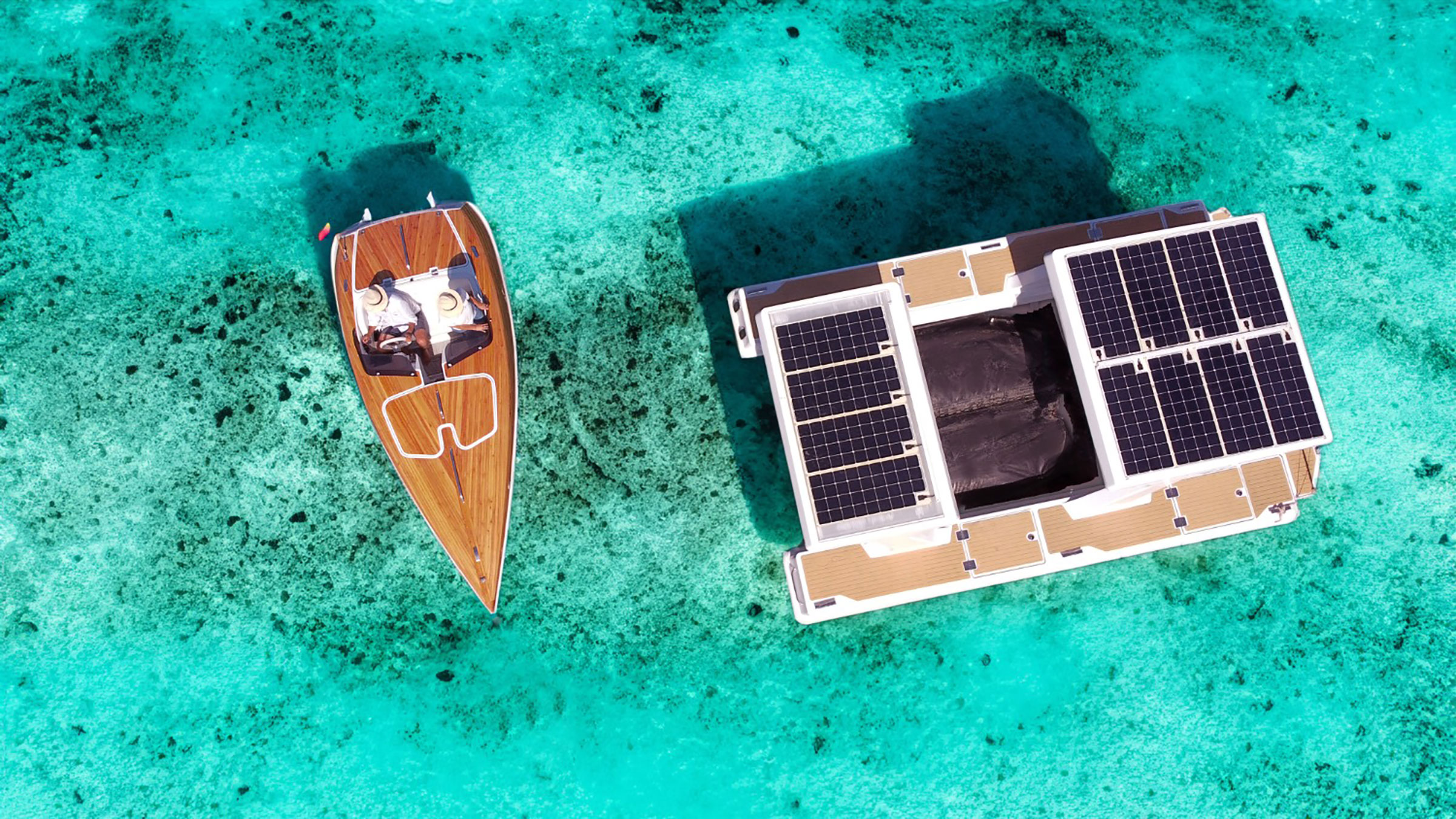
The Faro Powerdock is a solar-powered dock that charges an electric boat with clean energy. “The boat can [then] be used to power other components or even provide power to the electrical grid,” says Luis Marinho Falcão, partner and head of communications and sustainable growth at Powerdock manufacturer Faroboats. The setup also elevates the boat above the water, eliminating the need for harmful antifouling paints that keep sea life from attaching to the hull. The dock fits Faro’s own speedboats and is planned to fit any electric or hybrid boat up to 12 m.
Boundary-pushing Instrument
Roland 50th Anniversary Concept Piano link | image
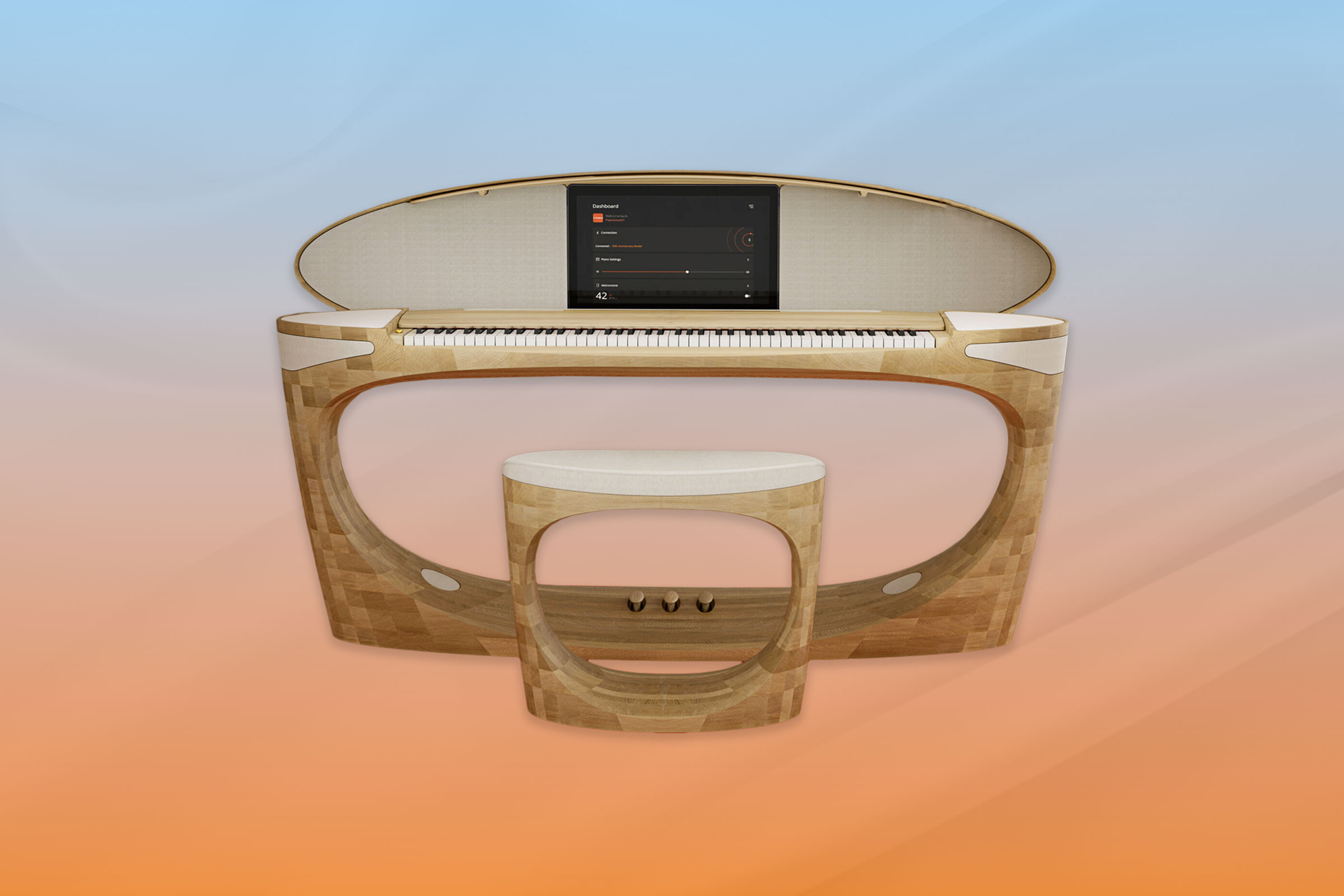
Old meets new with Roland’s 50th Anniversary Concept Piano. The Japanese Nara oak wood, preinstalled sounds from vintage Roland pianos, and the acoustic performance of a classic grand are all nods to the brand’s history. Flying drone speakers float above the piano providing 360-degree sound, and a touchscreen panel supports videoconferencing and piano lessons. Only four have been made. “This is our vision for the home grand of the future,” says Roland CEO Gordon Raison.
Cutting Plastic Lids
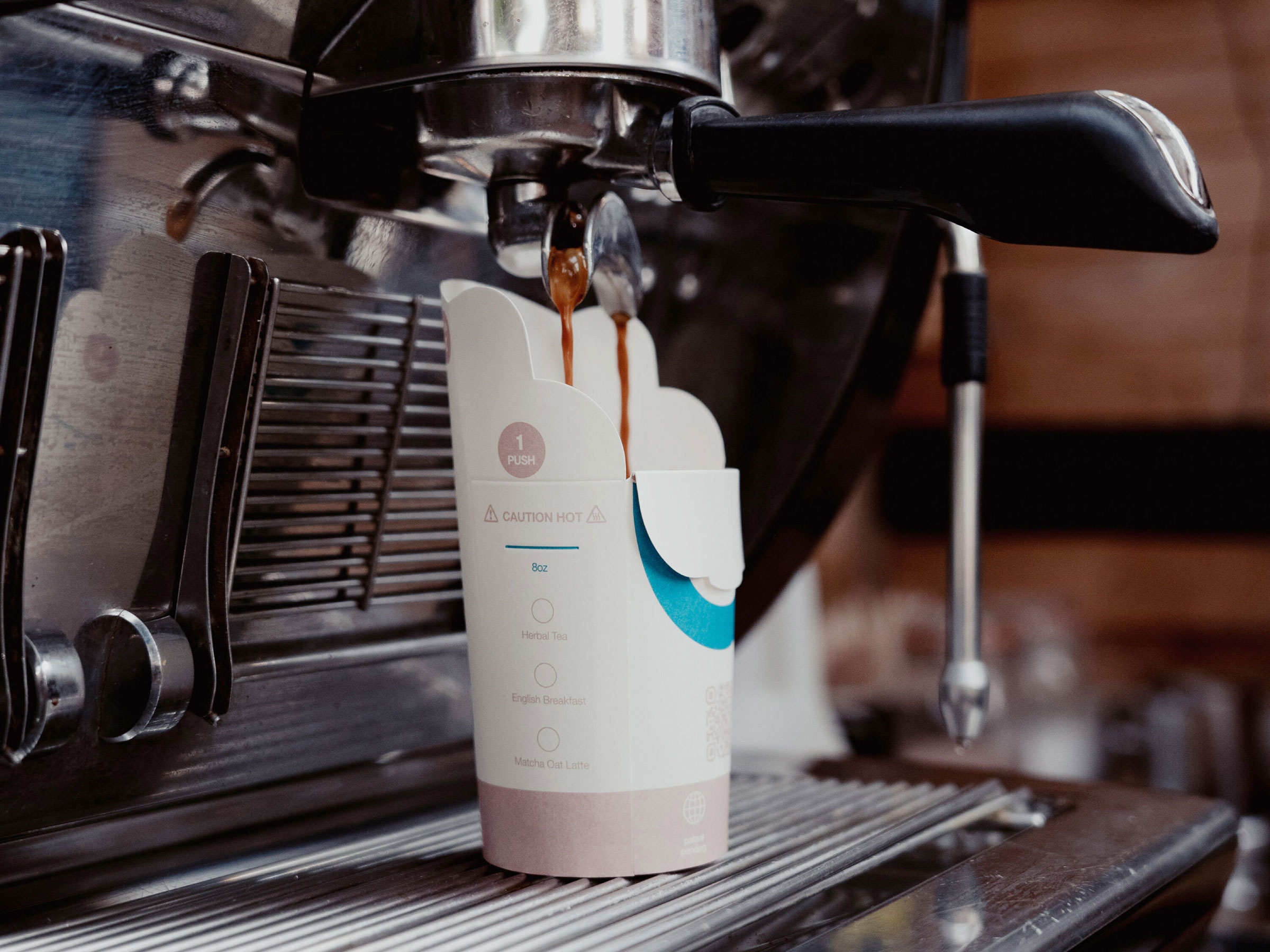
Every year, 500 billion disposable cups end up in landfills. Paper cups sound good in theory, but most use a plastic laminate as a sealant, which makes them difficult to recycle. This is why Choose Planet A’s the Good Cup is glued together with a water-based coating, called aqueous, that makes it leak-proof, recyclable (up to seven times), and even biodegradable. “If you throw it in the water or the forest,” Choose Planet A’s co-founder and managing director Cyril Drouet says, “it will biodegrade and disappear.” The cup also has a foldable paper lid, cutting the need for a plastic top. It will be available in the U.S. later this year.
Otherworldly Entertainment
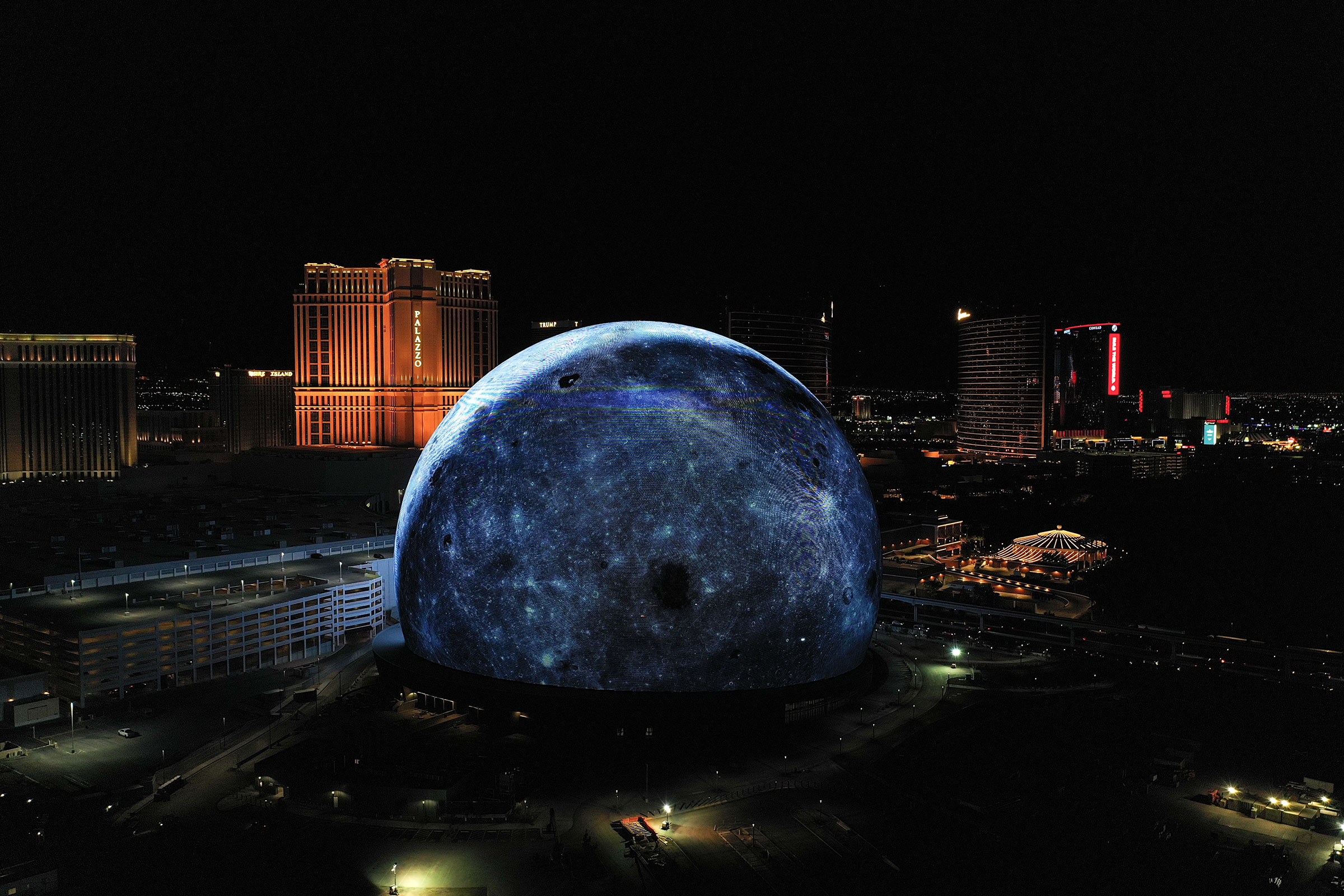
When the $2.3 billion Sphere first lit up on July 4, “it was like something out of a sci-fi movie,” says David Dibble, CEO of MSG Ventures, which developed the Las Vegas entertainment venue’s tech. “People got out of their cars and were just staring up.” Its 366-ft.-tall exterior is earth’s biggest LED screen—a lattice of 1,230,000 pucks that can make it look like a ball or planet or … anything. Inside it boasts a 160,000-sq.-ft. curved screen and an advanced concert-grade audio system, both now put to use for a residency by U2.
A Long-sought Solution
The Einstein shape link | image

Unless you’re renovating a bathroom, you may not think a lot about tiles. But mathematicians do. One of their long-standing quests has been to design a tile shape that can cover a plane of infinite size without repeating the pattern with which the tiles fit together. Formally an aperiodic monotile, it’s also called an einstein—from the German for “one” and “stone.” Last November, David Smith, a retired printing technician in Yorkshire, England, hit einsteinian pay dirt by creating this 13-sided shape. Did the world need an aperiodic monotile? No. Are we a little smarter now that one exists? Absolutely.
Sustainable Sneakers
Zellerfeld 3D-printed Shoes link | image
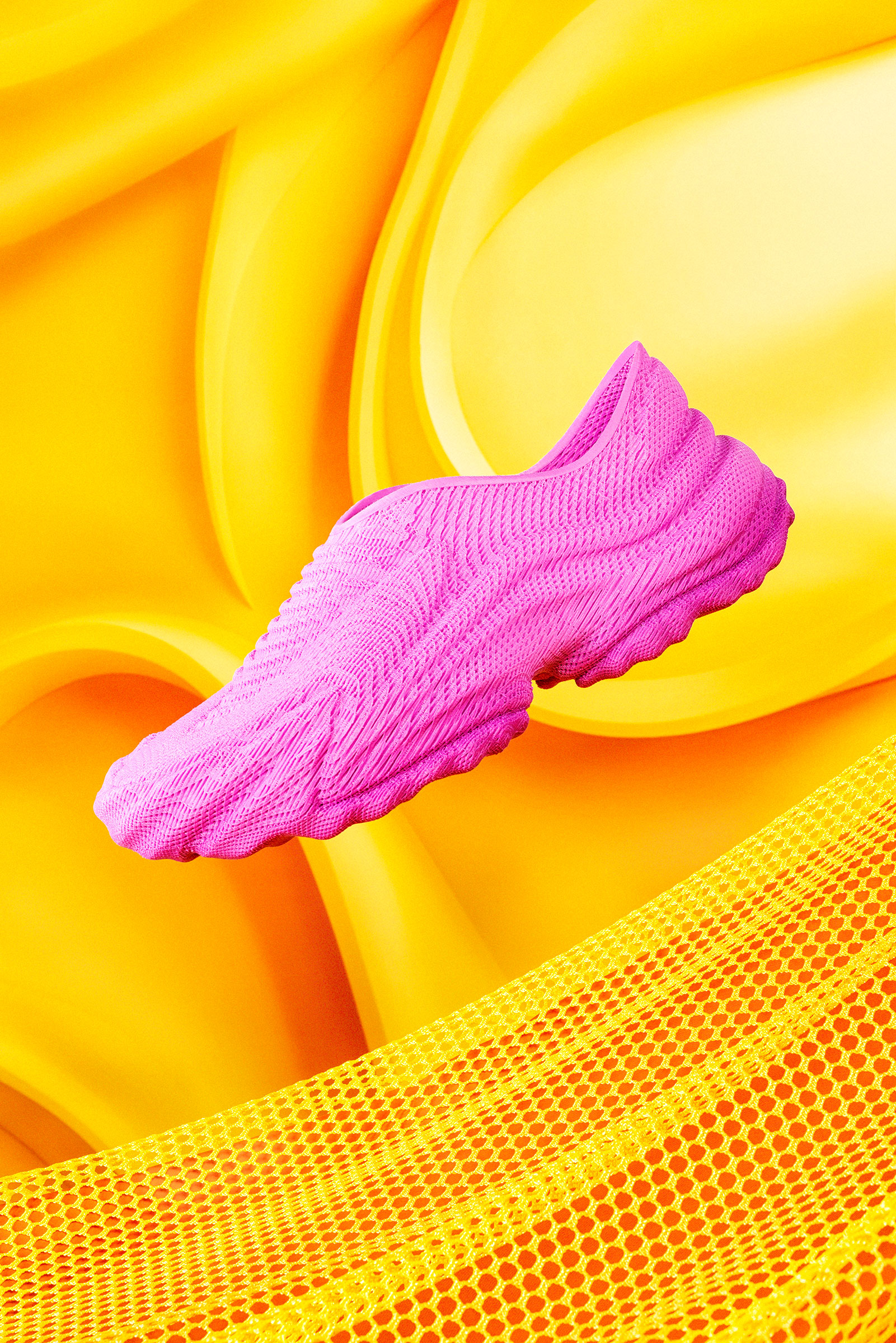
Cornelius Schmitt, CEO and co-founder of Zellerfeld, has grand ambitions: to put fully recyclable 3D-printed shoes “on every foot in the world.” The startup currently uses 200 3D printers of its own design to create custom-fitted shoes based on smartphone scans of the buyer’s feet. Each piece of futuristic footwear is made entirely of a single material, thermoplastic polyurethane, eliminating the sorting headaches that prevent mixed-material items from being recycled. At the end of their life—or the end of a season—the shoes can be sent back to Zellerfeld and turned into new designs. The company has worked with designers from Kanye West to Moncler on a range of sneakers and sandals, with more high-profile collaborations on the horizon.
Audiophile Style
Teenage Engineering TP-7 link | image
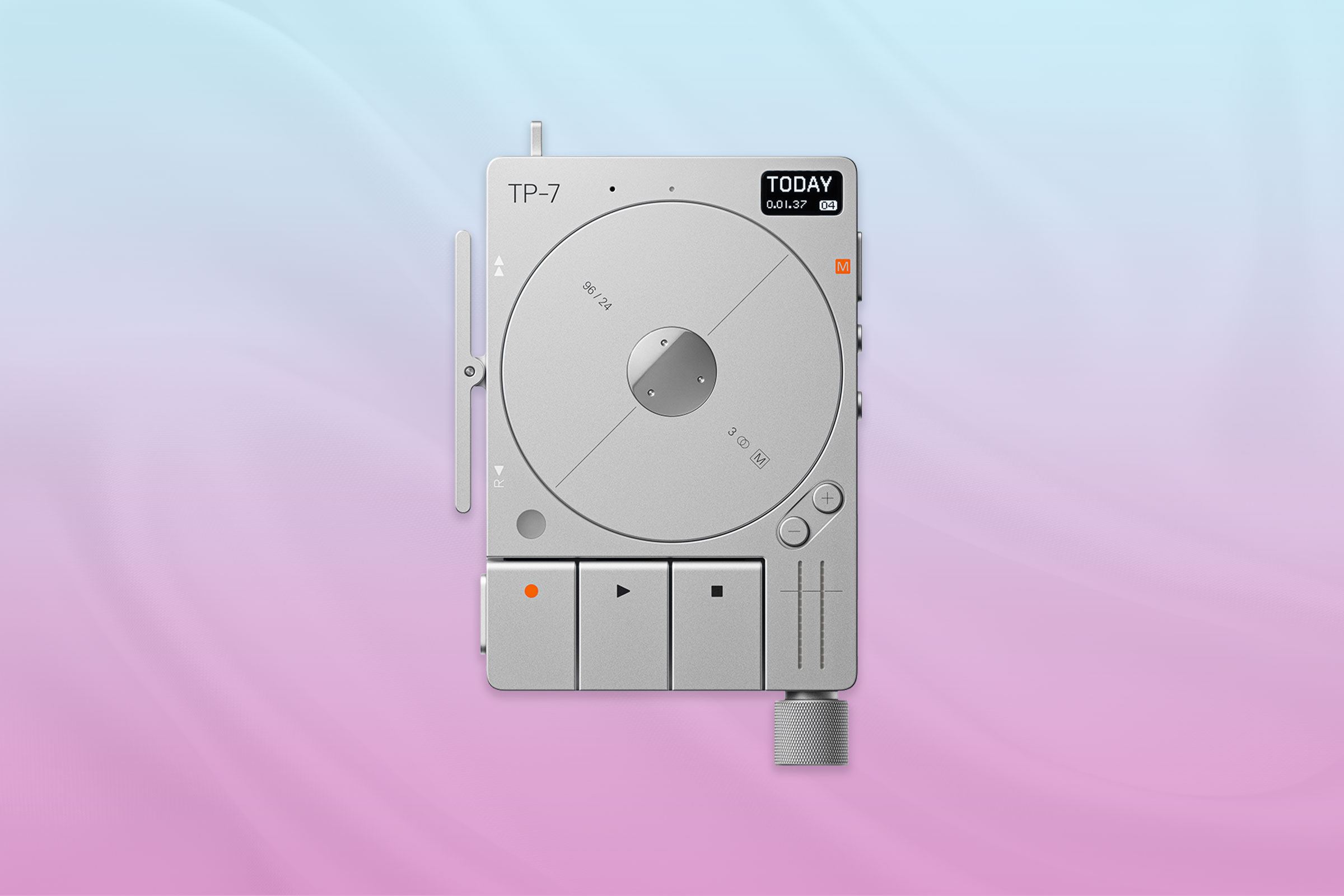
Digital audio recorders are plentiful, but few look—or feel—like the TP-7 from Swedish company Teenage Engineering. “A main theme when we develop products is to rethink what a tool is,” says CEO and head of design Jesper Kouthoofd. “We felt [an audio recorder] could be done in a more creative way.” The palm-size device records podcast-quality audio and features three chunky buttons akin to those on a 1970s hi-fi system. A side-mounted “rocker” scrubs through tracks. Another retro touch: as the TP-7 records and plays back, a motorized “tape reel” in the center of the gadget actually rotates.
The Ultimate Glamper
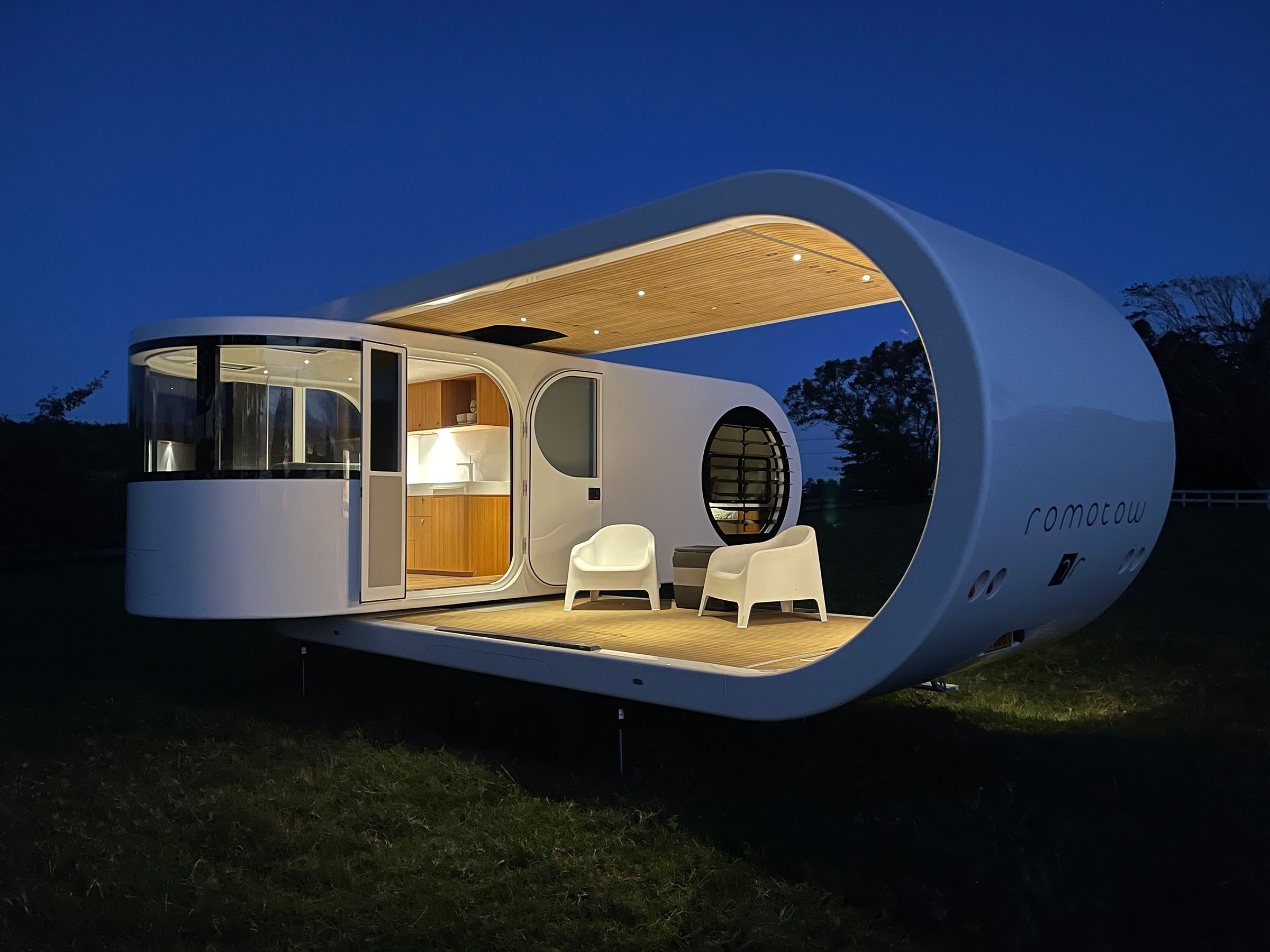
Combine the luxury of a yacht with the technology of The Jetsons with the functionality of an RV, and you’ve got the Romotow T8+, the mobile camper that looks like it came from an Apple Store. Tow it via hitch, and when you arrive at your destination, just press a button and the entire cabin swivels 90 degrees from its shell. This reveals an L-shaped floor plan with sleek panels, modern decor, and a panoramic window. At $270,000, the T8+ isn’t cheap, but Romotow Holdings co-founder Matt Wilkie says it’s built to last: “This is the sort of thing you pass down, and it’s going to live 50-plus years.”
Redesigning the Big Apple
Group Project New York City Better Bin link | image

New York City’s trash bins have a new look. The iconic cans that have been largely unchanged since the 1930s—simple, green wire-mesh baskets—will be replaced with a sleek modular unit that is cheaper and also lighter, reducing the chance of injuries to sanitation workers. The Better Bin also has a hinged flip lid to prevent dumping microwaves and TVs, and a perforated shell to impede rats. Colin P. Kelly, design director of Group Project, the firm behind the updated bin, says it “garners more respect, rather than just being this beat-up object.”
Completely Custom Sneakers
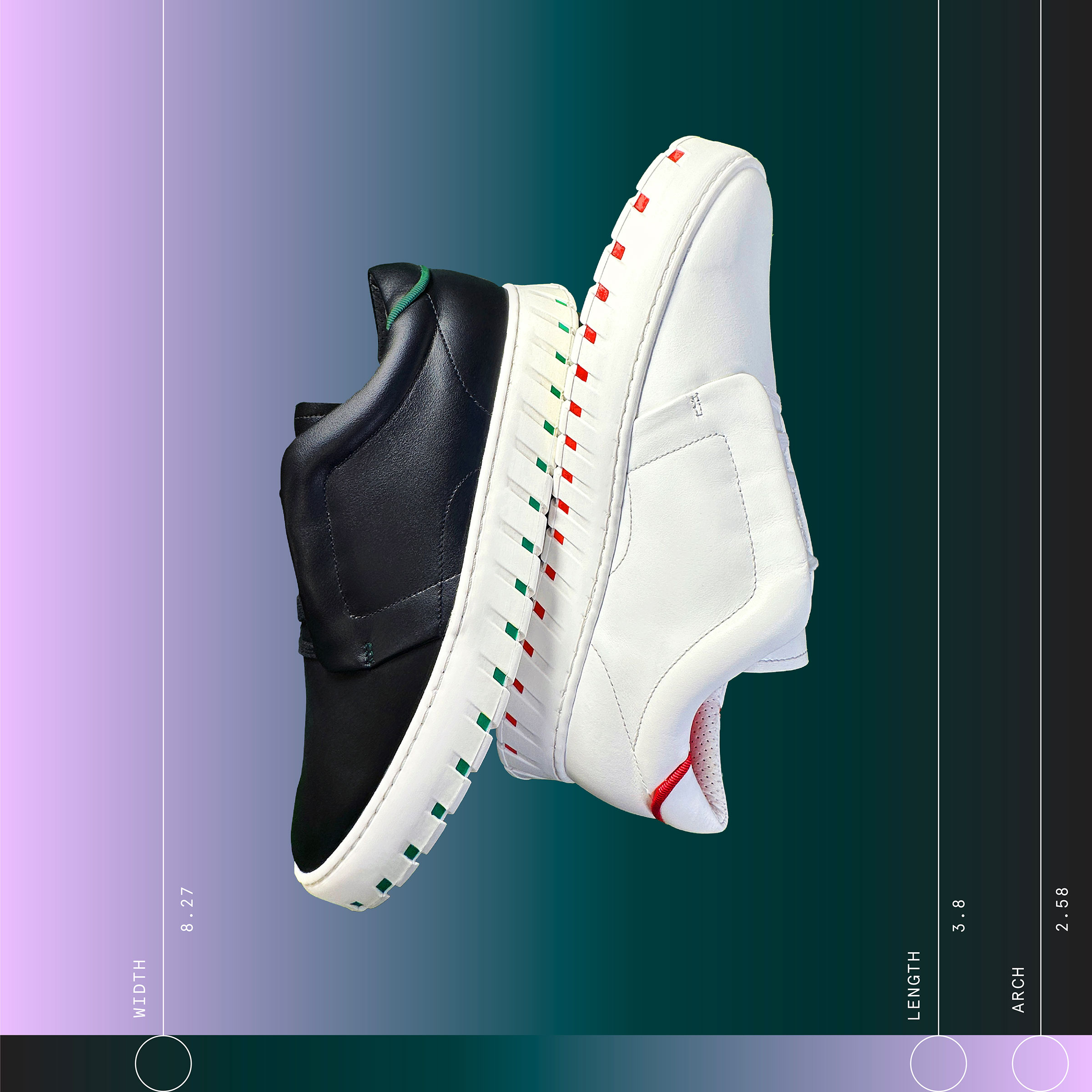
Shoes are built around a last, a foot-shaped form that hasn’t seen much innovation in a millennium. That’s changed with the Iambic $550 Model T shoe. There are no size options; instead, you submit foot photos and complete a comfort questionnaire. Then AI algorithms, developed using a grant from the National Science Foundation, generate a custom-designed plastic last, the basis for Iambic’s quality, handmade leather sneaker. When it’s time for your next pair, send Iambic pictures of tread wear. “We learn more about you through the photos and assessments you submit,” says Iambic co-founder and CEO Maeve Wang, “so we can get you a shoe that continues to improve.”
EXPERIMENTAL
An Immortal Battery
Oppo Zero-Power Tag link | image
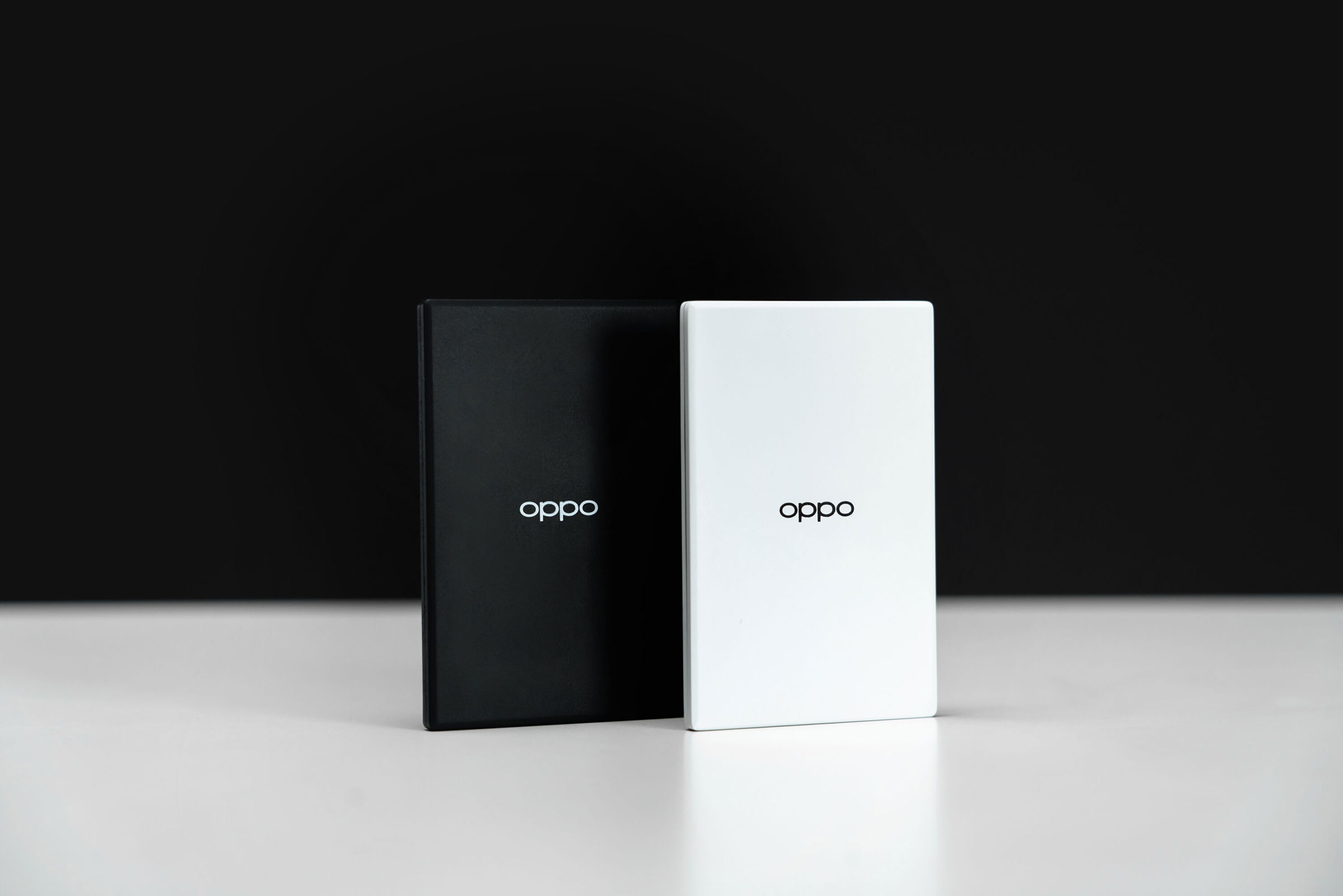
Battery capacity anxiety may soon be a relic of the past, at least for small electronics. Chinese consumer electronics manufacturer Oppo has designed a lightweight tracking device that can transmit information like location and temperature, while collecting what little power it needs from ambient energy sources like radio waves, light, and heat, so it never runs out of power. The technology, which Oppo aims to commercialize within the next year, could someday be applied to other small devices.
The Most Powerful Computer
Hewlett Packard Enterprise Frontier Supercomputer link | image

To answer some of the most pressing questions we have—will Earth heat up by one degree Celsius in the next 50 years, or a catastrophic six?—we need supercomputers that work faster and in much greater detail than typical computers. Developed for ORNL by Hewlett Packard Enterprise, Frontier is the world’s first exascale computer, which can calculate more than one quintillion floating point operations, or FLOPs, per second— faster than the seven next most powerful supercomputers combined. It’s already being used by researchers for everything from studying black holes to climate modeling. “People compare it to the equivalent of landing on the moon in our generation, in terms of an engineering feat,” said Nic Dubé, who led the project for HPE. “This is more than a miracle. This is statistical impossibility.”
A Scroll for Scrolling
Lenovo Rollable Laptop link | image
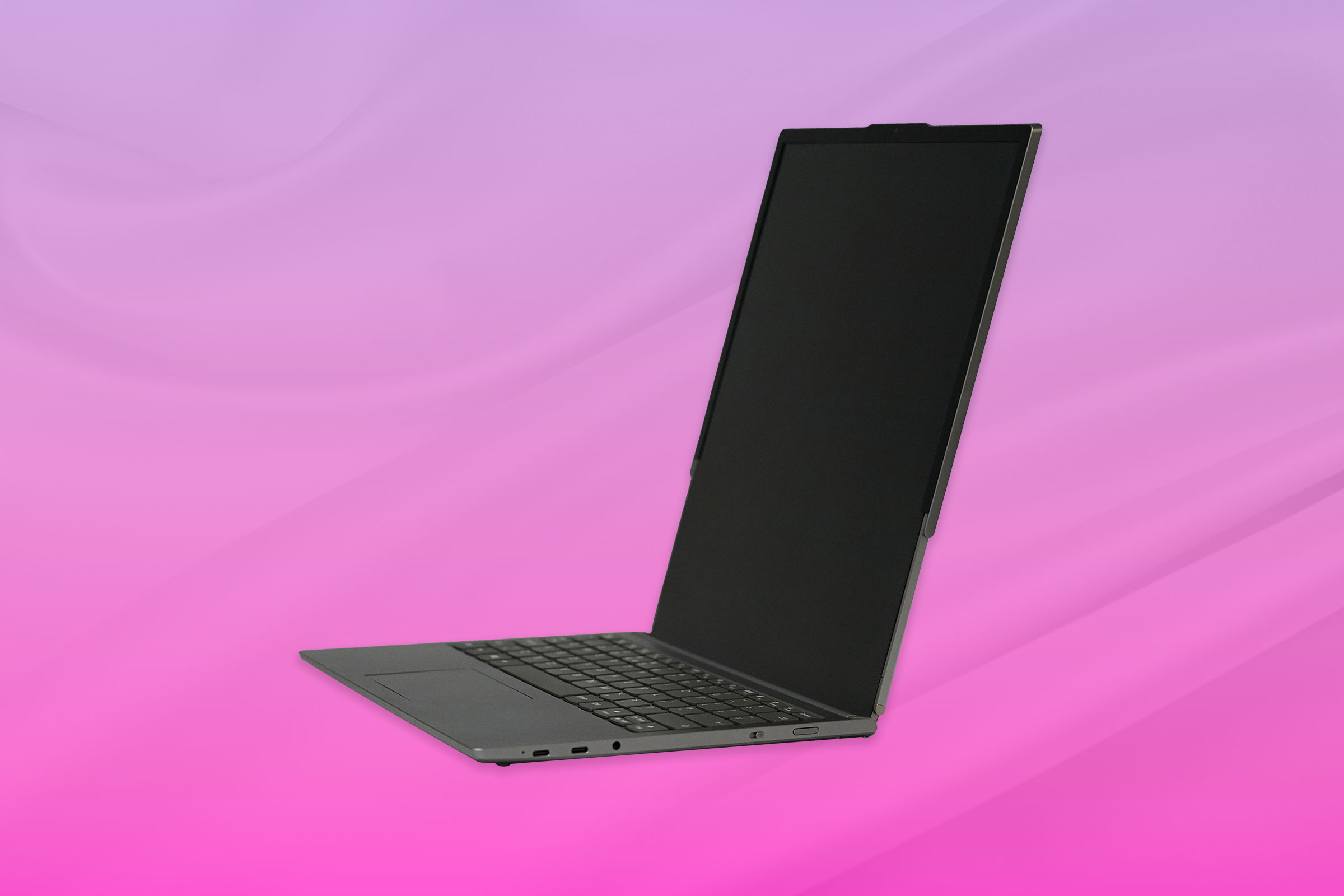
After Lenovo in 2020 released the world’s first folding-screen laptop, the ThinkPad X1 Fold, the company’s engineers started imagining other ways to use the flexible screen technology, says AG Zheng, Lenovo’s executive director, Product and Smart Solutions. The “Rollable Laptop,” still a prototype, has a bending screen partly concealed under its keyboard. Push a button, and the screen expands like a window roller shade to grow from a standard 4”x3” shape into a nearly square 15.3-inch display. The taller screen is useful for tasks like page design, computer coding, and video conferences, and it can stack two 16”x9” windows.
A More Plentiful Metal
Li-Metal lithium metal production process link | image
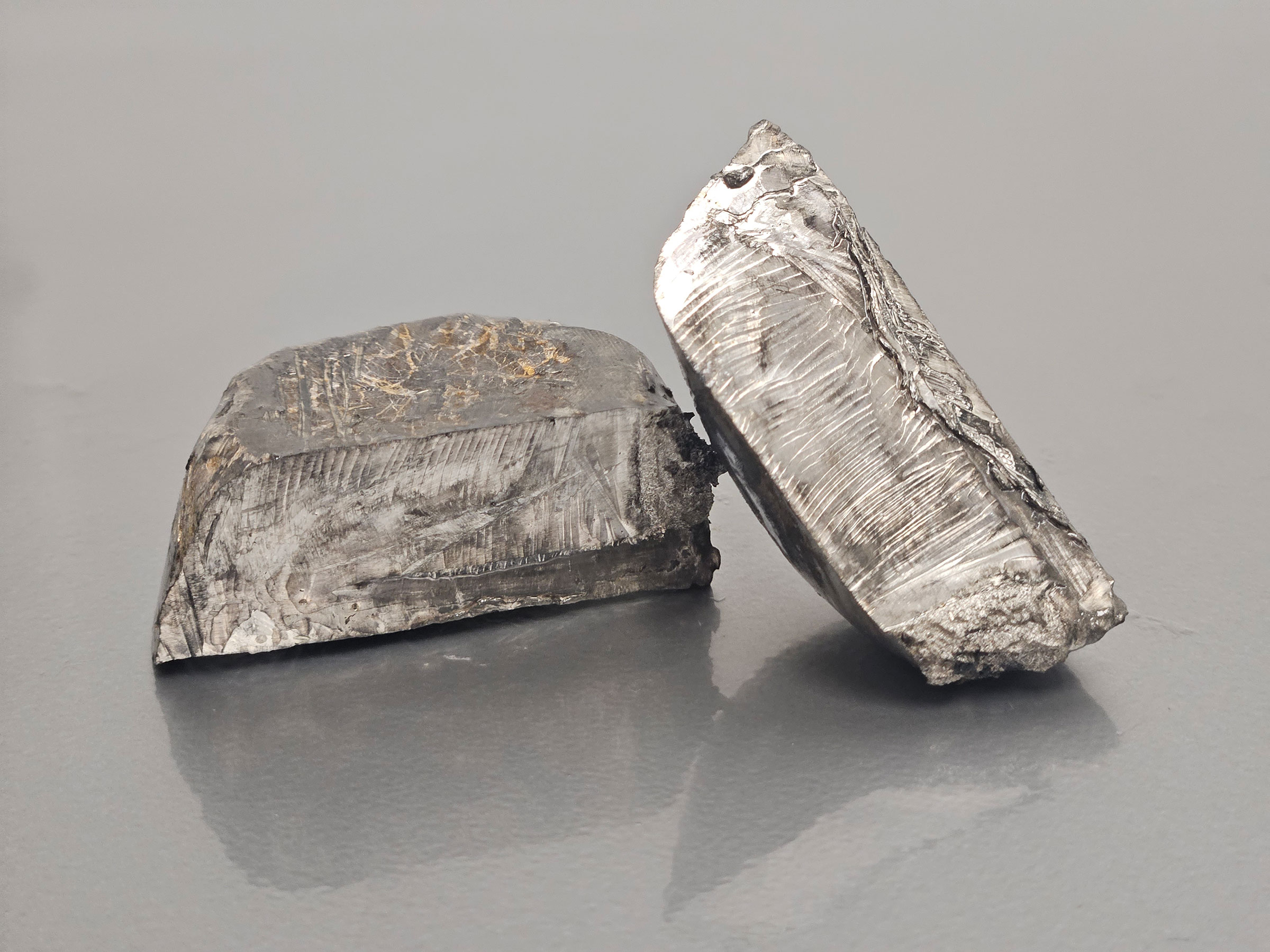
Electric vehicles need lithium batteries, which means the world needs more lithium metal to power the EV transition. Today, the main way you make lithium metal is to convert it from lithium chloride, but this chemical compound is scarce and emits eco-harmful chloride gas. Li-Metal’s breakthrough uses a molten salt bath to convert lithium carbonate (far more abundant than chloride) into lithium metal, which can be used to build next-generation batteries that power air taxis, drones, and long-range EVs. Li-Metal co-founder Maciej Jastrzebski says that while there’s only enough lithium chloride to produce 150,000 EVs a year with next-gen batteries, “you have enough lithium carbonate to make millions of cars.”
A New Global Perspective
Nuview LiDAR Satellite Constellation link | image

Satellite imagery helps scientists keep track of how our planet’s natural environment is changing, but it can’t cut through a thicket of tree cover or pick up changes in the dark. Nuview will address those shortcomings with 20 LiDAR satellites that beam a laser pulse down to earth and measure the time it takes to return. From there, the system creates a 3D image of the terrain, eventually mapping the entire surface of the planet. “With every pulse of light, we’re casting a new perspective on Earth,” says Nuview CEO Clint Graumann. The satellites don’t go live until 2025, but Nuview already has $1.2 billion in business agreements, including one with the U.S. Department of Defense.
Breaking Down Plastics
SeedLabs MicroPET link | image

In 2021, biologist Allison Werner of the federal National Renewable Energy Lab published a paper about a bacteria she’d engineered to break down single-use PET-plastic monomers (commonly used in food packaging) into a molecule that can be upcycled into high-performance nylon. But she never considered how it could be used in space. In November 2022, a team of collaborators led by SeedLabs launched the MicroPET experiment, an open source biological platform that employs this bacteria, to the International Space Station. Someday, it’s hoped, astronauts will be able to use MicroPET with other engineered bacteria strains to ultimately create fuel, food, and spacesuit thread while in orbit via a multi-step process.
The Drive to Fly
Alef Aeronautics Model A link | image

Plenty of startups are working on the sci-fi dream of flying cars, but not many look like, well, a car. “We started calling everything a flying car, and that was wrong,” says Jim Dukhovny, co-founder and CEO of Alef Aeronautics. The company’s Model A, a two-seat, all-electric vehicle with a flight range of 110 miles, indeed looks made to be parked in a garage. In July, the Federal Aviation Administration gave the vehicle a special airworthy certificate, allowing Alef to make test flights. The company hopes to deliver the first Model A’s by 2026.
3D Modeling, Made Easy
NVIDIA Neuralangelo link | image
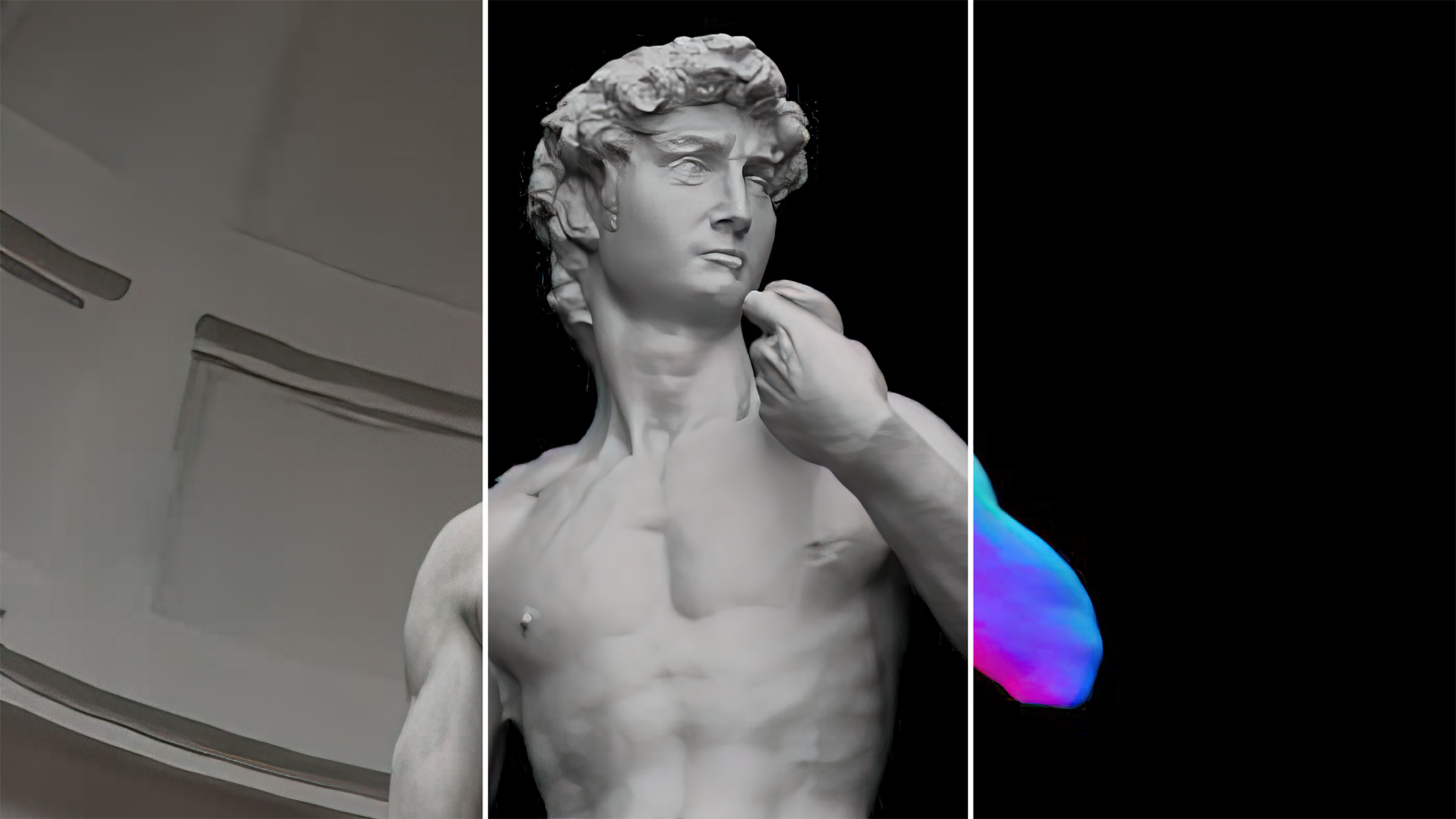
Creating 3D models of real-world objects once required the kind of time, money, and expertise only available to movie studios and video game developers. With Neuralangelo, all it takes is a smartphone camera. The AI model, built by NVIDIA Research, turns 2D video into lifelike 3D replicas, capturing fine details of complex materials like roof shingles, panes of glass, and smooth marble. “The scenes and objects it creates are compatible with popular, off-the-shelf design applications, so they can be edited and used in digital twins [or virtual replicas of real-world objects], robotics, game development, and more,” says NVIDIA’s senior director of research, Ming-Yu Liu.
A Better Prosthetic
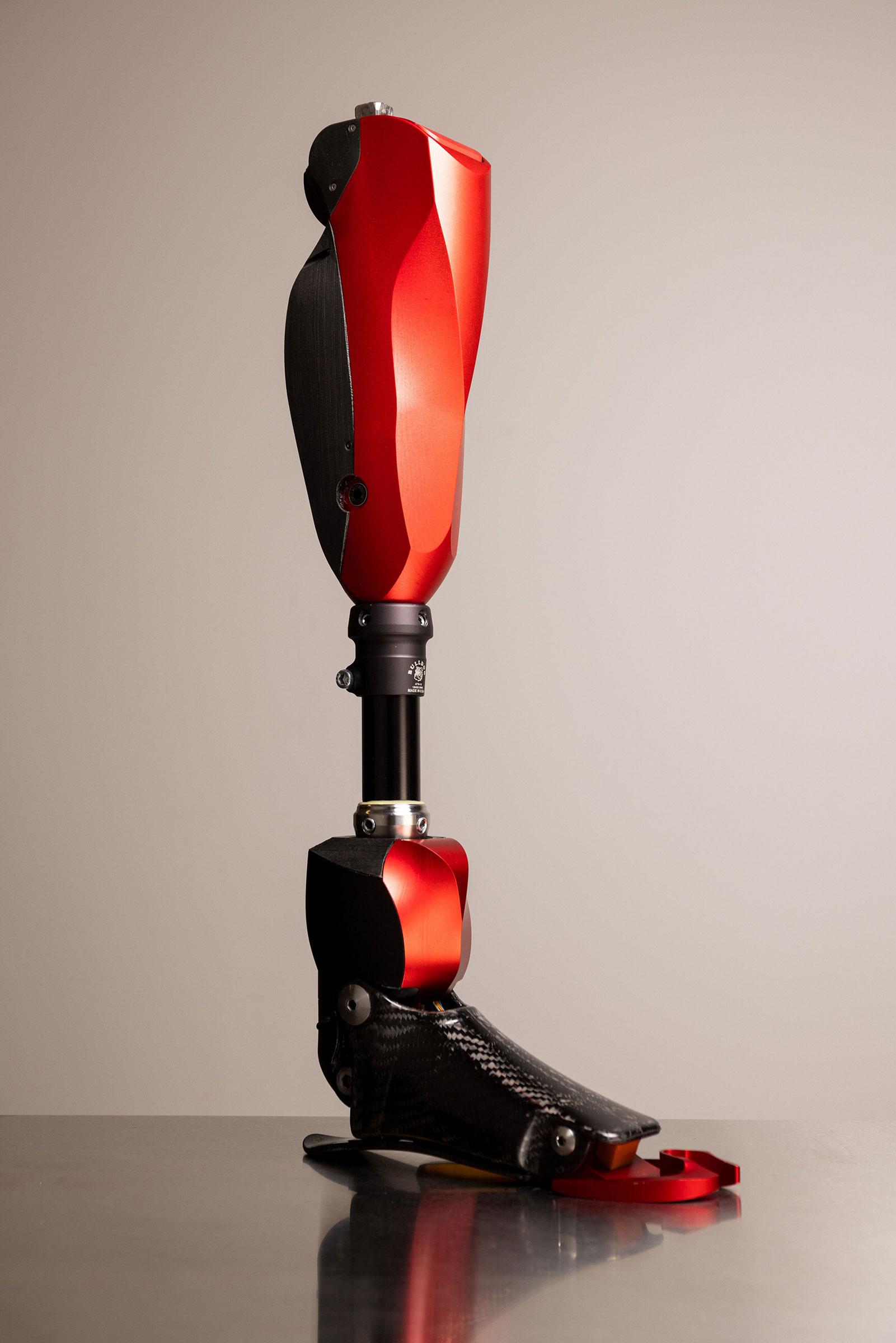
Science fiction is filled with high-tech prosthetics, but according to Tommaso Lenzi, an assistant professor at the University of Utah, real prosthetic legs for lower-limb amputees have been stuck in the 1990s. Enter a new bionic leg created by Lenzi and his team, capable of movement that’s much closer to that of a natural leg and knee, making it easier to move around, including on stairs. The leg still needs more testing and FDA approval, but the team has partnered with prosthetics leader Ottobock to help bring it to the public. Testers have been excited to walk up steps for the first time in years, says Lenzi. “Hopefully, we can have more people walking, and get them out of a wheelchair,” he says.
Weeded Out
Seaweed Generation AlgaRay link | image
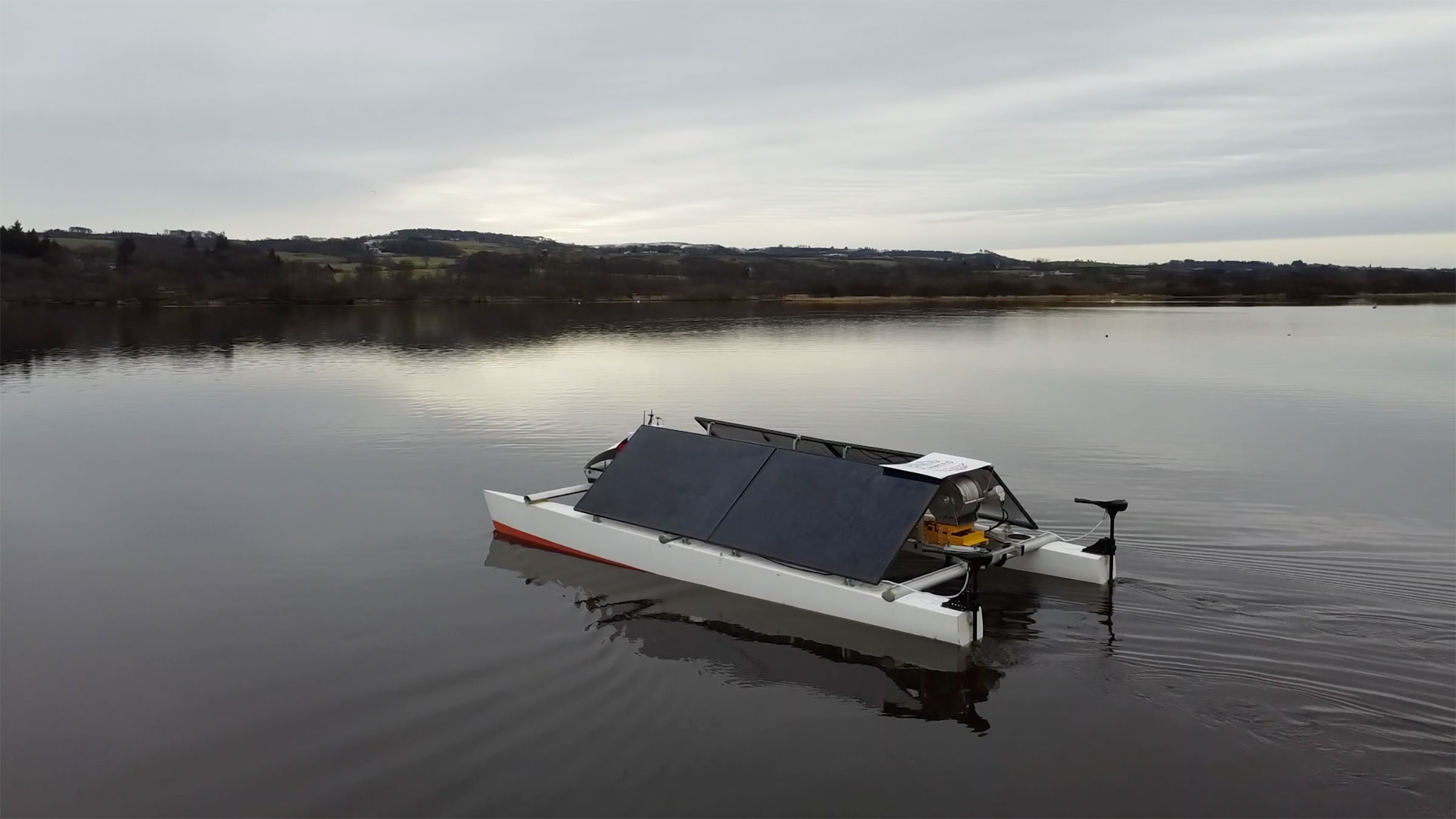
Invasive sargassum seaweed helpfully absorbs CO2, but also washes ashore in huge quantities from the Gulf of Mexico to Florida, emitting a foul-smelling gas and hurting ecosystems and tourism economies. The AlgaRay robot glides through the sea, scooping up floating mats of the plant. It then dives 200 m, where pressure and gravity sink it to the seafloor, taking the CO2 it has absorbed with it. Seaweed Generation has a 49-year license for trials in Antigua and Barbuda while it develops an autonomous version of the bot.
A Cooler Color

When the sun shines on a typical white building, the exterior’s paint reflects 80 to 90% of the light. The remainder warms the surrounding area and inflates air-conditioning bills. But a new, whiter paint incorporates chemicals that better scatter UV rays, making it up to 98% reflective and potentially reducing AC needs by as much as 40%. “The heat is reflected into deep space,” says Xiulin Ruan, a professor of mechanical engineering who led the Purdue University team that created the paint. “You keep our cities cooler.” In fall 2022, the team announced the development of a thinner, lighter version that could coat airplanes, cars, and even spaceships.
Studying Life
Human Embryo Model link | image

Because of medical and ethical challenges, there’s much we don’t know about the first few weeks of human embryo development, says biologist Jacob Hanna of Israel’s Weizmann Institute of Science. Hanna’s team used naive stem cells treated with chemicals to nudge them into becoming four types of cells found in early embryos. One percent of the treated stem cells spontaneously formed a structure similar to a human fetus, which researchers allowed to grow for 14 days. While distinctly not human, the model is close enough to give researchers potential insights into fertility, miscarriage, and more, for the first time.
Finding Your Way
Muon Positioning System link | image

GPS is great, unless you’re in a blind spot, inside a building, or under water. Professor Hiroyuki Tanaka at the University of Tokyo has developed a system that’s more reliable and precise. It uses muons, particles that are a natural form of radiation, which constantly bombard the Earth’s surface and are absorbed by the land or water they fall on. Tanaka’s muon positioning system tracks the level of radiation that reaches a receiver and computes how much has been absorbed along the way. This allows systems to map walls and floors or detect the presence of people. “The current positioning accuracy is 3.5 centimeters indoors,” says Tanaka. In March, the tech was used to uncover a hidden room within a 4,500-year-old Egyptian pyramid.
Breathing Martian Air
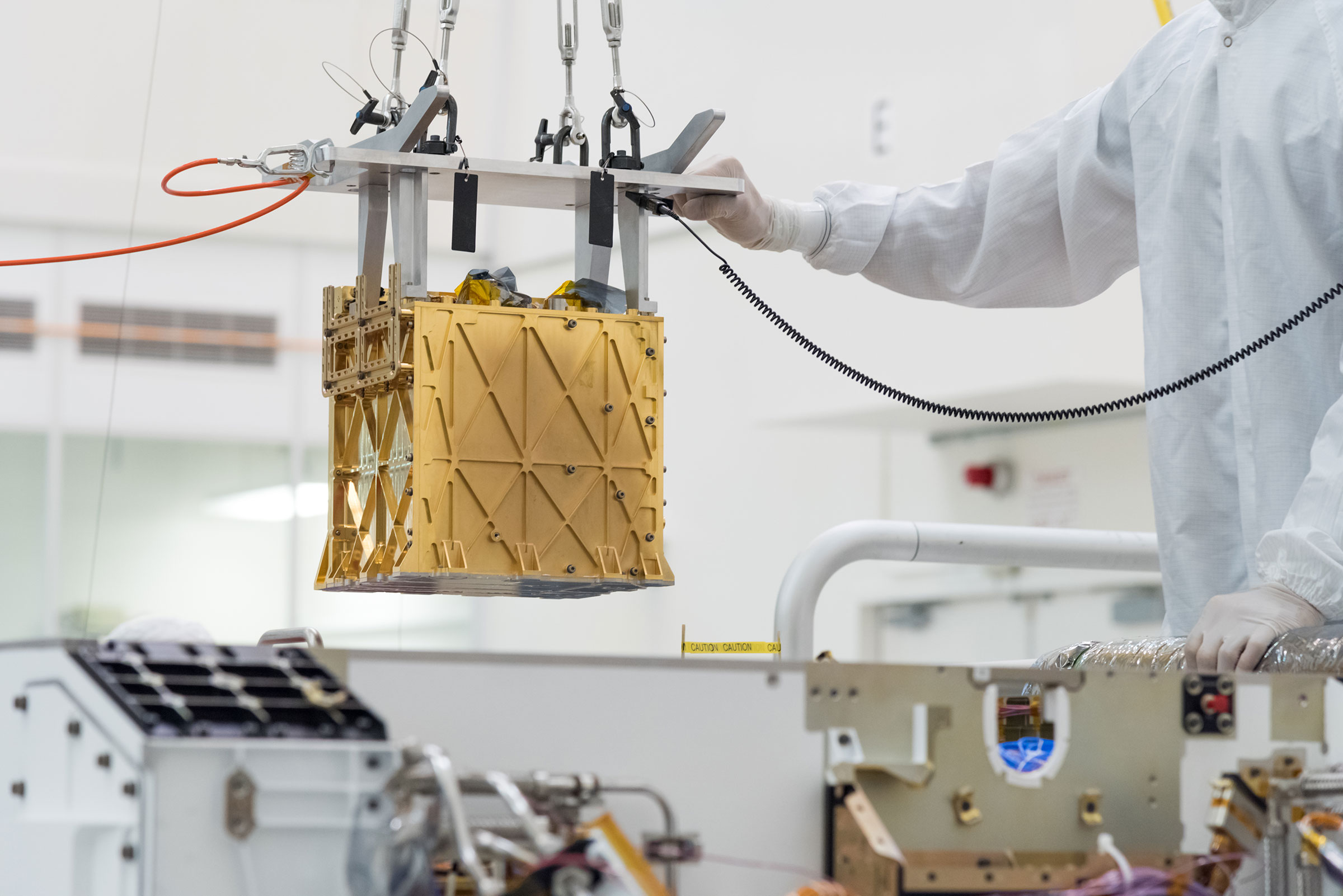
If astronauts ever land on Mars, they’ll need air to breathe and (barring one-way colonization) a way to get home. We are closer to both possibilities thanks to NASA’s MOXIE (Mars Oxygen In-Situ Resource Utilization Experiment), a small device attached to Mars’ Perseverance rover that separates oxygen atoms from the limited amount of carbon dioxide in Mars’ atmosphere. Over more than a year, MOXIE generated 122 grams of oxygen—NASA called it “approximately what a small dog breathes in 10 hours”—but it’s a crucial proof of concept. Since oxygen (combined with hydrogen) fuels engines, the tech could also supply “rocket propellant to future astronauts,” says NASA deputy administrator Pam Melroy.
Electric Speed

Electric vehicles are good for the planet, but they’re not known for being good on the racetrack. The Mythen could change that. Thirty students and alumni of the Academic Motorsports Club Zurich at ETH Zurich university set out to make the first racing EV that can go from 0 to 100 km/h in less than a second, and in September, at a race in Dübendorf, Switzerland, the Mythen did just that—in 0.956 seconds. The team took a year to engineer the 309-lb. car, using a vacuum fan that hugs the vehicle to the tarmac, significantly reducing drag.
Highway Safety
Wavelogix Rebel Concrete Strength Sensors link | image
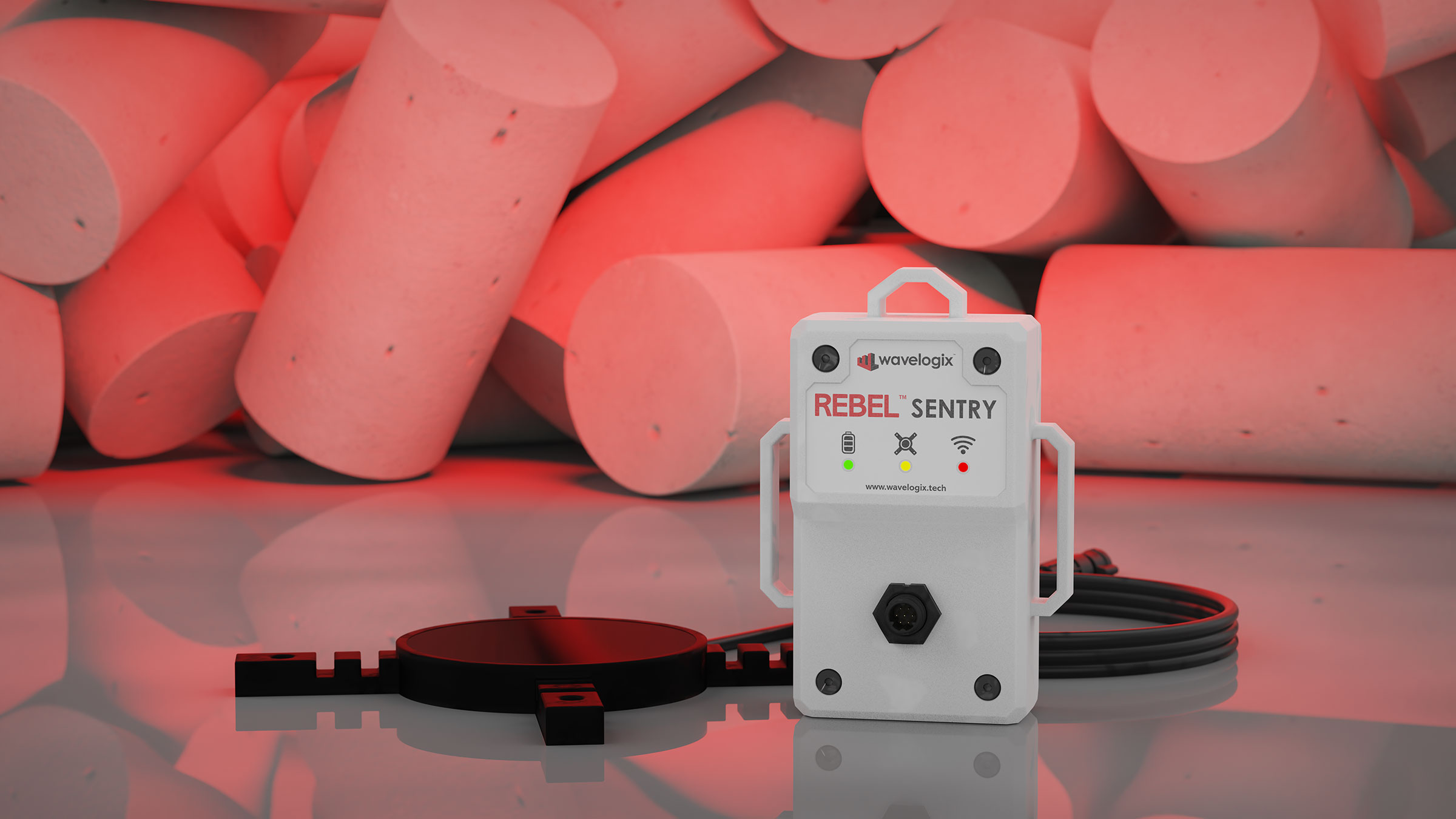
Measuring the strength of concrete in highways and bridges has traditionally entailed “heavy equipment, extensive labor, and considerable uncertainty,” says Luna Lu, an associate dean and engineering professor at Purdue University who started Wavelogix, the company that makes Rebel Concrete Strength Sensors. The sensors, which are installed on a stretch of road before concrete is actually poured, transmit real-time data about the material directly to engineers’ smartphones, allowing them to ascertain when new construction is strong enough to handle cars or when to shut down a highway for repairs. Earlier this year, the sensors were added to highways in Texas and Indiana, with more states coming soon.
Water, Plain and Simple
Super Salt-resisting Solar Still Technology link | image

Each year, some 4 billion people experience severe water scarcity for at least a month, according to UNICEF. In search of a solution, a team led by Lenan Zhang, research scientist at the Massachusetts Institute of Technology, created a unit that turns salt water into potable H20 using the power of the sun. Thermal desalination—evaporating, then condensing water to remove the salt—isn’t new, but powering the process using sunlight (making the process cheaper and less energy-intensive) is. In one hour, the MIT system can desalinate 2.5 liters of water per square meter of solar panel power.
FITNESS
Smart Boxing
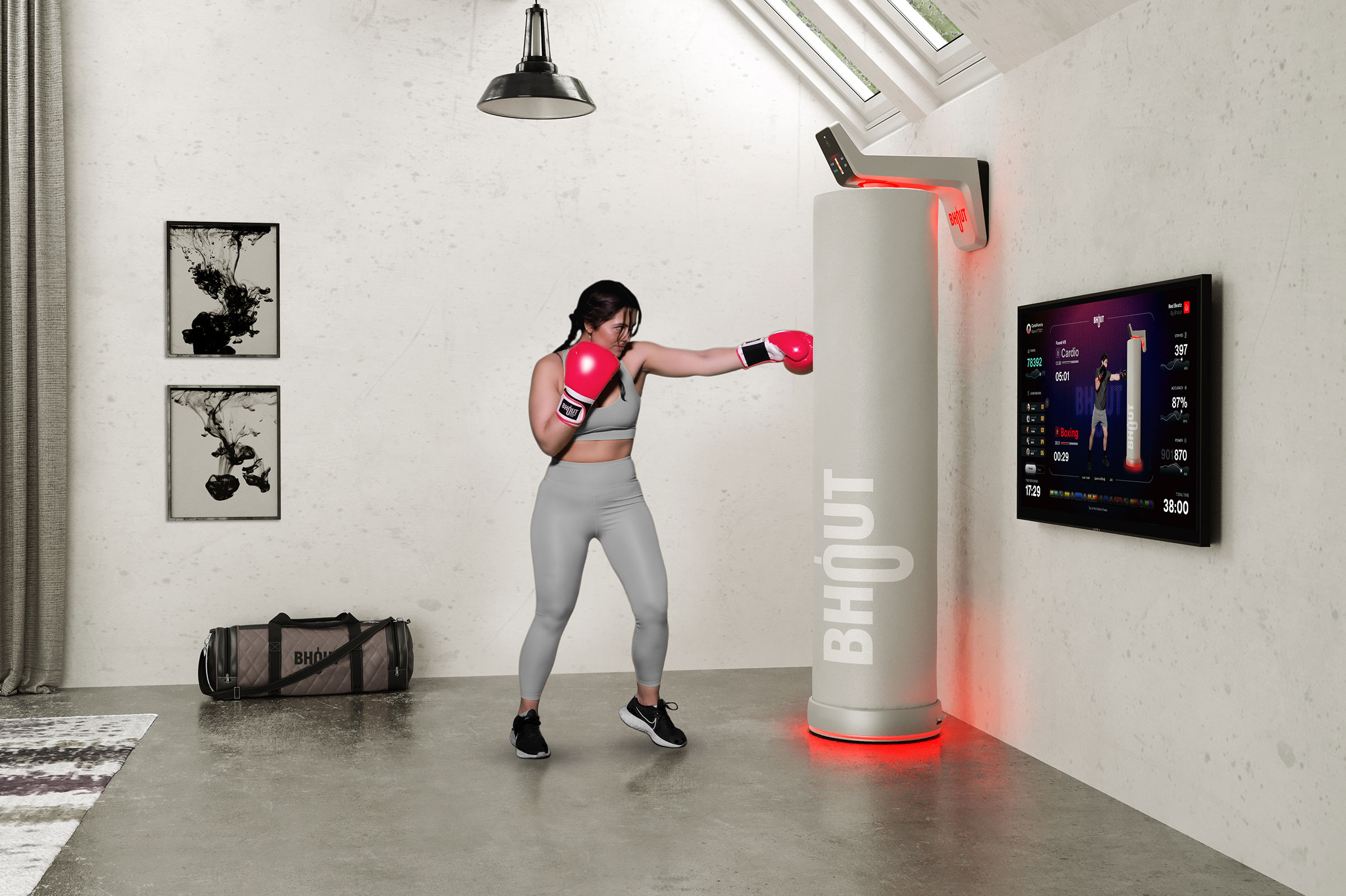
The first AI-powered boxing bag is laced with sensors and comes with a 3D computer-vision camera, allowing it to measure the accuracy, power, speed, and technique of every strike—all in under 250 milliseconds. A companion app uses that data to create a personalized training experience; pugilists can also compete virtually in real time and soon will be able to earn “JAB$” credits to exchange for prizes. The idea, says founder and CEO Mauro Frota, is to gamify boxing fitness.
Hydration Made Fun

A water bottle must be something special to merit a hashtag (#owala) that’s been viewed 272 million times on TikTok—not to mention a resale value of roughly $400 for limited editions. Trove Brands’ stainless-steel Owala FreeSip is leakproof and offers two drinking methods—a straw and a larger opening for guzzling that conforms to the shape of the user’s mouth. A variety of color palettes with fun names like Shy Marshmallow have helped the bottles go viral. “We took boring,” says inventor Steve Sorensen, co-founder and CEO of Trove Brands, “and added a little magic.”
A Smart Jacket

Typically you have two options when jogging in the rain, and neither is particularly pleasant: don’t wear a jacket and get wet, or wear one and sweat profusely. To address this conundrum, Nike designed its Aerogami jacket with tiny vents that pop open when they sense sweat, and close when your body cools off, thanks to a moisture-reactive film on the fabric. “This almost acts as an extension of our body’s ability to regulate itself,” says Jahan Behbahany, senior apparel innovator on Nike’s Advanced Innovation team. Versions of the jacket marketed to women are for sale now, with men’s to follow soon.
Strength With Less Pain
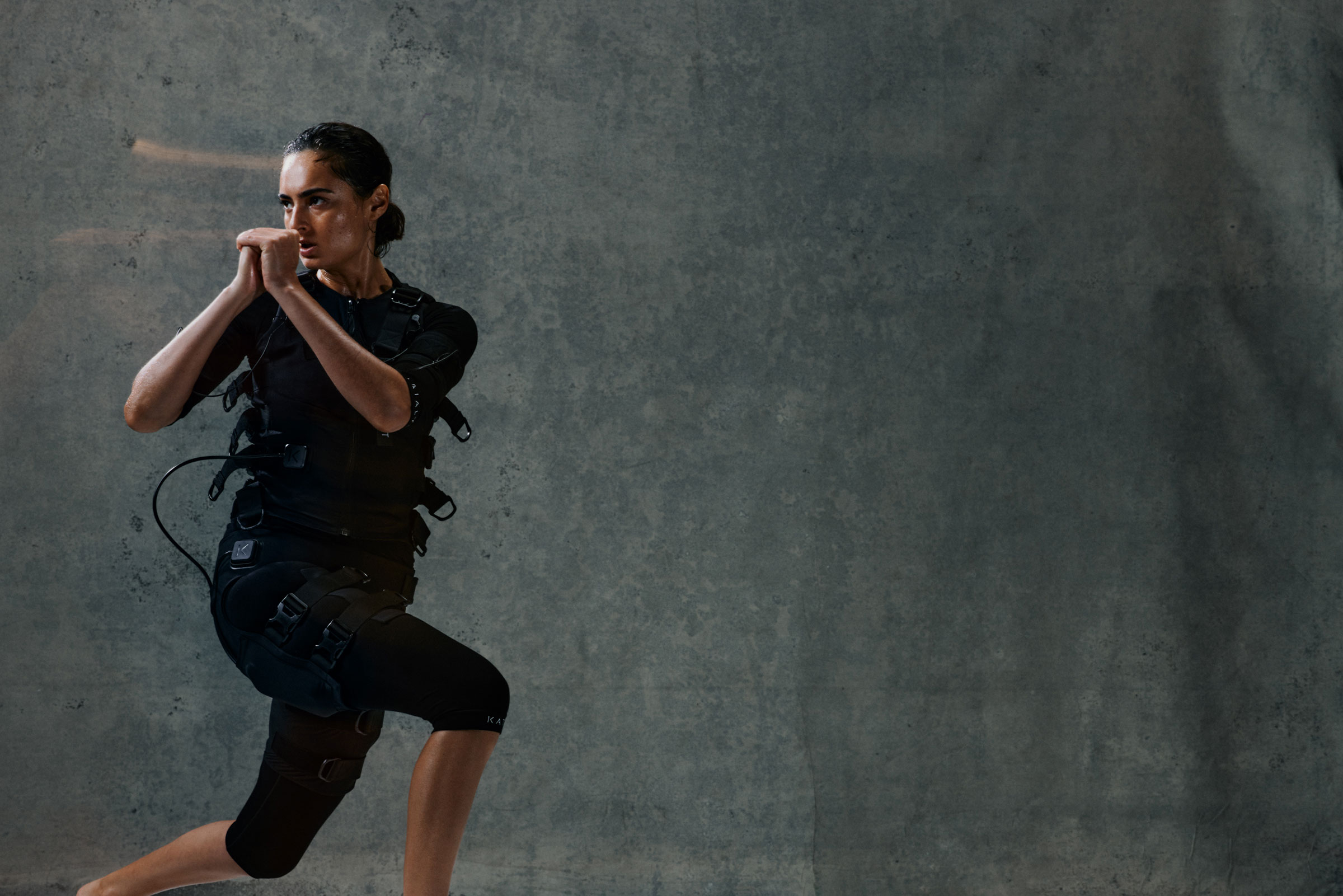
Plenty of people, from athletes to those with busy lives or past injuries, would like the benefits of a two-hour workout in just 20 minutes without excess strain on their joints. That’s the promise of Katalyst’s four-piece bodysuit, the only FDA-approved consumer device to use full-body electrical muscle stimulation, or e-stim. When you use Katalyst for a strength session, strategically placed pads gently zap your muscles with electricity, which founder and CEO Bjoern Woltermann says activates double the number of muscle fibers that standard training does. Sessions, he says, will leave you tired.
Wear Your Heart (Rate) on Your Sleeve
COROS Heart Rate Monitor link | image
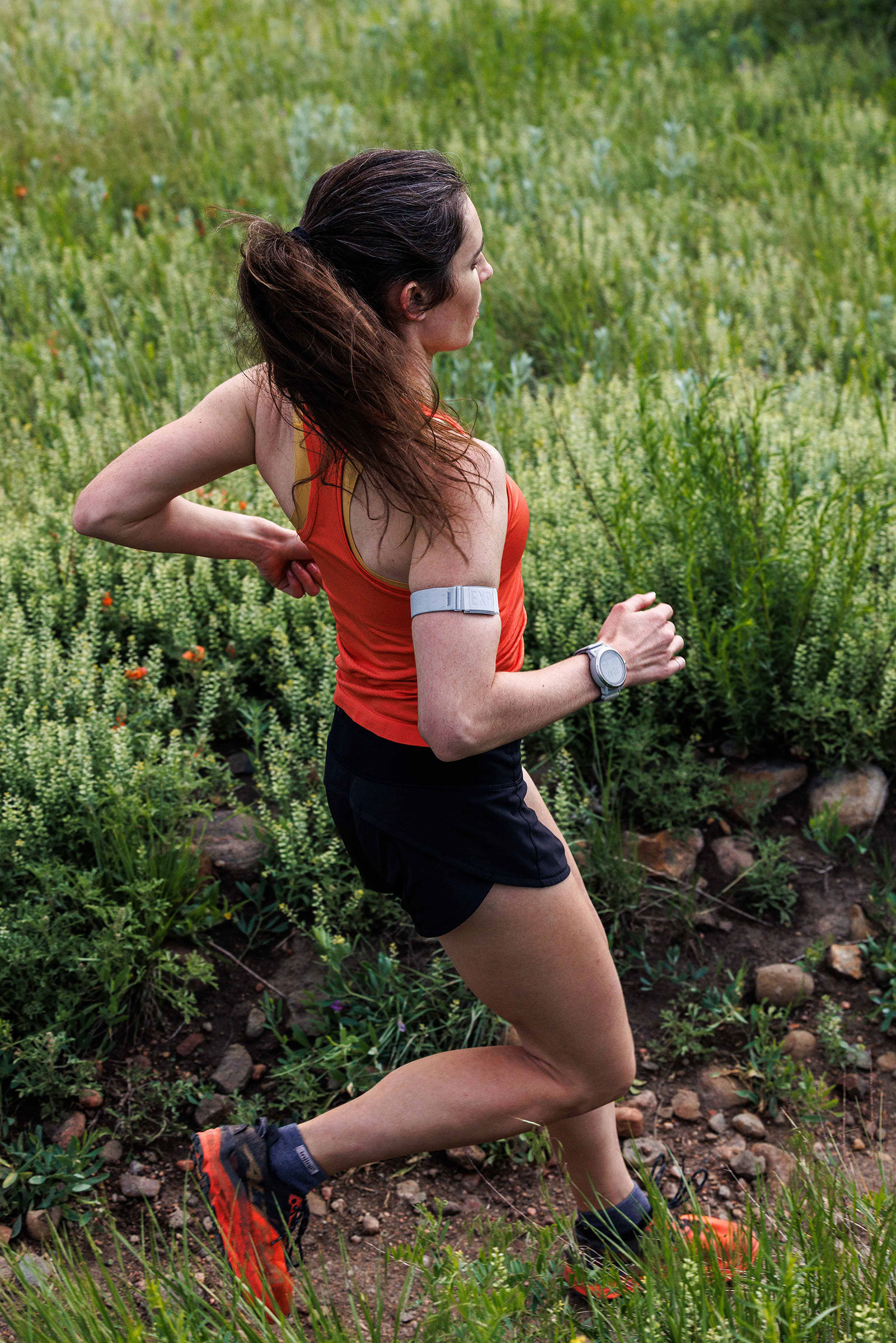
Heart rate is great for gauging effort during exercise, but wrist-based optical sensors can be thrown off by everything from skin color to the weather, and chest straps—generally considered the gold standard in tracking—can be uncomfortable. COROS’s solution is an armband that still uses an optical heart rate sensor like a watch. But because there’s more blood flow where it’s strapped—on your bicep—it avoids accuracy issues caused by the lack of deep tissue at the wrist. Across thousands of test runs, the Bluetooth-compatible device “measured within three beats per minute [compared to] a chest strap,” says COROS co-founder and CEO Lewis Wu.
A Flexible Foundation
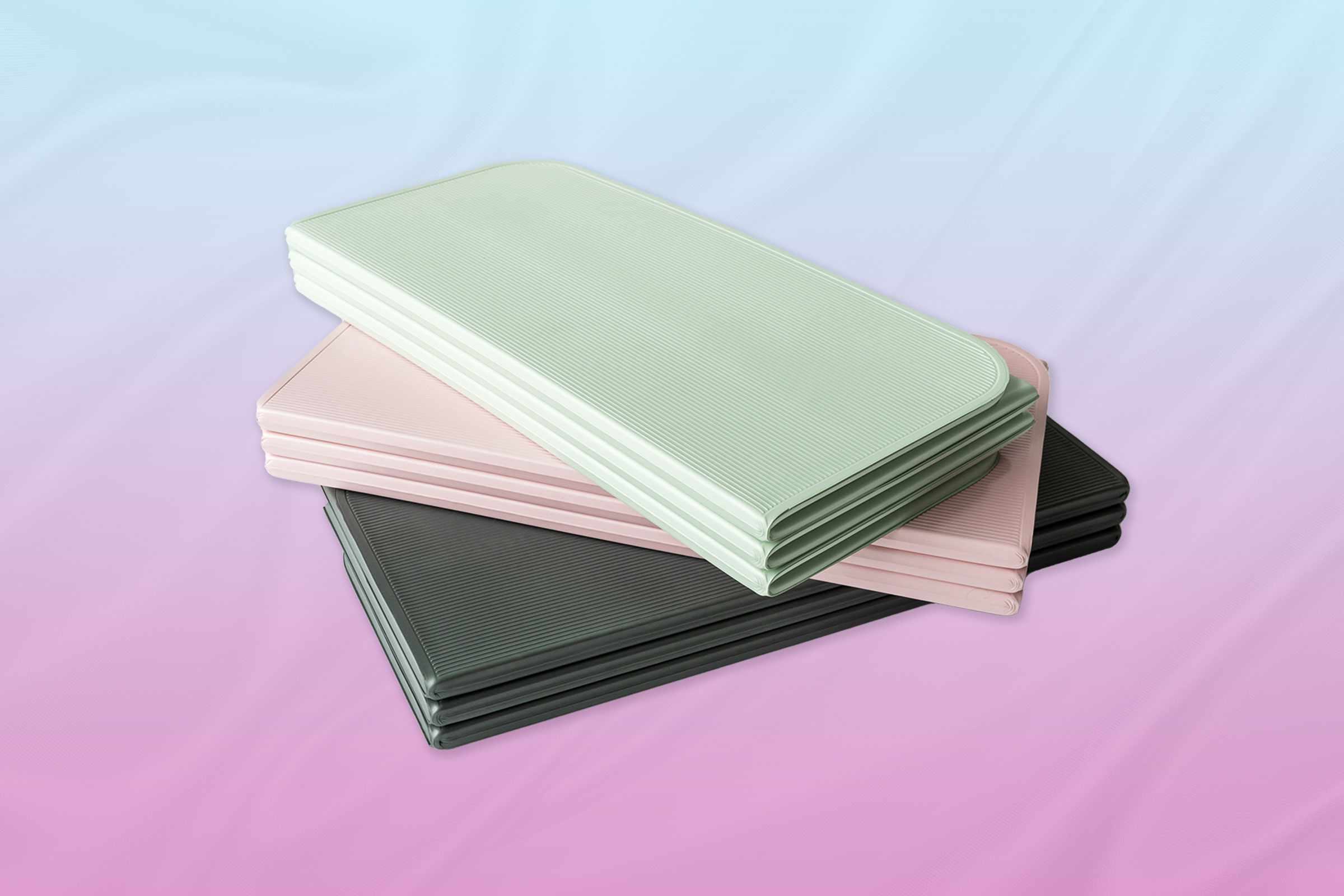
Like so many, Millie Blumka and Taylor Borenstein began working out at home during the pandemic—and quickly found the yoga mats they had on hand weren’t versatile enough for other forms of exercise. So they created the Stakt Mat, which is twice as thick as the average yoga mat, at 12 mm when flat. The 3-lb., double-sided EVA-foam mat is foldable along five panels. Fold it all the way up to make a yoga block or raised surface for incline exercises and lunges; flip a panel or two down for extra elbow cushioning during planks.
Subtle Signals
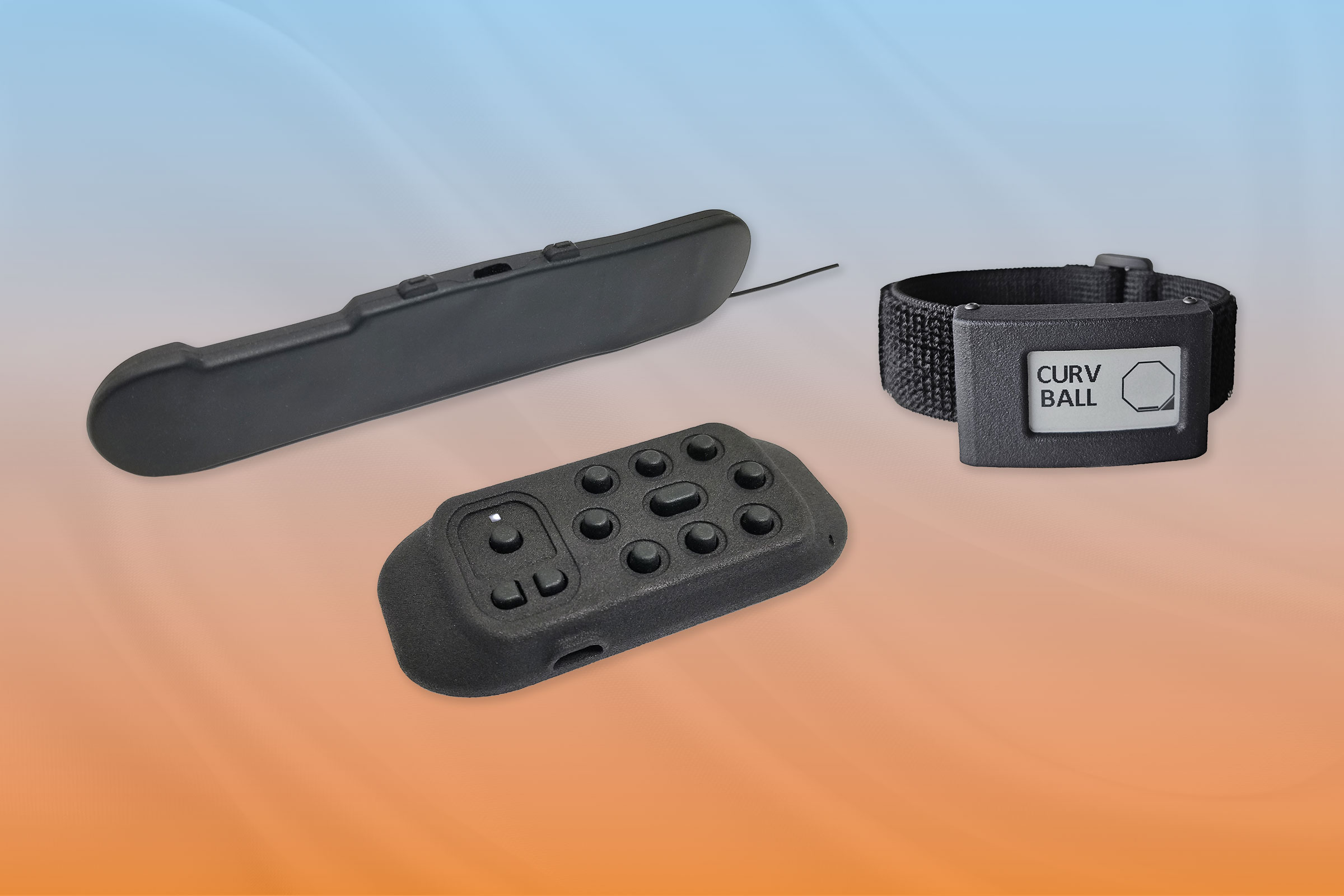
Baseball has been plagued by “sign stealing” – in which opposing teams try to view the hand signals between catcher and pitcher to gain an edge – since the 1800s. So for the 2023 season, Major League Baseball began allowing players to use PitchCom, an encrypted electronic communication system. The catcher presses one of nine buttons on a small plastic controller, and the pitcher hears (through a speaker under his hat) cues like “fastball” or “curveball, low inside.” The upshot? “We’ve restored integrity to the game,” says Craig Filicetti, president of ProMystic. “There’s no way to sign-steal anymore. None. You can’t do it.”
The Fastest Marathon Shoe
Adidas Adizero Adios Pro Evo 1 link | image

Ethiopian runner Tigst Assefa wore the brand-new Adizero Adios Pro Evo 1 super shoe at September’s Berlin Marathon, and set a women’s marathon world record with a finish time of 2:11:53—two minutes and 11 seconds faster than the previous record. Twenty-five percent lighter than the ubiquitous Nike Vaporfly (and, at 4.9 oz., it’s also lighter than any other distance racing shoe on the market), the Evo 1 features a translucent lightweight upper and a super-thin rubber outsole. Adidas trimmed additional weight using a proprietary “cutting-edge manufacturing process to reimagine our record-breaking Lightstrike Pro foam,” says Charlotte Heidmann, a senior global product manager. The catch: A pair is $500, and “only good for one race and a familiarization period,” says Heidmann.
FOOD & DRINK
Sweet Success

As any pastry chef will tell you, sugar cracks quickly when hardened and needs intimidatingly high temperatures to melt. Which means that detailed sugar work on cakes and cookies often leads to frustration and burns. The ChefDoodler pen makes it simple, safe, and fun—like a hot glue gun for sugar decorating. Though it will also work with real sugar, the device comes with a flavor-neutral, diabetic-friendly sugar substitute, isomalt, that can be extruded in thin, moldable lines. One beta tester called it “a gingerbread house maker’s dream come true,” says Daniel Cowen, co-founder and CEO of maker 3Doodler. The gadgets are shipping to more than 1,500 Kickstarter contributors and early adopters in October.
Meat Without the Footprint
Good Meat Cultivated Chicken link | image
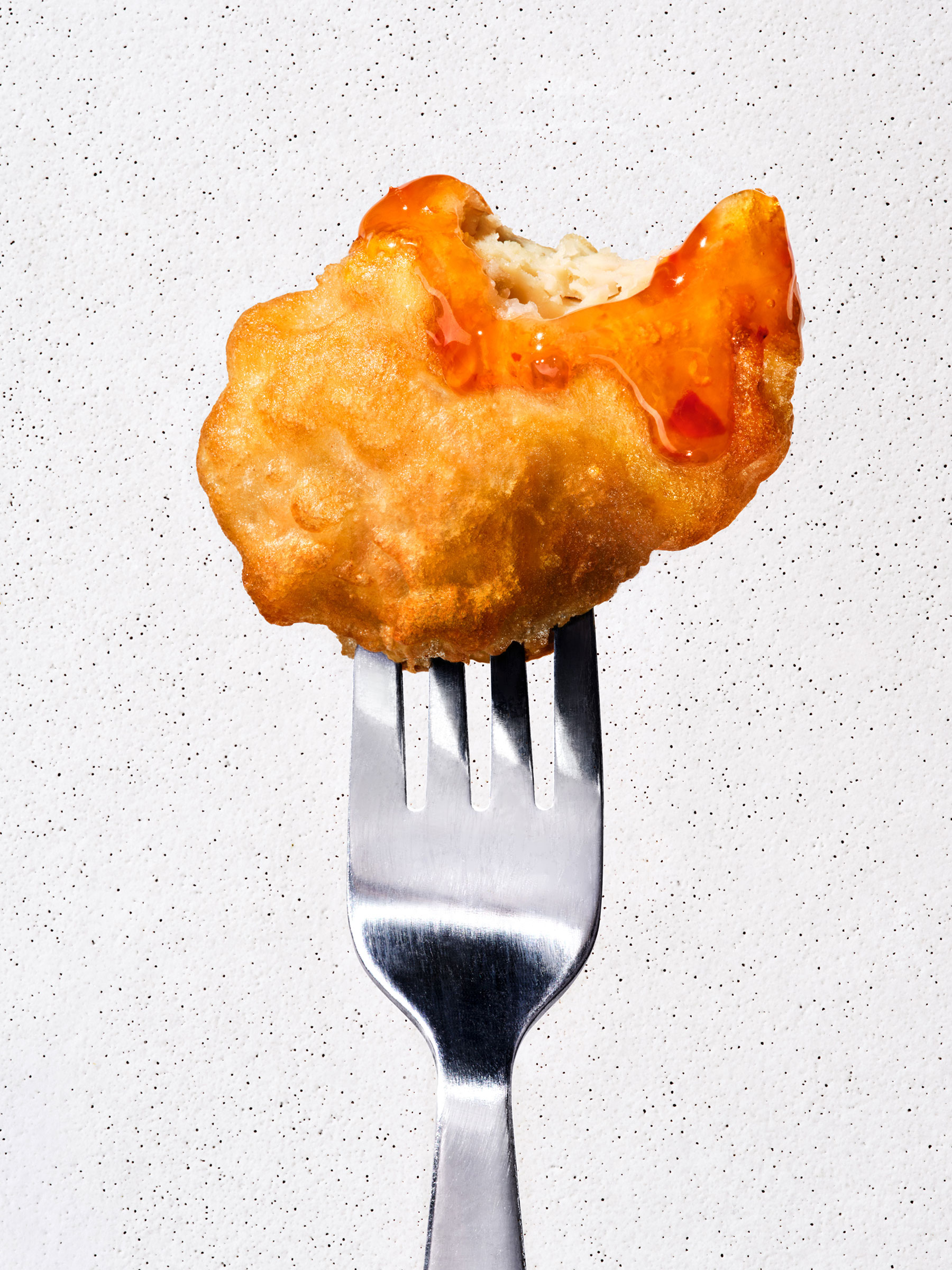
Ever since the first hamburger grown from bovine stem cells was unveiled in 2013, with a €250,000 price tag (around $280,000), biotechnologists have raced to produce an affordable alternative that tastes the same as meat, no slaughter—and fewer emissions—required. Startup Good Meat surged ahead when it launched its bioreactor-cultivated chicken morsels in Singapore in 2020, but rival Upside Foods wasn’t far behind. On June 21, the U.S. Department of Agriculture authorized both companies to sell cultivated meat in the U.S. Now that they are no longer vying for first, the companies can compete on taste and price.
Speedy Salads
Sweetgreen Infinite Kitchen link | image

The Sweetgreen Infinite Kitchen system robotically assembles the salads and bowls Sweetgreen customers crave—up to 500 of them an hour, 50% faster than humans can. Consumers order using a tablet that instructs the robotic production line to drop ingredients, prepared by human team members, into bowls. A trial run in the company’s Naperville, Ill., outlet exceeded sales expectations, and sparked a second trial in Huntington Beach, Calif., later this year. Eventually, co-founder and CEO Jonathan Neman says all new Sweetgreen outlets will come with an Infinite Kitchen.
Next-gen Avocado
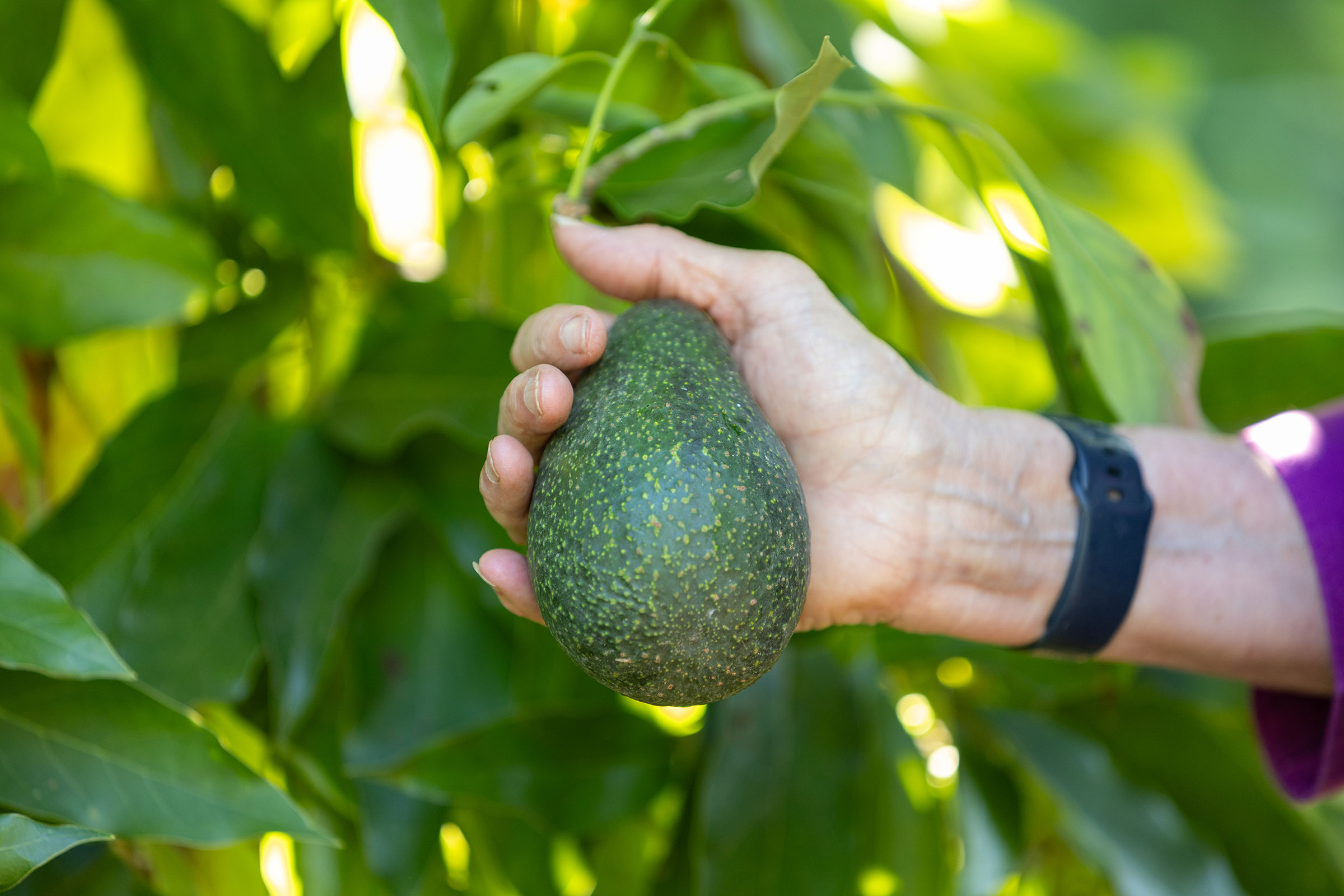
The Luna UCR is one very special avocado. The result of a decades-long breeding program at the University of California, Riverside, it has a flavor similar to that of its popular relative, the Hass, but a bit more “floral,” says program horticulturist Mary Lu Arpaia. The Luna UCR is ripe as soon as its skin turns black—which takes the guesswork out of slicing in—and it stays fresh long enough to transport. Luna UCR trees are as bountiful as Hass trees, but smaller, meaning they’re easier to harvest and require less land—and potentially less water and electricity. It’ll take a few years before they hit grocery stores.
A Better Baking Assistant
GE Profile Smart Mixer link | image

The GE Profile Smart Mixer is built to keep baking blunders to a minimum. Its built-in “smart scale” weighs ingredients directly in the mixing bowl, for greater precision than measuring cups. The “auto sense” feature cuts down on under- or overmixing by sensing the torque changes in the motor (which can stir clockwise or counterclockwise). “When you set the time and the speed, the mixer will run a countdown and auto-stop,” says Andre Zdanow, executive director for small appliances at GE. Finally, the mixer has a new speed—it goes to 11, to emulsify ingredients like a blender.
A New Spin on Coffee
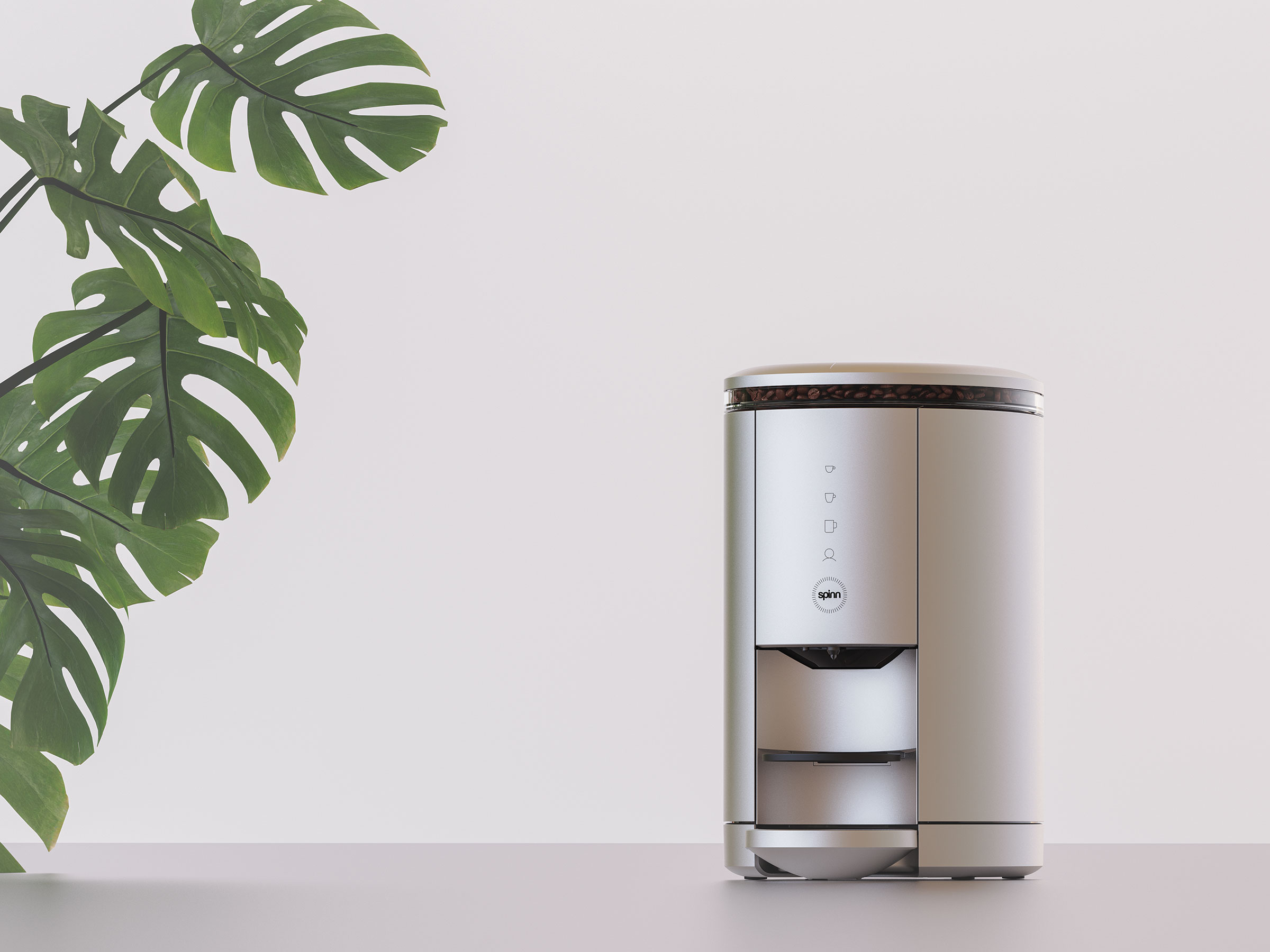
The sleek, Wi-Fi-connected Spinn Pro all-in-one espresso maker is the first commercially available coffee maker to use centrifugal force. Just put whole beans in the machine and grind them to the ideal consistency for your drink and roast of choice. The machine then brews your morning pick-me-up in a centrifuge that spins at up to 5,000 revolutions per minute, pushing the coffee through a perforated wall that functions as a filter. The process, says Spinn CEO and founder Roderick de Rode, “adds a lot of oxygen that, like with wine, brings out the full aroma of the coffee.” Spinn makes everything from espresso to cold brew in an impressive 60 seconds.
Worth the Squeeze
Nama J2 Cold Press Juicer link | image
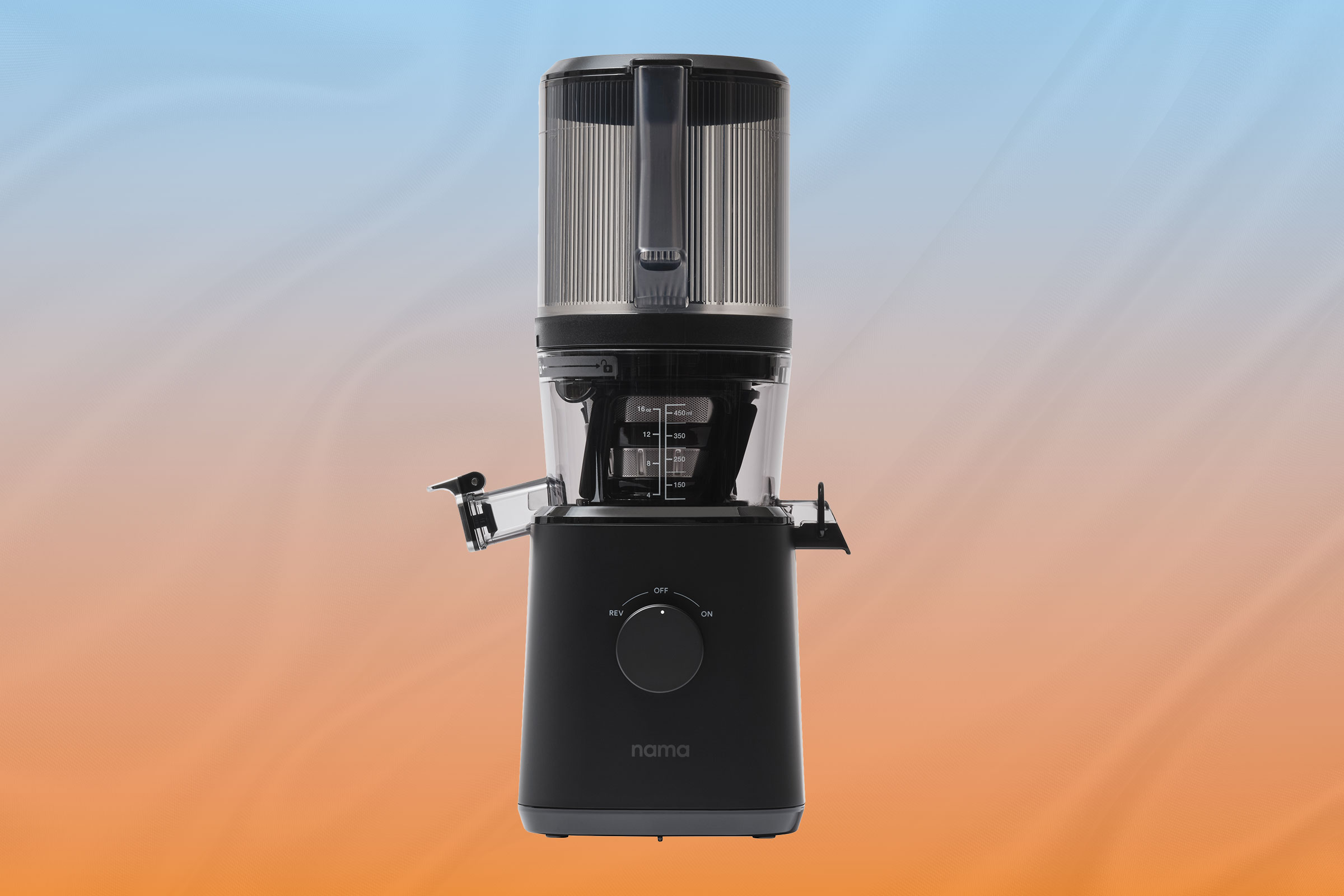
The concept behind Nama’s J2 Cold Press Juicer is “simple, simple, simple,” says Nama founder Dan Sheehan. “We want to help people eat more plants.” Juicing is a great way to do that, but it’s not necessarily simple. Juicers typically require cutting ingredients into small pieces and individually feeding them into the machine. With the J2, you simply open the top, toss whole or large pieces of all the fruits and veggies in your recipe, close the lid, turn the dial, and walk away. “It’s basically hands-free juicing,” Sheehan says. “That didn’t exist before.”
Crunchy Convenience
Kraft Heinz 360Crisp link | image
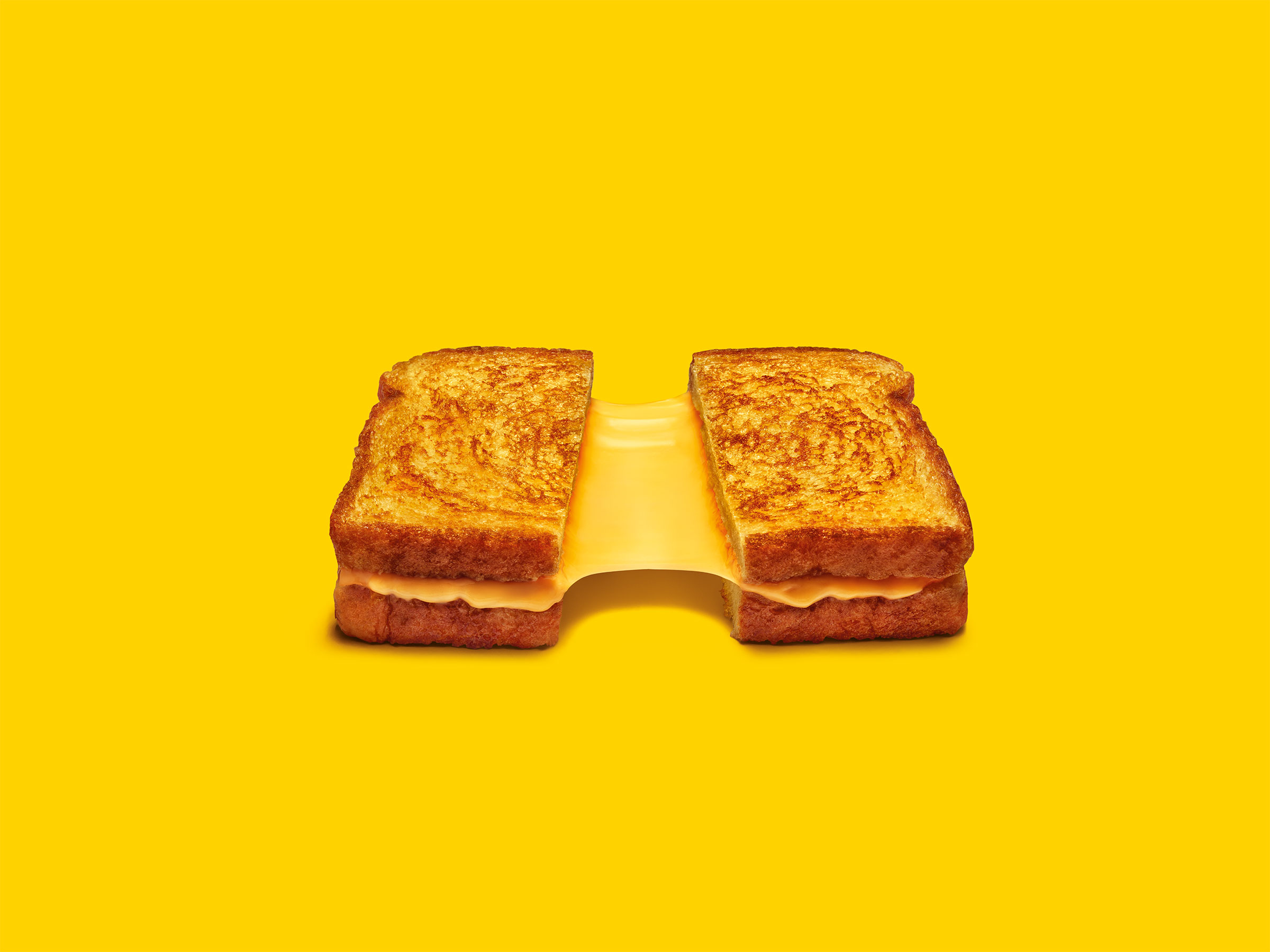
Microwaved food is convenient, but not as satisfying as fresh-cooked fare. Kraft Heinz has a solution: the 360Crisp process, which debuted with a new product, Lunchables Grilled Cheesies. The sandwich comes in a paperboard container with a susceptor that, when microwaved, directs heat to all the right places, leaving no bite undercooked or singed. “You have that perfectly crispy outside, that gooey melty inside, and none of that sogginess or dryness,” says Alan Kleinerman, vice president of disruption.
Goodbye, Stovetop
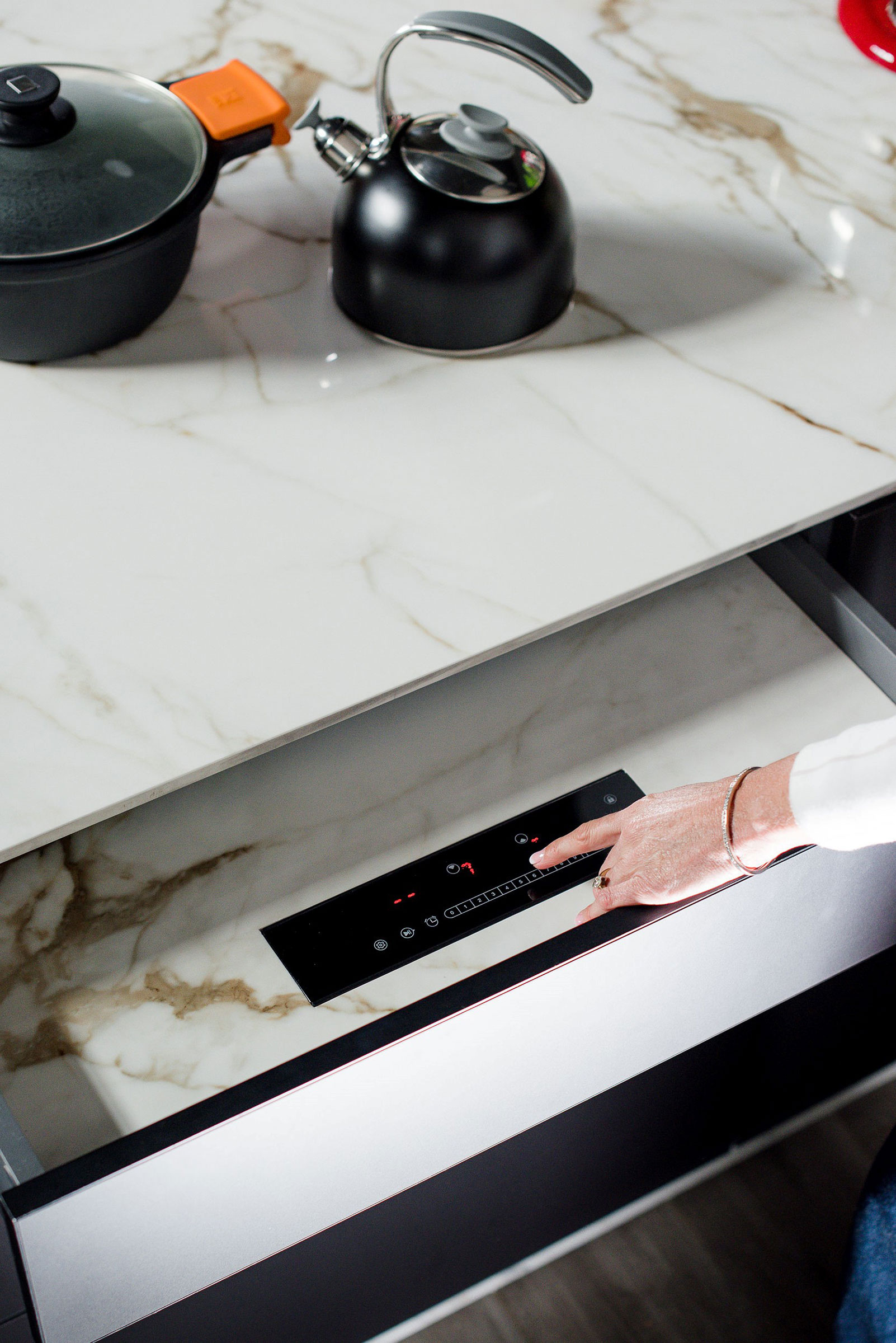
Induction cooking is safer, healthier, and more environmentally friendly than a gas or traditional electric stove. While most induction cooktops go over an existing stove, Invisacook is the first one to go underneath any countertop, allowing you to cook directly on the counter. Previously, using the Invisacook necessitated getting the Invisamat, which protects the countertop and keeps it cool. In March, however, the company launched Invisacookware: pots and pans with risers that serve the same purpose as the mat, with a more elegant look.
Tastemaker
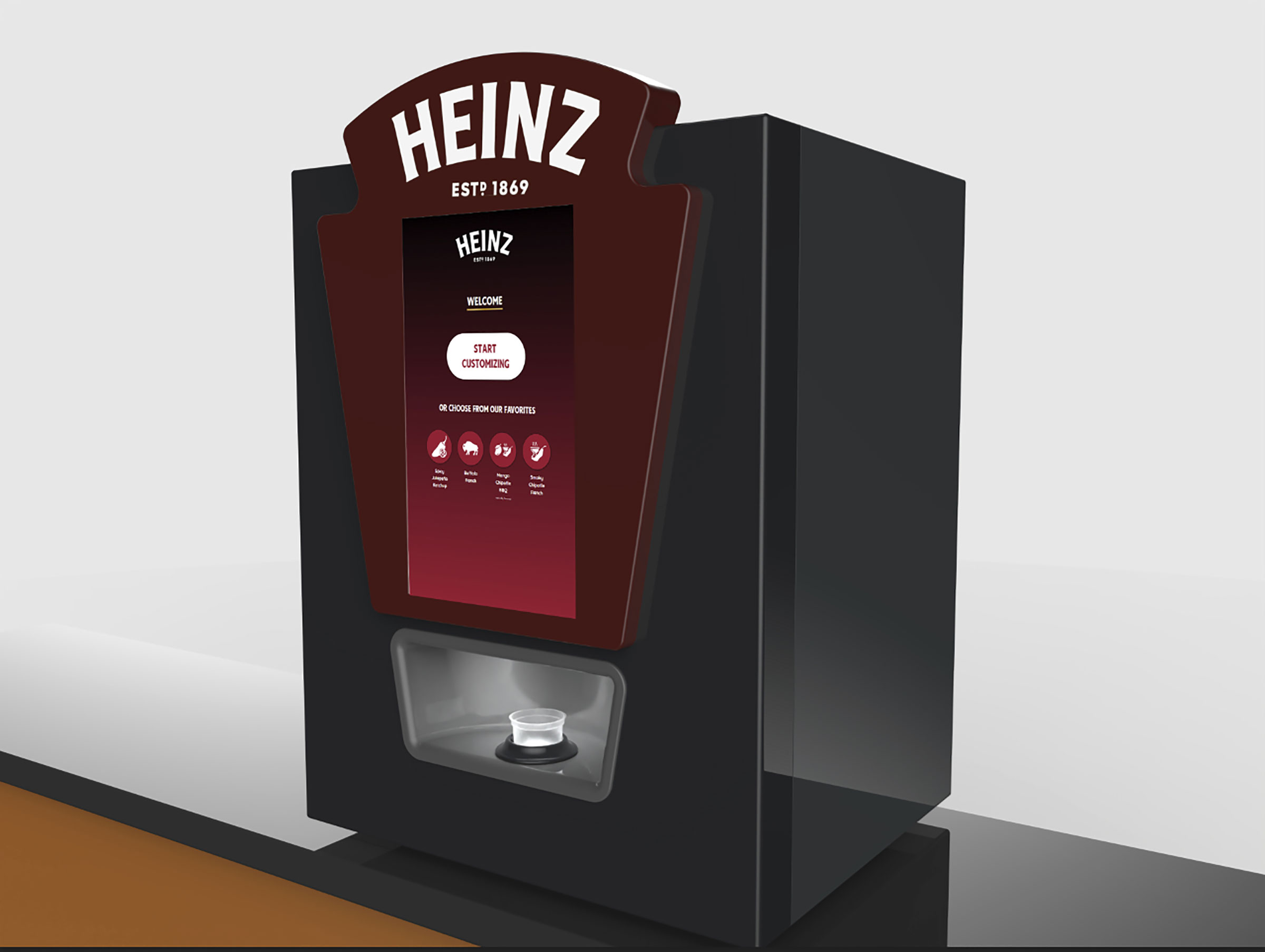
Personalized sauce dispenser Heinz Remix is coming to restaurants, stadiums, and movie theaters in early 2024, perhaps sooner. Using a touchscreen, you select one of four “bases” (ketchup, ranch, BBQ, or Heinz 57) and add tweaks and spices to customize the flavor. The machine is capable of 200 combinations, with names like Jalapeño Ketchup and Smoky Chipotle Mango BBQ. Meanwhile, it feeds data on customer preferences to Heinz, which will use it to inform future recipes.
Good Meat, Faster
Breville Joule Turbo Sous Vide link | image
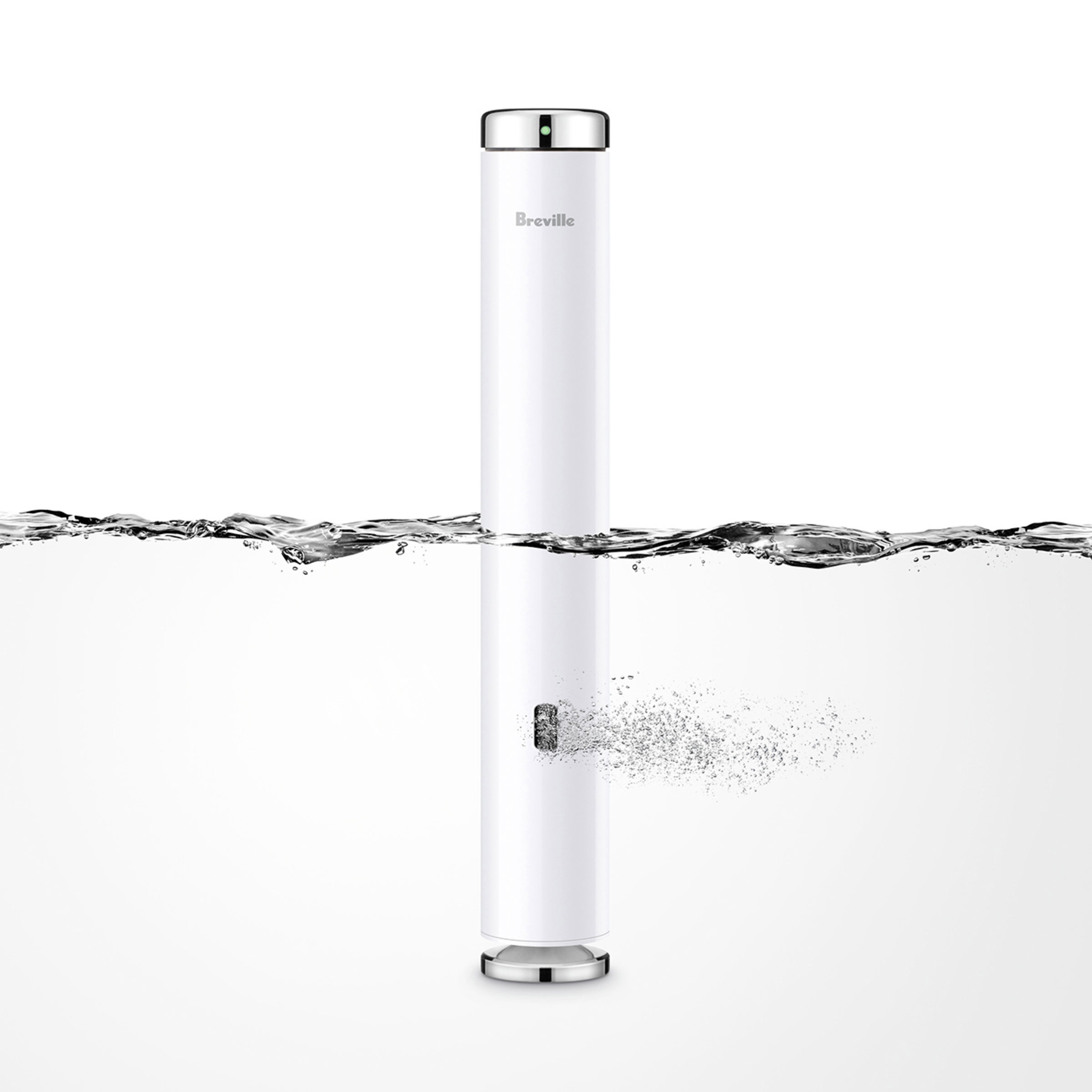
The original Joule Sous Vide is a rod that heats water to the ideal temperature for cooking bag-sealed chicken, steak, or chops. The upside is that you can easily attain a perfect level of juiciness or tenderness; the downside is that it could take 60 minutes to cook steak. Enter the Turbo, which like its predecessor, connects to an app. It uses algorithmic math to constantly analyze real-time variables – such as ever-changing water viscosity – to deliver precisely enough energy to bring meat to a desired temperature. Now cooking a steak takes just 30 minutes, and delivers a consistent (and gourmet-quality) tenderness throughout the meat. “We can speed up cooking without over-cooking,” says Grant Crilly, executive director for manufacturer Breville. “That has never been possible in any cooking technique.”
Leave No Juice Behind
Dreamfarm Fluicer link | image

It’s not the world’s most urgent problem, but it is really annoying: the kitchen drawer full of a jumble of accessories and single-purpose tools won’t open or close because something—maybe the hand-held citrus squeezer—is sticking up. The Fluicer, which folds flat, is designed to avoid this problem. But it also reinvents its main job, squeezing half a lime (or lemon or orange) from the sides as well as top to get more juice out of every press.
A New Kind of Vegetable
Row 7 Seed Company Sweet Garleek link | image

While its white bulb and tender green stalks may make it look like a scallion, the Sweet Garleek is actually something entirely new. A cross between garlic and a leek, it’s the latest vegetable from chef Dan Barber’s Row 7 Seed Company. The result of 10 years of selective breeding and testing, the Sweet Garleek intensifies the sweetness of the leek and the rich, savory taste of garlic (without the aggressive pungence). The entire stalk can be sautéed, roasted, grilled or even eaten raw. The plant is currently available to purchase at select Whole Foods locations in the New York City area. It will go on sale in the Northeast, mid-Atlantic and West Coast next year, and nationally in 2025.
GREEN ENERGY
Reducing Maritime Emissions
Navtek Naval Technologies ZEEtug link | image

Some 3% of global greenhouse gas emissions can be attributed to international maritime transport. Turkish company Navtek Naval Technologies is trying to cut that with its ZEEtug, the world’s first all-electric, zero-emission, rechargeable harbor tugboat. Currently operated by Turkey’s Gisas Shipbuilding, Navtek’s boats can run for up to three hours on a single charge. Besides saving on fuel costs, the vehicle’s electric motor reduces heat emissions and cuts down on the noise pollution that disturbs marine life.
Renewable Power in Disguise
Dyaqua Invisible Solar Rooftile link | image
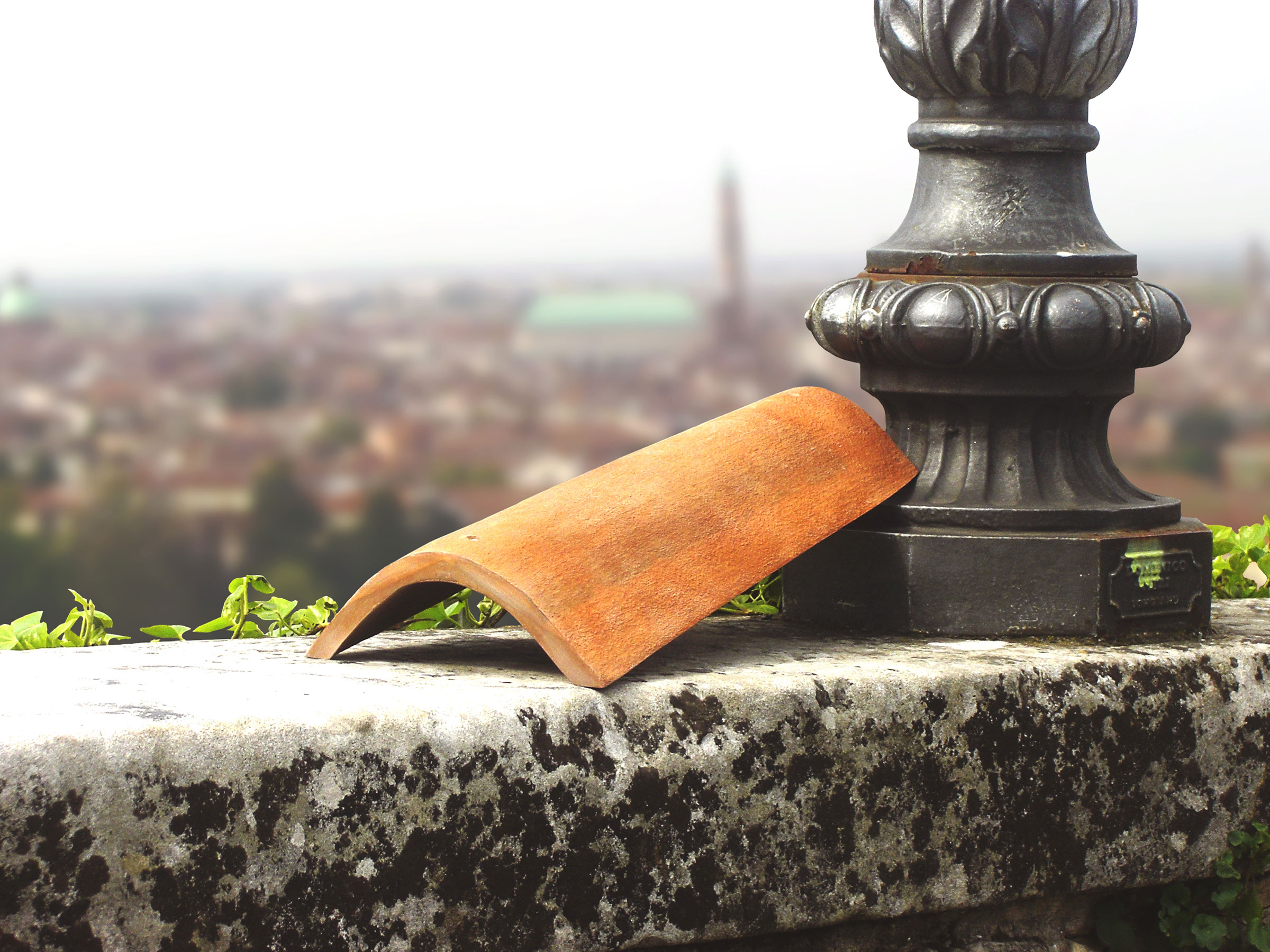
Pompeii has a secret: 223 roof tiles on the House of the Vettii are solar. Started in Vicenza, Italy, Dyaqua makes solar tiles that look like traditional terracotta shingles; though they appear to be opaque clay, each photovoltaic panel has a surface layer that allows light to pass through to the solar cells beneath. Unlike modern-looking glass panels, Dyaqua’s enable solar power at sites that couldn’t otherwise use them for reasons of historical accuracy or aesthetics. “Solar panels are banned from Vicenza—as in many places in Italy and in the world,” says Dyaqua’s Elisa Quagliato, daughter of the inventor. “Their lack of integration would damage the cultural value of historical buildings.” They may not provide as much energy as a traditional solar array, but the tiles are now being used as part of a European Union-funded project to make historic cities
Farmerless Farming
Monarch Tractor MK-V link | image
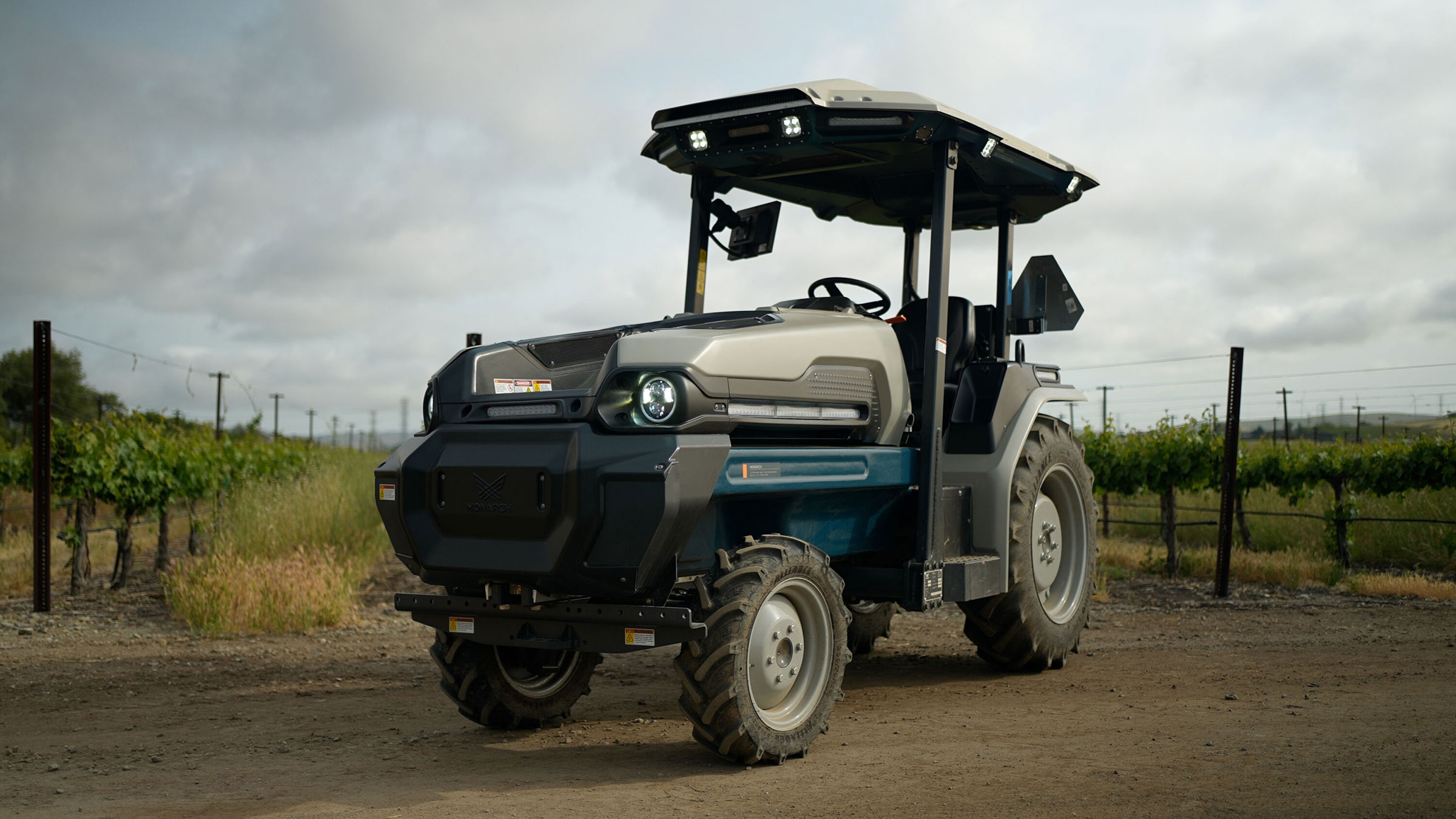
The MK-V tractor is the world’s first fully electric, self-driving tractor—poised to make the lives of farmers easier, safer, more sustainable, and more profitable. Its parent company, Monarch Tractor, estimates that a customer in California conducting mowing, tilling, and discing can save $79,000 annually on fuel alone, and an additional $120,000 on labor thanks to automation. CEO and co-founder Praveen Penmesta says Monarch worked directly with farmers to make the MK-V “familiar, easy to use, and able to keep up with the rigors of farming.”
Clean Heat
Antora Thermal Battery link | image

From melting sand into glass to smelting metals, the world’s industries require heat, and a lot of it. Today, they get most of it from fossil fuels, and finding an efficient green alternative is a major challenge. Antora Energy may have a solution. Its technology, known as a thermal battery, involves using electricity to heat up graphite blocks to more than 3,200°F inside an insulated container. When a window in the container is opened, heat is released, which can also be converted to electricity with thermophotovoltaic cells. The company raised more than $50 million in venture capital in February, and it more recently started operating a commercial scale pilot project in Fresno, Calif.
Keeping Camping Cool
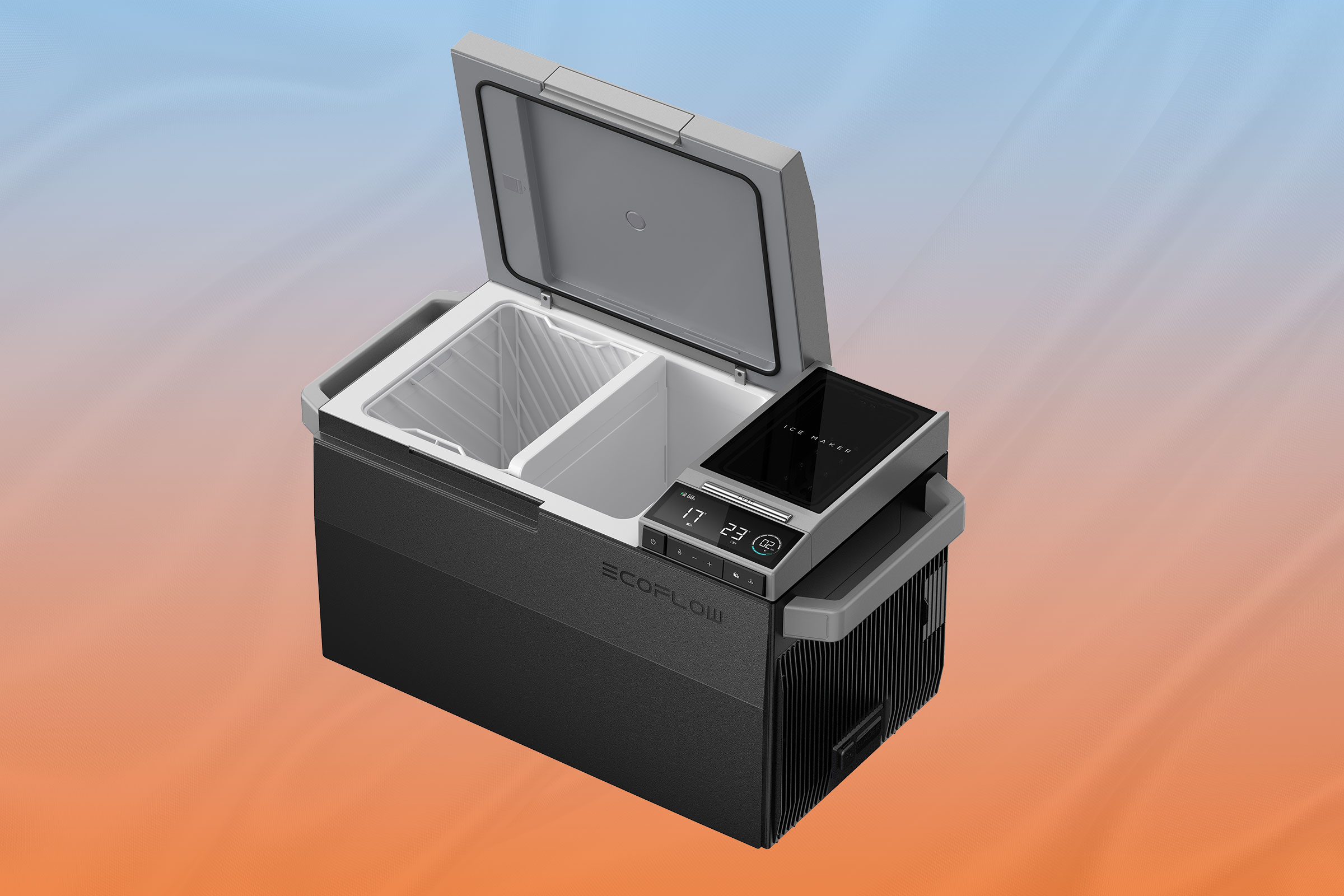
Camping usually means “roughing it.” The EcoFlow Glacier, a portable cooler that serves as refrigerator, freezer, and even ice-maker, makes it a bit less rough. The optional plug-in battery gives the Glacier power for up to 40 hours, letting it pull double-duty as a hub for charging your phones. With 39-liter capacity, the Glacier has two compartments that can range from 50°F to -13°F each. (You can also combine them into one roomy space.) EcoFlow CEO Bruce Wang says the Glacier’s 120-watt compressor can produce 18 solid ice cubes in only 12 minutes. All this can be monitored and controlled via smartphone app.
Sustaining Sustainable Energy
Niron Magnetics Clean Earth Magnet link | image
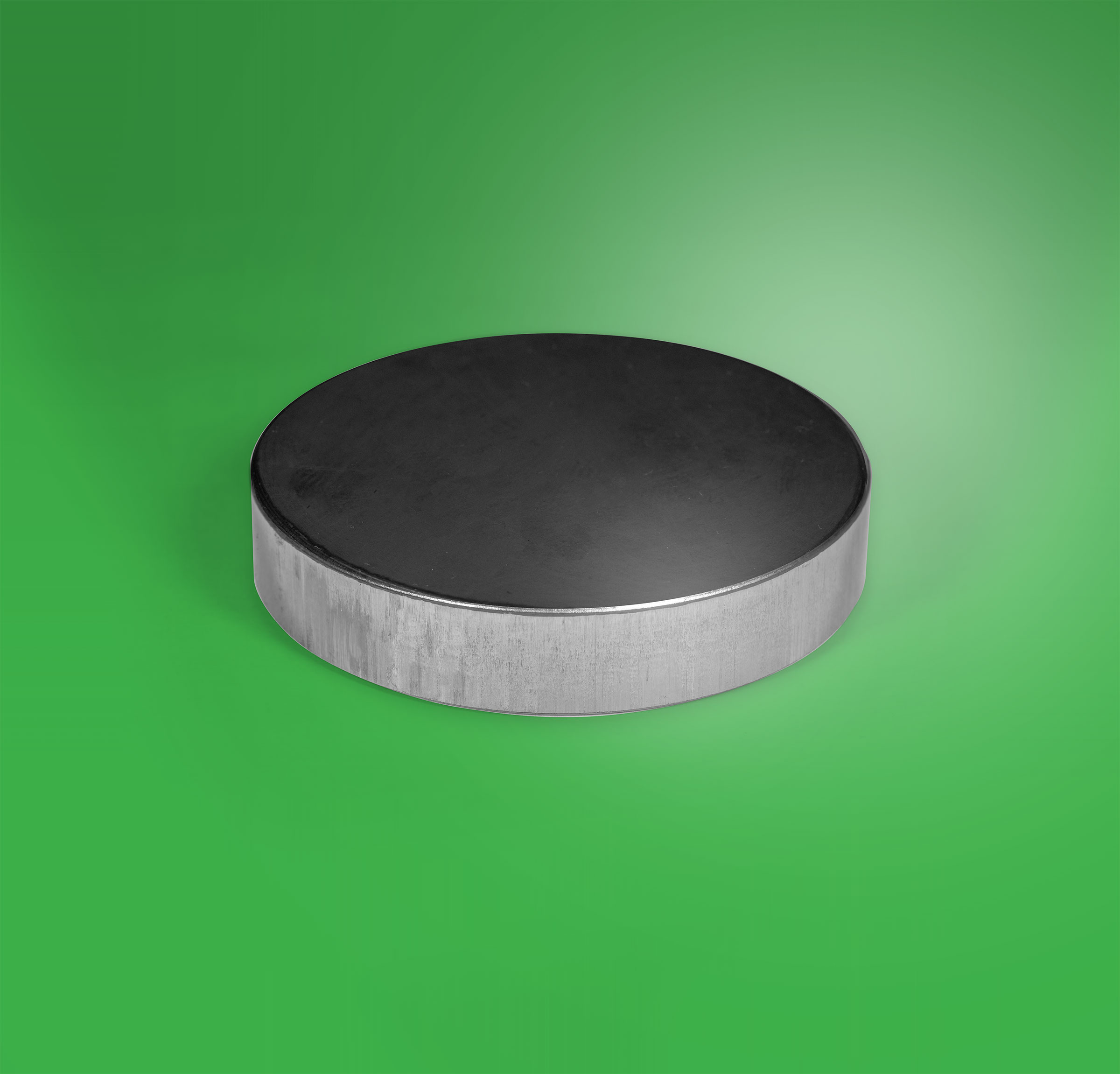
Demand for the rare-earth magnets that help power EVs and wind turbines is skyrocketing. But rare-earth mining decimates ecosystems. Minnesota-based Niron Magnetics’ Clean Earth Magnet is made from iron and nitrogen, both abundant and affordable materials, eliminating the need for rare-earth mining. Niron’s magnets are also stronger than their rare-earth counterparts. Automaker Volvo has already signed on as a partner and provided funding, while the U.S. Department of Energy has awarded Niron $17.5 million to ramp up production.
Heating Up Industry
Brenmiller Energy bGen link | image
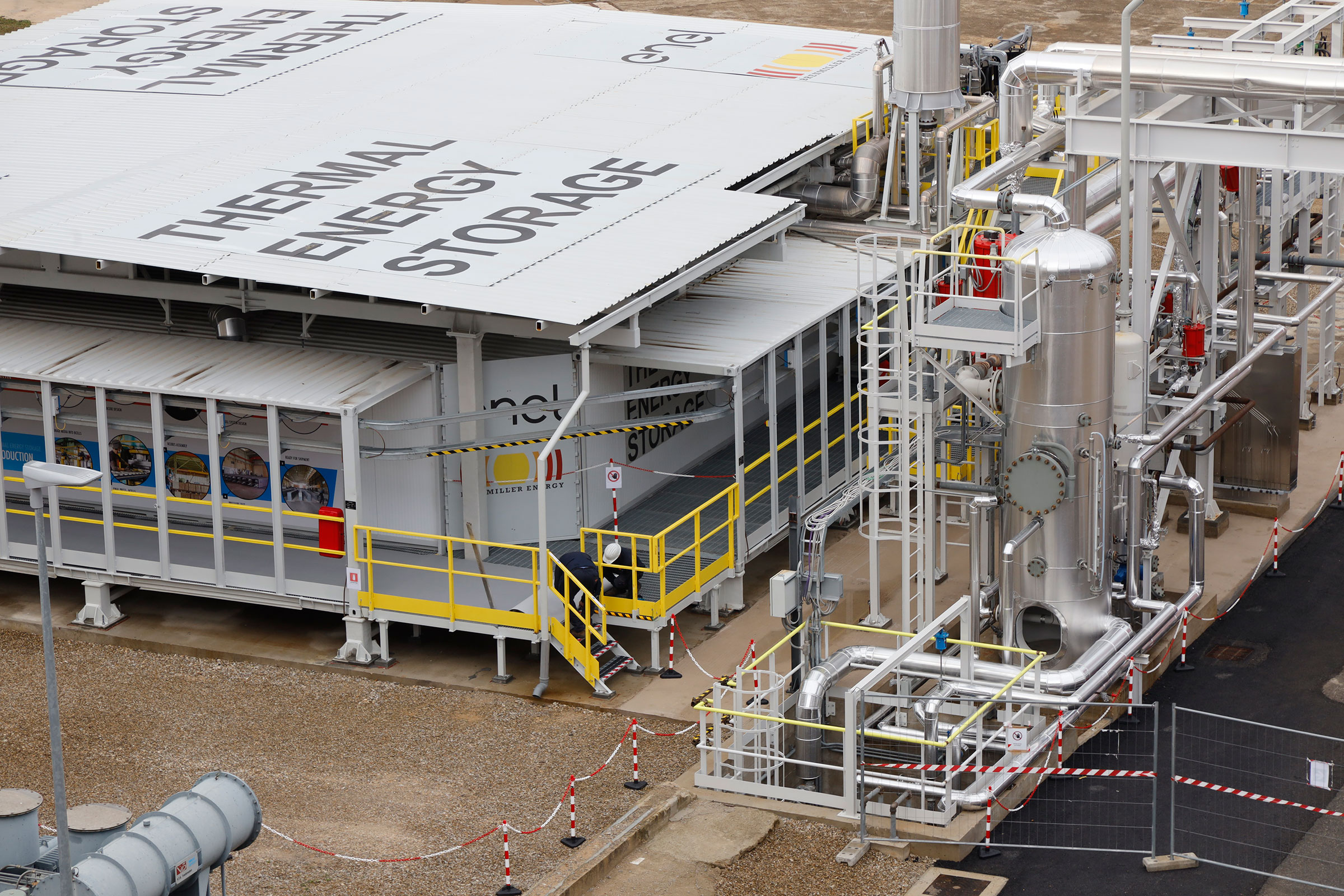
Industrial heating is expected to account for a quarter of global CO2 emissions by 2040. Brenmiller Energy is addressing this problem with bGen Zero, a battery that gets its charge from solar or wind energy. That energy then gets converted into heat, which warms up crushed rocks to extremely high temperatures for on-demand, emissions-free steam, hot water, or hot air. This year, Brenmiller opened the world’s first thermal energy storage gigafactory, in its native Israel, where it will scale up production of its bGen modules.
Pop-up Power
Sesame Solar Mobile Nanogrids link | image

Extreme weather and natural disasters have made power outages a real threat to millions. While backup diesel generators run on fossil fuels, Sesame Solar is decarbonizing offgrid power with its mobile Nanogrids. The structures, some as large as a shipping container, have rooftop solar panels that can generate power in as little as 15 minutes. If it’s cloudy, mobile green hydrogen power kicks in, offering a “continuous energy loop,” says Sesame Solar CEO Lauren Flanagan. There currently are 55 Nanogrids deployed across the U.S., including one the Air Force uses as a mobile medical clinic. Four are soon bound for war-torn Ukraine.
Mobile Solar Power
Jackery Solar Mars Bot link | image
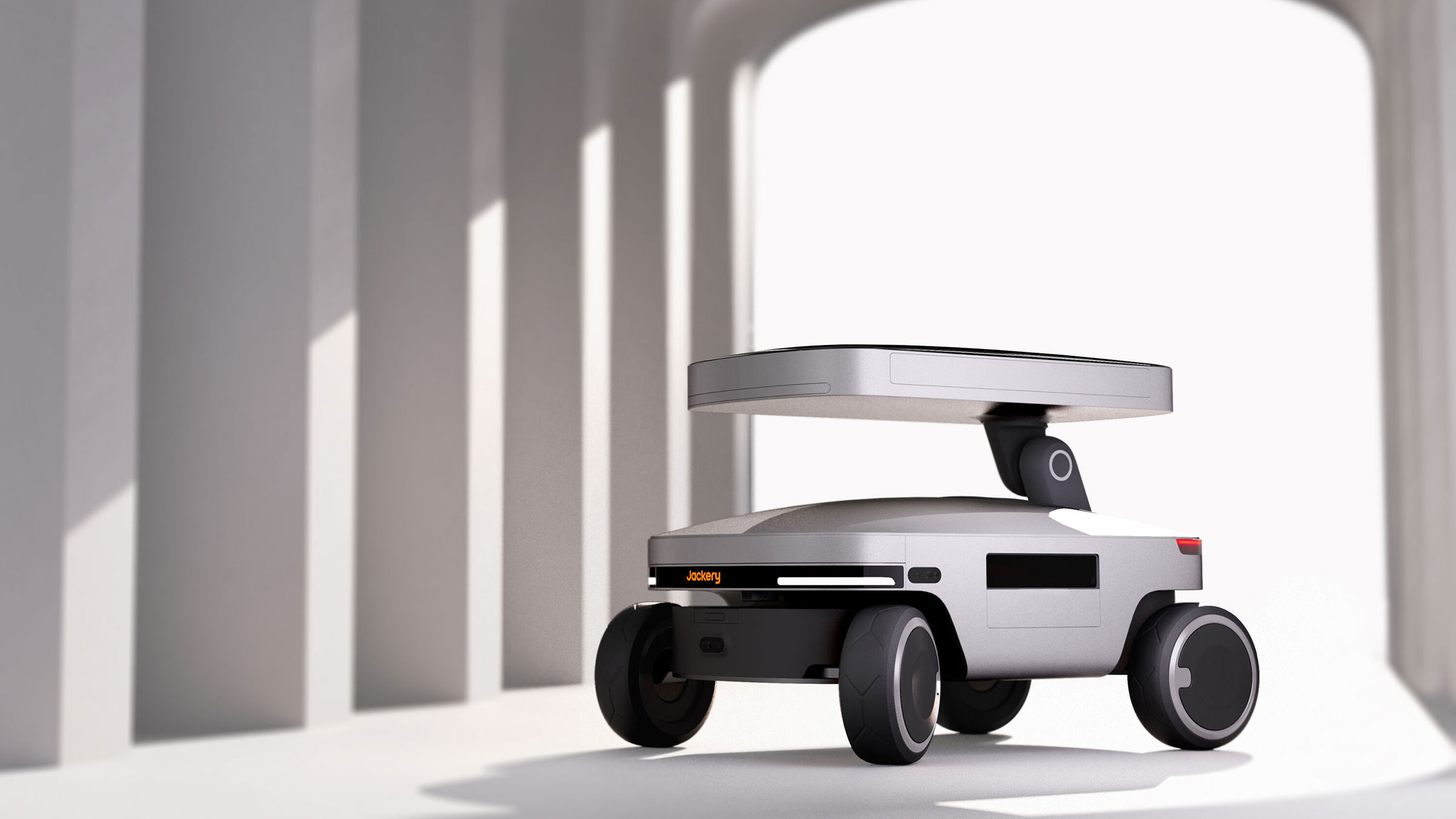
What if your solar panels weren’t stationary, but could move around like a robot? This is the futuristic concept behind the Jackery Solar Mars Bot, which looks like a small car and combines artificial intelligence, self-driving tech, and light sensors to zip around terrain and seek optimal sunlight. “The robot operates like a sunflower,” says David Bai, Jackery’s head of industrial design. “It can automatically track where the sunlight has the most power, and absorb the light with the most efficiency.” The bot stores that power in its 5-kilowatt hours battery (enough energy for two to three days for a cabin or apartment), making it an ideal replacement for gas-guzzling generators.
Ditching Diesel
Moxion Power MP-75 link | image

Most portable outdoor power comes from diesel generators. They’re loud, smelly, and terrible for the environment. Moxion’s MP-75 is a battery-powered generator, which means it uses no fuel, is almost entirely silent, and has no emissions. A single unit, which is the size of a small truck, can power entire construction sites, music concerts, and disaster response efforts, and each one is capable of running an average American home for about a month. Amazon is an investor in the company and also a customer, using Moxion’s battery-powered generators to power Amazon Studios production sets.
A Turning Point for Turbines
Keystone Tower Systems Spiral Welded Wind Tower link | image
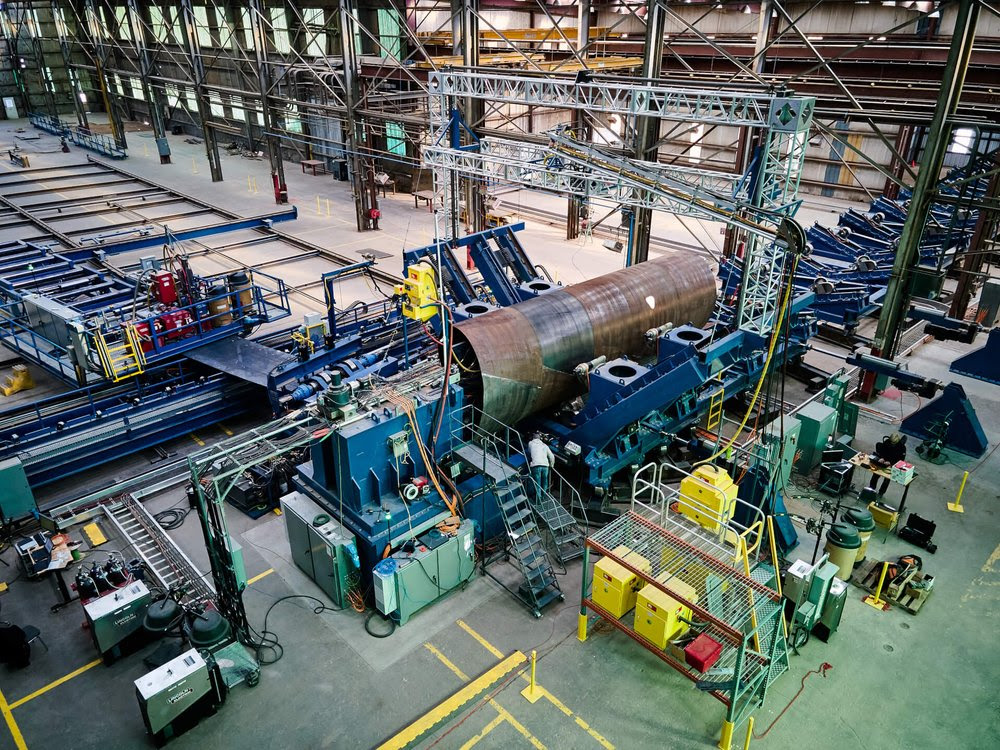
Wind power is among the greenest sources of energy around, but the sheer size and weight of wind turbines makes building and transporting them challenging. Keystone Tower Systems, aided by more than $7 million in funding from the U.S. Department of Energy, solved these issues with a spiral welding technique previously used to make steel pipelines. The process lets the company ship flat sheets of steel, then curl them into cylinders onsite, which means the towers can be built twice as tall as regular turbines, at 10 times the speed.
Energy Innovation
Form Energy Iron-air Battery link | image

When iron rusts, it swaps an electron for an oxygen molecule. Usually, that electron goes to waste. Form Energy’s batteries, which are the size of a washer-dryer set, take in oxygen to convert iron to rust, harnessing the resulting electrons and their energy. The devices can discharge power for about four straight days – lasting far longer than lithium-ion batteries, which, unlike Form Energy’s solution, require mining rare-earth minerals. “It’s like having a new tool in the tool chest,” says Mateo Jaramillo, co-founder and CEO of Form Energy. The company has five pilot projects in the works, including 10-megawatt power storage facilities in Minnesota and Colorado.
HOUSEHOLD
Unnatural Sunlight
Hunter Douglas Aura Illuminated Shades link | image

Shades used to have one job: keep the light out. The Aura Illuminated Shades do that, helping keep your home energy efficient, but they also create light of their own. The tech embraces “human-centric lighting,” which Scott Stephenson, senior director of product for global motorization at Hunter Douglas explains “is a wellness trend based on circadian rhythm.” Thanks to a separate liner of controllable LEDs in the shades, in the winter months you can wake up to what feels like natural daylight, which gets brighter over the course of 30 minutes. Or, if you’re up late and need some energy, just extend the “daylight” by lowering the shades.
Water Damage Blocker
Water Automation aquaHALT link | image

These are independent reviews of the products mentioned, but TIME receives a commission when purchases are made through affiliate links at no additional cost to the purchaser.
Fire Stopper

Traditional sprinkler systems use a brute force approach to putting out house fires, dousing everything. Talking with local firefighters, Yusuf Muhammad, the chief design officer of Automists’ parent company, Plumis, discovered that this method causes more damage than necessary, and often isn’t very effective. Automist uses data and infrared sensors to put out fires two to 14 times faster, while using 90% less water. When activated via a ceiling-mounted smoke detector, the light switch-sized, wall-mounted spray head scans the room for flames and blankets them with a concentrated blade of mist, shielding properties from excessive water damage. Catching the flames faster also reduces the amount of smoke that residents might inhale.
Light It Up
Cync Dynamic Effects Neon-Shape Smart Lights link | image
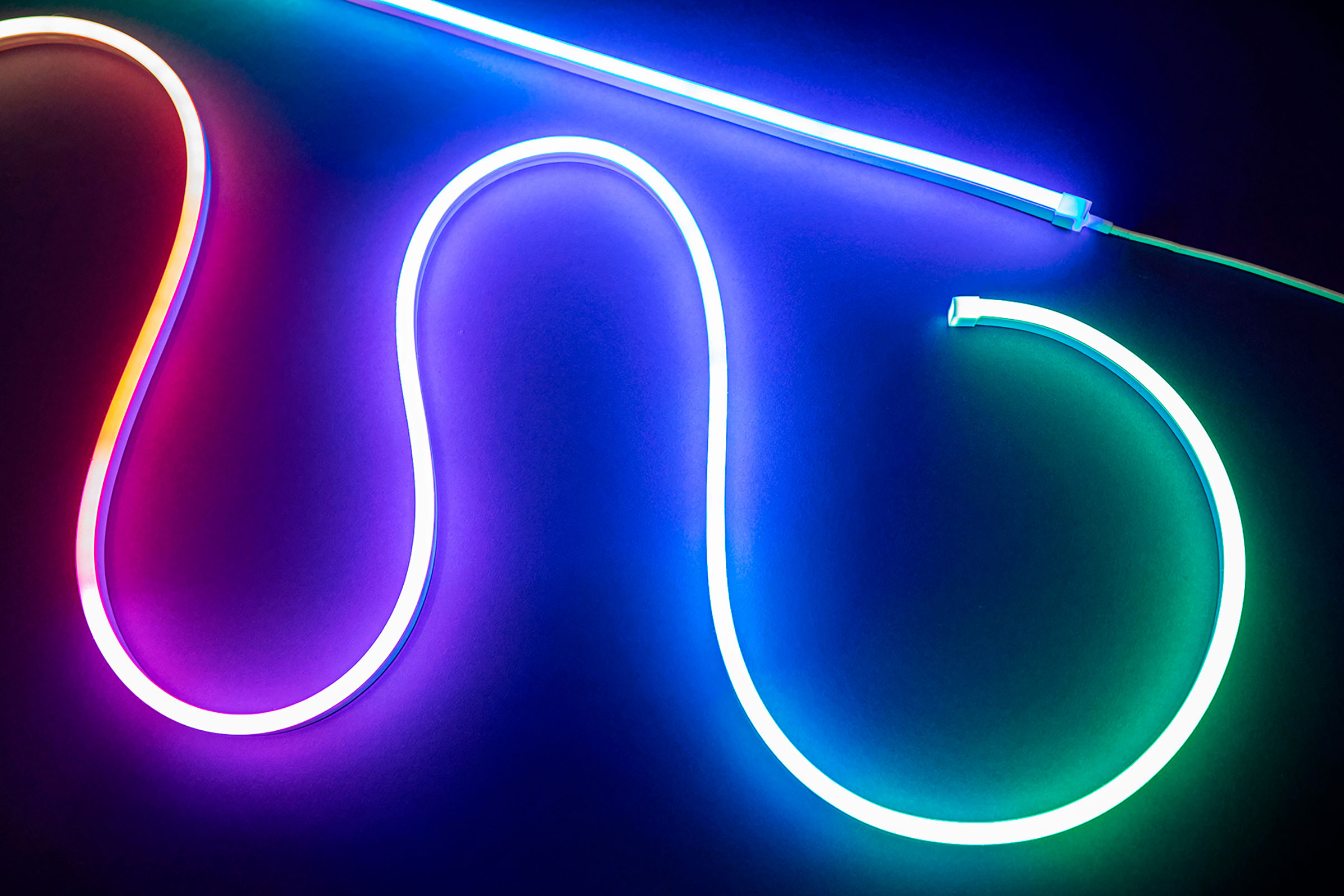
LED strip lights are increasingly popular in home-entertainment setups. But GE’s Cync Dynamic Effects Neon-Shape Smart Lights are a little different from the kind most of us are familiar with. The neon rope lights include embedded microphones, which allow them to dynamically respond to the beat of the music or sounds from the TV. The product is a dream for anyone looking to create their own light shows or make their living-room viewing experience feel immersive.
Water, Where Needed

More than a million people die each year from unsafe drinking water, often in conflict zones or after natural disasters. To address this, LifeStraw invented a solution that strips water of bacteria, parasites, and viruses at scale. Its compact, 16-lb. system attaches to an existing water supply, cleaning 40 gal. of water an hour using hollow-fiber filters that block anything larger than 20 nanometers from passing through. “We wanted something that could work both at a refugee-camp level but also where you have flooding and wildfires,” says chief brand officer Tara Lundy.
Catching Microplastics
Samsung Less Microfiber Filter link | image
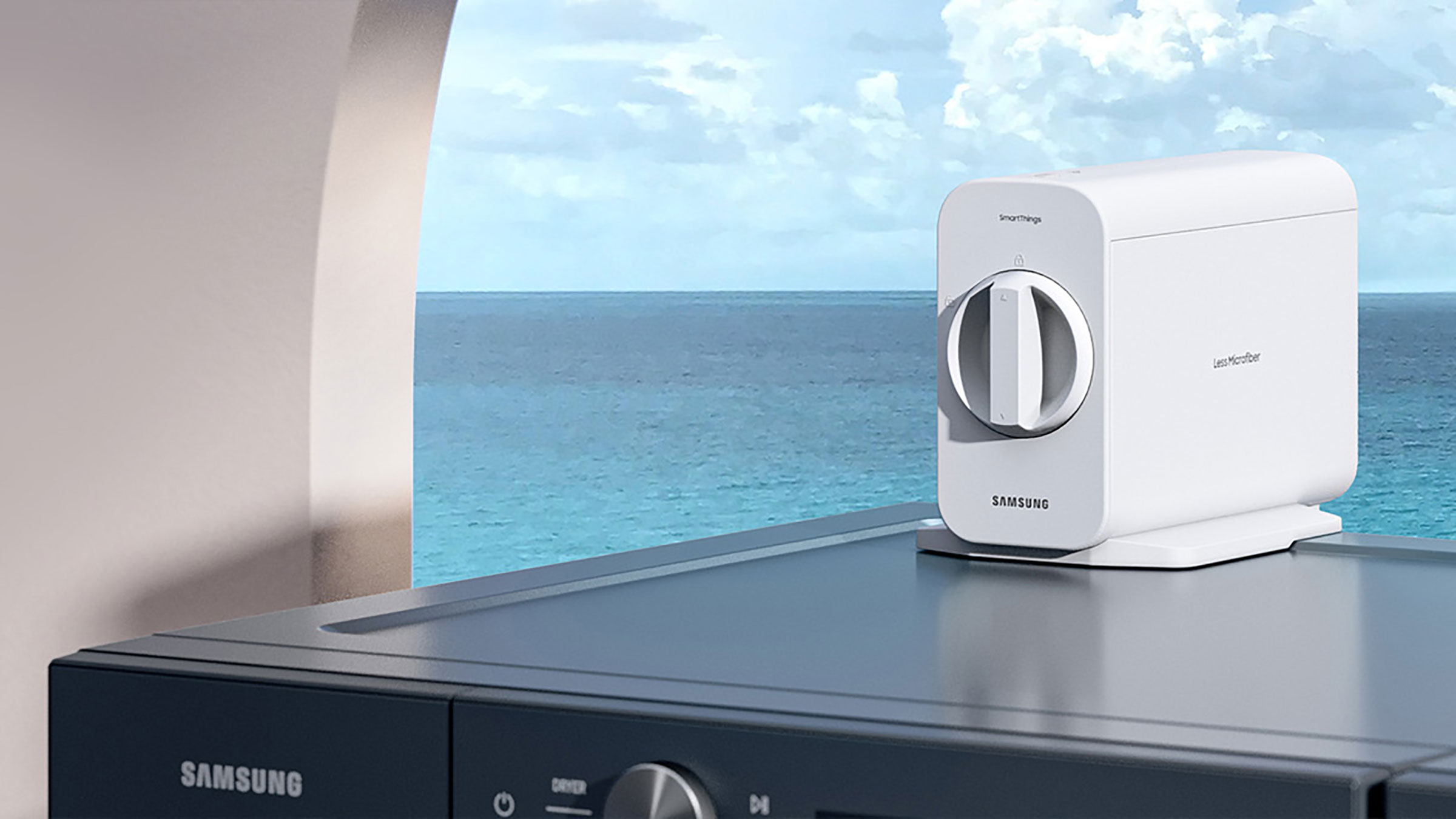
About 15% of the microplastics polluting our oceans can be traced back to synthetic fabrics. In washing machines, microfibers shed off of polyester and other clothing materials, then head to wastewater treatment facilities and, eventually, the sea. Samsung’s Less Microfiber Filter aims to break this cycle. Developed in partnership with Patagonia and conservation organization Ocean Wise, it’s compatible with any manufacturer’s washing machine—just hook it up to a drain line. Samsung says the device – currently available in the UK, Europe, Turkey, and South Korea and coming to the U.S. and Canada early next year – filters out 98% of microplastics released during the washing process.
Command Center
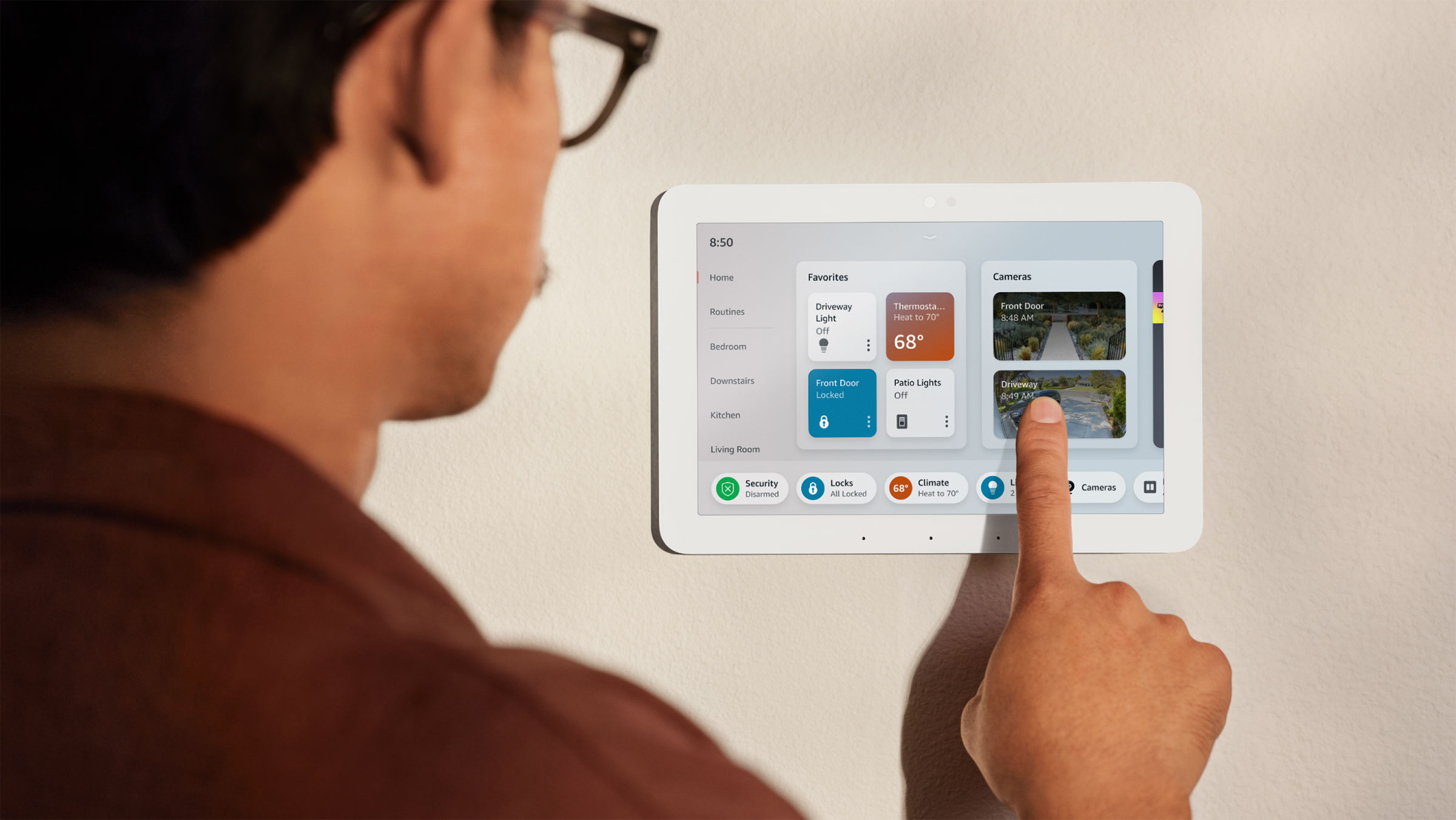
Smart homes are getting smarter, but that means a raft of apps and a tangle of cables. Thus, the forthcoming Amazon Echo Hub, the retail giant’s first Alexa-enabled smart-home control panel. Talk to or tap the 8-in. screen to manage all your smart-home devices—it’s compatible with over 140,000 gadgets, even ones from other manufacturers. “Millions of our customers have more than 20 devices connected to Alexa,” says Melissa Cha, vice president of smart home at Amazon, “and we want to make it as easy as possible to manage and control those devices in a single place.”
MEDICAL CARE
Visible Cancer
CisionVision InVision link | image

Today’s standard of care for finding lymph nodes, through which cancers spread, isn’t quite high-tech: clinicians examine samples of body tissue by hand. That’s changing with InVision, a first-of-its-kind microscope that uses shortwave infrared technology to show lymph nodes contrasted against surrounding fat tissue. By enabling more accurate cancer staging, the tool could save lives. “You end up with more suitable treatment plans,” says Jeremy Li, CEO and co-founder of Cision Vision, which launched InVision in April. It is already in major hospital systems across the country, including Stanford and Northwestern.
Respiratory Relief
Arexvy RSV Vaccine link | image

Respiratory syncytial virus, or RSV, is a common infection among both infants and older people that can lead to dangerous inflammation of the lungs and contributes to up to 240,000 hospitalizations in the U.S. annually. But until this year, there wasn’t a vaccine to protect against the virus. Now, there are several. In May, the FDA approved GSK’s Arexvy for adults over age 60, and followed with approval of Abrysvo from Pfizer for the same age group. In August, the agency approved the same Pfizer vaccine for pregnant women in order to protect newborns. And kids under age two whose moms weren’t vaccinated can now take advantage of Sanofi Pasteur’s Beyfortus, a one-time, injected antibody therapy that the FDA approved in July and improves on the previous treatment that required multiple shots throughout the winter season.
Wireless Heart Help
Abbott Aveir DR Dual Chamber Leadless Pacemaker System link | image
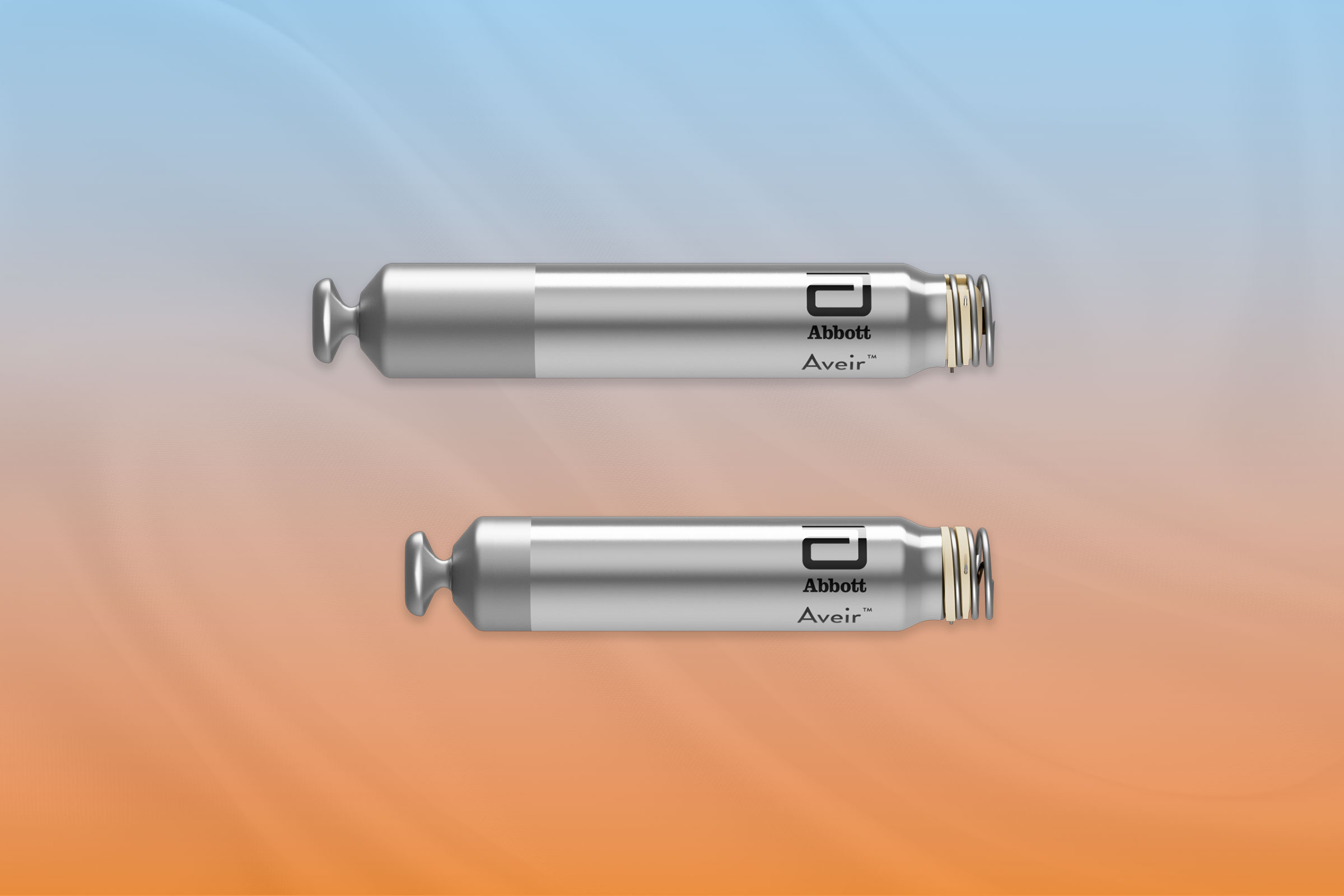
If you have a dual chamber pacemaker, there’s a constant reminder it’s there: a set of wires, called leads, that connect the two chambers snake from your heart to a pocket on your skin, and can restrict movement or cause infections. The newly FDA-approved Aveir DR, however, is inserted through a catheter with no wires or visible scar. Two small battery-like devices are placed in each chamber of the heart, syncing together wirelessly by electrical impulses. Matthew Fishler, the lead engineer who created Aveir DR, has heard that patients love the device in part because “there’s no physical visible presentation,” he says. “They feel like they don’t have one.”
Ditching the Eye Patch

Some 3% of all children have amblyopia—or “lazy eye”—meaning one eye’s input is processed clearly by the brain, leaving the other out of focus. A traditional treatment is unideal: wearing a patch over the good eye at least a few hours a day for weeks or longer to retrain the weaker eye. Scott Xiao, co-founder and CEO of Luminopia, created an alternative: a virtual reality headset that can display cartoons with different portions of the image shown to each eye that are blurred or eliminated, forcing the brain to better combine the input from both eyes. Children need to use the headset for just one hour a day, six days a week; vision can improve in as little as three months.
An Innovative Approach
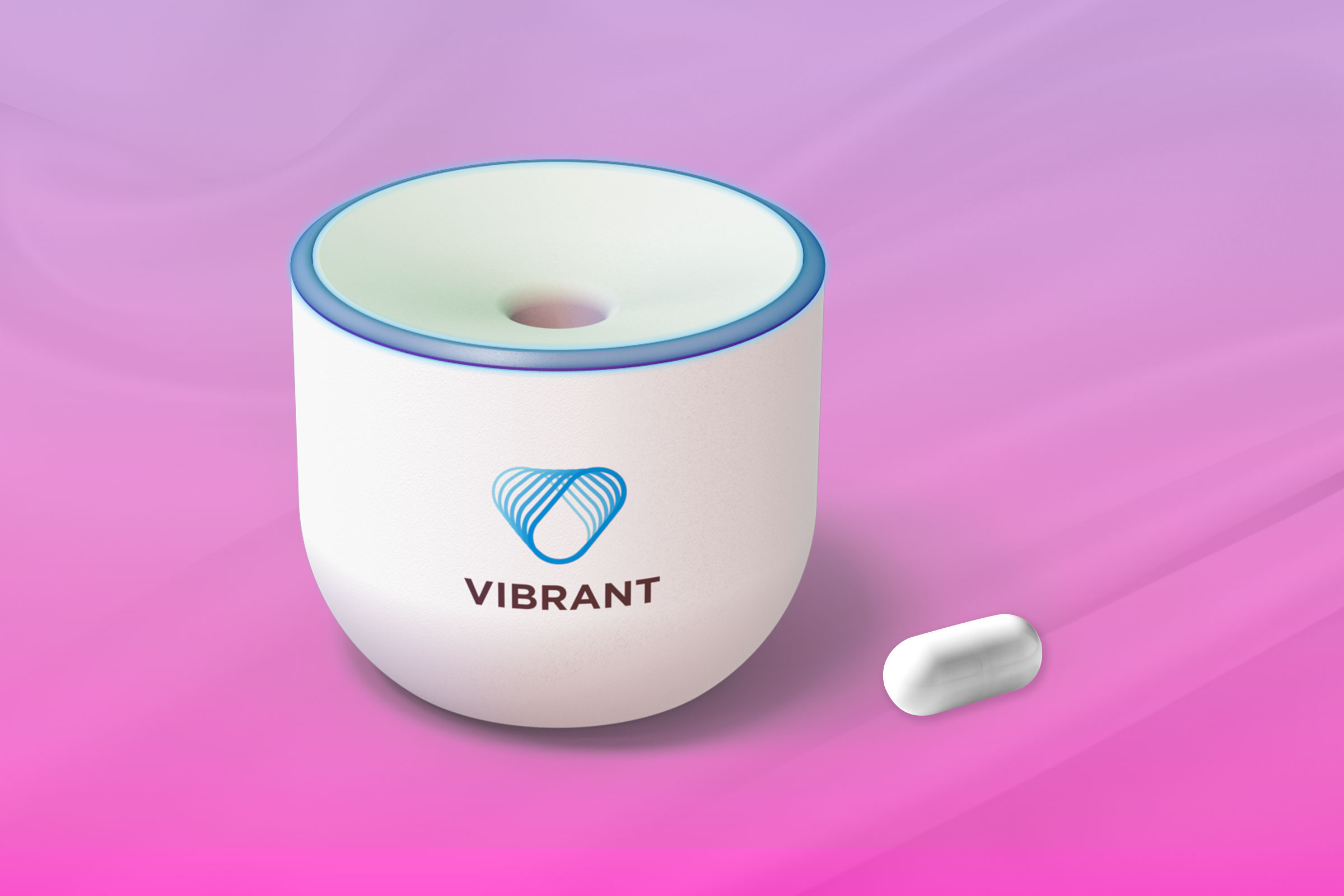
Traditional constipation medications often come with unpleasant side effects like diarrhea, nausea, and headaches, says Dr. Satish Rao, scientific advisor to Vibrant Gastro. That’s not the case with the company’s Vibrant System—a prescription, non-pharmacological capsule programmed to vibrate eight to 10 hours after ingestion, when it reaches the large intestine. The vibrations stimulate nerve cells involved in peristalsis, the process that pushes food through the digestive system. When the capsule’s work is done, it passes through the patient and is flushed away. Nearly 40% of people who received the capsule in a Vibrant clinical study reported one or more additional bowel movements per week compared to their baseline.
Improving Stroke Recovery
MicroTransponder Vivistim Paired VNS System link | image
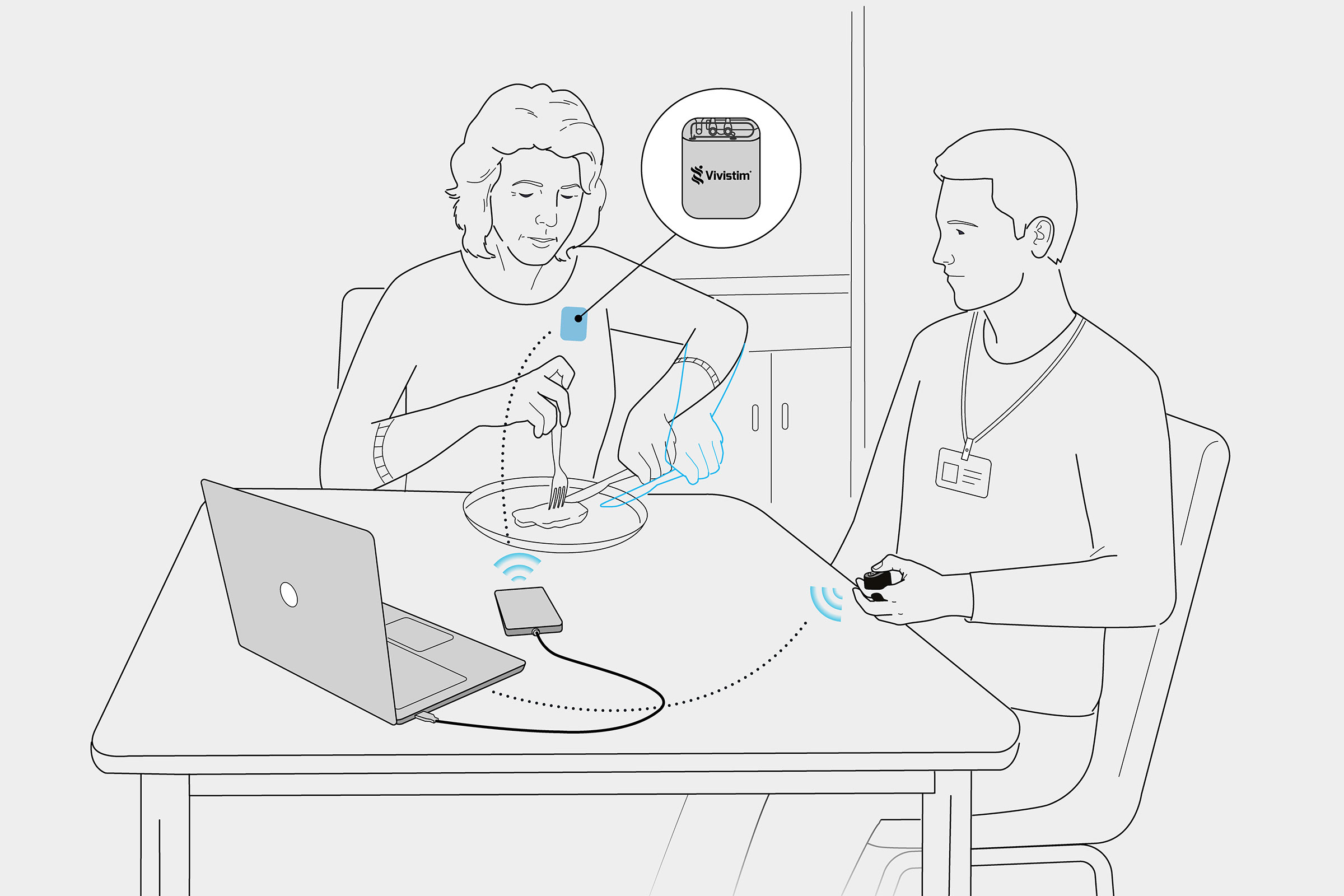
MicroTransponder’s Vivistim Paired VNS system is a chest implant that helps chronic ischemic stroke survivors regain impaired motor function in their arms and hands by stimulating the nearby vagus nerve, the body’s “superhighway” of electrical signals. It’s the first product to do so for strokes, earning it the FDA’s breakthrough device designation. Vivistim works to boost the effects of physical therapy, facilitating the development of strength and dexterity at two to three times the degree of recovery without it. “We can implant something, and six weeks later, people are having clinically improved benefits,” MicroTransponder CEO Richard Foust says.
Postpartum Relief

For the first time, there’s a pill that specifically treats postpartum depression. The U.S. Food and Drug Administration (FDA) this year approved zuranolone, or Zurzuvae, which women can take daily for 14 days to address depression after delivery. The pills, made by Sage Therapeutics and Biogen, can start to improve mood in as little as three days. They could also dramatically increase the number of women diagnosed and treated for the condition; the only other drug treatment approved for postpartum depression is an intravenous medication that women get over 60 hours while admitted in a hospital-like setting. Experts say that an oral drug that works so quickly could alleviate some of the downstream effects of postpartum, especially on the bond between mother and baby.
A More Accurate Diagnosis
Thermo Fisher Scientific Preeclampsia Blood Tests link | image

There hadn’t been a major diagnostic advance for preeclampsia – a potentially life-threatening high blood pressure condition that develops in 5 to 7% of all pregnancies and disproportionately affects Black women – in over a century. But in May, the FDA cleared two tests developed by Thermo Fisher Scientific that, based on the concentration of certain biomarkers in the patient’s blood, can quickly predict whether a pregnant person hospitalized with hypertension will develop severe preeclampsia within the next two weeks. “It’s changing the way that clinicians are able to get an objective reading and then make a decision” to prioritize treatment or discharge the patient, says Tina Liedtky, president of Thermo Fisher Scientific’s clinical diagnostics division.
Cooler Medicine
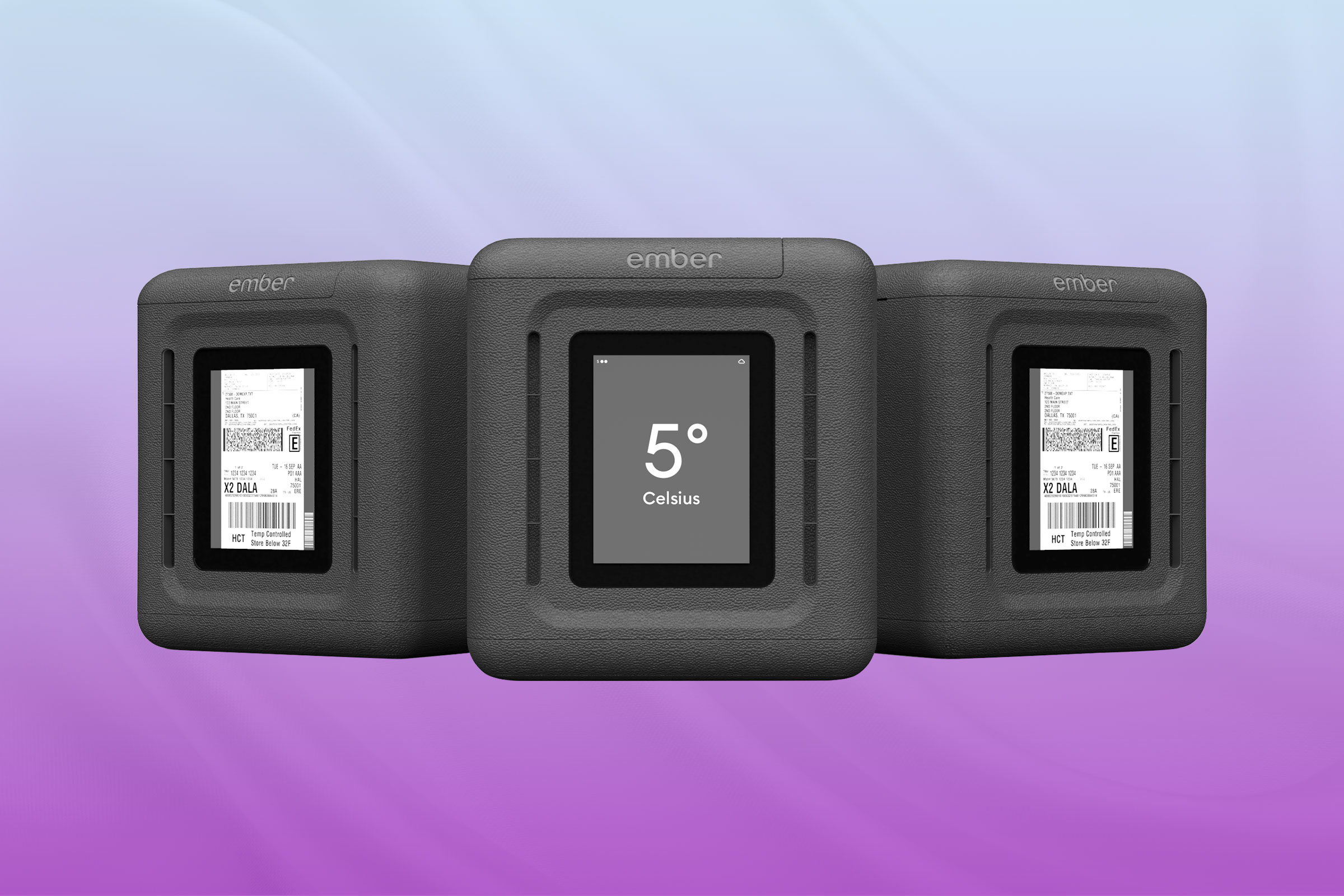
Ember founder and CEO Clay Alexander invented the Ember Mug, the temperature-controlled coffee cup first sold at Starbucks in 2016. But he didn’t want that to be his legacy. “What can we do with our temperature-control technology that can help save lives?” Alexander recalls thinking. Unsteady temperatures can be disastrous when shipping and storing medical products, so he created the Ember Cube, a reusable shipping box with built-in sensors that track the temperature of medical liquids and adjust settings accordingly using the company’s proprietary refrigeration system. This year, the Boston Marathon used the Cube to ship blood samples to Utah for drug testing, a trial that led to an Ember partnership with the U.S. Anti-Doping Agency.
Hope for Diabetics
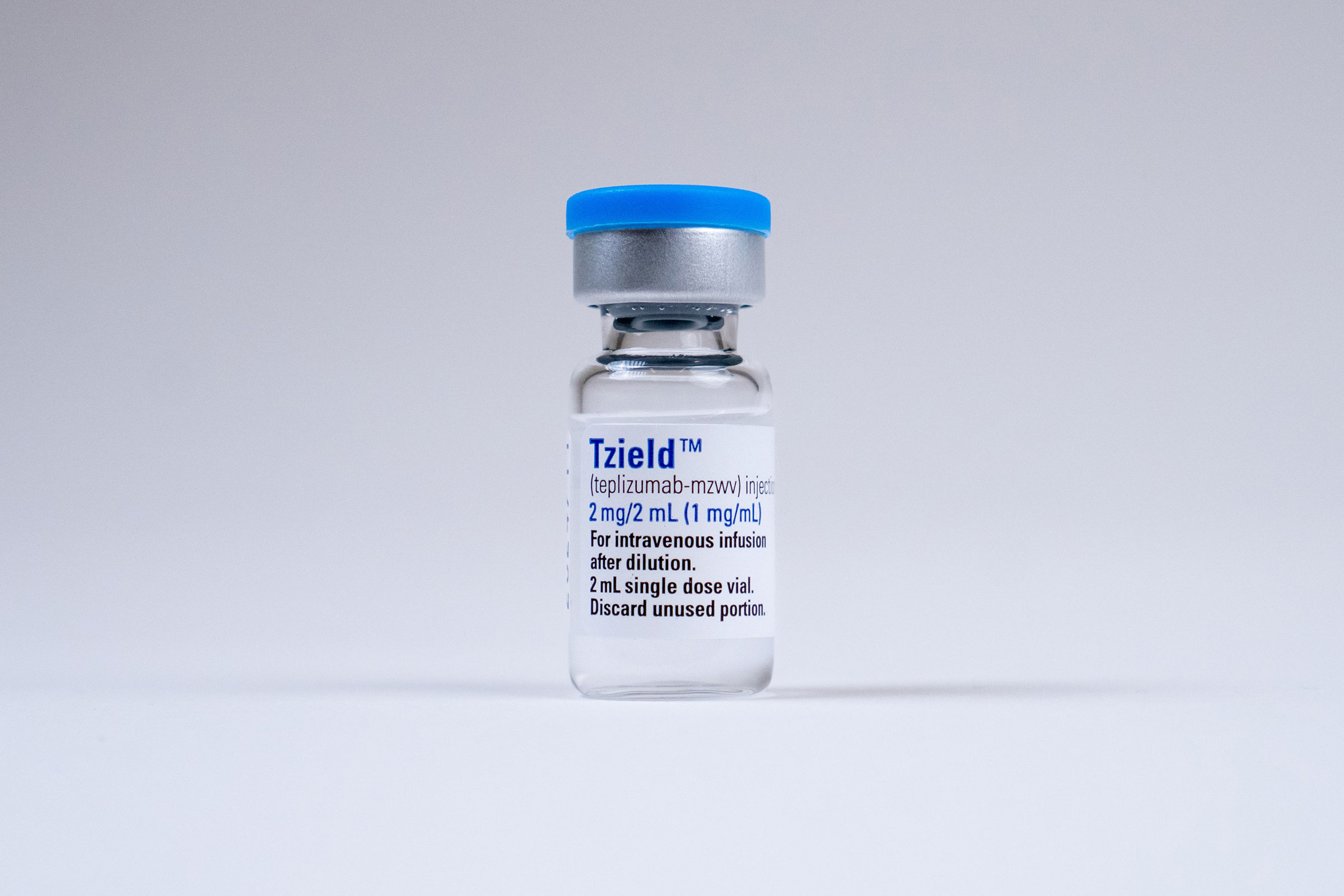
Insulin injections or pumps are routine for people with type 1 diabetes, but they aren’t a cure. Teplizumab (Tzield), developed and distributed by Provention Bio and Sanofi, however, may bring us one step closer to one. The drug, which patients inject daily for 14 days, is an antibody that prevents immune cells from attacking the insulin-making cells that are important for controlling blood sugar. It’s expensive (about $193,000 for a 14-day course), but it’s the first treatment to address the actual cause of type 1 diabetes. In one study, people on the verge of developing type 1 diabetes who received the drug were able to double the time it took to get diagnosed compared to those who received placebo.
A Battlefield OR
SurgiBox SurgiField link | image

In war, injuries can’t always be treated in a sterile operating theater. “We offer high-quality care and safe surgery at the point of need,” says Debbie Teodorescu, founder of MIT spinout SurgiBox. Its SurgiField system is a three-part, battery-powered surgical environment: a bubble inflated from a backpack and pumped with filtered air. SurgiBox has donated dozens to Ukraine’s army; the country’s military says they’ve saved at least 31 lives.
A Promising Treatment for Alzheimer’s
Eisai & Biogen Leqembi link | image

Lecanemab (Leqembi), made by Eisai and Biogen, is only the second drug approved by the FDA to treat Alzheimer’s disease, and it may be the most effective. In studies, Leqembi slowed cognitive decline as measured on tests and tasks of daily living by 27% compared to placebo. Patients receive the drug, which helps to reduce build up of the amyloid protein in the brain that can compromise brain function, intravenously once every two weeks at an infusion center. The drug can cause brain swelling, especially among those with genes that put them at higher risk for developing Alzheimer’s, but regular scans and tapering back on doses can control that risk.
Life-saving Alerts
Targeted Real-Time Early Warning System link | image

Every hour treatment for sepsis is delayed, the risk of the patient dying increases by as much as 8%, making the systemic infection a leading cause of death in hospitals. But sepsis is hard to diagnose because its symptoms (such as fever) are so common in hospital patients. The Targeted Real-Time Early Warning System–developed by researchers at Johns Hopkins University and Bayesian Health–uses AI to analyze a patient’s medical records, symptoms, and lab results, alerting a clinician to probable sepsis cases. “The typical early-alert systems run at about 20% to 30% sensitivity,” says Suchi Saria, founder and CEO of Bayesian Health. “Our system was able to catch 82%.”
Pharmaceutical Sensation
Novo Nordisk Semaglutides link | image
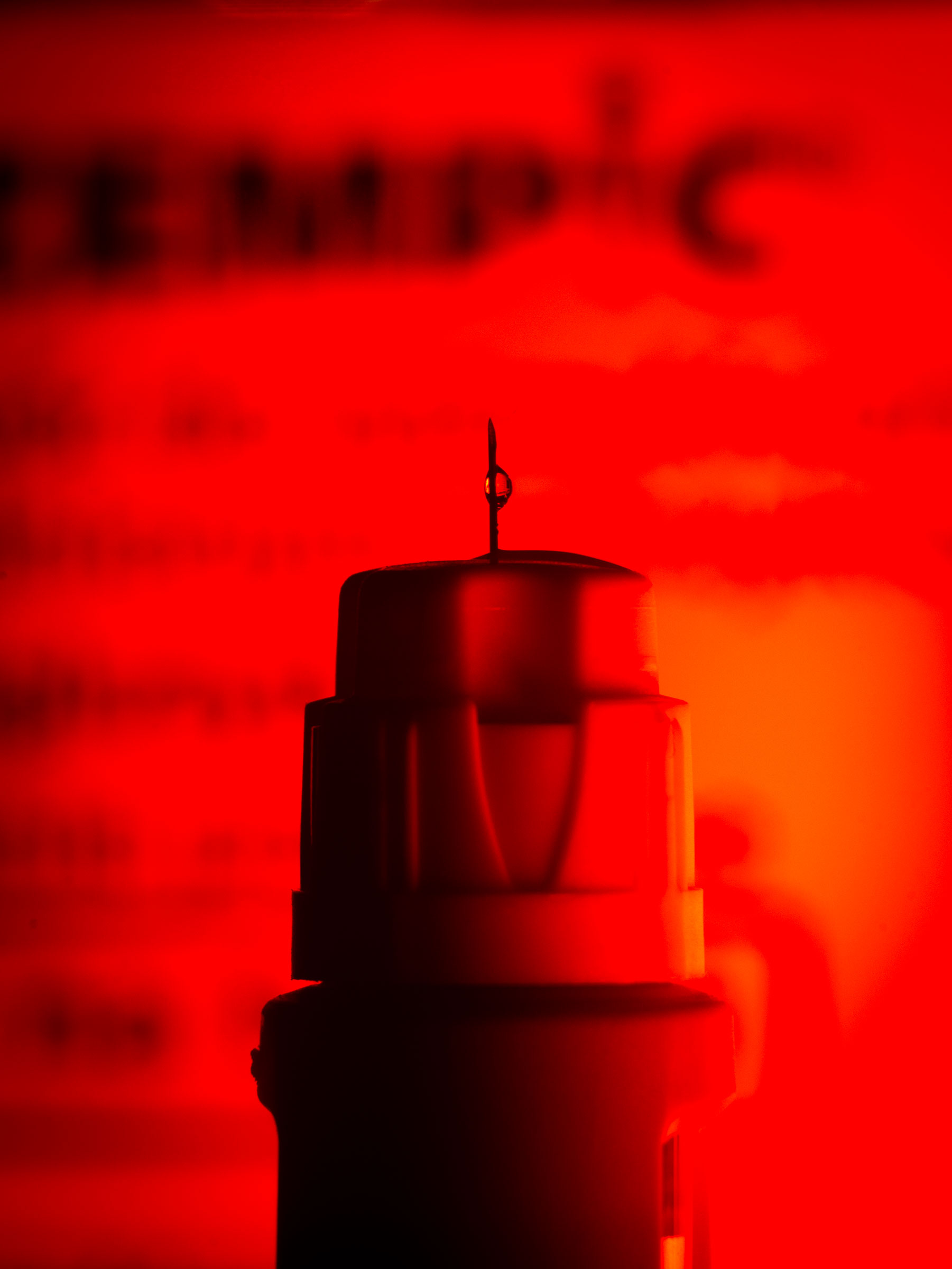
Novo Nordisk’s Ozempic, Wegovy, and Rybelsus are all part of the same class of drugs called semaglutides, which originally were developed to treat type 2 diabetes—in part by helping people shed pounds better than any previous medication and therefore control their blood sugar. But it wasn’t until recently that their weight-loss feature propelled them to be among the most in-demand prescription medications. Still, the drugs aren’t without controversy over inappropriate use and side effects, including stomach and intestinal issues, that have prompted a warning from the FDA.
Accurate Insulin
iLet Bionic Pancreas link | image

Nearly 7.5 million American adults take insulin, but getting the dosage right can be tough, says Ed Damiano, co-founder of Beta Bionics. Inspired by his diabetic son, Damiano spent 20 years creating the iLet, a credit-card-size, AI-powered smart device that links to a tube plugged into a patient’s body. Similar to existing options, it monitors glucose levels every five minutes. Unlike others on the market, it dispenses appropriate insulin microdoses when needed. The device was approved by the FDA in May, and recently gained Medicare and Medicaid approval.
OUTDOORS
Better Boating
Sharrow MX Propeller link | image
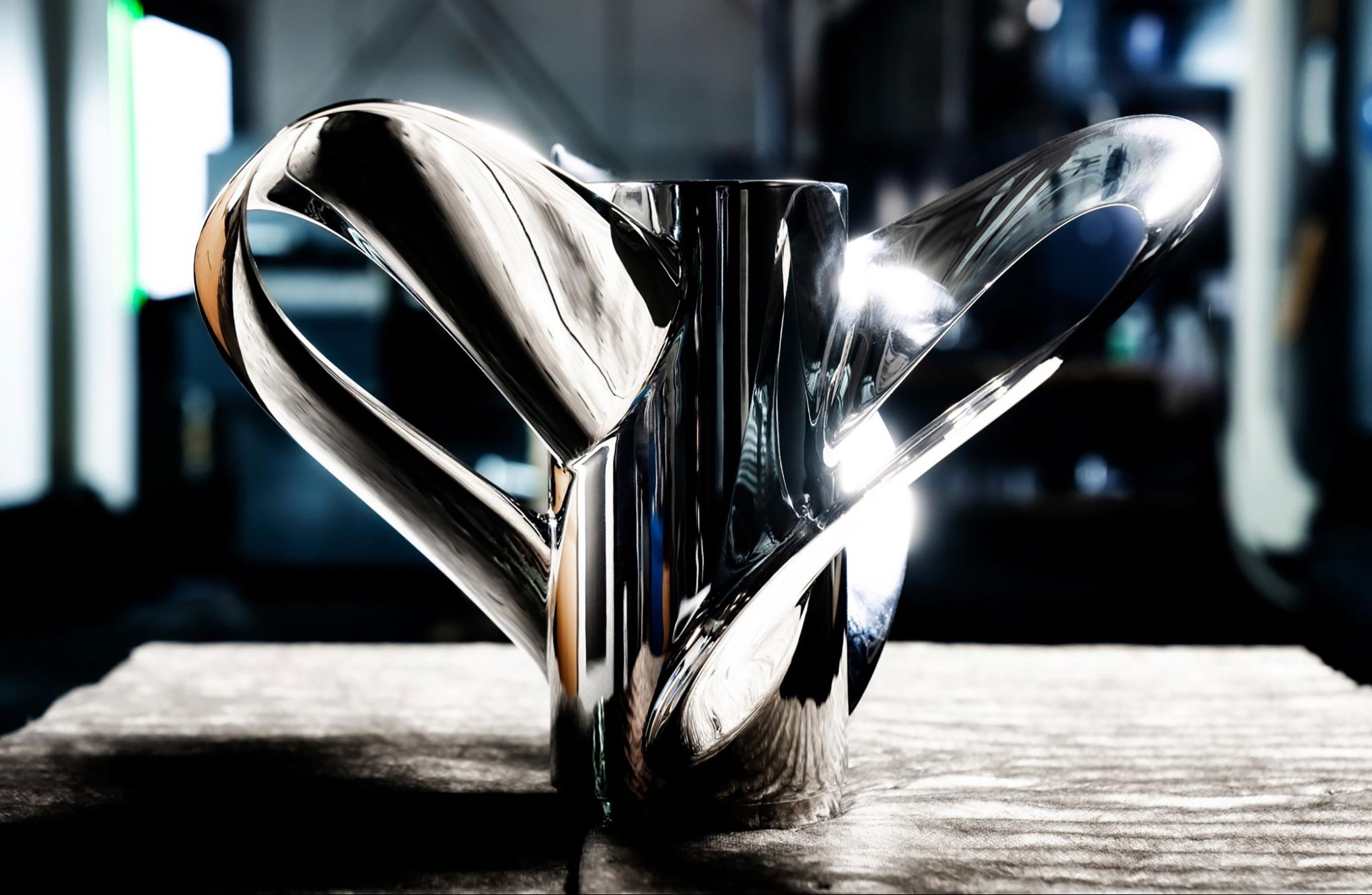
Sharrow Marine founder Greg Sharrow came up with his idea for a better propeller while trying to design a drone quiet enough to shoot video of classical music concerts. It was easier to test his propeller in water than it was to repeatedly fly a drone—which gave him the idea for what would become a series of boat propellers. More than a decade later, Sharrow Marine’s new MX propeller is 80% quieter than competitors, making it less disruptive to wildlife, and its looping design makes it up to 30% more efficient than standard boat propellers.
Trunk Show
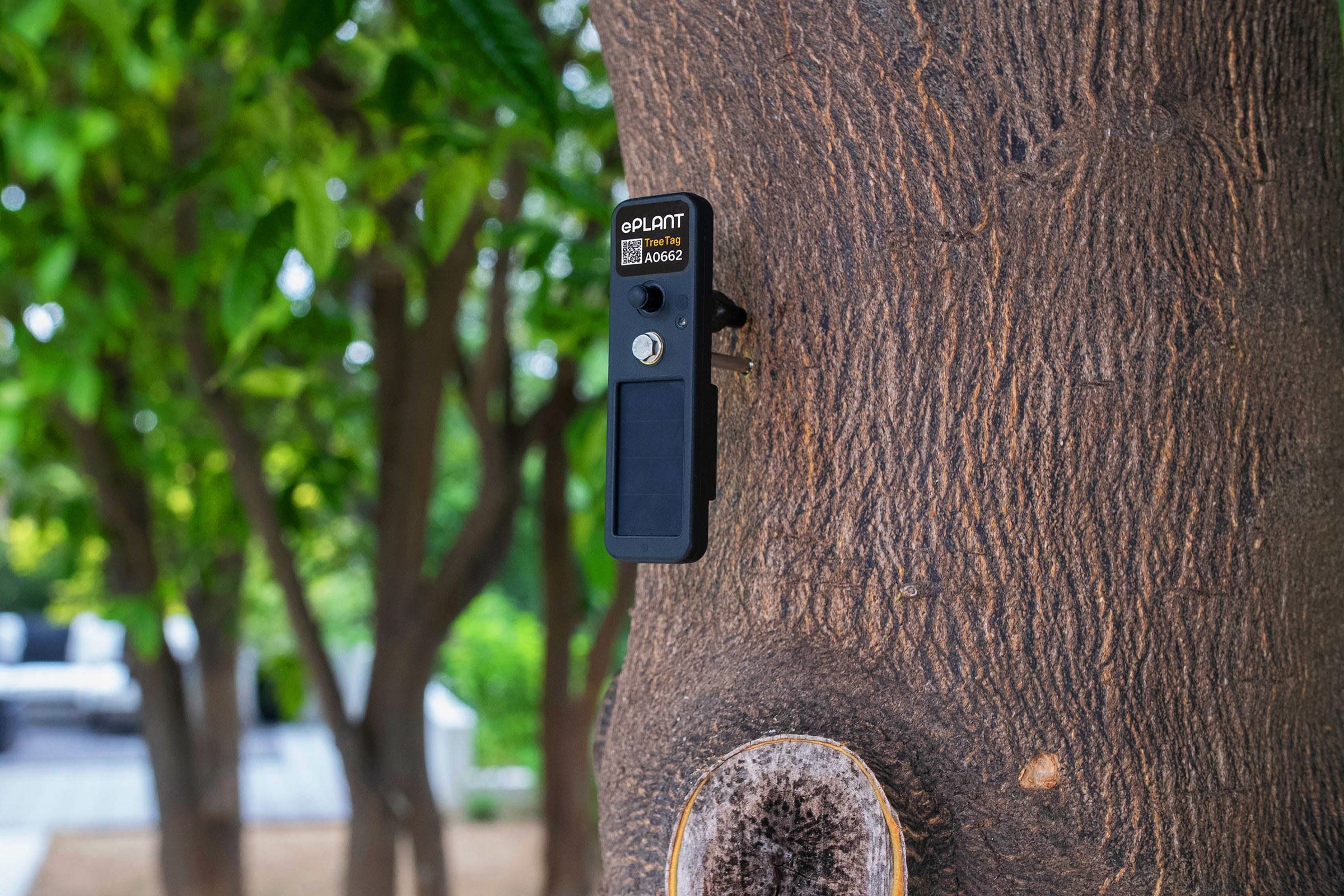
After wildfires ripped through Maui in August, staff at ePlant set up 15 of their TreeTags on the Lahaina region’s largest banyan tree, which had been damaged, to help arborists understand how to help it recover. The TreeTag sticks into the trunk, combining sensors and AI to measure growth, keep track of water and light inputs, monitor carbon capture, and store the data in the cloud. “Trees have their own unique way of communicating, and our sensors are like their translators,” co-founder and CEO Graham Hine says. Anyone with trees in their yard will find the information helpful in keeping them healthy.
Walk the City
Shift Robotics Moonwalkers link | image
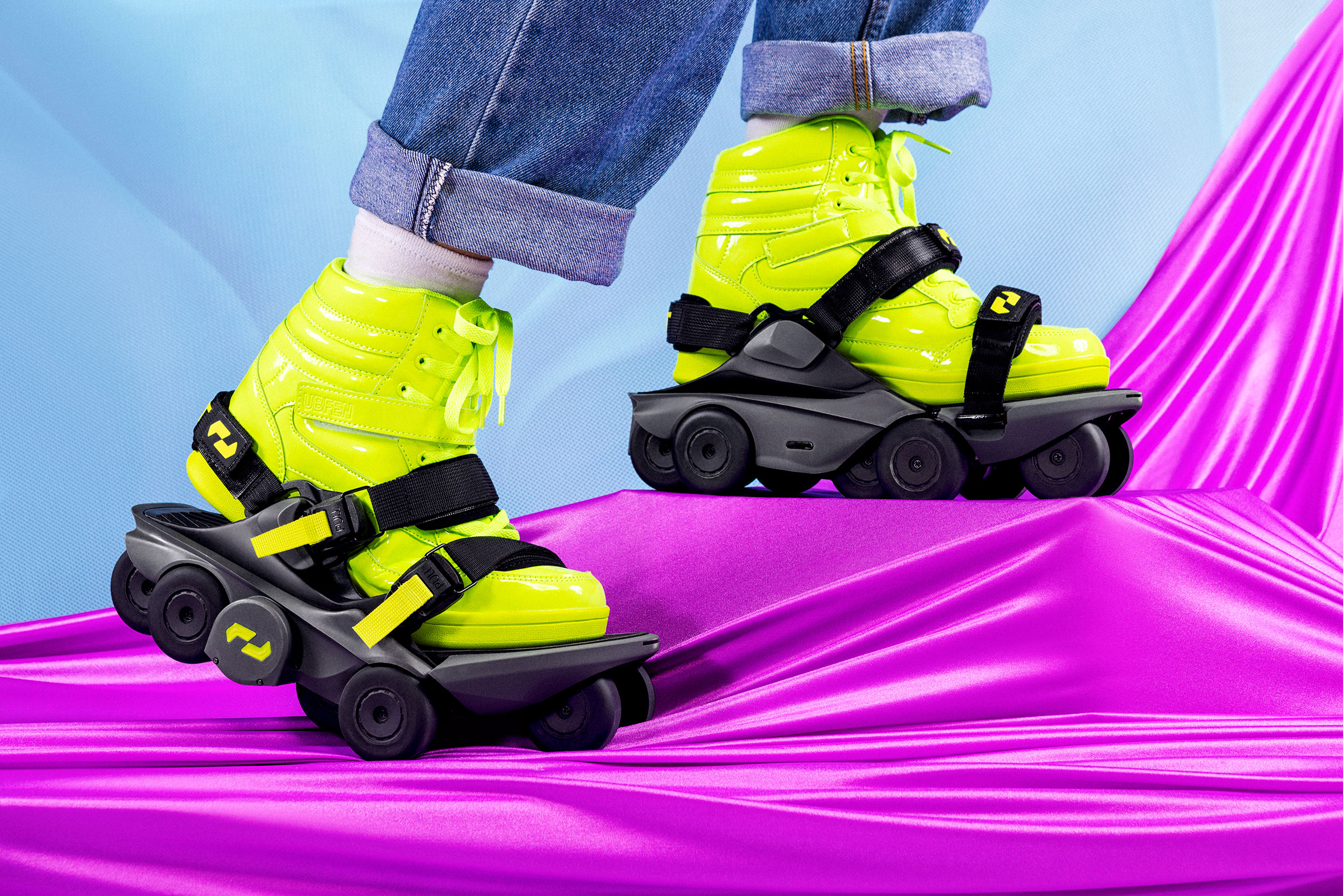
These battery-powered wheeled shoes allow you to walk normally (not skate), just faster and more easily. The Moonwalkers use AI to sense when you’re speeding up or slowing down and adjust themselves accordingly, and the wheels lock when you’re taking the stairs. Tested in Pittsburgh, Baltimore, New York City, and Washington, D.C., the shoes allow you to walk at speeds up to 7 m.p.h.—250% faster than your average gait—so you can travel farther without tiring out.
Avian AI
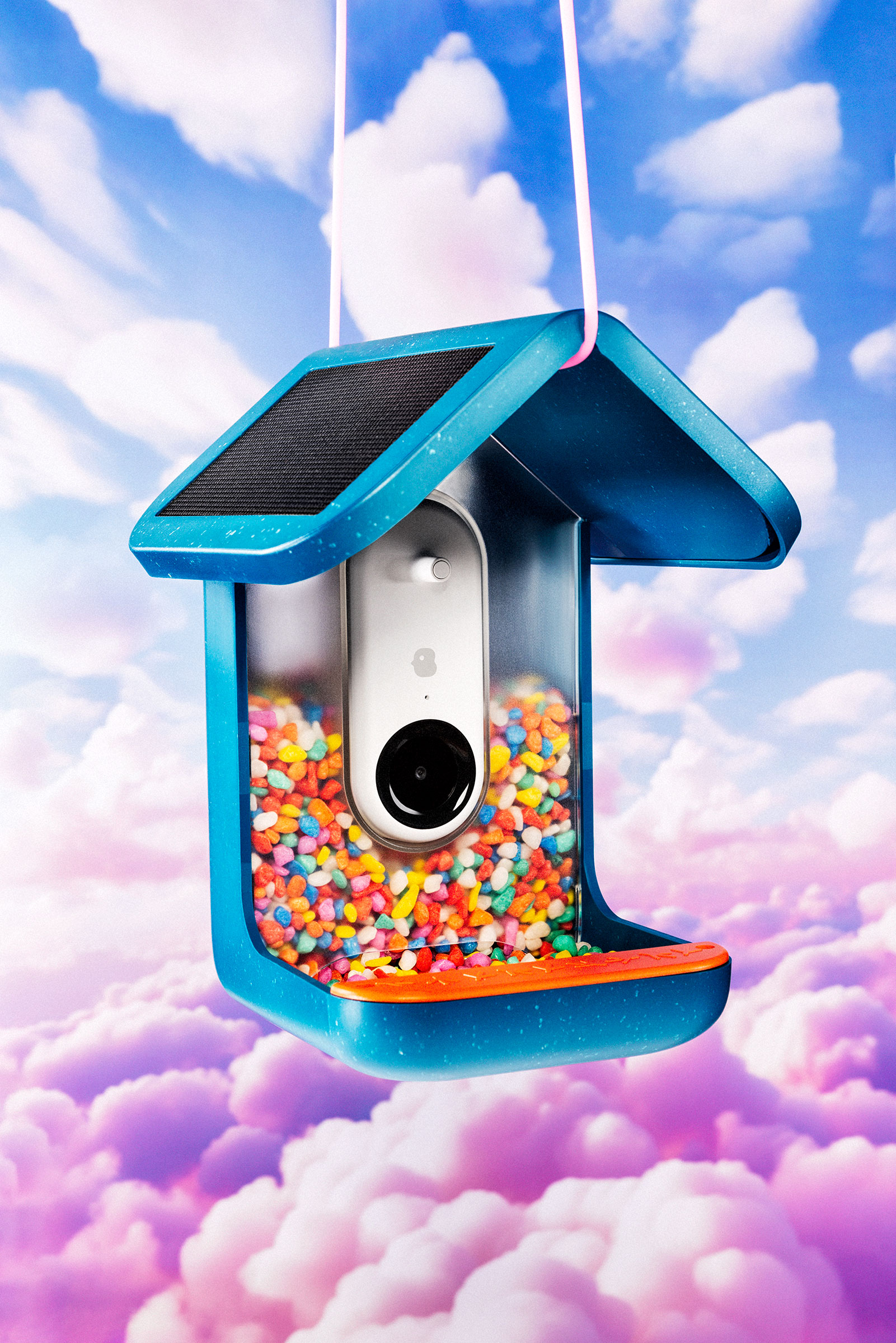
Bird-watching just got high-tech. Buddy’s wi-fi-connected, battery-operated bird feeder has a discreet camera that snaps high-quality pictures and videos of your feathered friends and sends them right to your phone. Even better, each image is processed through Bird Buddy’s own AI model, which can quickly identify over 1,000 species. And if it can’t name a certain bird, worry not—an Ask the Community feature lets other users figure it out for you (a staffer reviews it for accuracy). In September, the company added the Bird Buddy Explore feature, which is like streaming for bird watchers: anyone with the app can check out feeds from dozens of Bird Buddy cameras across the globe.
Fire Without the Smoke
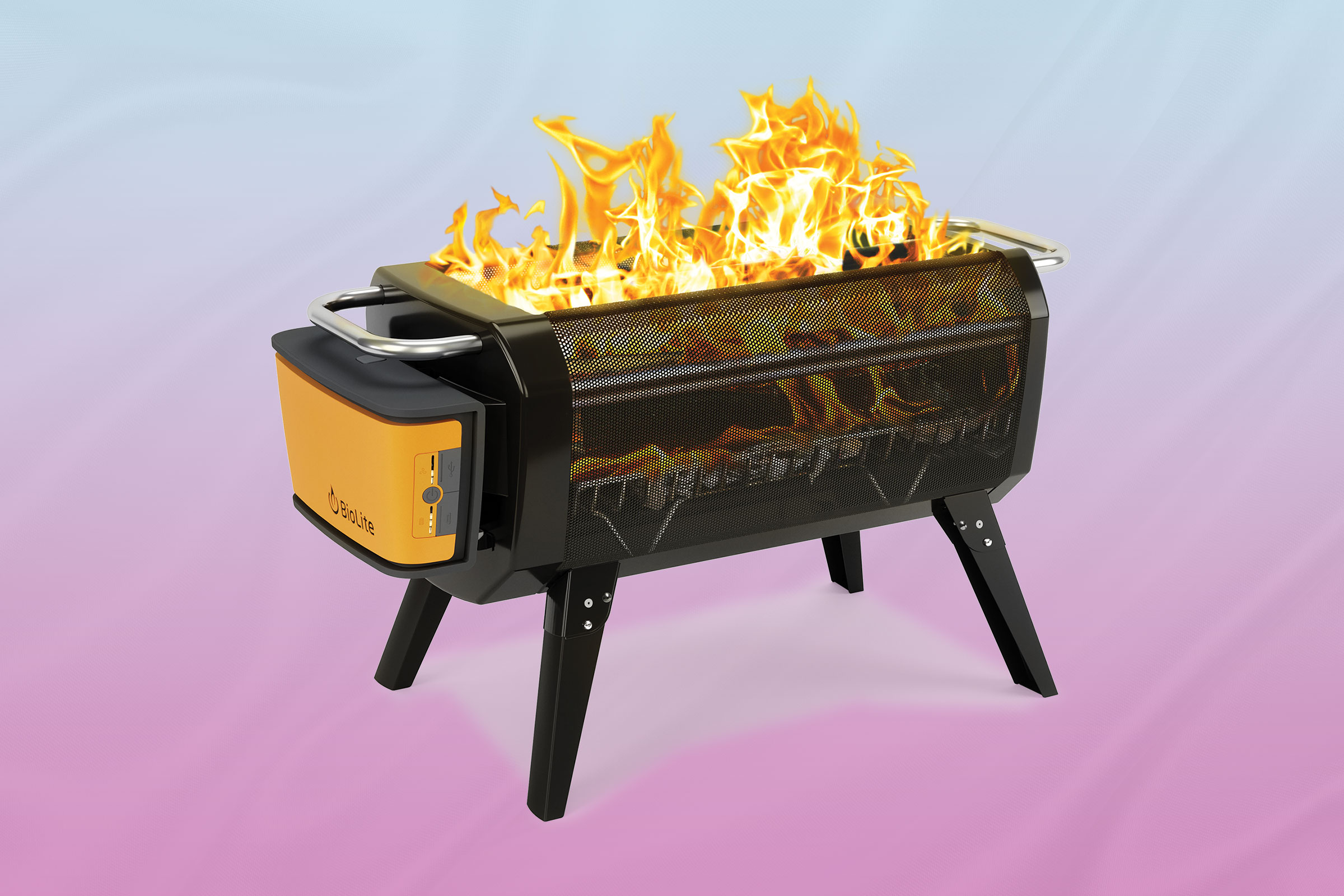
When you sit around the fire pit, you’ll typically get smoke in your eyes, and afterward your clothes will smell like campfire. That won’t happen with the BioLite FirePit+, a portable four-legged unit that uses battery-powered tubes of pressurized air to shoot onto burning logs, stoking the flames and reducing carbon monoxide. The process eliminates 90% of the smoke. The firepit’s temperature can also be controlled via an app, and you can rest an included grill on top to cook your dinner.
Boat in a Backpack

An 80-pound inflatable electric boat that can fit into a backpack might sound outlandish, but more than a thousand of Clint Donaldson’s GoBoat 2.0’s sold in the four months after his invention’s June release. “Our market seems to be mostly women and fishermen,” the GoBoat CEO says. The single-person vehicle, which takes minutes to set up, is made of the same material inflatable stand-up paddleboards are produced from. It’s powered by an electric trolling motor that works on up to two batteries. Donaldson says that a two-person version is coming next year.
Boosted Mountain Biking
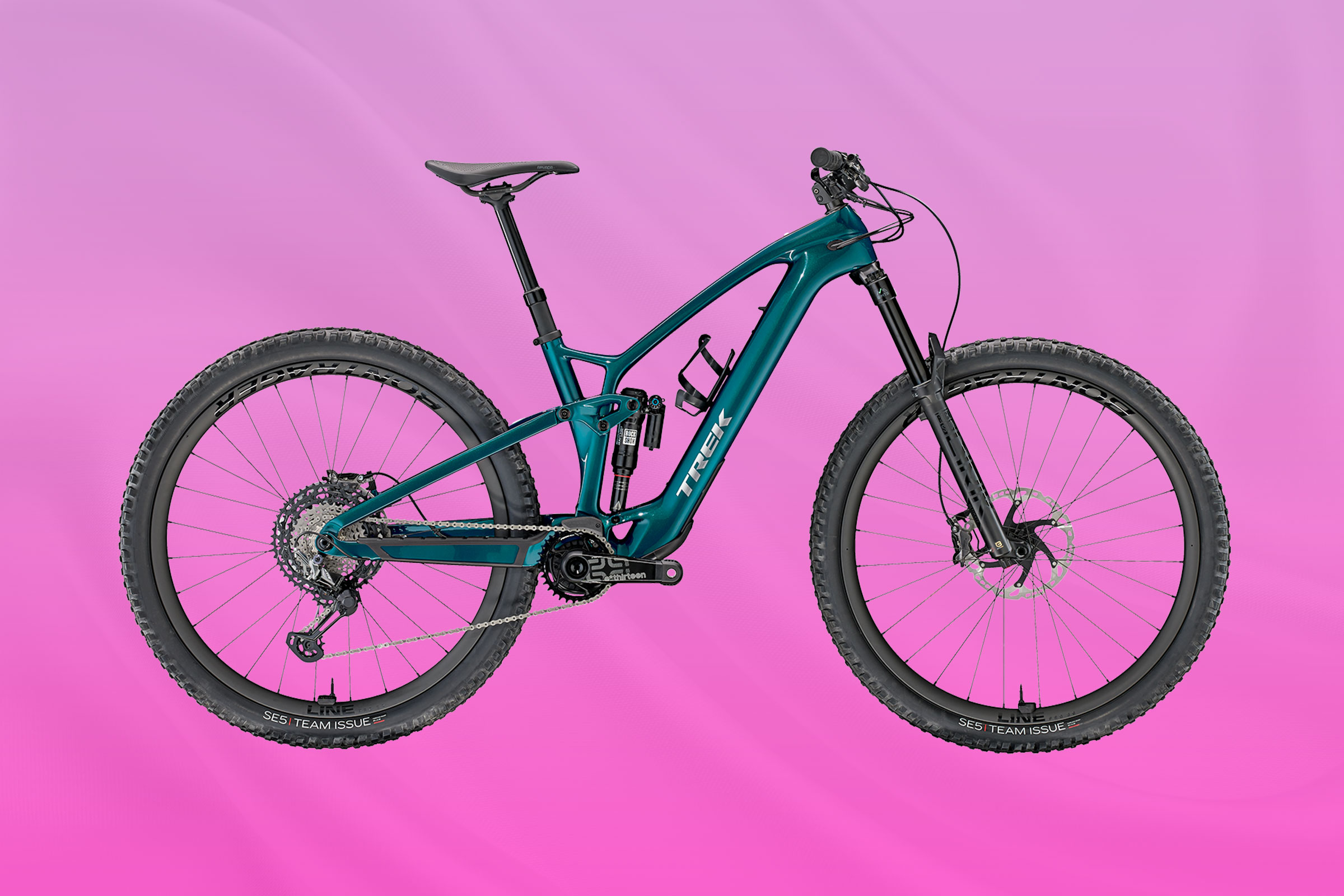
Mountain bikes make for awkward e-bikes. If you’re climbing uphill and turning the bike to avoid rocks or trees, for example, pressing the electronic “burst” can be scary or even dangerous. So Trek built a new engine for its Fuel EXe electric mountain bike that provides smoother and more granular e-boosts. It’s also quieter, lighter, and 20% smaller than a typical e-bike motor. The Fuel EXe looks, feels, and sounds like a traditional mountain bike, so you don’t even have to tell your friends you’re getting a boost.
Nature Views
onX Recent Imagery link | image

When planning a hunt or a backcountry hike, knowing the latest on-the-ground conditions—like whether a cornfield has been harvested or a mountain pass is dry—is invaluable. OnX, which makes apps geared to hunters, off-roaders, and other backcountry adventurers, this year added a “recent imagery” feature, which provides paying users (in every U.S. state but Hawaii) unparalleled visibility thanks to satellite images provided by Planet Labs. The cloud-free imagery—twice as detailed as that of competing apps, OnX’s Brian Riordan says—is updated every two weeks.
PARENTING
A Safer Smartphone
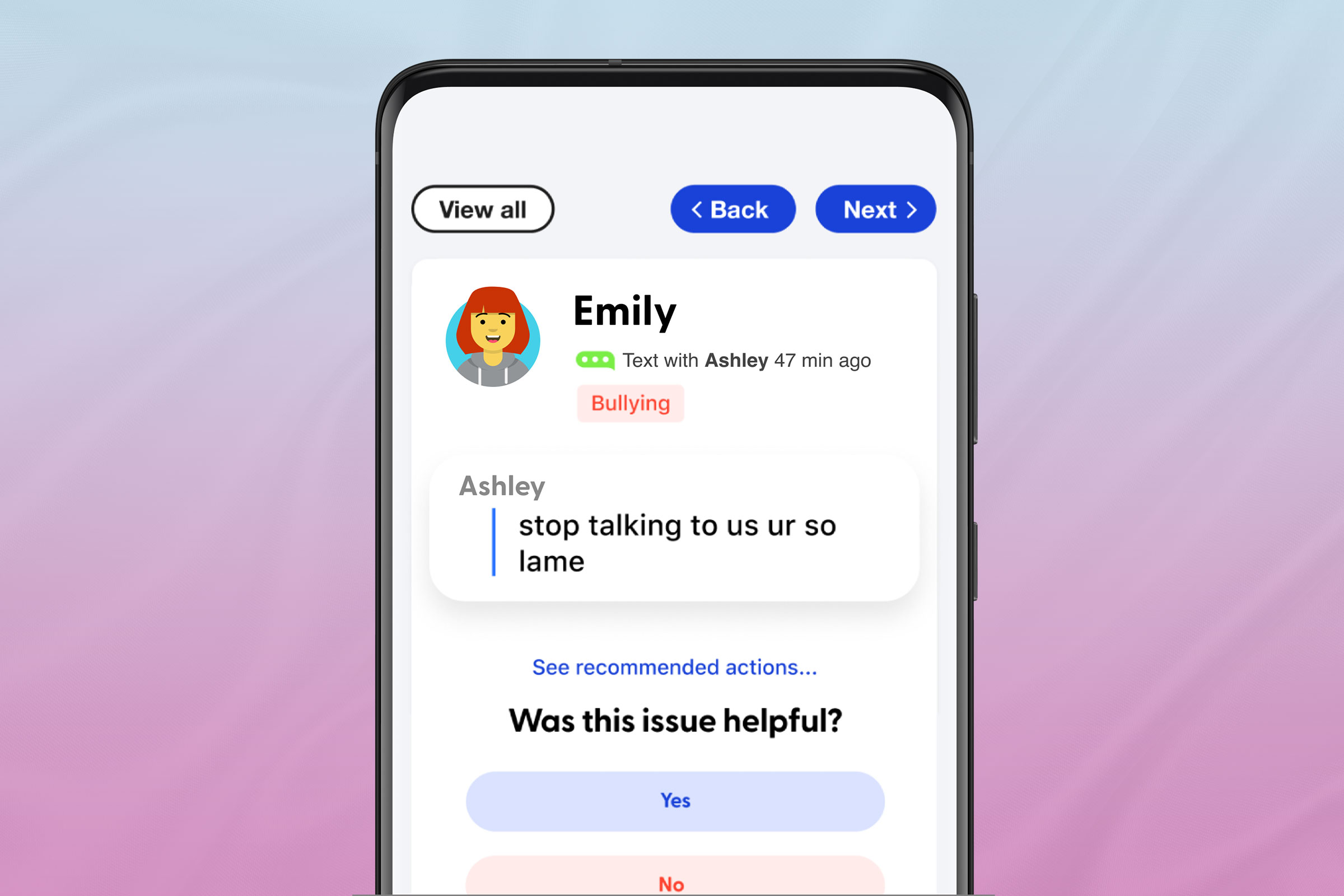
Most kids want a smartphone; many parents are wary. Bark Technologies has a solution for teens and tweens: a customizable Android unit that lets parents manage contacts and track the device, while an algorithm monitors social media posts and texts for inappropriate content. And unlike other parental controls, “our algorithm is baked into the phone,” says Titania Jordan, Bark’s chief parent officer. “It can’t be removed.”
An Optimized Onesie
Tabeeze Bottom-Up Bodysuit link | image

Tabeeze’s Bottom-Up Bodysuits make struggling to get clothes over a baby’s head a thing of the past. “Everything was designed with the idea of ‘How can we make this more comfortable and easier for both parent and baby?’” says Carrie Shaltz Haslup, the founder of Tabeeze, which launched to the public last year. The sustainably sourced organic cotton outfit goes on feet first and secures with nickel-free snaps at the shoulders, making dressing and undressing a breeze. Shaltz Haslup says she’s heard from parents of medically complex and disabled kids who were grateful they didn’t have to disconnect oxygen or tracheostomy tubes to undress their child.
An On-the-go Bottle Warmer
Ember Baby Bottle System Plus link | image
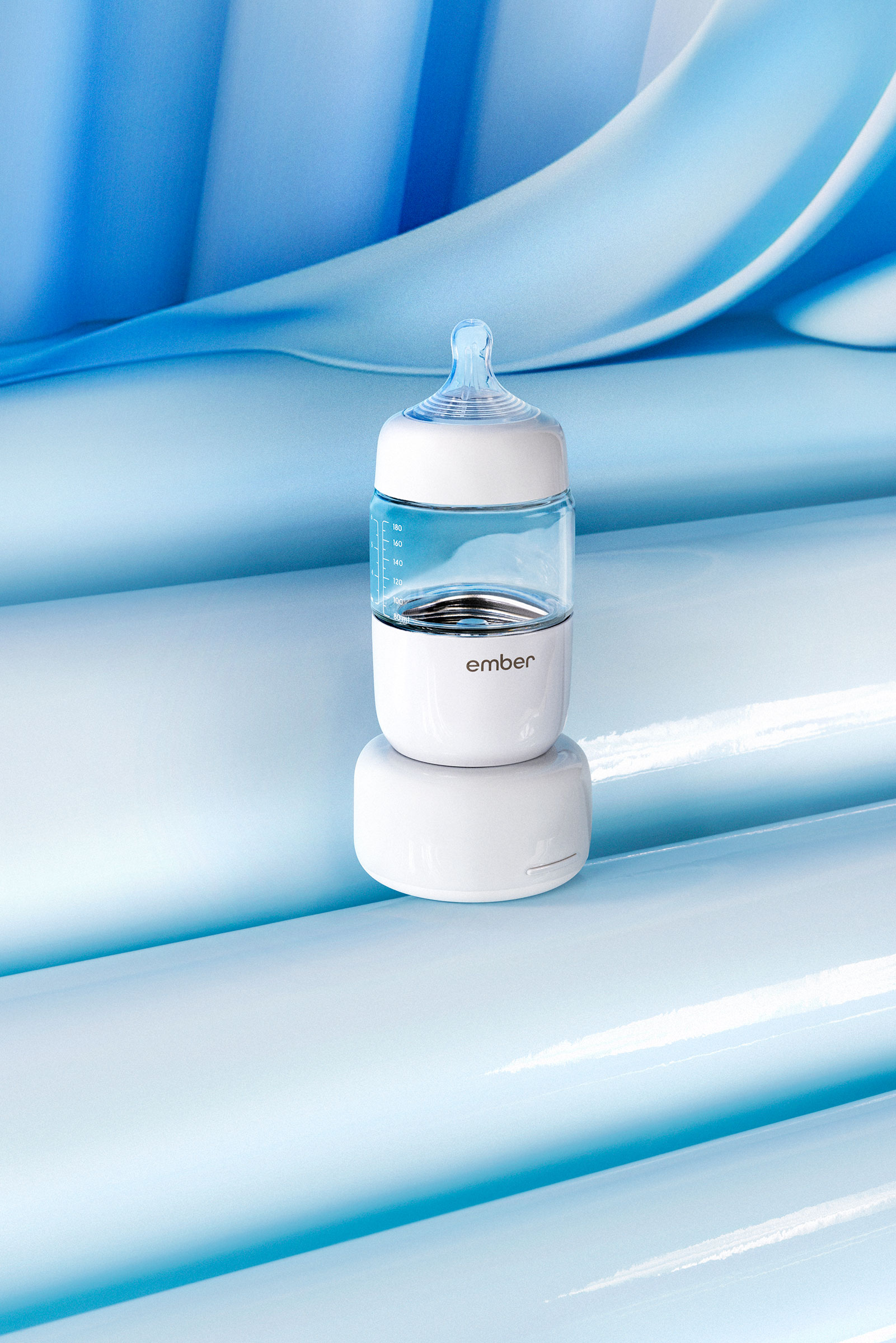
Heating breast milk or formula for babies is notoriously tricky; they prefer it warmed, but their sensitive mouths can be easily scalded. Placing a full bottle in hot water is the most common method, but it’s nearly impossible to do on the go. Ember’s system avoids danger and headache with sleek, BPA-compliant bottles that attach to magnetized “pucks,” which safely and evenly heat the bottles, are fully portable, and can be controlled via an app. The bottle’s removable dome—sort of like a thermos—maintains temperature for four-hour stretches.
Lifesaver
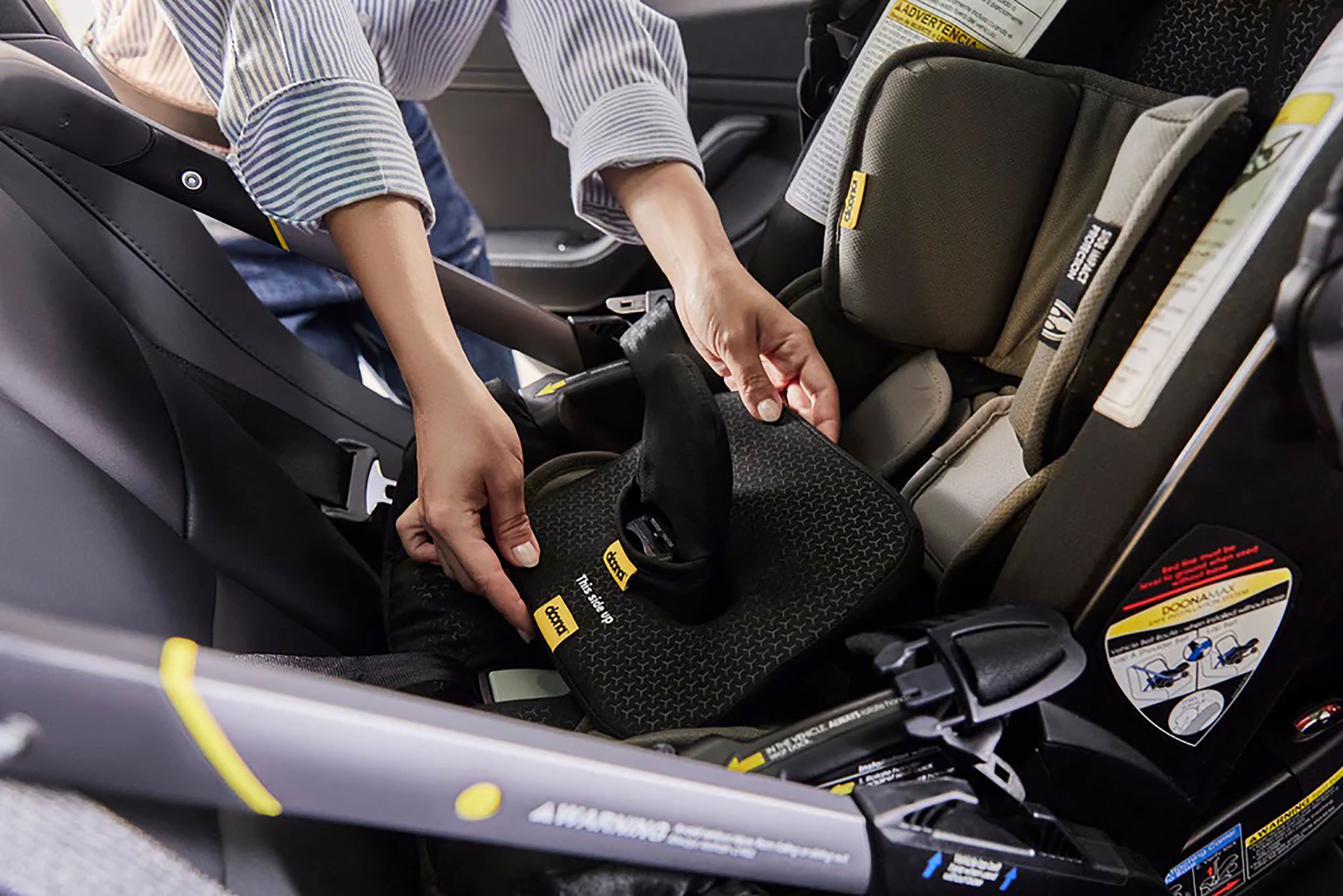
In the U.S. about 40 children die each year because they are left alone in a hot car. It’s an extra risk for babies in rear-facing car seats, because they’re not visible to the driver. SensAlert, a removable car-seat insert by car-seat maker Doona, uses sensors to detect the presence of a child to help prevent tragedy. New to the U.S. market, it automatically connects to smartphones via Bluetooth, and triggers three incremental alerts if a child is unattended in the car.
A Breakthrough Bassinet
Snoo Smart Sleeper link | image
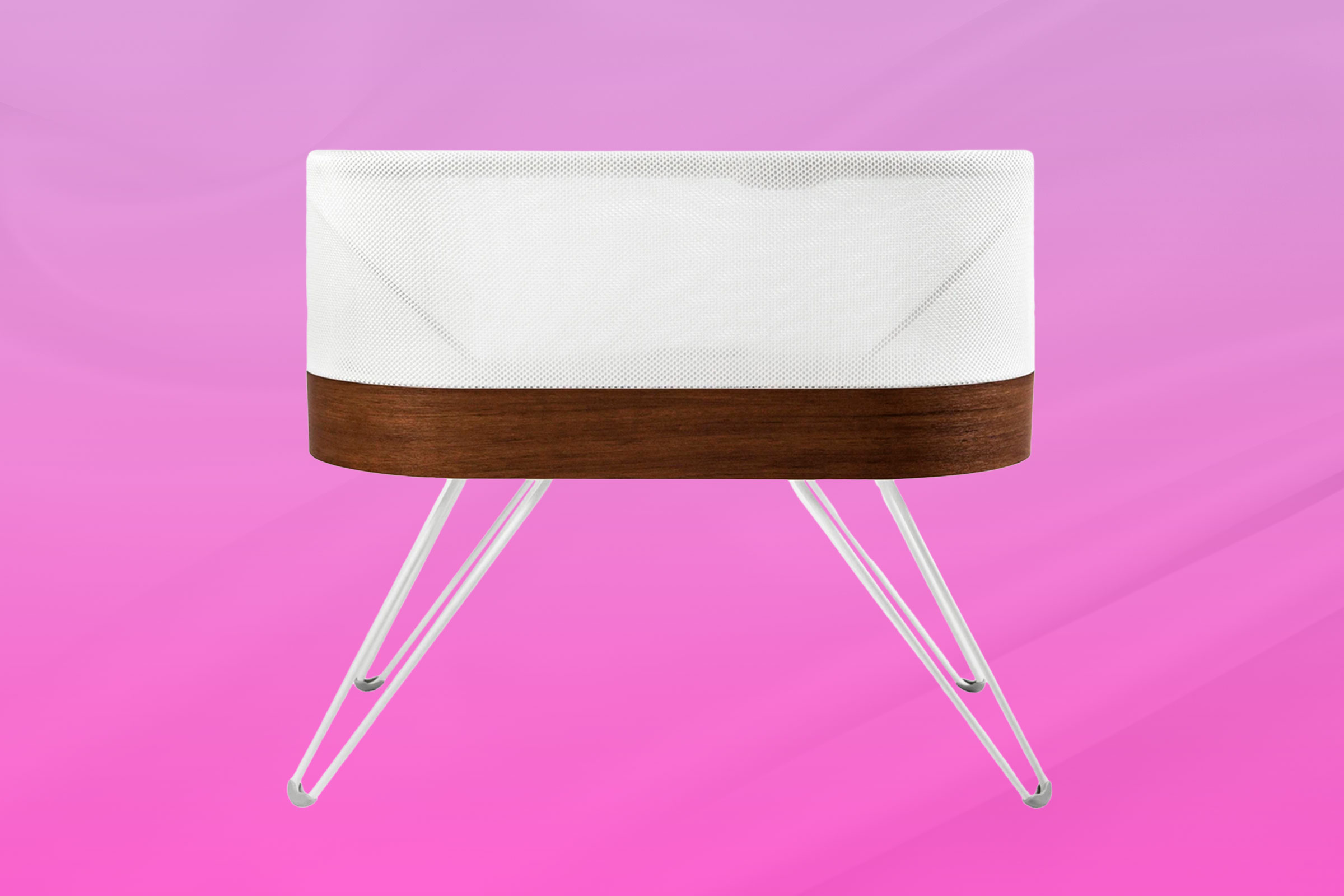
“Babies are used to sleeping with a rhythm [in utero],” says inventor Dr. Harvey Karp, co-founder and CEO of Happiest Baby, maker of the Snoo. “Why should we rip that away the instant they’re born?” The popular bassinet lulls infants with automated rocking and shushing. It also secures them on their backs, reducing the threat of sudden infant death syndrome—which is why, in March, the FDA granted De Novo approval to the Snoo, making it the first medical device to be approved for infant sleep. Happiest Baby hopes insurance coverage for the $1,700 Snoo comes next.
Star-gazing for Tykes
Leapfrog Magic Adventures Telescope link | image

Budding astronomers ages five and up can use LeapFrog’s Magic Adventures Telescope to explore the wonders of the skies at night—not to mention the world around them during the day. The 110X-zoom camera attached to the telescope lets little ones take pictures of their finds and show them off to friends and family. Kids can also watch videos and view images taken by NASA and at the European Space Station through the telescope’s viewfinder—a feature that allows them to experience the joy of discovery even when light pollution is clouding their view of the stars. In addition, the telescope includes educational games that allow children to gallivant around the solar system while learning space facts.
Kid’s Best Friend

For a pet without the expense or time commitment, the new WowWee Dog-E is a remarkably smart and customizable robot canine. Each bot has unique features, such as eye color and shape, and even personality traits and preferences, and the app-compatible pet responds to your interactions and remembers them, building memories and learning new tricks—all without the need for early-morning walks. Still, prepare to become attached. “You love your [actual] dog for its unique, quirky personality,” says Andrew Yanofsky, vice president of marketing and operations at WowWee. “And our dogs are one in a million.
PRODUCTIVITY
Lead Negotiator

American hospital bills can be a headache, both to decipher and to pay. But upload a bill to Goodbill, and its software – which draws on public hospital data – catches unnecessary tests and incorrect codes. Credentialed experts then review the flagged bills, and representatives negotiate with the hospital on your behalf. Among the roughly 10,000 bills in which it’s found errors or unnecessary care, the company has won about half its negotiations, reducing patient fees by an average of 30%. (Goodbill only charges customers if it’s successful.) “You hopefully never have to talk to the hospital,” says the company’s co-founder and CEO, Patrick Haig. “It should feel like magic.”
Family Tech
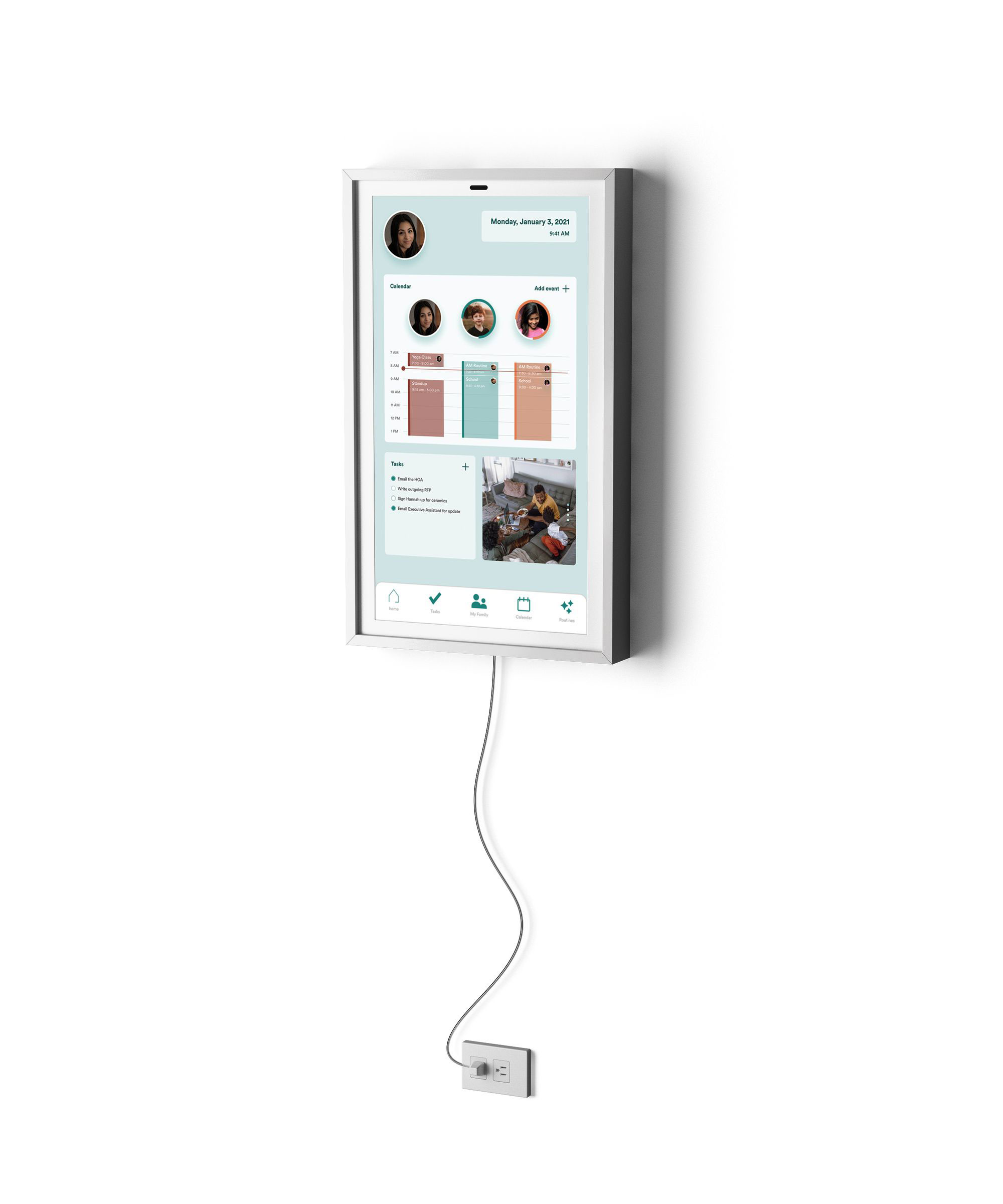
Running a family can feel like a full-time job, and many could benefit from operating more like a business. Hearth Display is a wall-mounted touchscreen calendar designed to bring families together by “eliminating the friction and pain points” around day-to-day planning, says company co-founder Susie Harrison. The device offers individual profiles for each household member (with kid-friendly templates) to take ownership of their responsibilities, whether it be doing homework or taking out the trash. The accompanying smartphone app provides on-the-go access to the shared calendar and AI assistance from the Hearth Helper, which can easily digitize items like paper invitations and add them to a family’s schedule.
Group Speak
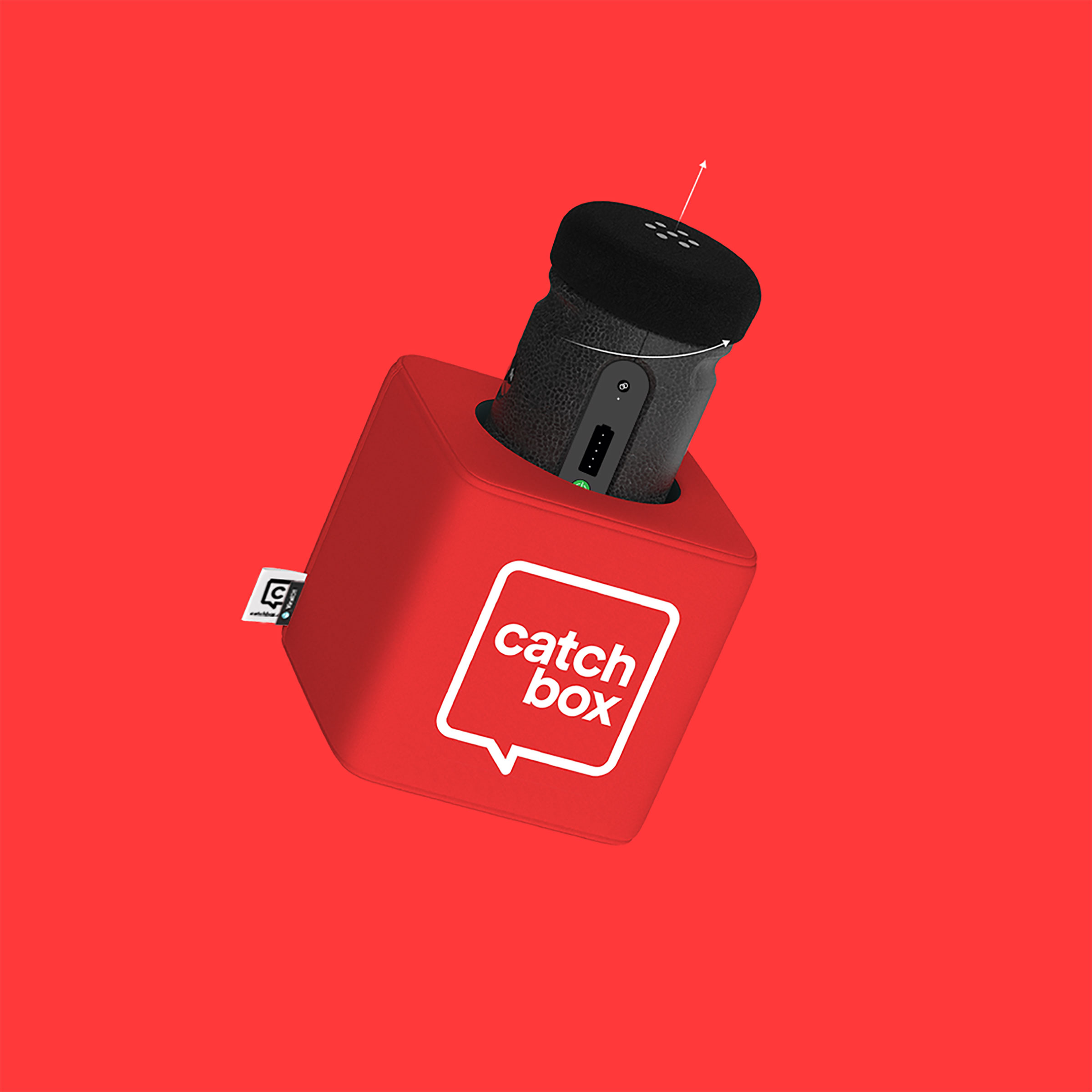
A speaker poses a question to the audience—and thus begins the awkward dance of passing a microphone down rows and over heads. Catchbox reinvented that kind of audience and group participation by putting wireless mics inside plush boxes that can be tossed from person to person. The latest version, the Catchbox Plus, is a major upgrade, offering better sound quality, less lag, and a clip-on lavalier for the person leading the discussion. With more businesses embracing hybrid work, says Pyry Taanila, a company co-founder and chief design officer, the device is often used in meetings to make sure every speaker is audible.
Safer Rail Repair

In the last decade, 23 workers have died fixing railroad tracks in the U.K., where the gap between lines can be just 4 to 6 feet. Tended’s high-precision wearable device, which uses similar technology to drone-positioning systems, can pinpoint a wearer’s location to around half an inch, raising an alarm if they stray too close to a live track. (GPS, by comparison, can locate a person’s position to within 16 feet.) Funded by the European Space Agency, the geofencing technology is already used by the UK’s National Rail. “We just build really cool s–t,” says Tended CEO Leo Scott Smith, “and hope that one day it will save somebody’s life.”
Cutting Paperwork
UiPath Clipboard AI link | image

Paperwork like invoice management and data entry sucks up about 40% of office workers’ days, according to a global 2019 study by OnePoll. Clipboard AI seeks to streamline that process down to a few clicks. The AI can pull all the information from a document—such as a PDF of a contract or passport, or an Excel spreadsheet—and paste it directly into the correct fields on a form, like a smarter, speedier copy/paste. The company is still working to expand the applications it works with, but Clipboard AI is available for the public to try, initially for free.
REUSE & RECYCLE
Sustaining the Cold Chain

Styrofoam takes over 500 years to decompose—and yet we still use it for insulation. The Cruz Cool cooler, which can insulate frozen goods for 48 hours, is made out of chitin, a polymer that’s found in fungi, insects, and shrimp. But the real difference is how it’s produced. Typically, eco-friendly alternatives to styrofoam come in odd shapes and sizes that flummox supply chains. Parent company Cruz Foam compounds the chitin with other ingredients into large flat pellets that feed into a partner’s current processing plant. That’s how Cruz Foam is already partnering with Atlantic Packaging, an industry leader.
Streamlining Compost

Typical home composting can involve a rotten-smelling, dripping container that must be ferried outside multiple times a week. Mill’s deodorizing electronic trash can fixes that, automatically heating food waste overnight—even meat, cheese, and bones, which typically aren’t composted—then grinds the dehydrated scraps to take up less space. When the bin is finally full, usually after a few weeks, USPS retrieves the content as part of your Mill subscription and the company recycles the waste into food for chickens, a more efficient use of resources compared to composting.
Reusing Trash
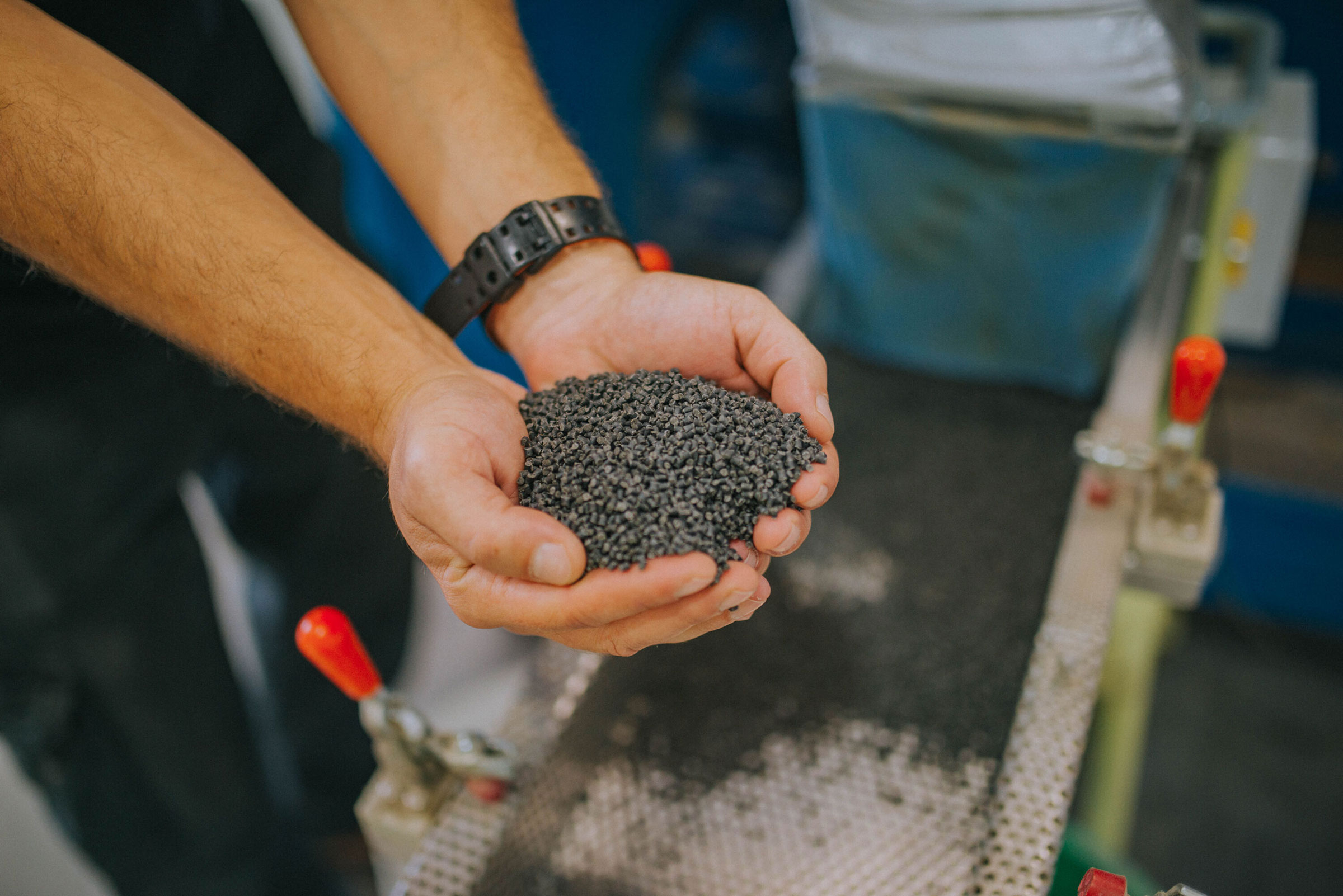
People worldwide produce more than 2 billion tons of garbage every year. UBQ Materials wants to transform as much of that as possible into its eponymous “bio-based” thermoplastic, which co-founder and CEO Jack Bigio calls a “new natural resource.” The company’s system sorts, shreds and then melts trash down into fibers, cellulose, and sugars for conversion into small pellets that can be used to make new products. To help shrink their carbon footprints, companies such as Nestle, Mercedes-Benz, McDonald’s, and PepsiCo integrate UBQ into products, packaging or building materials. UBQ’s first industrial-scale facility is set to open in January in the Netherlands, where it plans to divert 104,600 metric tons of trash from landfills annually.
Hope for the Nuclear Movement
Oklo Aurora Powerhouse link | image

A new generation of startups is trying to bring nuclear energy into the 21st century, developing smaller reactors that they say could be safer than old designs thanks to features like lower operating pressures, and cheaper, too, since they could theoretically be mass-produced. Oklo’s tiny reactor, the Aurora Powerhouse—which would be about 60 times smaller than a typical nuclear facility—is one of the farthest along, though the company ran into a regulatory roadblock in the U.S. early last year. Oklo recently signed a preliminary deal with the U.S. Air Force to build a reactor to power a base in Alaska.
Go With the Flow
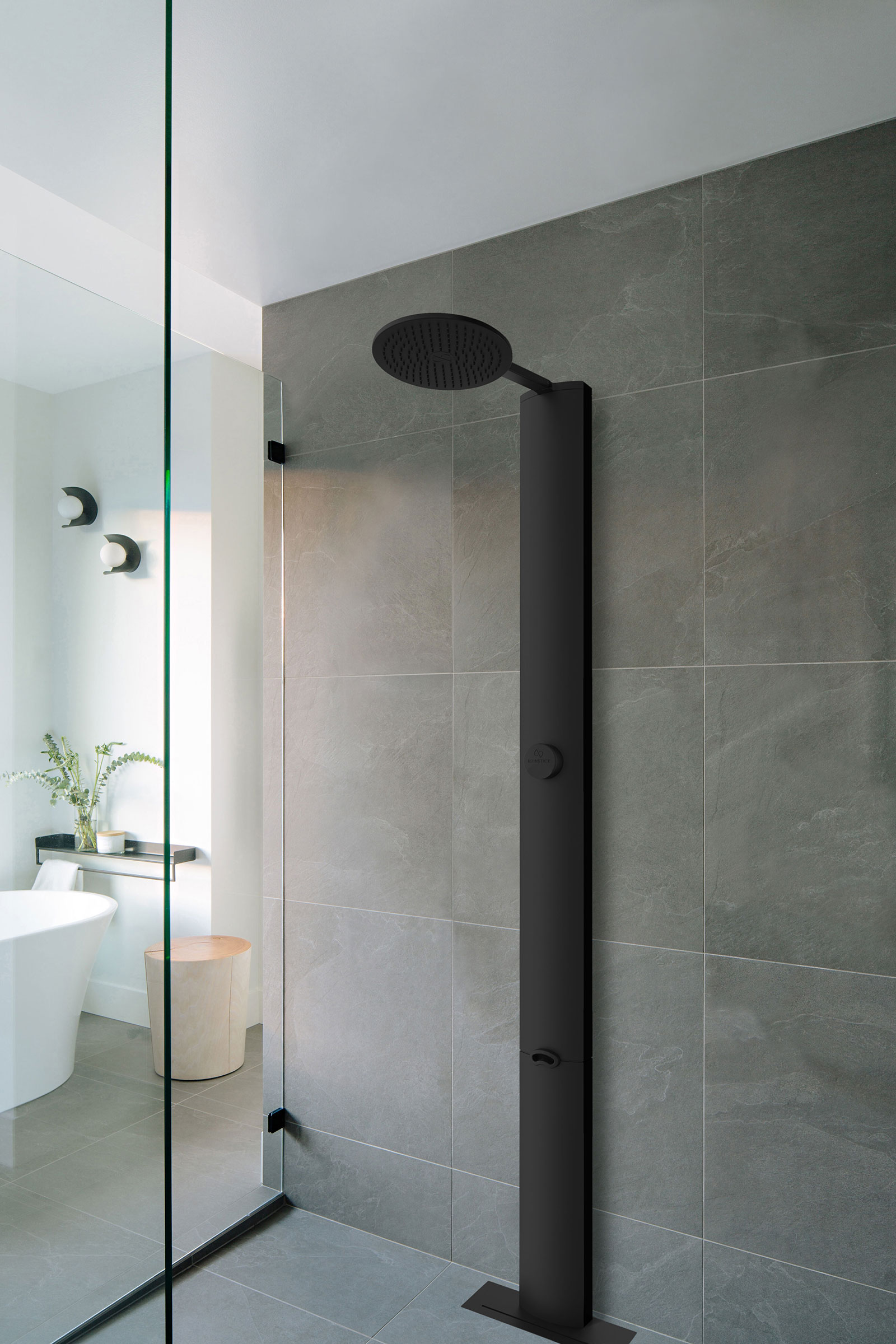
Conserving water usually comes with a tradeoff: What you get in savings, you lose in water flow. (Exhibit A: low-flow toilets.) RainStick’s tech, however, saves 80% of water while doubling the flow. Through a retrofit of your current shower, each drop of water is captured from the drain, blasted with UV light for sterilization, then sent upward, where it again falls from the shower head. Each drop is used six times before the device switches to new water. RainStick CEO and co-founder Alisha McFetridge estimates that in a two-person home, the device annually saves “almost a swimming pool’s worth of water.”
Robotic Recycling
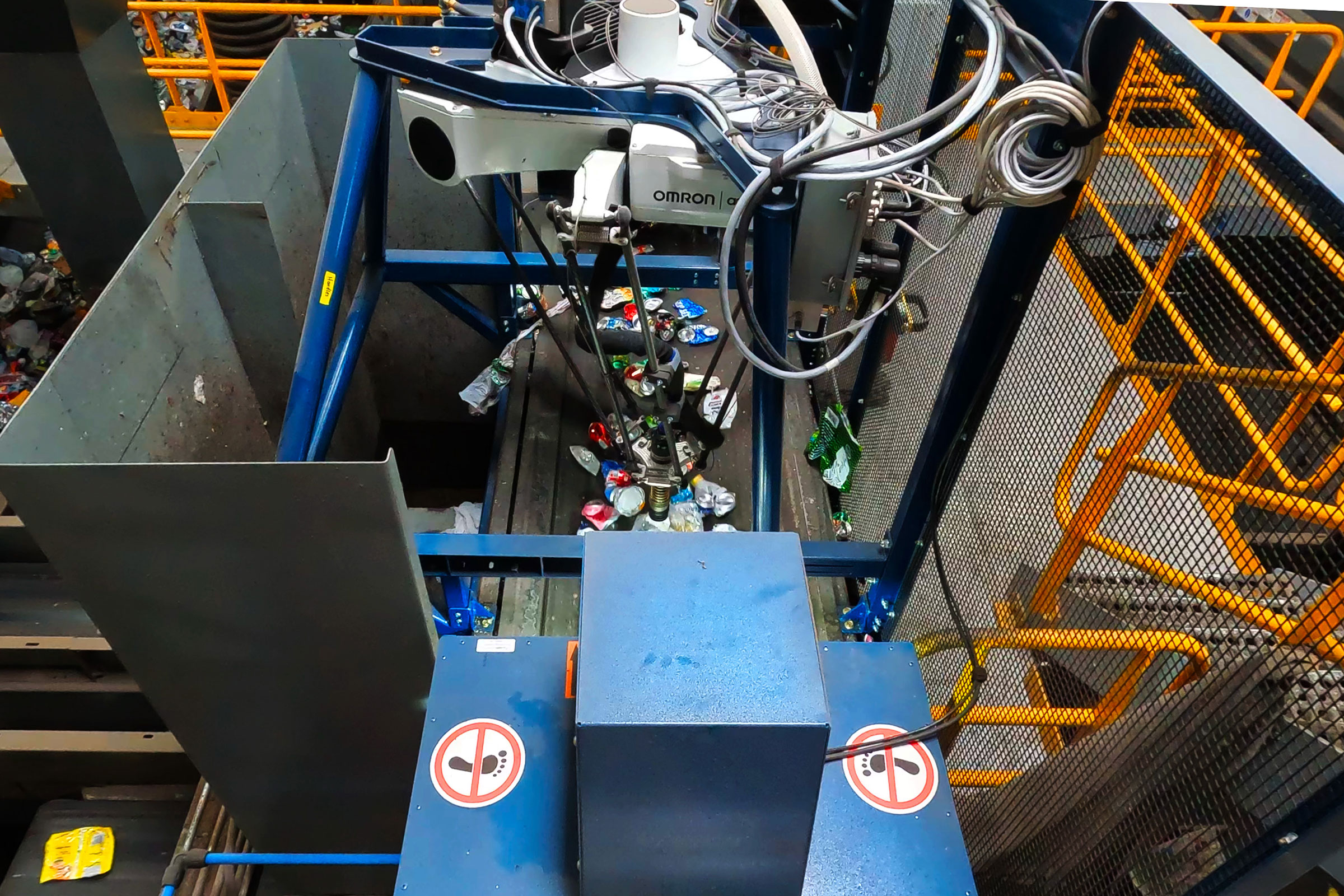
Recycling rates have been stagnant for years. One big reason? Properly sorting crowded conveyor belts covered in a grimy array of glass, metal, and plastic is tricky and labor-intensive. AMP Robotics has a solution: the Cortex-C, a compact and adaptable robot for recycling facilities. Paired with AMP’s AI-backed computer “vision” system, it can correctly identify, say, a specific strawberry company’s plastic clamshell. “What’s powerful about AI is its ability to handle ambiguity and imprecision,” says CEO Matanya Horowitz. The robot’s speed and accuracy could also lower sorting costs.
Cutting Kitchen Waste
W&P Reusable Stretch Wrap link | image

Plastic wrap and aluminum foil are fantastic kitchen aids, but people generally use each piece just once before tossing it in the trash. Now home chefs can cut down on waste by replacing them with W&P’s silicone stretch wrap. At just 3 mm, it’s about as thin as silicone can be without tearing. The reusable wrap can cover a casserole dish or stretch around a cheese block, and W&P says it’s safe to put in the oven, microwave, dishwasher, and freezer. The product, says Kate Lubenesky, president of W&P, is “designed to be a workhorse in the kitchen.”
ROBOTICS
Robot Coworker
Sanctuary AI Phoenix link | image
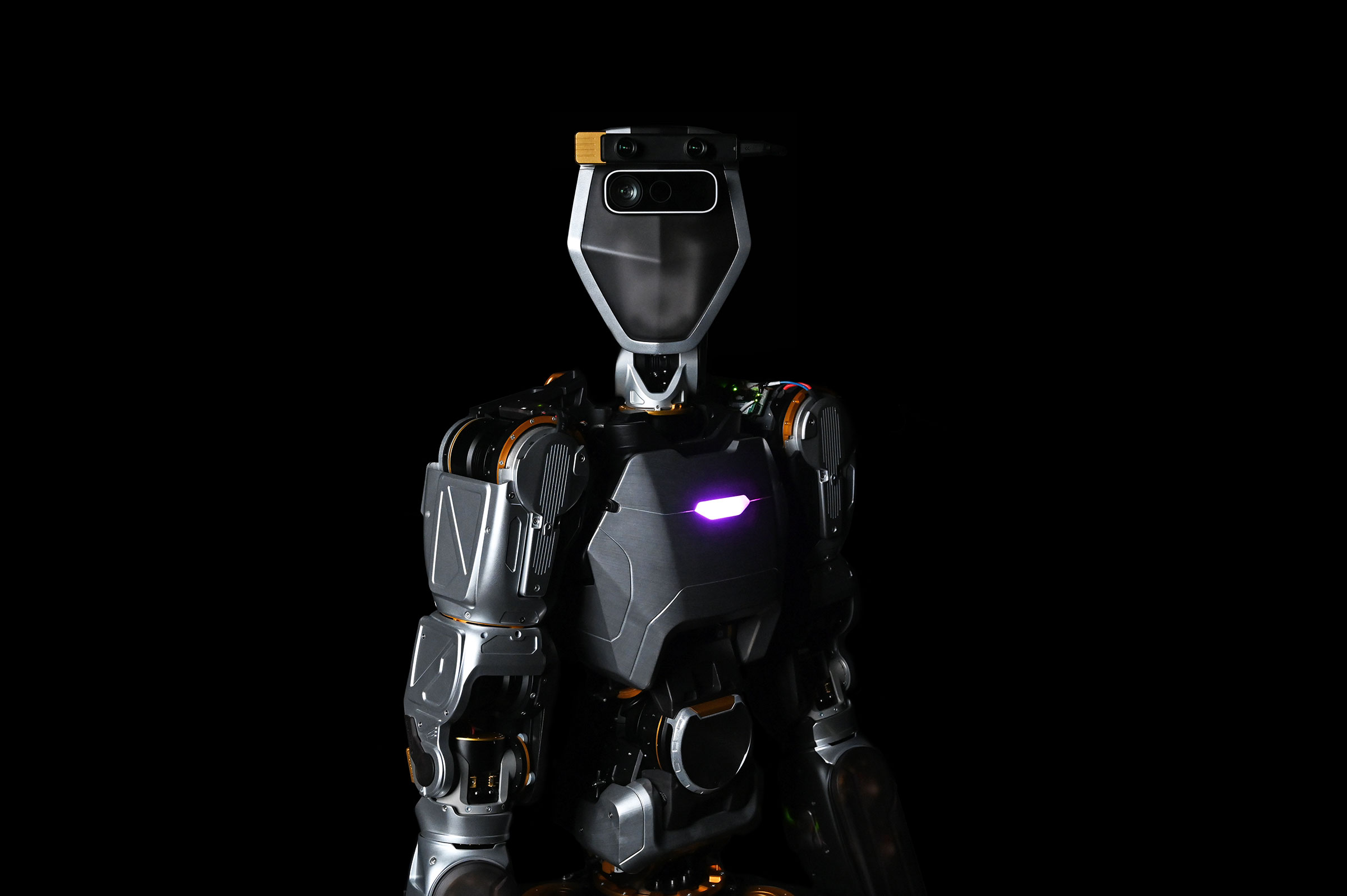
Earlier this year, a humanoid robot standing at 5 feet 7 inches tall and weighing 155 pounds, picked, packed, tagged, labeled, and folded clothes at a clothing store in Langley, Canada. Phoenix is the latest model of the robot, created by Sanctuary AI and powered by Carbon, a software platform that uses sophisticated AI to let the machine think and act like a real human laborer. “Already our technology can perform hundreds of tasks across dozens of industries, like healthcare, hospitality, logistics, retail, and warehousing,” says Geordie Rose, Sanctuary AI’s co-founder and CEO. “The goal is that our general-purpose robots will be capable of doing any work that people can do.”
Disarming Chemical Weapons
Improved Cavity Access Machine link | image
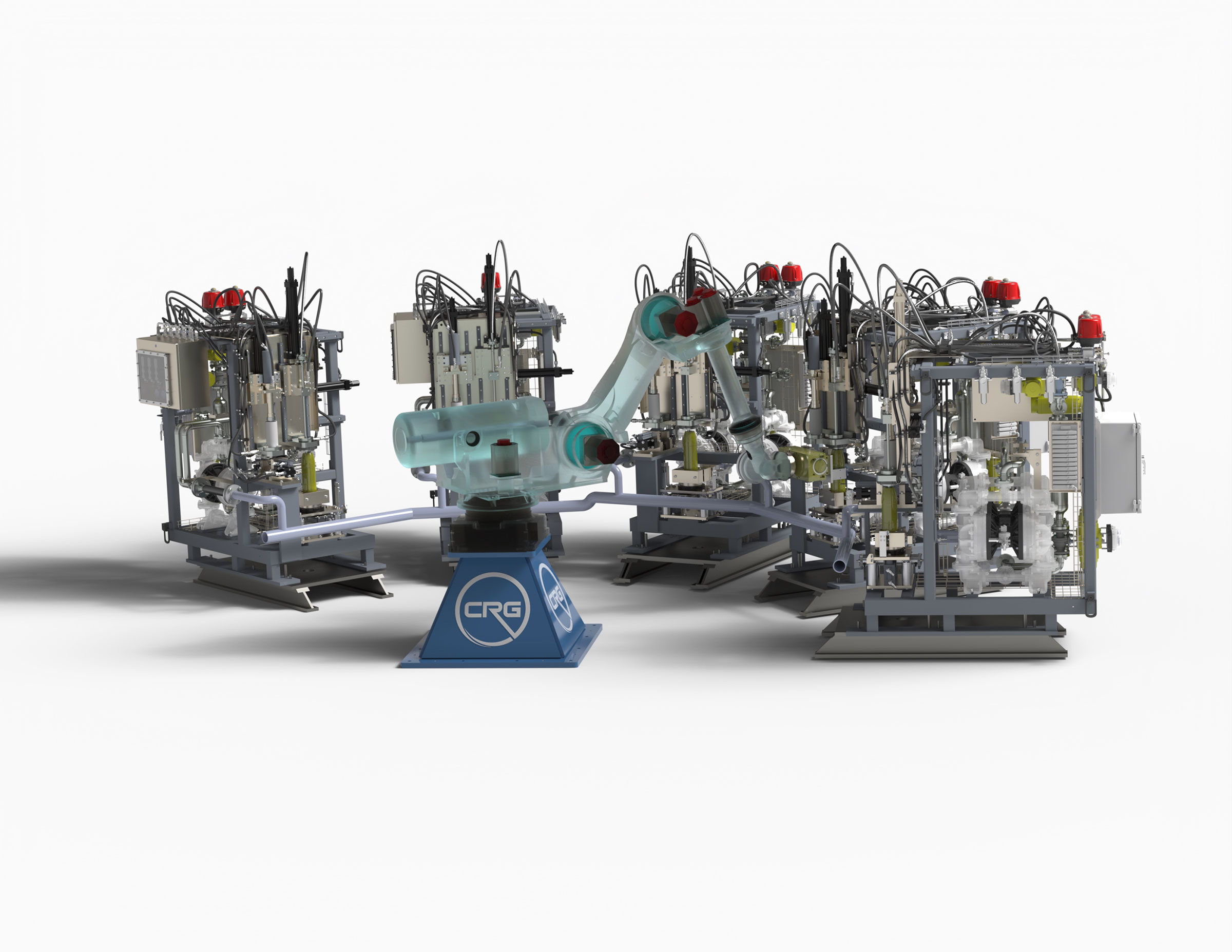
While the U.S. has long urged other countries to destroy their chemical weapon stockpiles, it didn’t eliminate the last of its mustard gas mortars until this summer. Part of the problem was that decades-old liquid mustard had coagulated into a “greasy, tar-like substance,” says James DeSmet, the CEO of CRG Automation. In less than two years, however, a team that included CRG cleansed the weapons with a robotic system it designed and constructed, the Improved Cavity Access Machine, which disassembled, power-washed, and vacuum-cleaned the mortars. The project was able to safely destroy nearly 47,000 canisters before a convention deadline in September.
Space Custodian
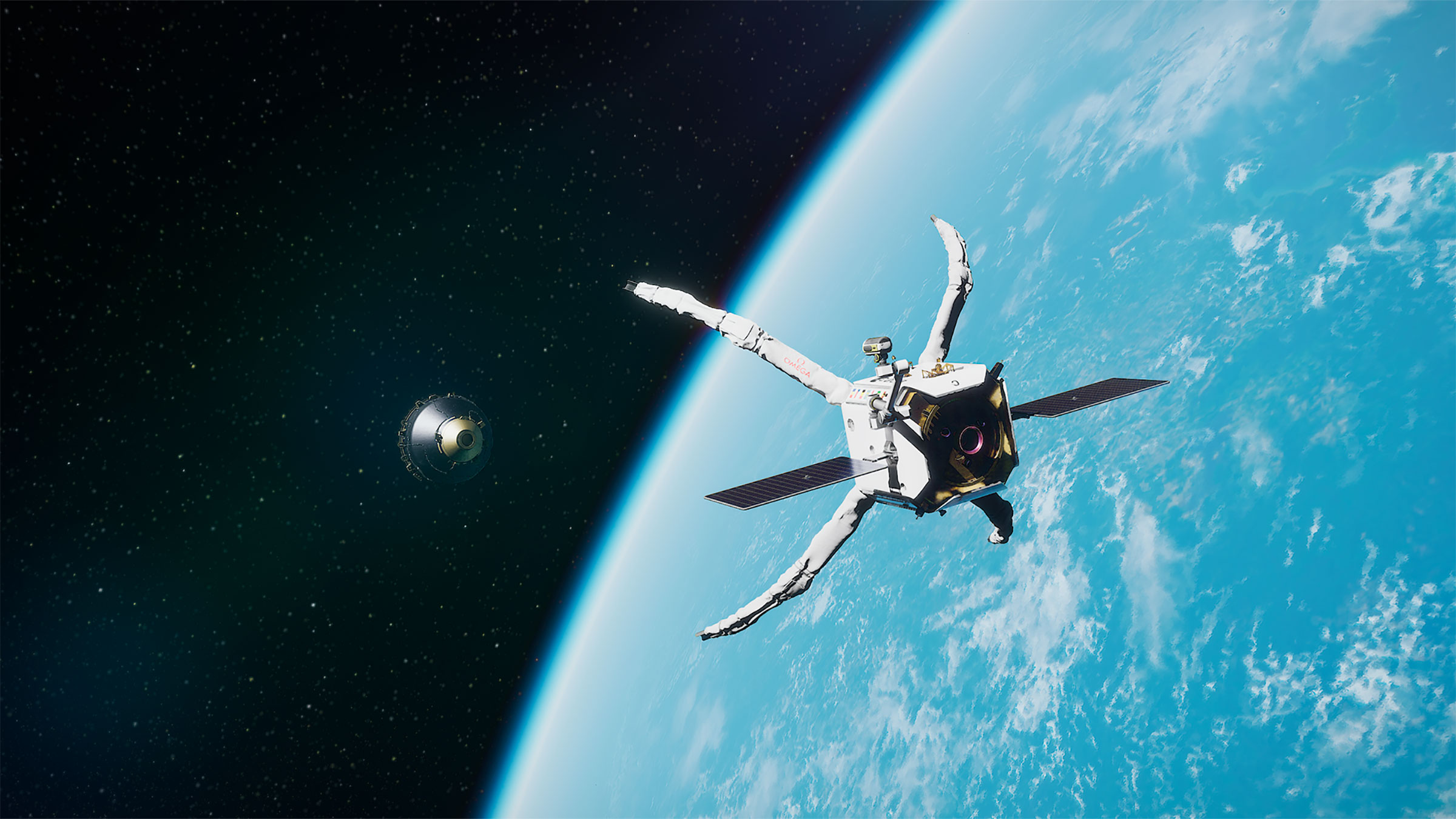
Thousands of tons of debris—including old satellites and rocket capsules—orbit our planet. And each new bit of space junk is making it harder for new missions to navigate Earth’s orbit. “The solution is actually quite straightforward,” says Luc Piguet, co-founder and CEO of Swiss company ClearSpace. “Like for highways, you need a tow truck.” ClearSpace has developed a drone with robotic grippers, sent into orbit to capture detritus. Once it’s taken in its haul, the drone slows down its orbiting speed, dropping into the planet’s atmosphere and burning up, junk and all. The European Space Agency has already contracted ClearSpace for a future mission, while a second clean-up has been commissioned by the UK Space Agency.
Retail Robot
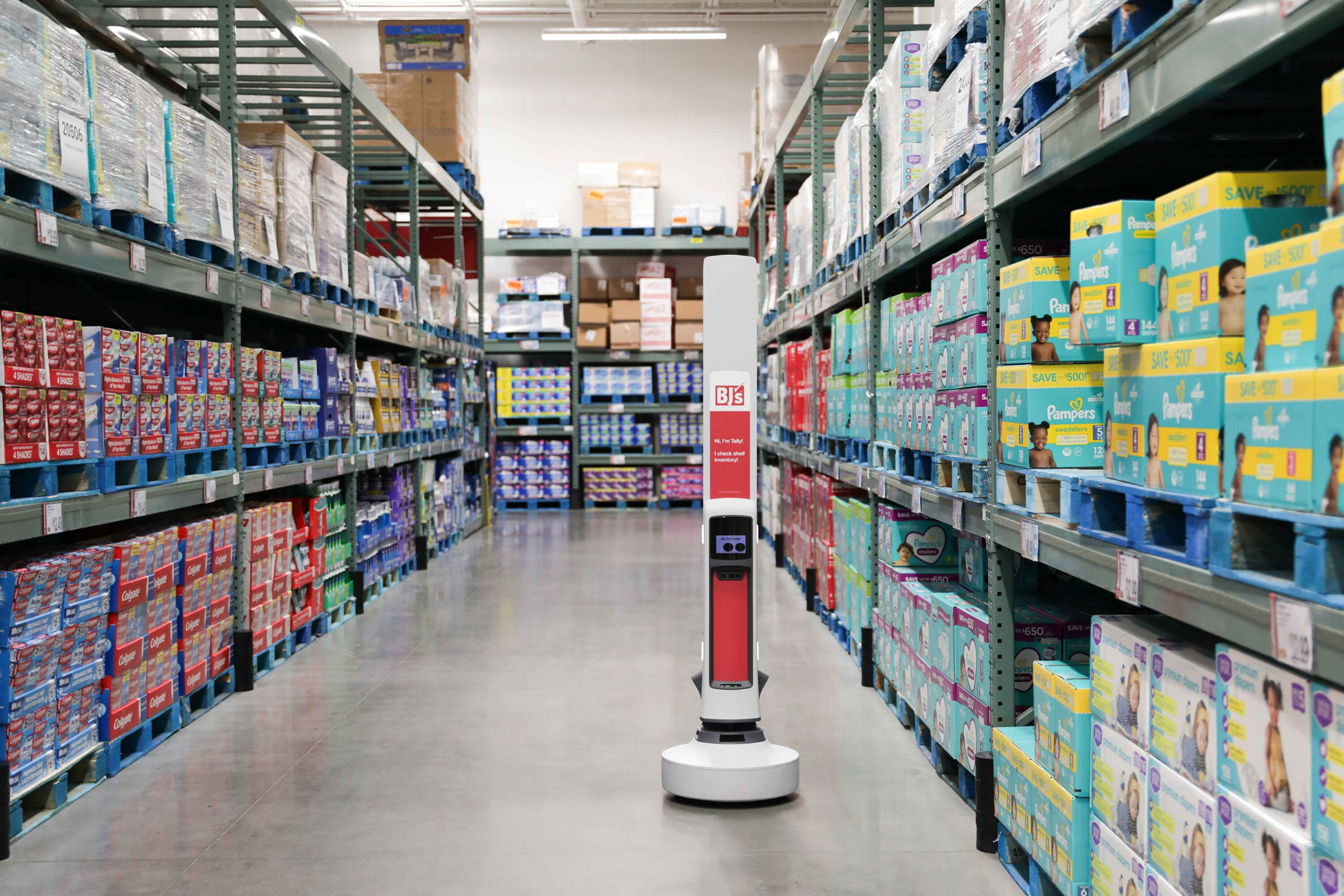
Retailers lose an estimated $1.75 trillion a year globally due to out-of-stock, misplaced, or mispriced items. Some, including BJ’s Wholesale Club, are deploying a solution: Simbe Robotics’ Tally, an autonomous shelf-scanning robot that helps with the task of inventory management. Tally 3.0, the newest iteration of the tall and slender bot, moves up and down aisles, reading RFID tags—smart barcodes that identify a product—and capturing images. That data is then sent to the cloud where an algorithm processes the information and alerts stores to items that need restocking or that are inaccurately placed or priced. And unlike human clerks, Tally never gets bored.
A Sense of Touch
Columbia University Robotic Hand link | image
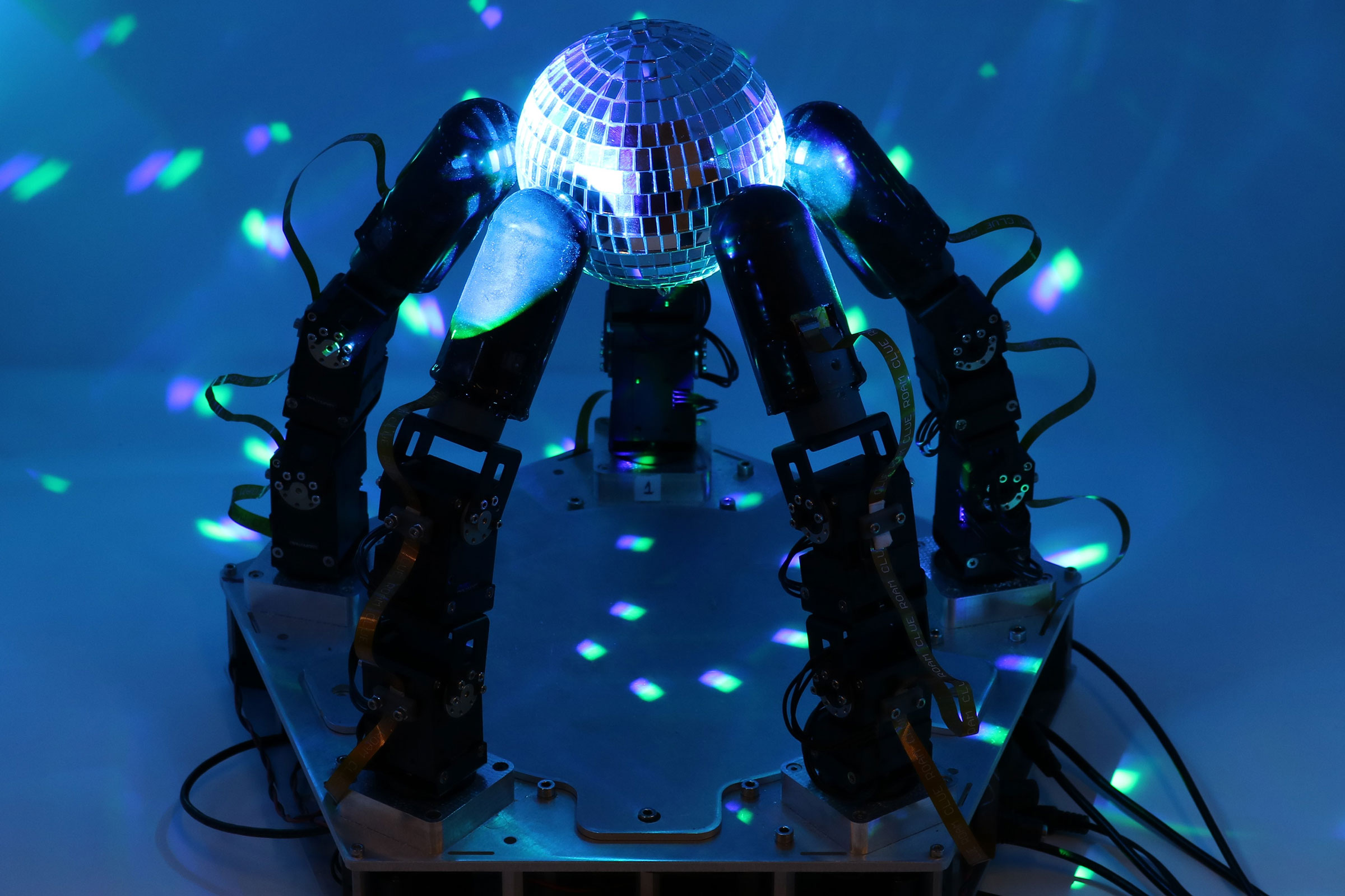
Robots have revolutionized large parts of our lives—but they sweat the small stuff. Ask a bot to handle an item like a tennis ball or TV remote, and it struggles with dexterity. Researchers at Columbia University, led by associate professor Matei Ciocarlie, are addressing that issue. They’ve created a robotic hand that, in addition to 15 independently actuating joints, has sensitive touch sensors at the end of its “fingers.” An AI learning algorithm takes in touch data and analyzes how the object is likely to move in the hand’s grip, before sending signals to the joints to move. “You bring all of these things together, and that’s how you get a really dexterous robot hand,” says Ciocarlie.
Playing Astronaut
Japan Aerospace Exploration Agency Lunar Excursion Vehicle 2 link | image

When Japan’s Aerospace Exploration Agency launched a moon mission in September, it carried an unusual payload: a small, ball-shaped object called the Lunar Excursion Vehicle 2, designed by Japanese toy maker Tomy in partnership with Sony and Doshihsa University. The LEV-2, which has a diameter of just 8 centimeters across and weighs less than 250 grams, will reach the moon early next year. Once it’s on the lunar surface, the two halves of the LEV-2 will separate, turning into wheels and letting the vehicle traverse the moonscape. The device, which features a tail stabilizer to deal with uneven surfaces, will beam footage from two onboard cameras back to Earth.
Answers from the Universe
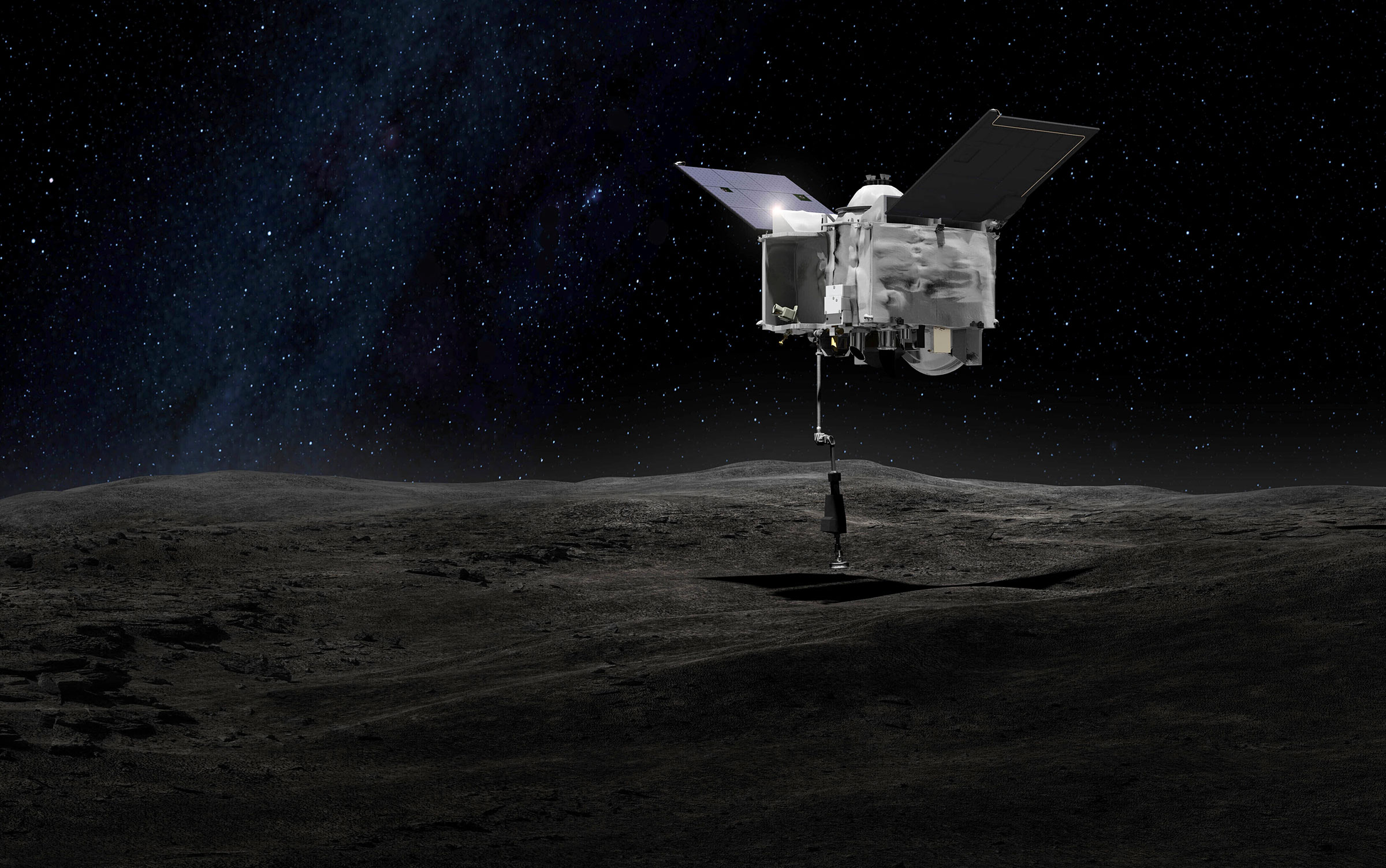
In 2016, NASA’s OSIRIS-REx spacecraft traveled to an asteroid called Bennu, collected 250 grams of rocks and dust, and then traveled 1.2 billion miles to return the samples to Earth. In September, it finally dropped its cache, via parachute, into the Utah desert. The recovered samples might give scientists clues as to how planets formed, and even provide evidence of water or signs of extraterrestrial life. Scientists are just beginning to analyze the trove, which is greater than they expected. “The very best ‘problem’ to have is that there is so much material,” says Christopher Snead, the project’s curation lead.
SUSTAINABILITY
Verified Sustainability
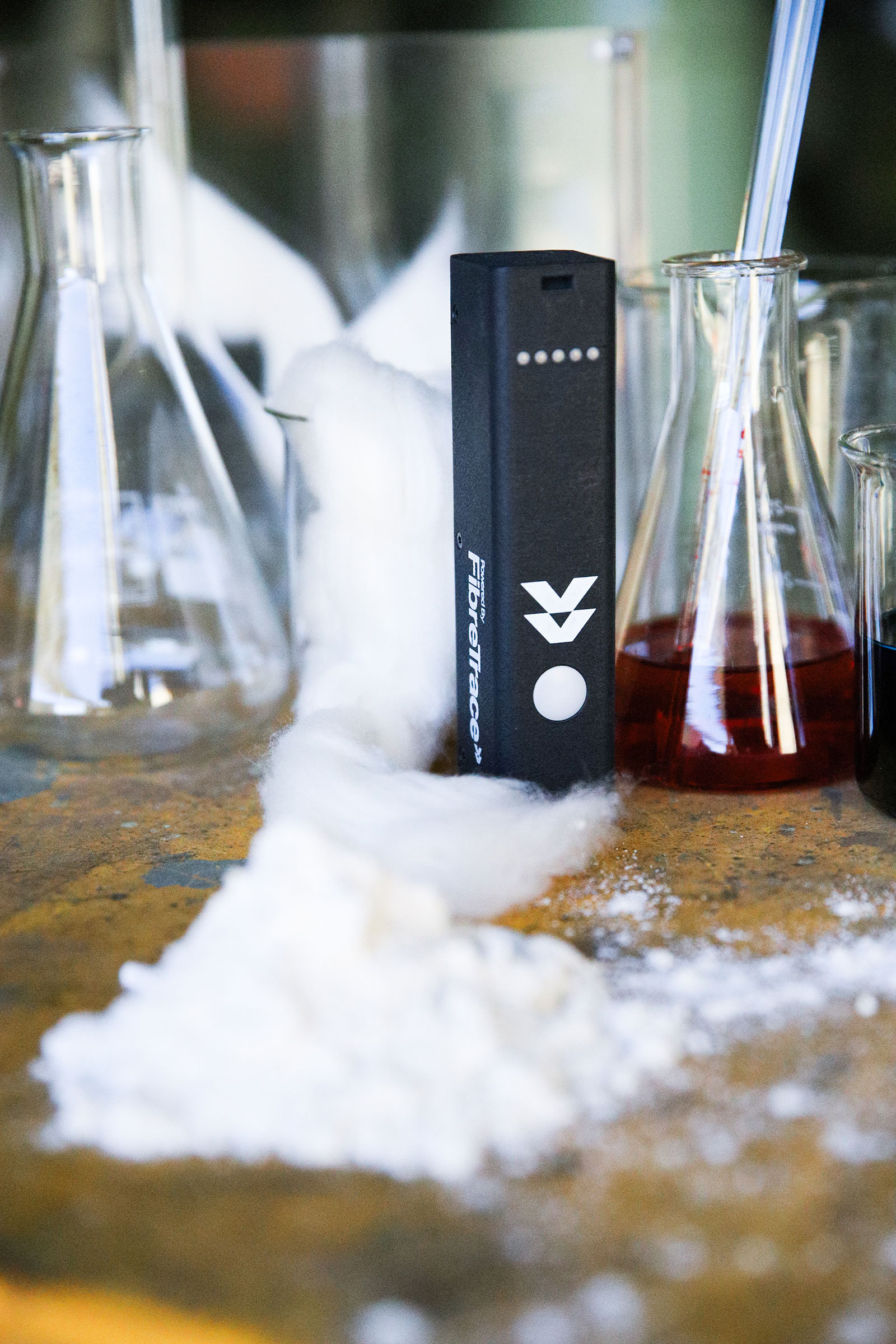
With the free digital tool FibreTrace, consumers at clothing stores like Reformation can scan a QR code to verify their textile products were ethically made. Taking inspiration from banknotes, FibreTrace uses a luminescent pigment to embed a unique signature in fiber. At each step along the supply chain, a handheld spectrometer scans the pigment. The data is stored on blockchain, creating a transparent, verified record of the journey from farm to clothes rack. “When you see a shirt was made from 5,000 plastic bottles, you can demonstrate that it actually was,” says CEO Shannon Mercer. It also helps more than 700 manufacturers ensure that their supply chains conform with regulations and ethical standards.
Cleaner Fertilizer
Pivot Bio Proven 40 On-Seed link | image

Synthetic nitrogen fertilizers pollute waterways and account for about 2% of global greenhouse gas emissions. Pivot Bio’s alternative, Proven 40 OS, uses naturally occurring microbes that live on a plant’s root system and release nitrogen. The result? Higher crop yields with a fraction of the emissions footprint and no leaching. Pivot Bio’s product gets added to corn seeds before they reach farmers, eliminating the need for special equipment and time-intensive application. The company has other fertilizers in its crosshairs, too.
Undersea AI

“The ocean is the most misunderstood and mismanaged resource we have,” says Neil Davé, general manager for Tidal, Alphabet’s (yes, Google’s parent company) moon-shot project to protect the seas. Tidal’s first commercial product, an underwater AI camera that gathers insights for salmon farmers, with the goal of promoting more-sustainable practices. The technology can spot evidence of sea-lice infestations early for less invasive interventions, and help reduce waste by tracking exactly how much food the fish need. Mowi, the world’s largest salmon farmer, this year installed 230 of the systems across Norway.
A Vaccine With No Sting
Dalan Animal Health Honey Bee Vaccine for American Foulbrood Disease link | image
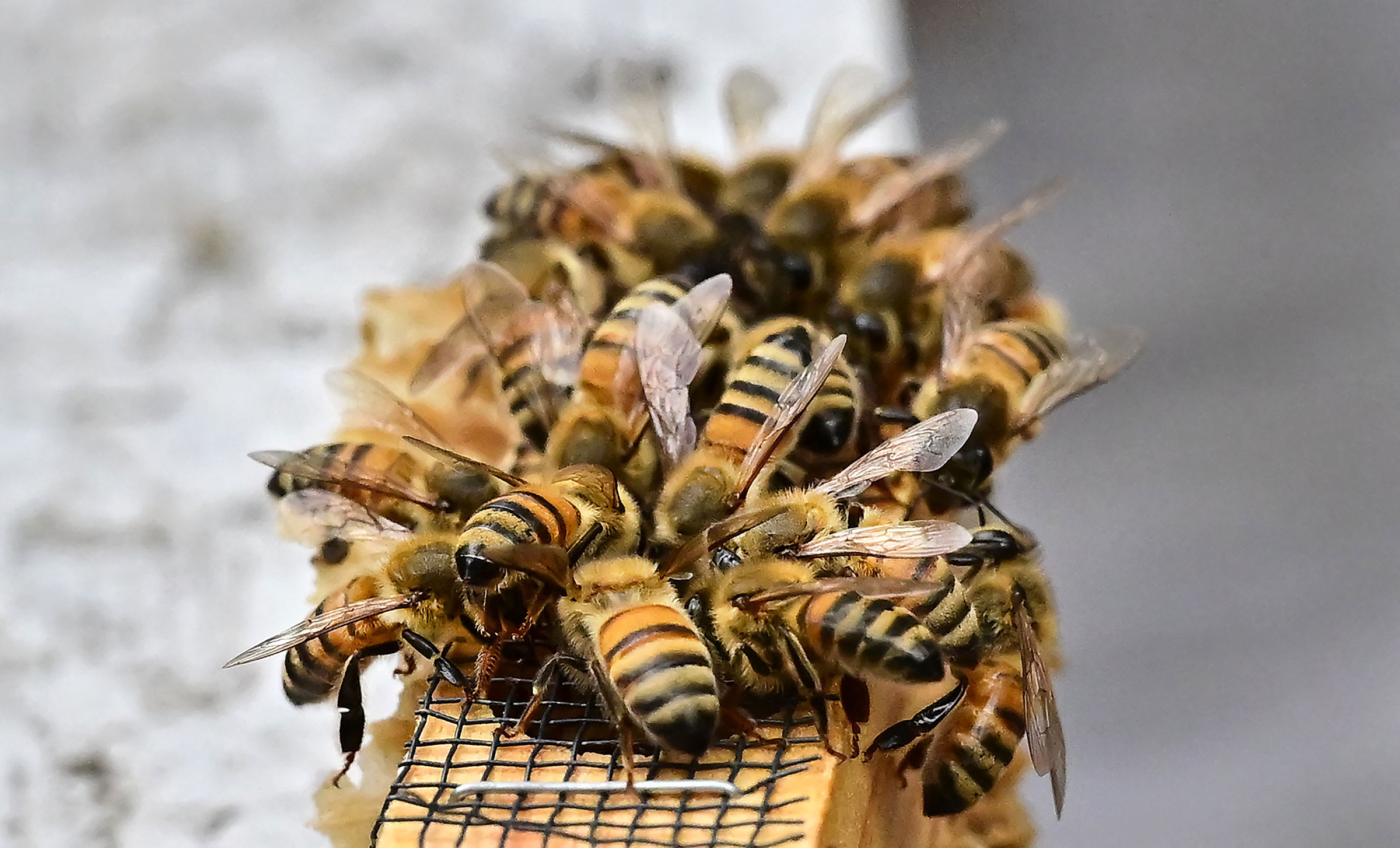
American foulbrood disease can reduce thousands of buzzing bees to a rancid brown goo within weeks. The disease has no cure, and in some areas, it can infect one in four hives, threatening the work of America’s managed beehives, which are responsible for pollinating nearly a third of fruits and vegetables. Hope is on the horizon. On Jan. 4, 2023, the U.S. Department of Agriculture granted a conditional license for Dalan Animal Health’s new honey bee foulbrood vaccine, in the first immunization for insect-kind. The vaccine is ingested by the queen bee and goes straight to her ovaries. When she lays her eggs, each one is primed to mount an immune response, no needle pricks required.
New Rings on the Road
GACW Air Suspension Wheel link | image
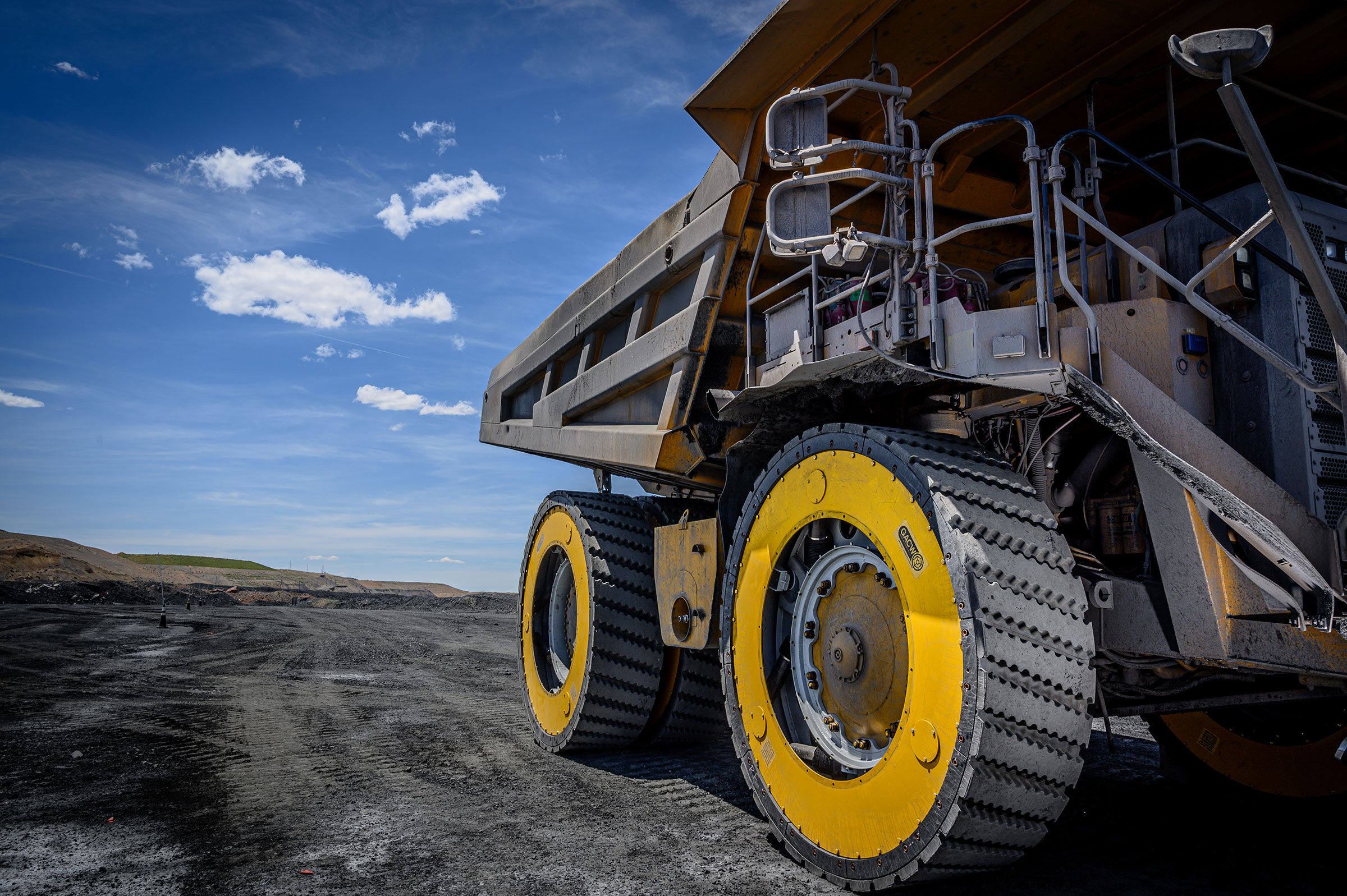
A decade ago, the smoke of a tire-dump fire prompted Zoltan Kemeny to investigate. He discovered that such fires are just one example of rubber tires’ impact on the environment—everyday wear and tear leads to microparticle accumulation. So Kemeny invented Air Suspension Wheels, swapping out rubber for polyurethane or steel treads encircling a steel core. Kemeny’s company, Global Air Cylinder Wheels, plans to sell its 100% recyclable tires to a number of industries, starting with the mining sector, where wear on tires is often most severe.
A Mighty Hive

Most of us have heard that the world’s bees are in grave danger, but fewer are acquainted with one of their greatest nemeses – the Varroa mite, a parasite that U.S. beekeepers said accounted for the bulk of colony loss over winter 2020 to 2021. Beewise’s AI-powered BeeHome 4 is a hive that uses a new chemical-free heat treatment to fight off mites. The hives, available next year, boast robotic tech that monitors and optimizes conditions 24/7, reducing human beekeeping labor by roughly 90%. Beewise CEO Saar Safra says the company prefers to measure revenue in the number of bee lives saved: “Twelve for every dollar we make.”
Tracking Supply Chain Carbon
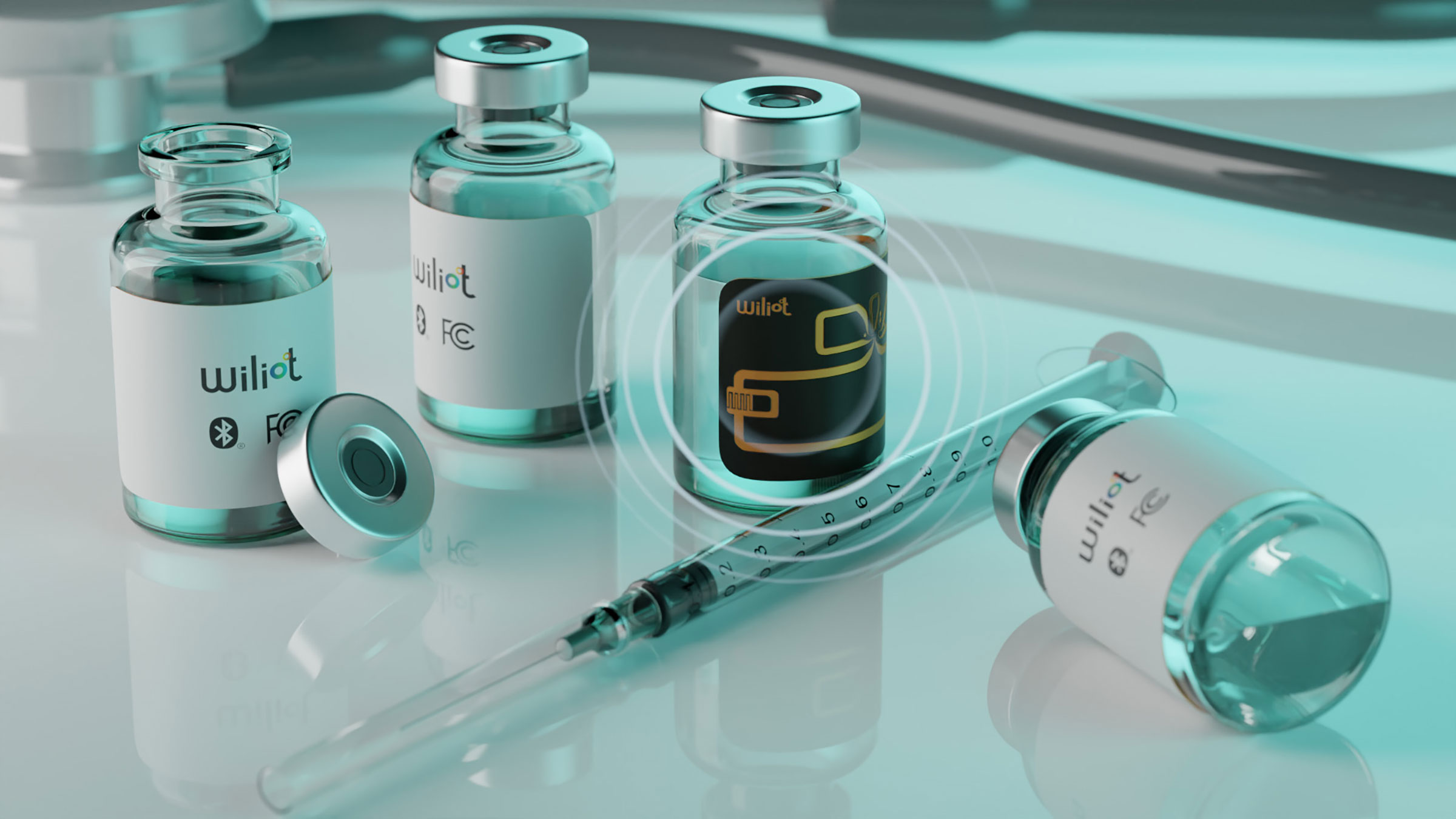
=Tracking the carbon footprint of goods through the global supply chain is incredibly tricky, particularly since there tends to be a different system in place at every step. But Wiliot, an Israel-based company, has a solution: The IoT Pixel, a stamp-sized device—costing just 10 cents each—placed on shipment boxes that transmits information about the box’s journey in real time via Bluetooth. Using proprietary software, Wiliot can then calculate the carbon footprint of shipping, storage, and more, and deliver that data to its client companies to help them analyze where they could cut emissions. The company will manufacture up to 200 million version two Pixels this year.
Counting Carbon
Eion Enhanced Rock Weathering link | image

The Earth’s natural geological weathering cycle – in which rocks erode and make their way to the sea – traps CO2. But that can take millions of years. Scientists want to accelerate the process to sequester more carbon using enhanced rock weathering, or ERW. One technique, applying a mineral called olivine to farmland, helps rocks and soil quickly absorb large amounts of CO2. How quickly? That’s a question that’s flummoxed the ERW industry – until now. Carbon removal company Eion’s patented algorithm studies a soil’s “fingerprint” for trace elements that indicate how much CO2 has been removed. “Hopefully we’re unlocking enhanced rock weathering for many other practitioners,” says Eion co-founder and chief technology officer Elliot Chang.
Optimizing the Oceans

The ocean and atmosphere are in carbon dioxide equilibrium. That means “if you remove CO2 from seawater, the oceans absorb more from the atmosphere,” explains Gaurav Sant, founder of carbon-removal startup Equatic. The company uses a process called electrolysis, which involves sending an electrical current through sea water, to remove carbon and turn it into solid mineral form. From there, the water has the capacity to absorb more carbon from the air. This process also creates hydrogen, a highly coveted clean fuel. Equatic has two pilot plants in Los Angeles and Singapore, with plans for a full-scale operation by 2026. It’s also signed a hydrogen-purchase deal with Boeing.
Picturing the Planet
Pixxel Hyperspectral Imaging Satellites link | image

A typical satellite orbiting Earth can identify a forest. Space data startup Pixxel’s satellites, equipped with powerful hyperspectral imaging technology, can identify the tree species and tell you how healthy the leaves are. With three satellites in orbit and six more planned for launch, the Google-funded company’s constellation can help monitor forests, track crop health, and look for methane leaks. Pixxel has more than 50 customers, including agritech companies and mining groups, and this year landed a contract with the U.S. government’s National Reconnaissance Office. “We’re building a health monitor for the planet,” says Pixxel co-founder and CEO Awais Ahmed.
Building Better
Brimstone Carbon-negative Cement link | image
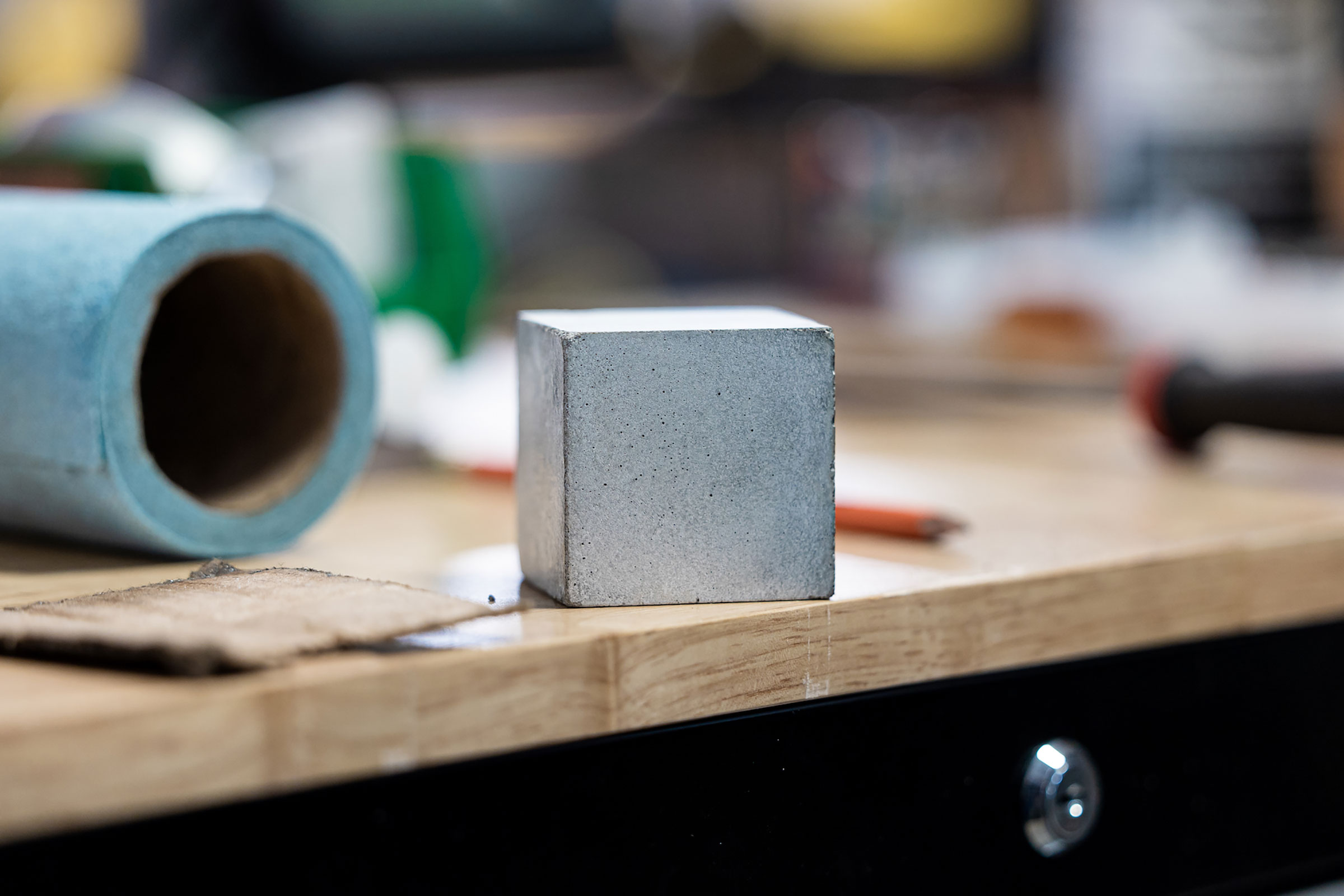
The cement industry generates three times more carbon emissions than the aviation industry, the bulk of which come from limestone, which releases CO2 when processed. Manufacturer Brimstone swapped limestone for calcium silicate rock, which is not only far more abundant, but produces a byproduct that absorbs CO2, making the company’s cement effectively carbon negative. In July, Brimstone became the first in the industry to receive third-party certification that its product is as strong as standard cement. The company is now looking to scale up. “It shows the industry that there’s a solution coming,” says Brimstone co-founder Hugo Leandri.
Real-time Air Quality Info
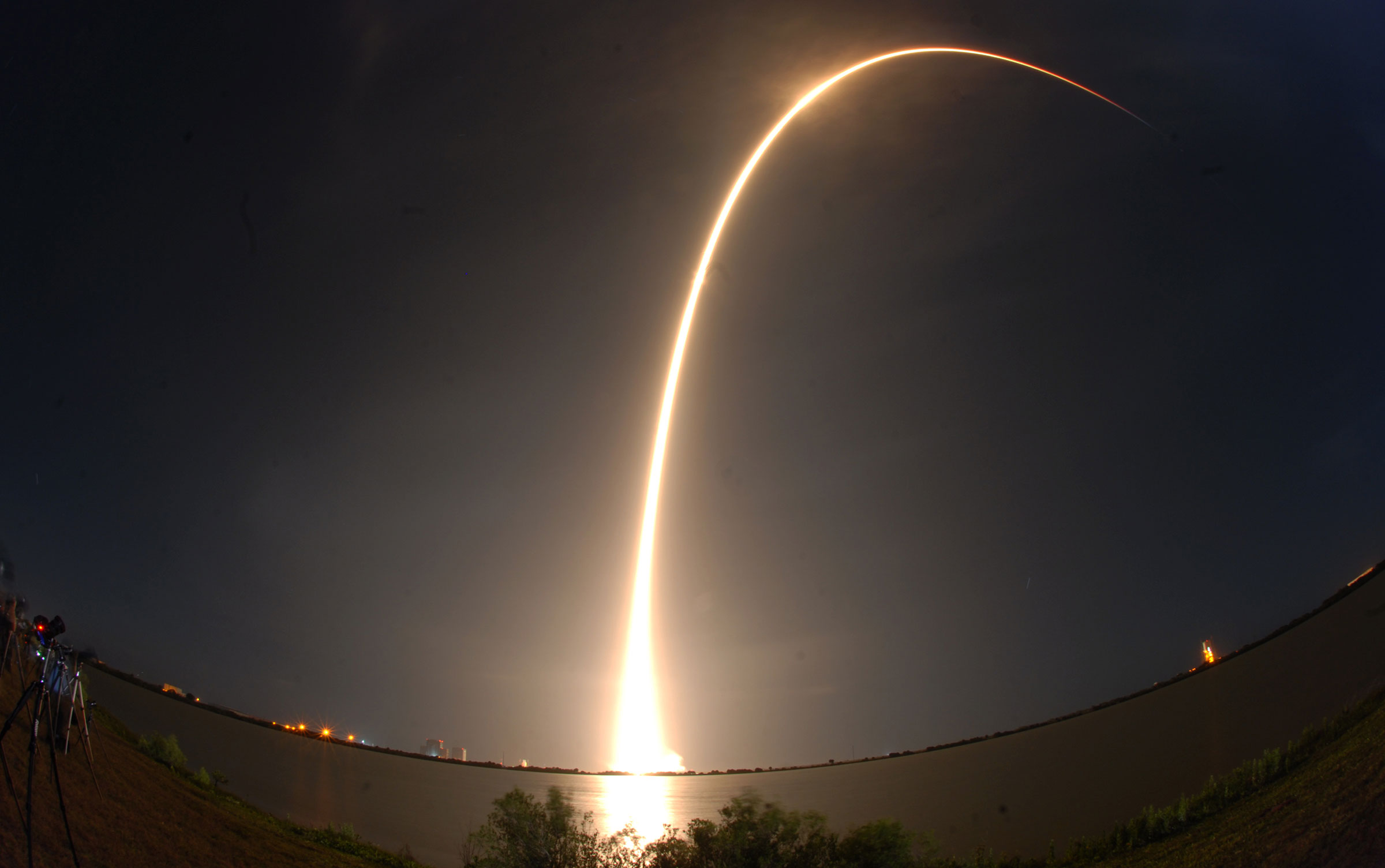
Air pollutants travel fast, and daily observations make it hard to pinpoint the source. In August, the NASA TEMPO (Tropospheric Emissions: Monitoring Pollution)—which hovers on a satellite 22,000 miles above North America—began monitoring nitrogen dioxide and air quality, sending hourly updates that allow scientists to better understand the sources of pollution, which is increasingly urgent given global declines in air quality and bouts of wildfire smoke. This high-altitude perch allows an unprecedented macro analysis, and high-resolution tracking enables scientists to zoom in on a town or city level.
TRANSPORTATION
More Than a Fast Car

To make the wasplike 21C—one of the fastest street-legal, mass-produced cars ever—Czinger used the all-in-one Divergent Adaptive Production System (DAPS). In tandem with human input, generative AI engineered the car and 3D-printed and assembled the components, including the first fully printed suspension. It starts at $2 million, but co-founder Lukas Czinger says it’s not just a luxury: “Yes, it’s hugely expensive. But it’s doing something quite revolutionary.” DAPS minimizes the amount of structural material by 15% to 40% and makes lighter, more efficient vehicles—reducing waste and streamlining the supply chain.
A Worry-free Commute
Zoox Autonomous Employee Shuttle Service link | image

Autonomous vehicles get closer to becoming reality every year, and Zoox has made the latest leap forward. The Amazon subsidiary, tasked with designing autonomous vehicles without a steering wheel, pedals, or driver’s seat, is using its own staff as testers. Since February, hundreds of the Zoox’s employees in Las Vegas and Foster City, Calif., have been commuting to work on open roads via an autonomous employee shuttle service. (Remote human assistance is available, if need be.) Zoox plans to introduce the service to the general public in Las Vegas and San Francisco in the future.
A Supersmart E-bike
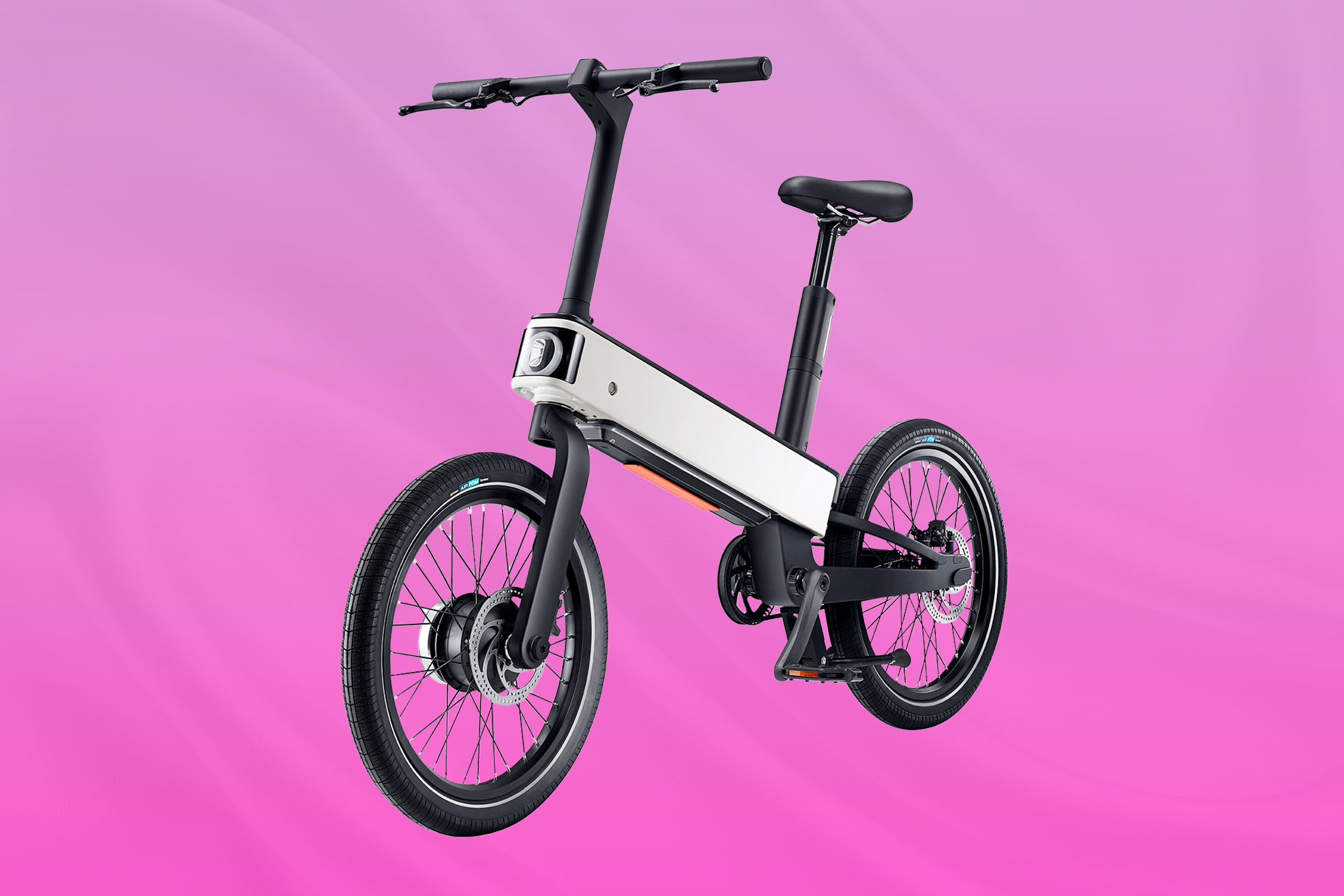
The Ebii, the first electric bike from consumer-electronics company Acer, has plenty of futuristic flourishes: a proximity sensor that automatically locks the bike when you walk away; built-in GPS to help in case of theft; a smooth, carbon belt instead of a greasy chain; and a battery that pops off and doubles as a portable charger for your laptop and phone. But it’s the algorithmic smarts that set this bike apart. Sensors understand your pedaling force and elevation, and automatically adjust the electric power-assistance level for a smooth ride. No more gears.
A Personal Helicopter

Cross a human-sized drone with a motorcycle sidecar and you get the Ryse Recon, a one-person ultralight aerial vehicle that takes off and lands vertically. Thanks to a self-flying mechanism powered by AI, when you’re ready to touch down you simply press the “Land Now” button. The flotation devices beneath each of the six propellers even let you land on water. Out in the spring, the Ryse Recon is intended to help ranchers and farmers quickly reach hard-to-access parts of their land. And you don’t need a pilot’s license to use one. “I could teach you to fly it in 15 minutes,” says Mick Kowitz, CEO of Ryse Aero Technologies.
An Airless Wheel
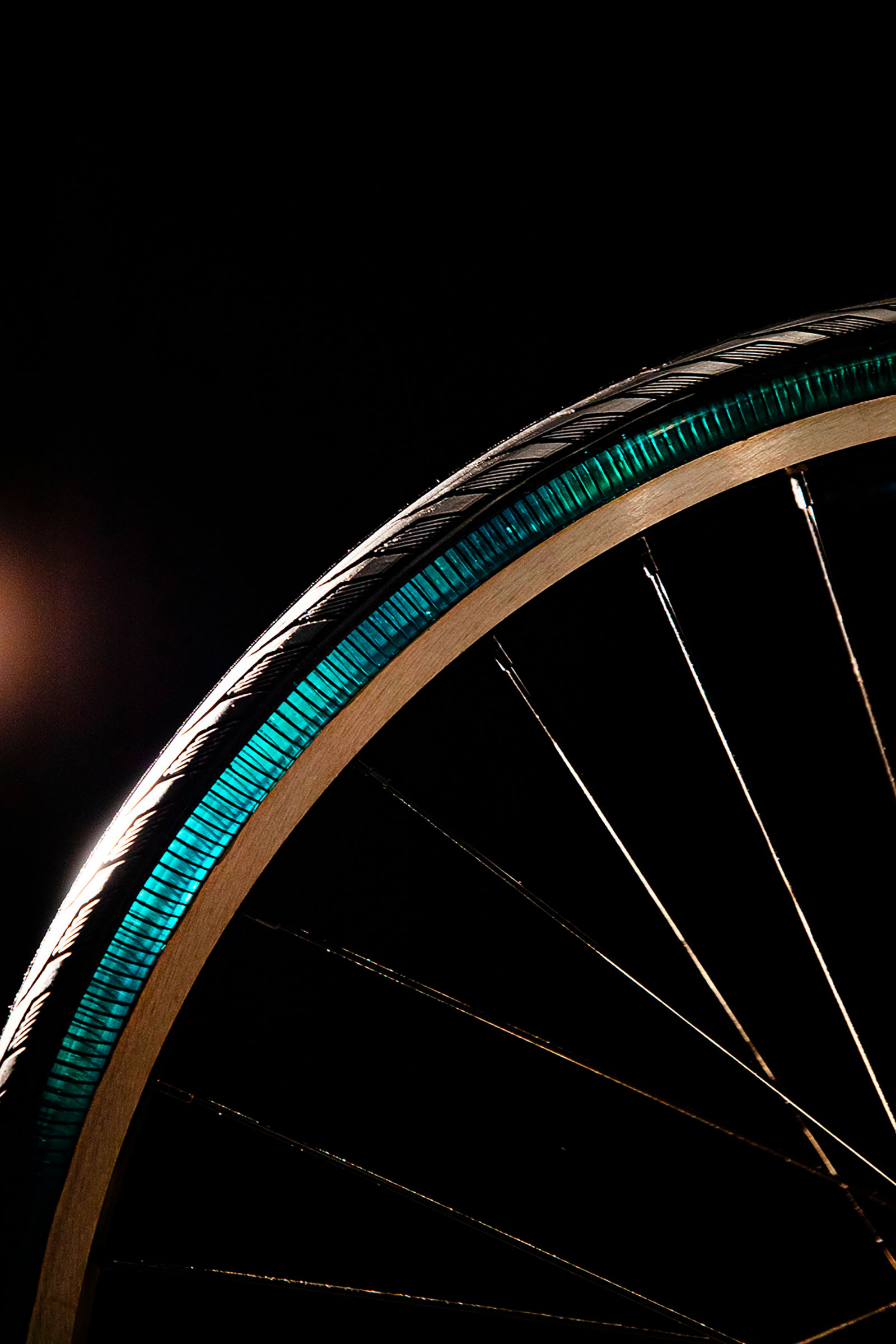
At a 2020 NASA program for entrepreneurs, Earl Cole and Brian Yennie learned about an unusual metal alloy called nitinol, which the agency used to build airless wheels tough enough to roll over the rocky surfaces of the moon or Mars. Intrigued, Cole, now CEO of the SMART Tire Co., and Yennie, its CTO, developed an airless bicycle wheel made from a spiral largely made of nitinol. The tire, set to ship next year, will never go flat, and “actually could last the life of your vehicle,” says Cole, if you replace the cheap rubber tread on the exterior as it wears down.
Hope for Clean Flight
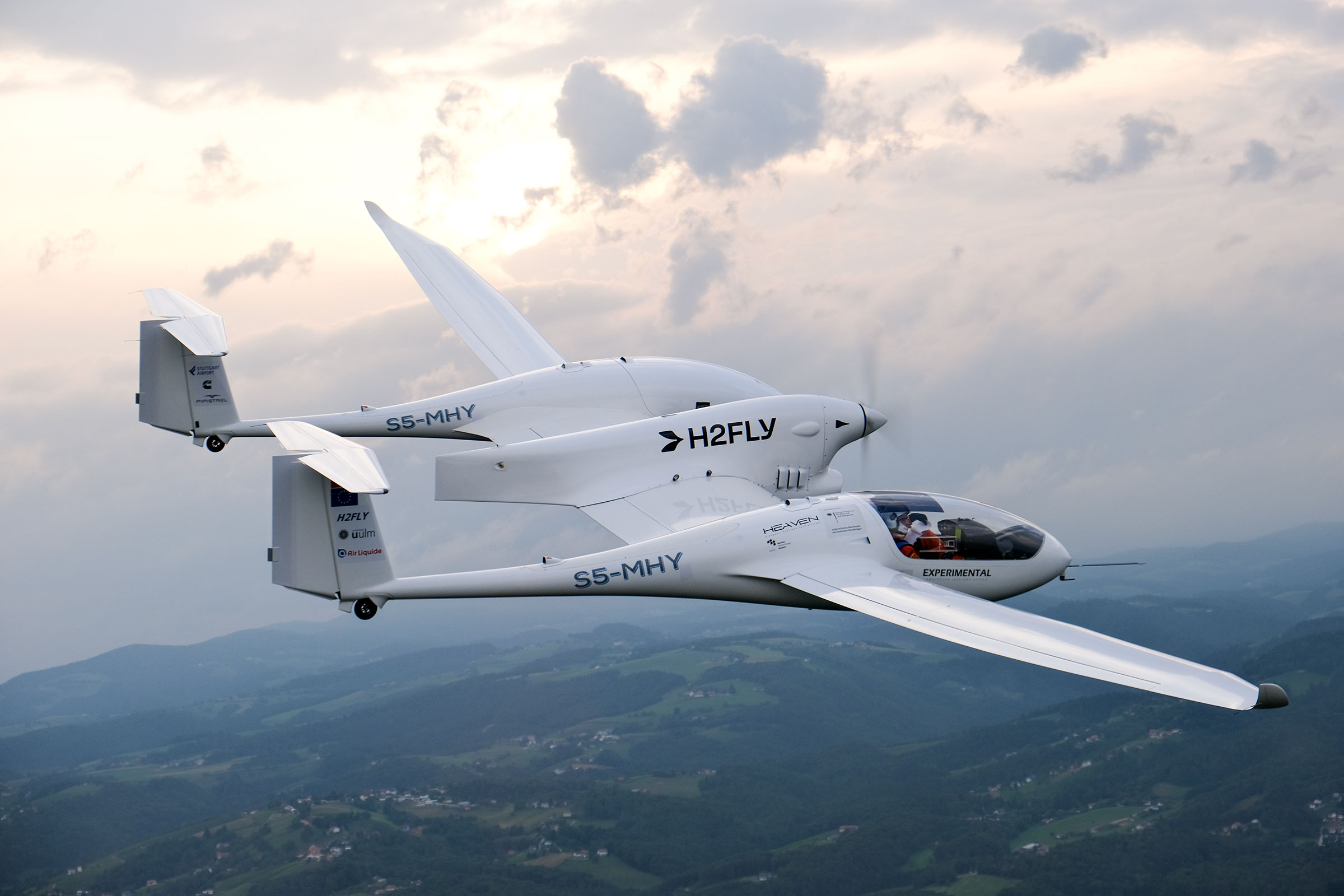
“I’m a pilot, and I love flying,” says Josef Kallo, co-founder of German company H2FLY. “But it’s always this headache that I’m burning too much fuel and destroying the planet I live on.” H2FLY set out to find a more sustainable alternative, converting a piloted, four-seat HY4 electric plane to run on liquid hydrogen. In September, the company announced a world-first for such a craft: It test flew the plane over Slovenia four times, including one flight that lasted more than three hours. Next up, H2FLY plans to convert a 40-seat passenger jet.
A Stand-out EV
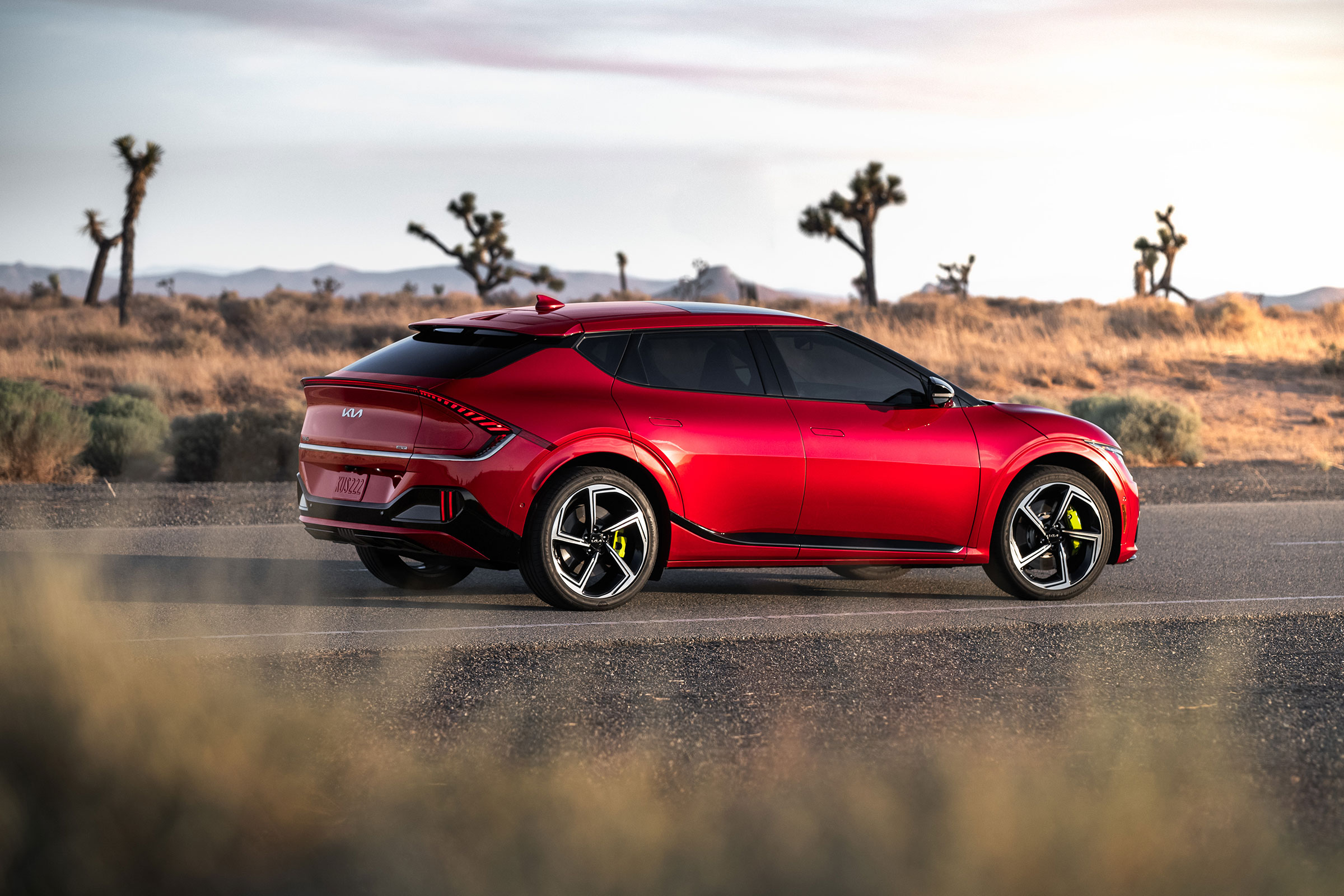
At this point, EVs are often either very expensive or pretty mediocre. Kia’s EV6 GT, named the 2023 World Performance Car at the World Car Awards, is neither. At roughly half the price of EVs with comparable power, the EV6 GT goes from zero to 60 in 3.4 seconds, has a top speed of 161 mph, and even includes a “drift mode,” which shifts power to the rear and outside wheels to help you slide sideways, Fast and the Furious-style. “This isn’t your grandma’s golf cart,” says Kia chief operating officer Steve Center. “This is a screamer.”
Sustainable Shipping

The shipping industry annually emits one billion tons of CO2, or over 2% of the world’s total. Combating that problem is the Laura Maersk, the first container ship powered by green methanol (a low-carbon fuel), which made its maiden voyage in September. The ship was commissioned by Denmark’s Maersk, and manufactured by South Korea’s Hyundai Mipo Dockyard. Maersk already has 24 more such container ships on order, and the shipping industry has ordered another 100, including green methanol-powered ferries and cruise ships. Morten Bo Christiansen, head of energy transition for Maersk, says the shipping business has been historically fossil-fuel intensive and resistant to change, but now, “We’re seeing the industry step up to the plate.”
A Self-driving First
Mercedes-Benz Drive Pilot link | image
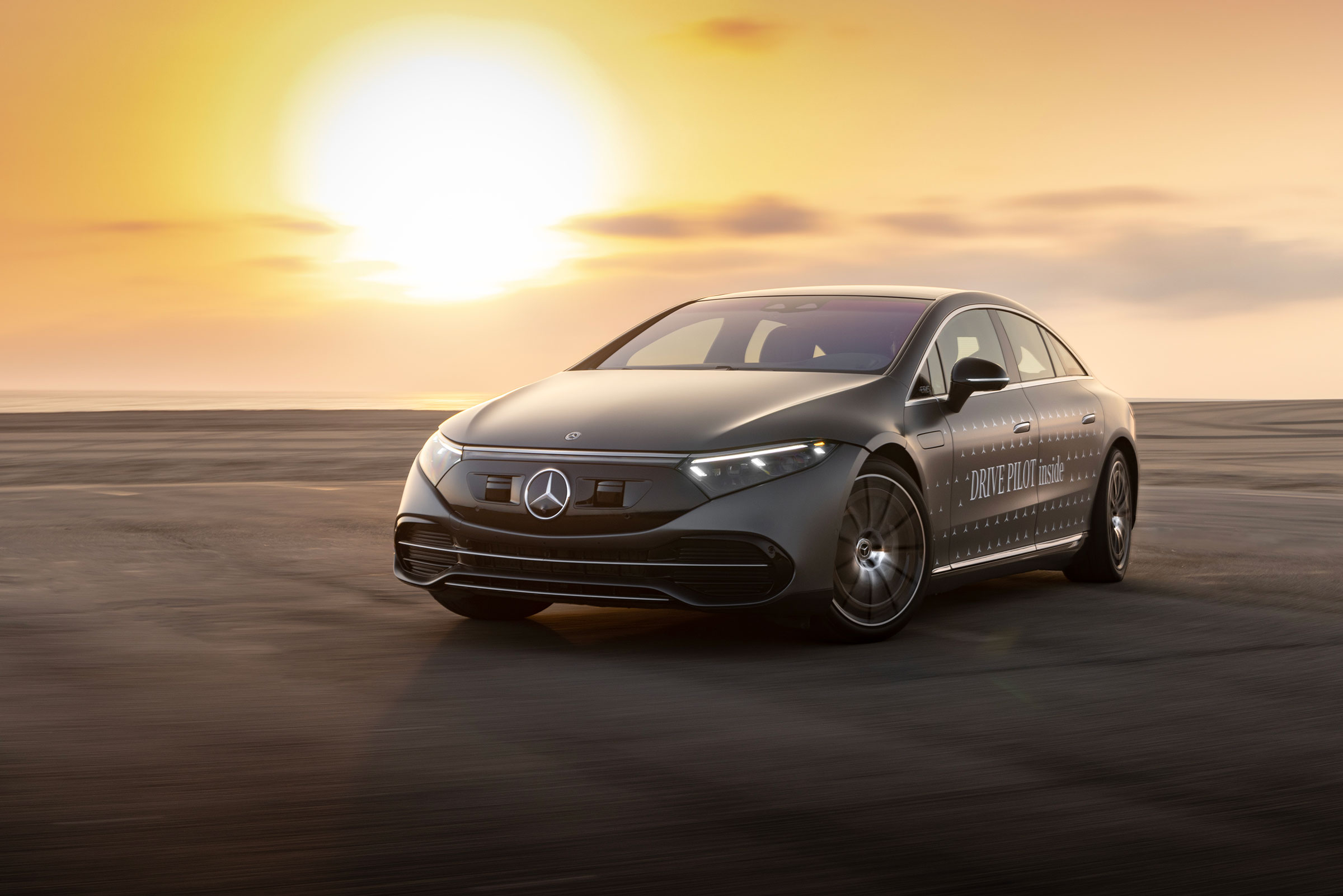
Current cars’ “self-driving” modes still require hands near the wheel and eyes on the road. But with an advanced new multi-sensor system called Drive Pilot, Mercedes-Benz’s 2024 S-Class and EQS Sedans are the first cars certified for Level 3 self-driving in the U.S. (in California and Nevada). It means that under certain conditions (mainly highway traffic jams, with low speeds and a well-mapped road), you can completely cede control to the vehicle.
Autonomous Ferry
Callboats CAT 10 L link | image
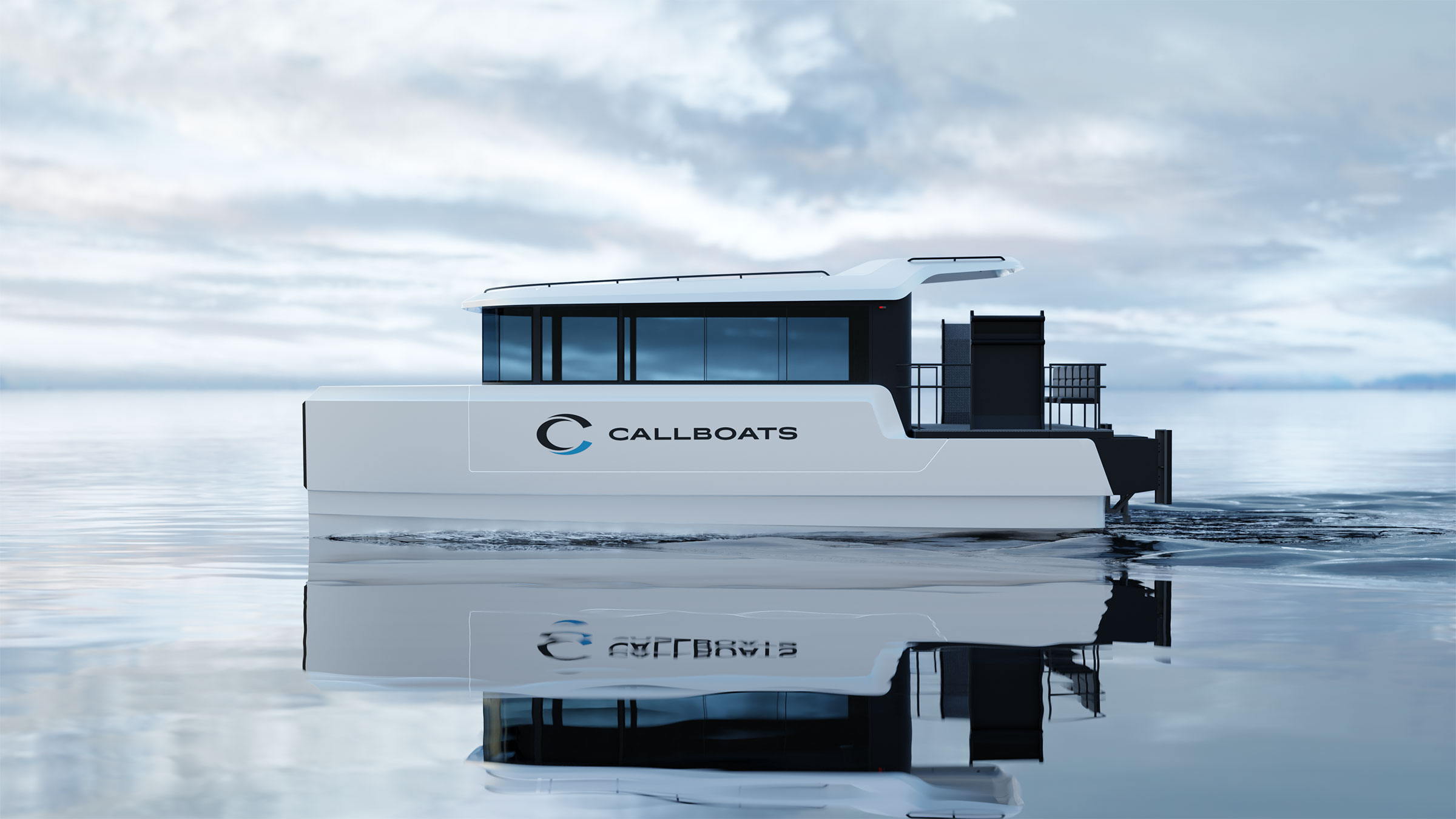
Up to 70% of the cost of maintaining a passenger-boat fleet comes from paying captains. In the interest of economics and sustainability, the Finland-based Callboats has developed the world’s first AI-powered autonomous boat, which is all-electric and partly charged by solar energy. Pending regulatory approval, the 30-passenger 10-L water taxi will run between Helsinki and a nearby archipelago with only one crew member on board (just in case anything goes awry). Users will be able to hail the vehicle, which can reach a top speed of 12 knots (nearly 14 m.p.h.), via a mobile app.
A Quiet Boom
Lockheed Martin and NASA X-59 link | image

Supersonic jets are better than ordinary planes in almost every way except one: their sound. The boom such planes make when they break the sound barrier is one reason they stopped being used in commercial travel with the retirement of the Concorde 20 years ago. But Lockheed Martin’s X-59 supersonic jet, which can reach mach 1.4 (925 mph), tamps down the noise thanks to its slender silhouette and woodpecker-like nose cone – all designed alongside NASA. People on the ground will perceive the 99-foot-long jet’s sonic boom at around the same level as a car door closing. The X-59’s first test flight is expected in 2024.
WELLNESS
Healing Light
Lumaflex Body Pro link | image
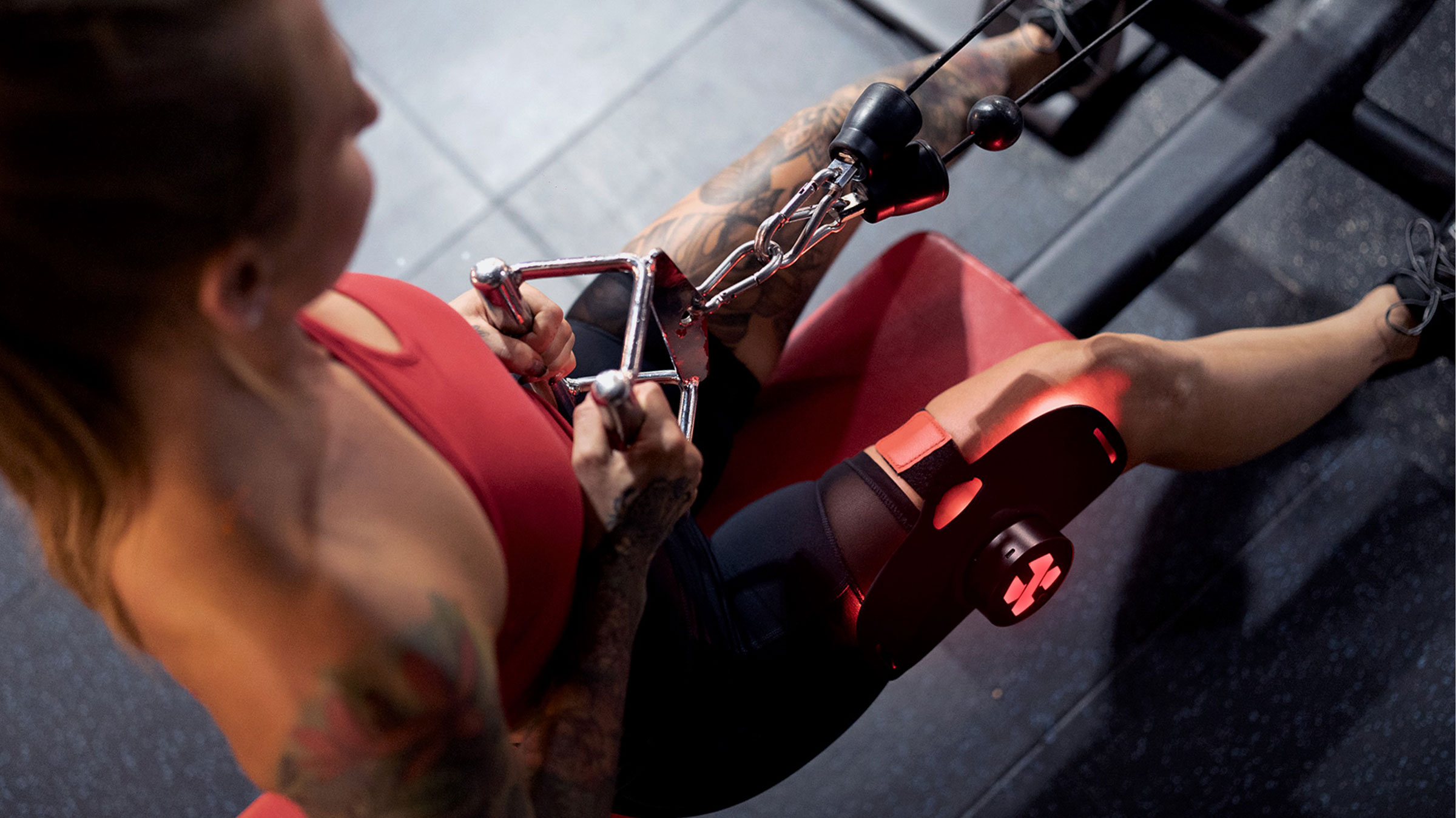
Red light therapy targets the mitochondria, the powerhouse of our cells, providing them more energy to function. The noninvasive treatment has been shown to alleviate pain and inflammation, and aid in muscle recovery, skin health, and more. While red light therapy once required cumbersome lamps or a trip to a specialized facility, Lumaflex Body Pro packages the tech in a flexible panel that straps onto any body part, putting its red- and infrared LEDs in direct contact with the sore area. Lumaflex touts the Body Pro as an athletic performance and recovery booster, but CEO John Graham says the FDA-cleared device can help anyone experiencing muscle pain.
Understanding Your Metabolism

The brainchild of twin sisters Merav and Michal Mor, Lumen is a handheld, breathalyzer-like device that measures carbon dioxide levels in the breath – a do-it-yourself alternative to a technique that has long been used for metabolic testing in clinical settings. From there, it can determine whether the body is burning more fat or or carbs at a given time, then advise users accordingly on nutrition, exercise, and rest via the connected app as part of an overall wellness regimen. “It can help people change their behavior,” says Daniel Tal Mor, CEO of Lumen, which raised $62 million in funding at the end of 2022.
A Steadier Hand
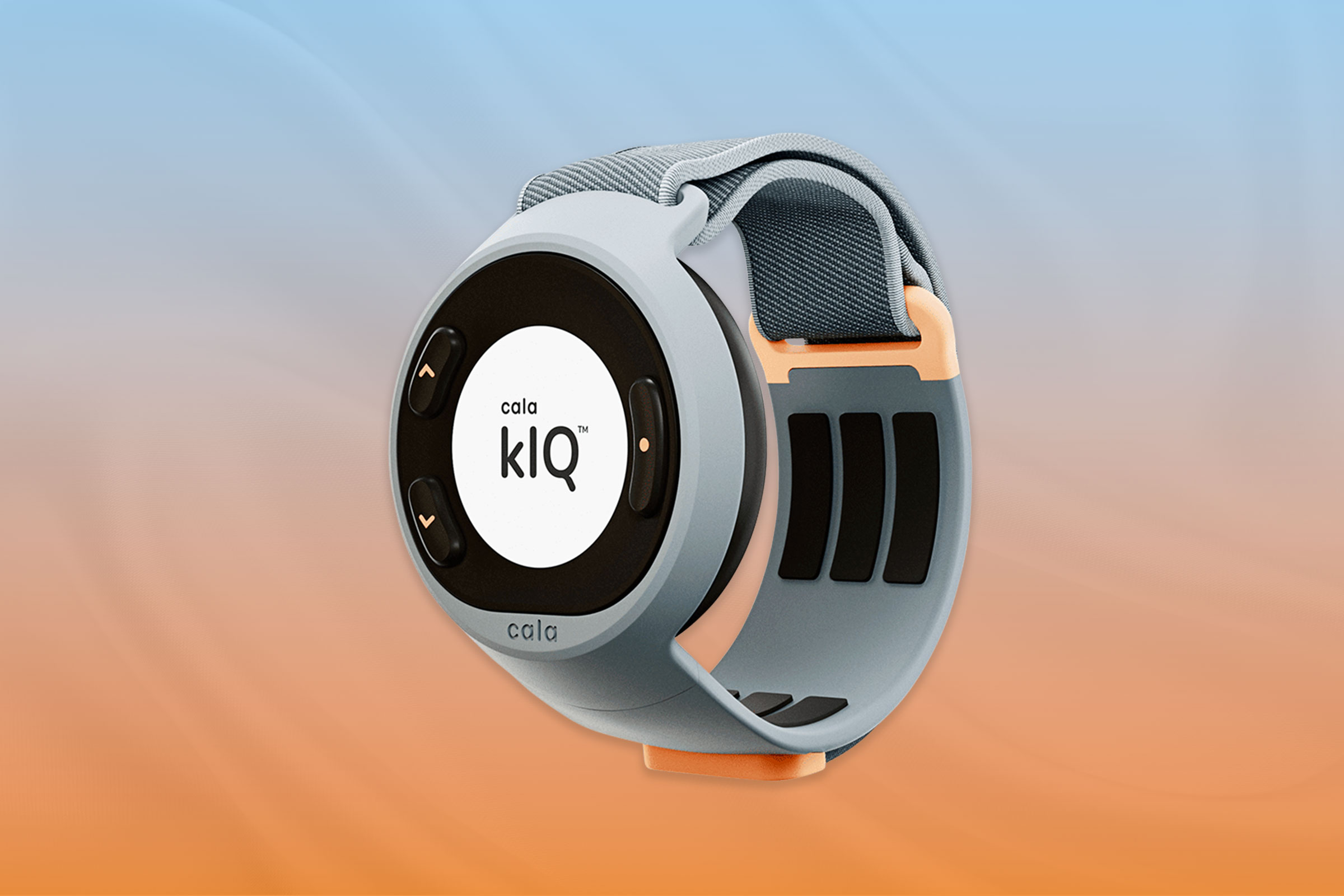
Essential tremor afflicts up to 10 million Americans, and most experience life-complicating shaking of the hands. Cala kIQ is a wearable, rechargeable device that sends electrical impulses from the wrist to the brain, to lessen the physical effects of misfiring neurons and temporarily let the wearer do things like hold a cup with more ease. It’s also approved for patients with Parkinson’s. A peer-reviewed study found that 80% of patients receiving the type of therapy delivered by Cala kIQ saw tremor power cut at least in half
A Saliva Pregnancy Test

Urine-based pregnancy tests date back more than 3,200 years, but for some, they’re kind of gross. Biotech company Salignostics removes the ick factor. Its saliva-based pregnancy test, the Salistick, is a world-first, detecting the beta human chorionic gonadotropin hormone (a giveaway for conception) in 10 minutes, with 95% accuracy. “There is a huge amount of data in saliva,” says Guy Krief, co-founder, deputy CEO, and chief business development officer of Salignostics. Though still pending FDA approval, the Salistick was launched in the U.K. in the summer, selling around 20,000 units in the first two months.
Fire and Ice
Therabody RecoveryTherm Cube link | image
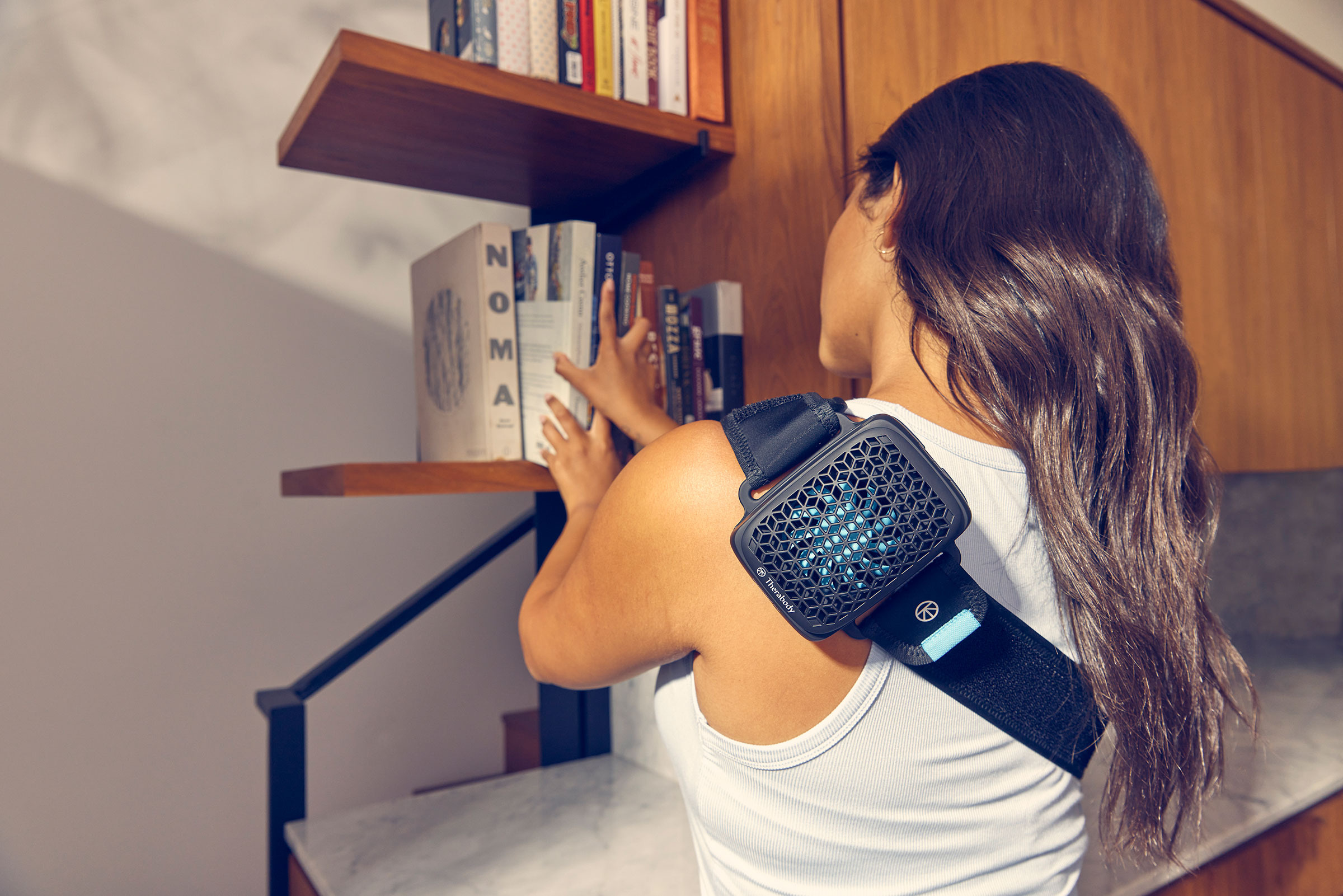
Therabody’s latest muscle recovery tool is a wearable device the size of a digital camera. Instead of alternately immersing yourself in hot and cold tubs—a practice shown to significantly reduce muscle soreness—just strap or hold the wireless RecoveryTherm Cube to the affected muscle. It uses infrared and cryotherapy technology to deliver spot treatments ranging from 46°F to 109°F, says Therabody founder and chief wellness officer Jason Wersland, without any mess or hassle.
SPECIAL MENTIONS
Extraterrestrial Garbage Bag
TransAstra FlyTrap link | image
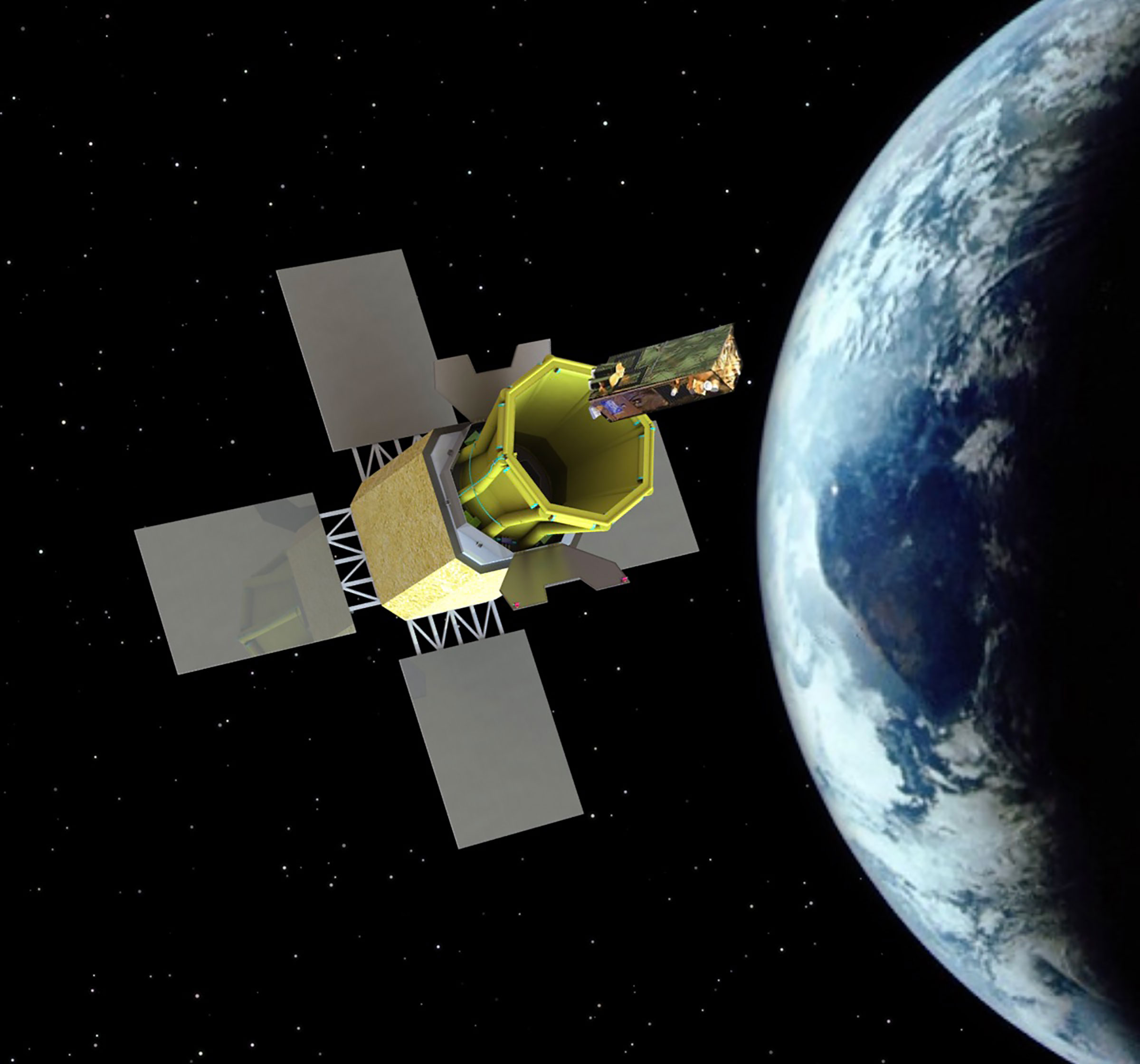
SPECIAL MENTION: In August, NASA awarded space startup TransAstra an $850,000 contract to build and demonstrate a prototype FlyTrap, a bag to pick up space debris, which can cause dangerous collisions. Made from the flexible material kapton, the bag will be shot into orbit on a rocket once it gets additional funding for launch.
Immersive Movie Lighting
Nanoleaf 4D Screen Mirror + Lightstrip Kit link | image
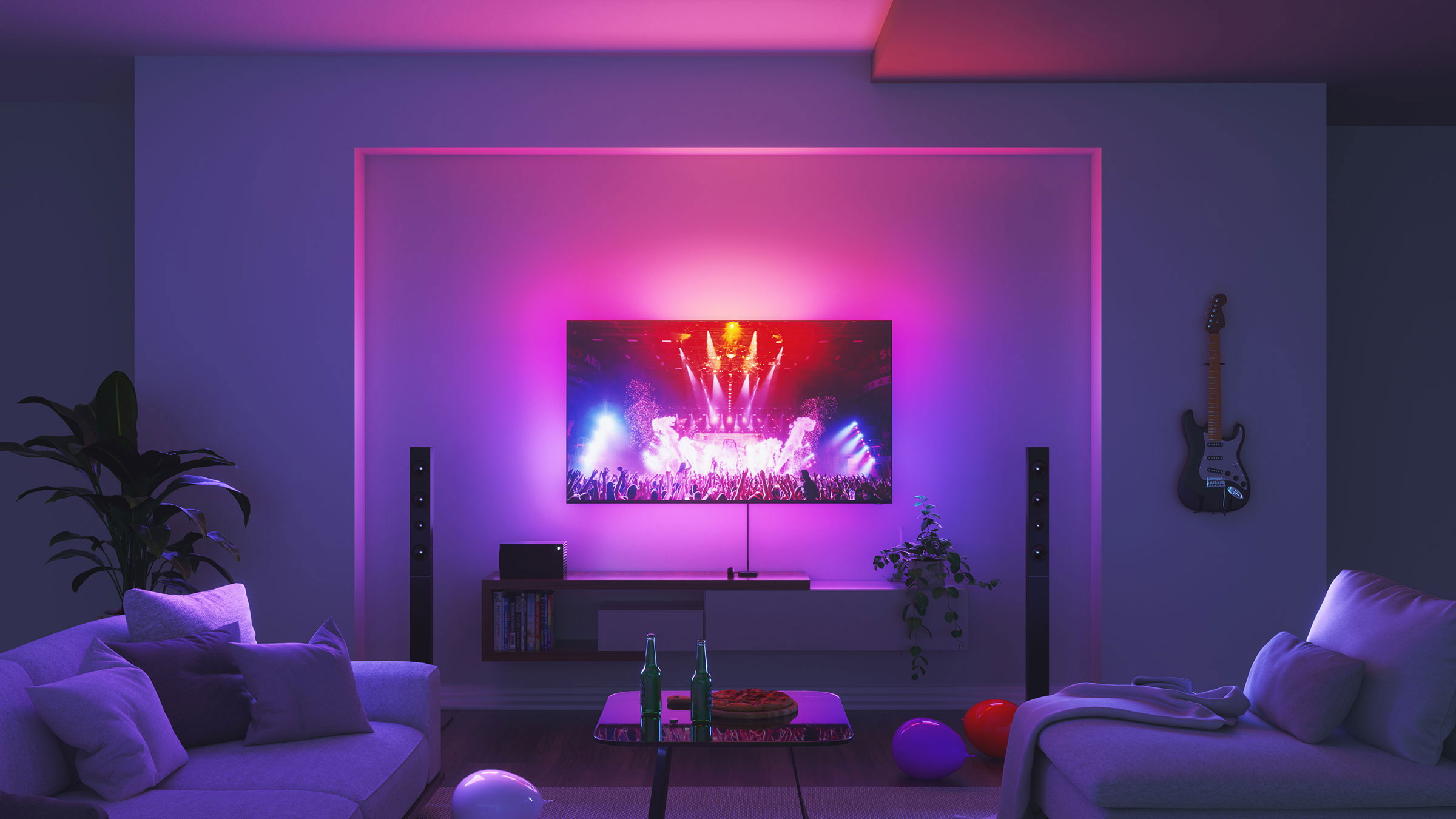
SPECIAL MENTION: The Nanoleaf 4D Screen Mirror + Lightstrip Kit uses a camera to detect the colors of the show or movie on your television and syncs them with an LED light strip mounted behind the screen to create a colorful backlight show. The effect is of a more immersive watching experience.
Innovative Farming
New Holland T7 Methane Power LNG Tractor link | image
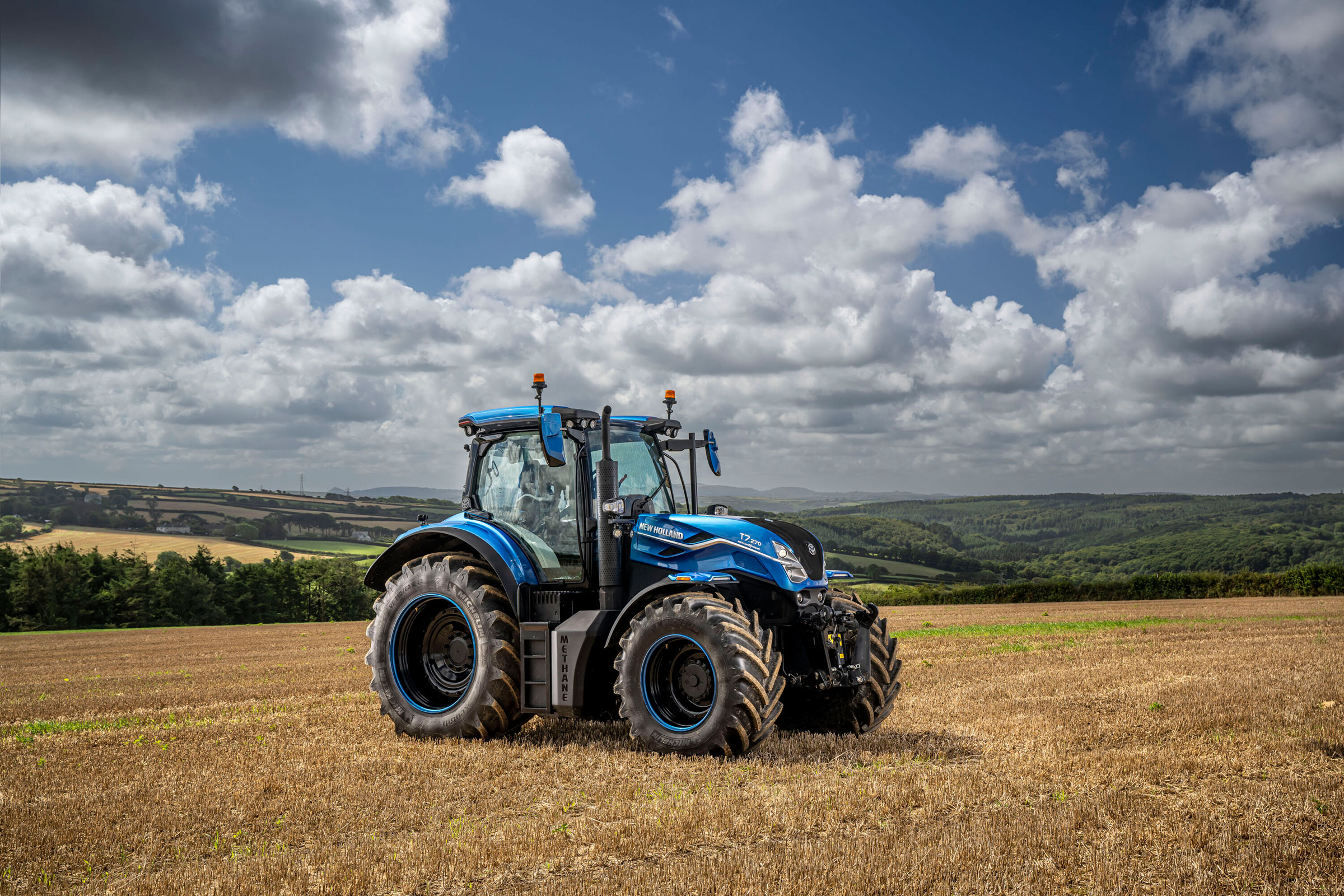
SPECIAL MENTION: New Holland Agriculture’s prototype T7 is the first tractor powered by liquified natural gas (LNG). The source of said gas—livestock manure—is plentiful on many farms. Using a system developed by a New Holland subsidiary, farmers can capture “fugitive” gas from covered manure lagoons and process it into LNG for storage in on-site cryogenic tanks. The T7 could become commercially available as soon as 2026.
Non-toxic Power
Italian Institute of Technology Edible Rechargeable Battery link | image
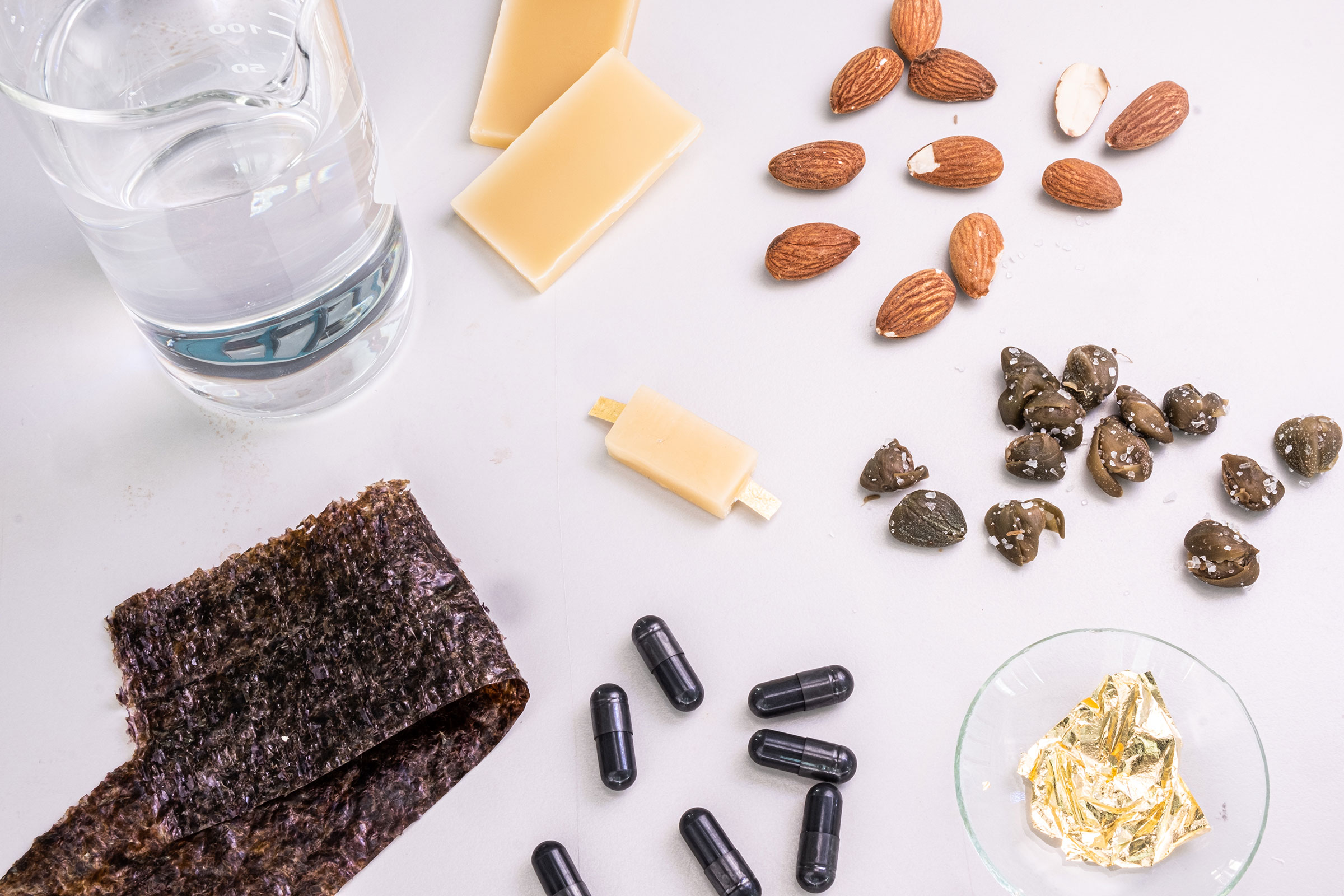
SPECIAL MENTION: Batteries are ubiquitous and often end up in kids’ stomachs, where they can cause devastating injuries. Now, researchers at the Italian Institute of Technology in Milan have developed a small, rechargeable battery that’s also entirely edible. Supplying enough juice to power a small LED device for more than 10 minutes, not only could it reduce the number of child battery injuries, it could one day be instrumental in medical devices that are embedded in the body.
Soothing Touch

SPECIAL MENTION: More than 55 million people worldwide suffer from dementia, and millions more experience social isolation. Enter Crdl, pronounced “cradle,” a wooden musical instrument with electronics hidden inside that’s played by human-to-human physical contact. Tap someone’s shoulder while both of you have a hand on the Crdl and you might hear a violin; squeeze their hand and you might unlock a joyous symphonic swell. The musical translation, the company says, helps those with dementia understand that they are valued and loved.
Cook Without the Smell

SPECIAL MENTION: Live in a small space without a kitchen vent? The stylish Airhood, which its creators tout as the world’s first portable range hood, sits next to your stove and sucks cooking fumes through an air filter and captures grease.
Tricking AI

SPECIAL MENTION: As visual artists raise concerns about AI ripping off their work, researchers at the University of Chicago came up with an innovative solution: Glaze, a tool that uses machine learning to make subtle changes to a work of art that are almost invisible to humans, but lead AI to interpret it as a completely different style.
3D Without the Glasses
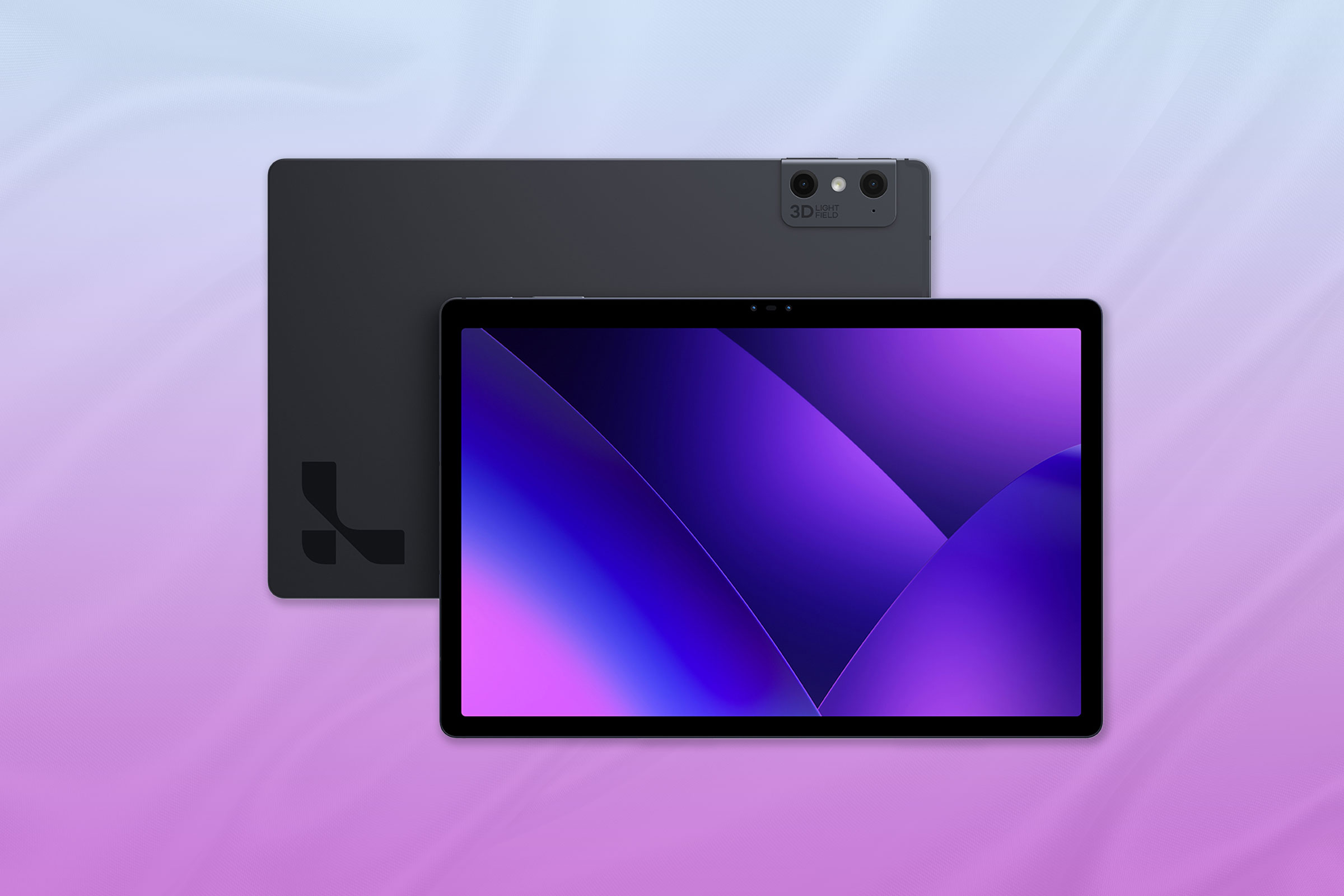
SPECIAL MENTION: Forget cardboard glasses. By tracking your eyes with AI, the Leia Lume Pad 2, an Android tablet, can present 2D and 3D videos in 3D, no eyewear needed.
A Safety Wrap for Baby
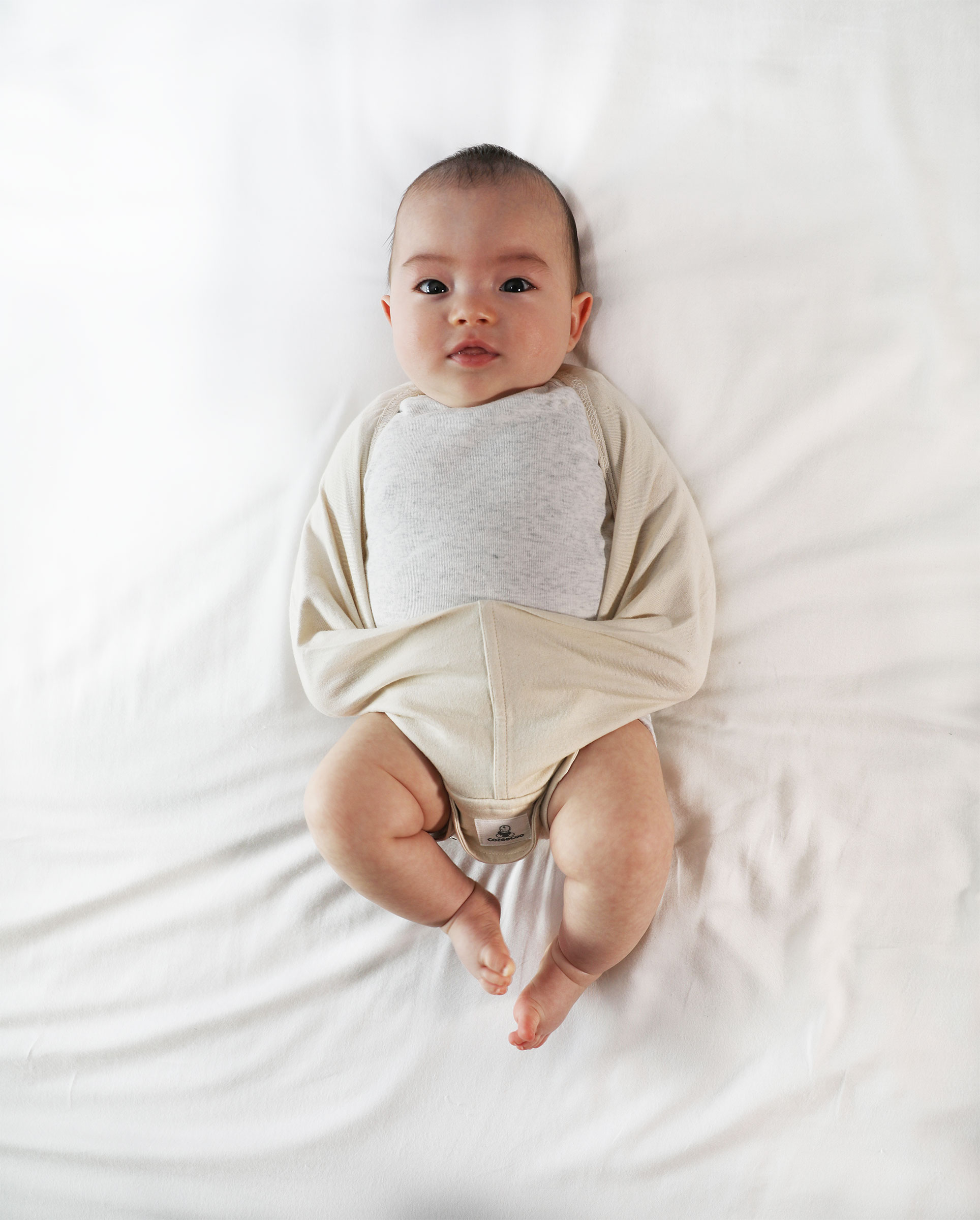
SPECIAL MENTION: Wriggly babies may accidentally hurt themselves when their skin is irritated, they’re recovering from a surgery, or they’re using a medical device. But the CozeeCoo garment can gently restrain their arms to keep them safe, giving parents an alternative to a tight swaddle.
A Less Guilty Pleasure
Oobli Sweet Proteins link | image
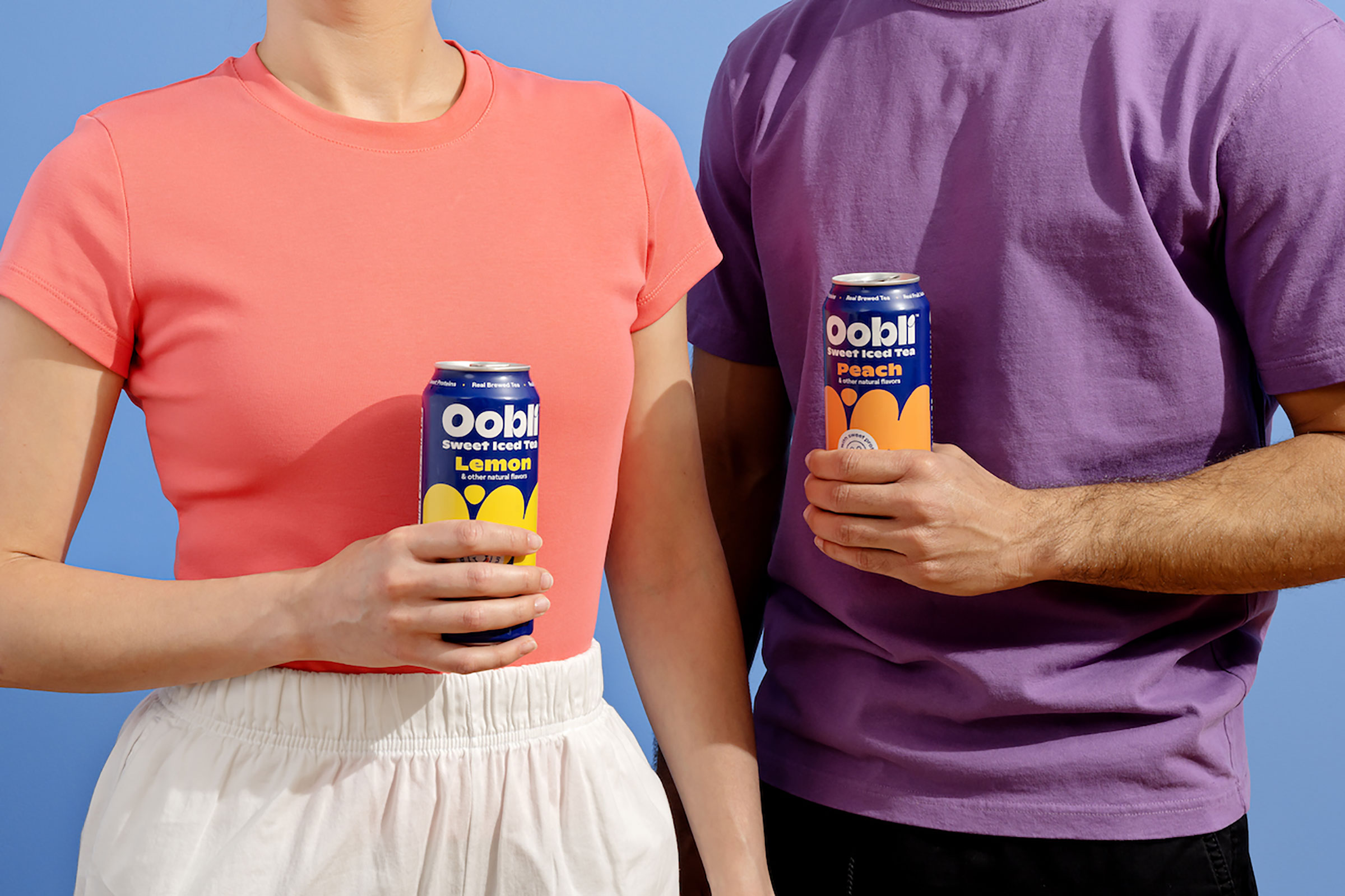
SPECIAL MENTION: Oobli’s iced teas and chocolates taste like a sugary treat, but their recipes have a secret: their sweetness doesn’t come from sugar, but from “sweet proteins,” which were created via a precise fermentation process to imitate a protein found in certain fruit, including the Oubli fruit native to west Africa.
Simpler Gum Care
Flaus Electric Flosser link | image
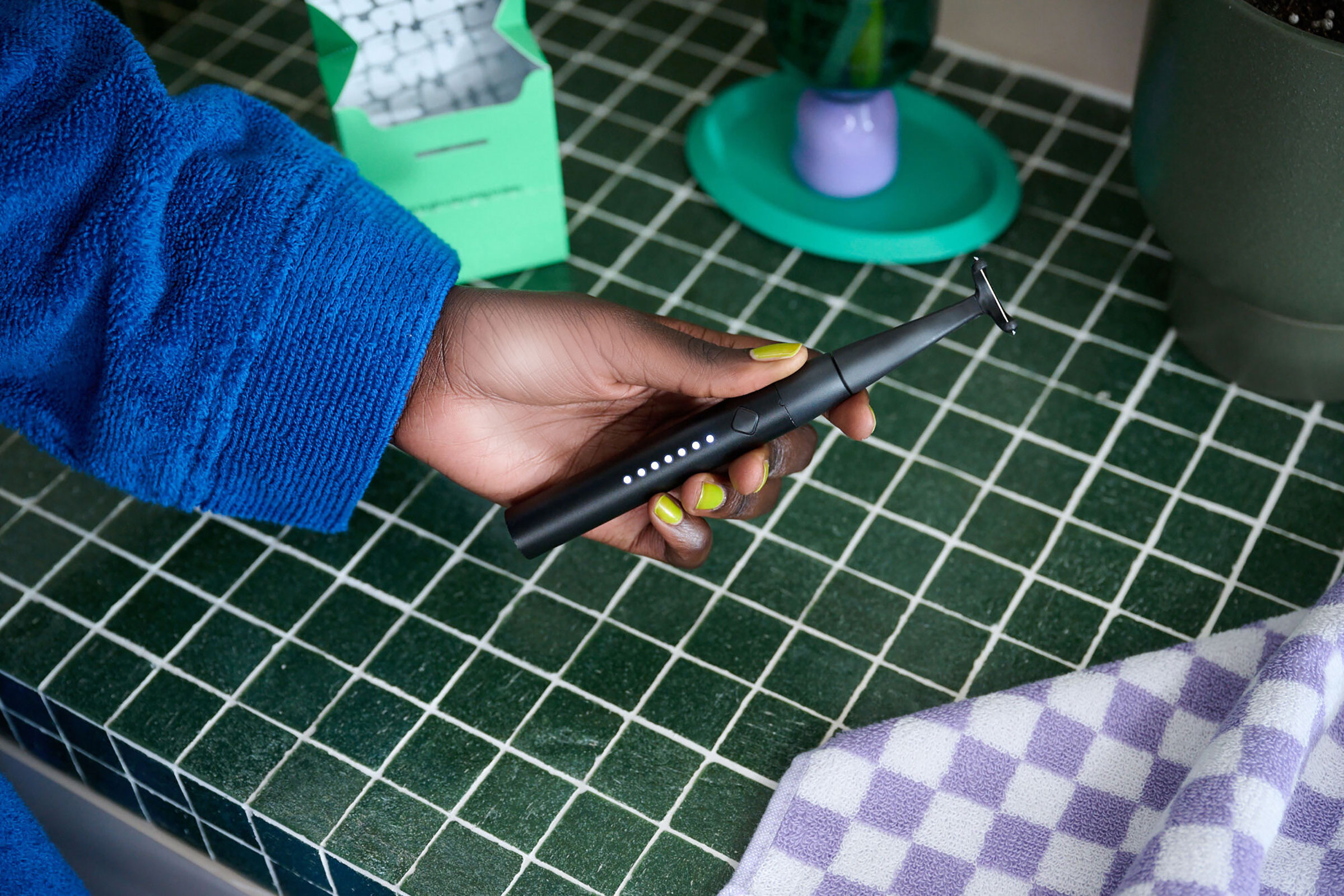
SPECIAL MENTION: If you skip flossing because it feels awkward, the Flaus Electric Flosser might change your mind—it uses dental floss and sonic vibrations to clean quickly and deeply between your teeth, without the need to stick your fingers in your mouth.
Subterranean Transport
Pipedream Labs Underground Delivery link | image

SPECIAL MENTION: Pipedream Labs is looking underground to make last-mile logistics cheaper and more efficient. The company is building below ground delivery systems that can transport goods through subterranean pipes, starting with a 1-mile network in Georgia.
A Tiny Insulin Pump
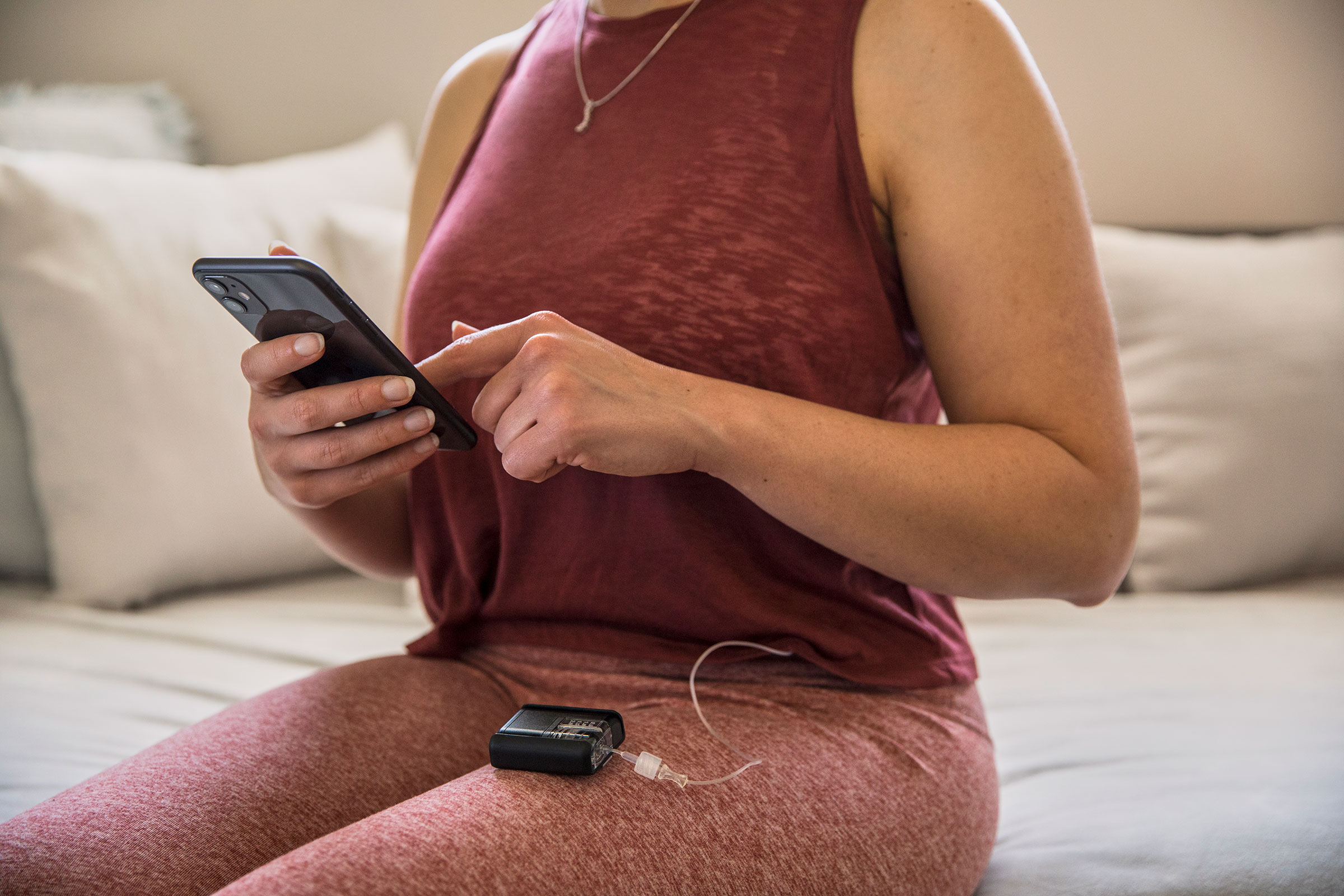
SPECIAL MENTION: Tandem Diabetes Care claims that its Tandem Mobi is the smallest durable automated insulin delivery system, and is so tiny “it can fit in a coin pocket.” The size makes the device more discreet than others, and it works both manually and with a smartphone.
A Graspable Toothbrush
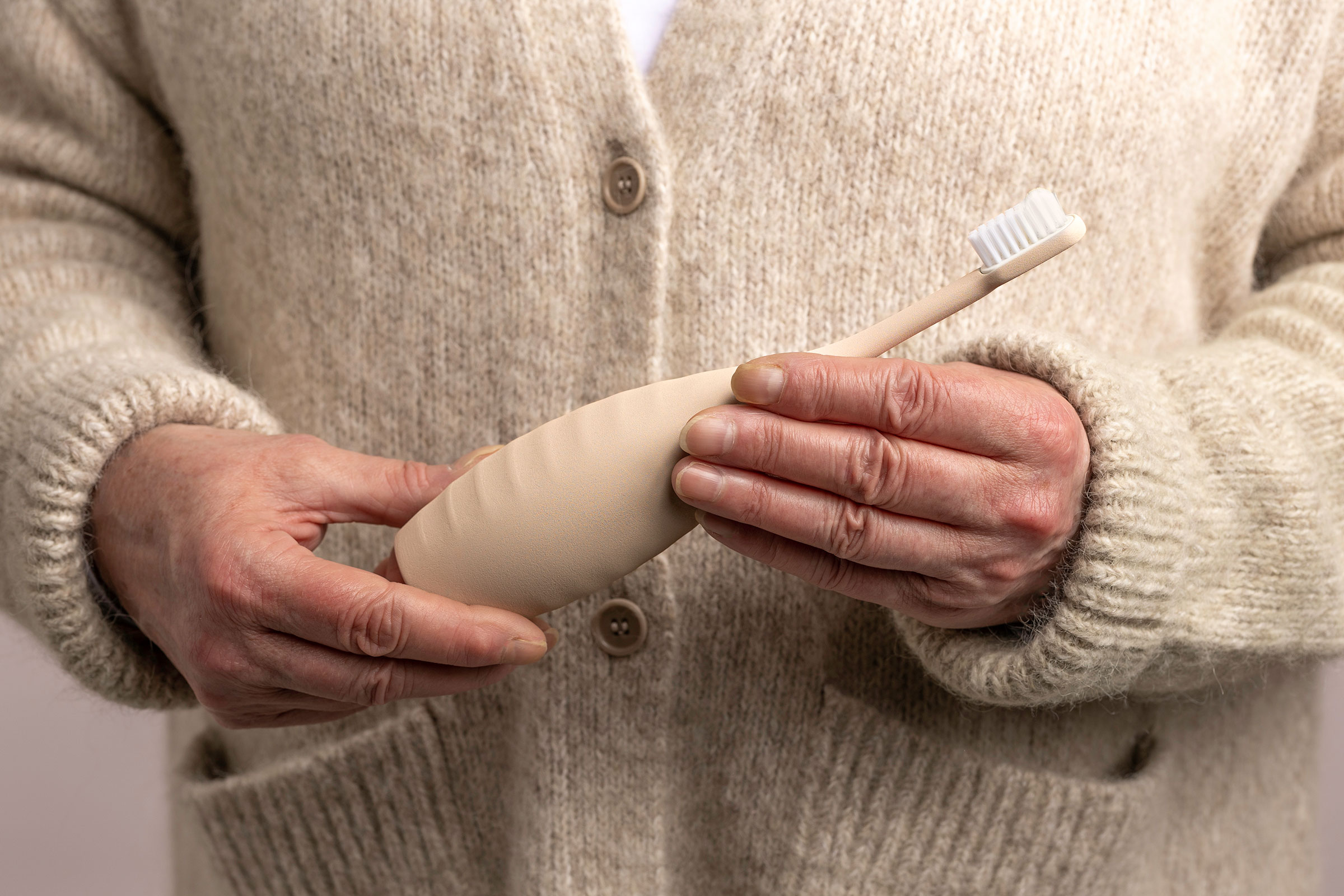
SPECIAL MENTION: Toothbrushes don’t need to be one-size-fits-all. In the {access}ories line, a digital platform guides people with dexterity issues like arthritis, carpal tunnel, and tremors to choose between 142 different possible attachment shapes that can make their electric or manual toothbrush more comfortable to hold.
Eco-beer
Epic OneWater Brew link | image

SPECIAL MENTION: With the creation of Epic OneWater Brew, water recycling company Epic Cleantec demonstrated that greywater recycled from showers, laundry, and sinks can make good beer. The company used water drawn from the apartment building in San Francisco where it installed the first greywater recycling system in the city, sanitized it, and created what is likely the first commercial beer made from recycled water.
More Sustainable Fuel
Oberon Fuels Ultra-Low Carbon Propane link | image
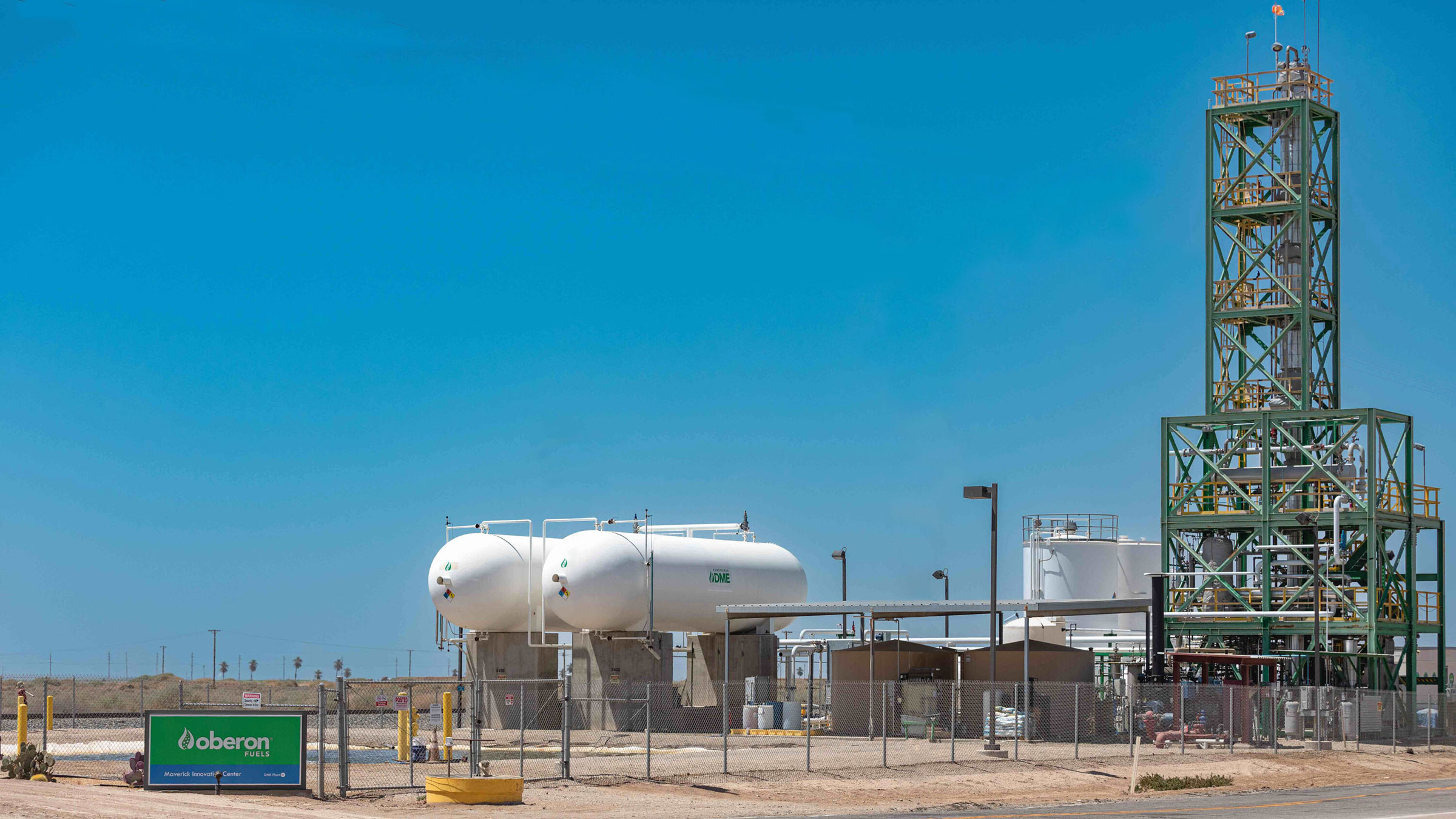
SPECIAL MENTION: Propane is a limited source of global greenhouse gas emissions compared to diesel or oil, but Oberon Fuels believes that it has found a way to make it even greener. By capturing methane and converting it into dimethyl ether that’s low-carbon or carbon negative, then adding it to propane, the company says it lowers propane’s carbon footprint by up to 60%.
Digitizing Sewing Patterns

SPECIAL MENTION: For sewists who find working with patterns cumbersome, the Ditto digital pattern system offers an innovative solution: select patterns on the website or app, customize them, then project them onto your fabric using a digital projector.
Heart-to-heart
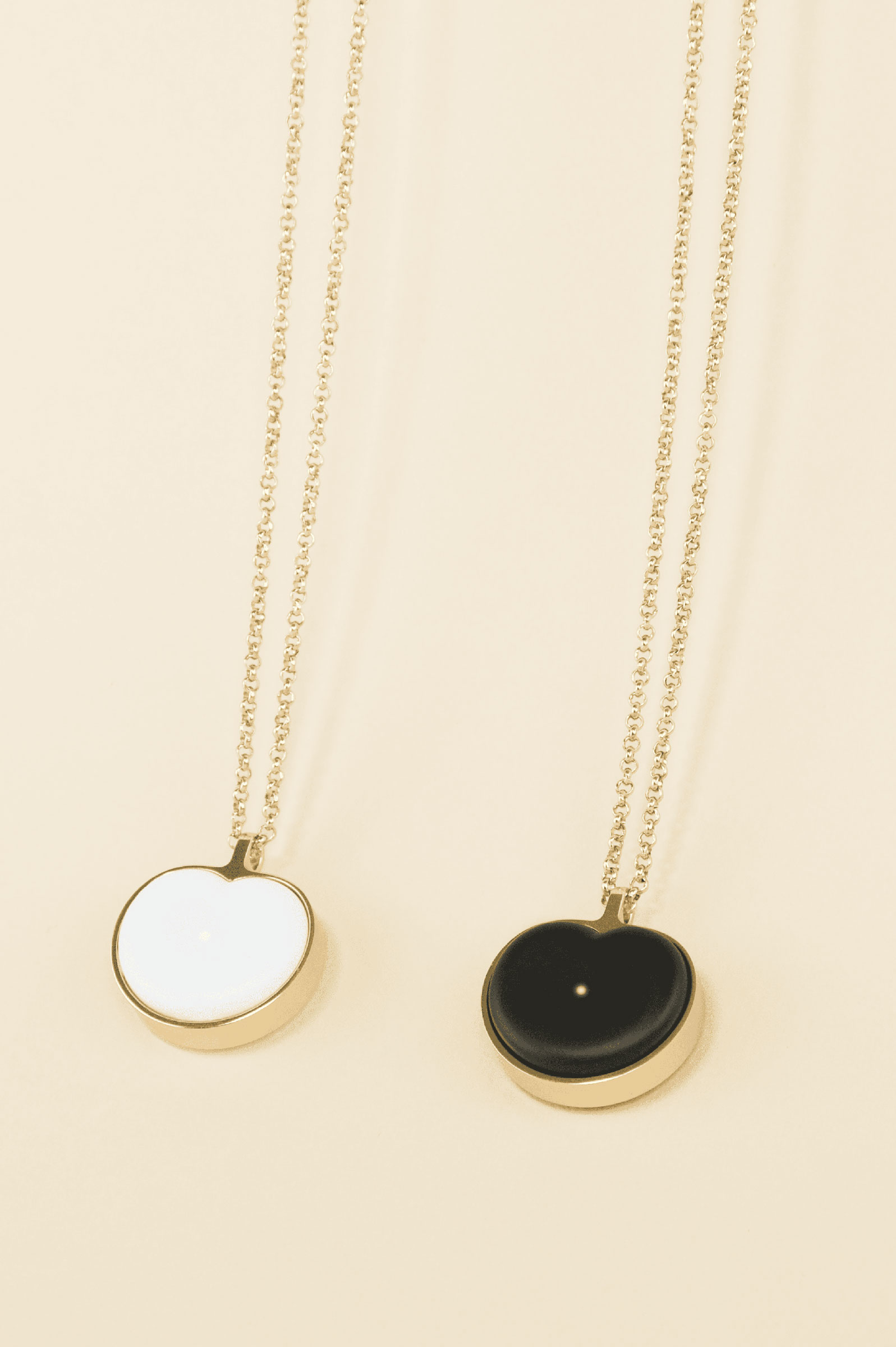
SPECIAL MENTION: When you’re apart from someone you love, the Bond Heart necklace is a new way to hold them close—by holding the haptic-feedback powered charm, you can feel a recording of their heartbeat.
Futuristic Watersport
Electro Nautic WaveFlyer Volaré link | image
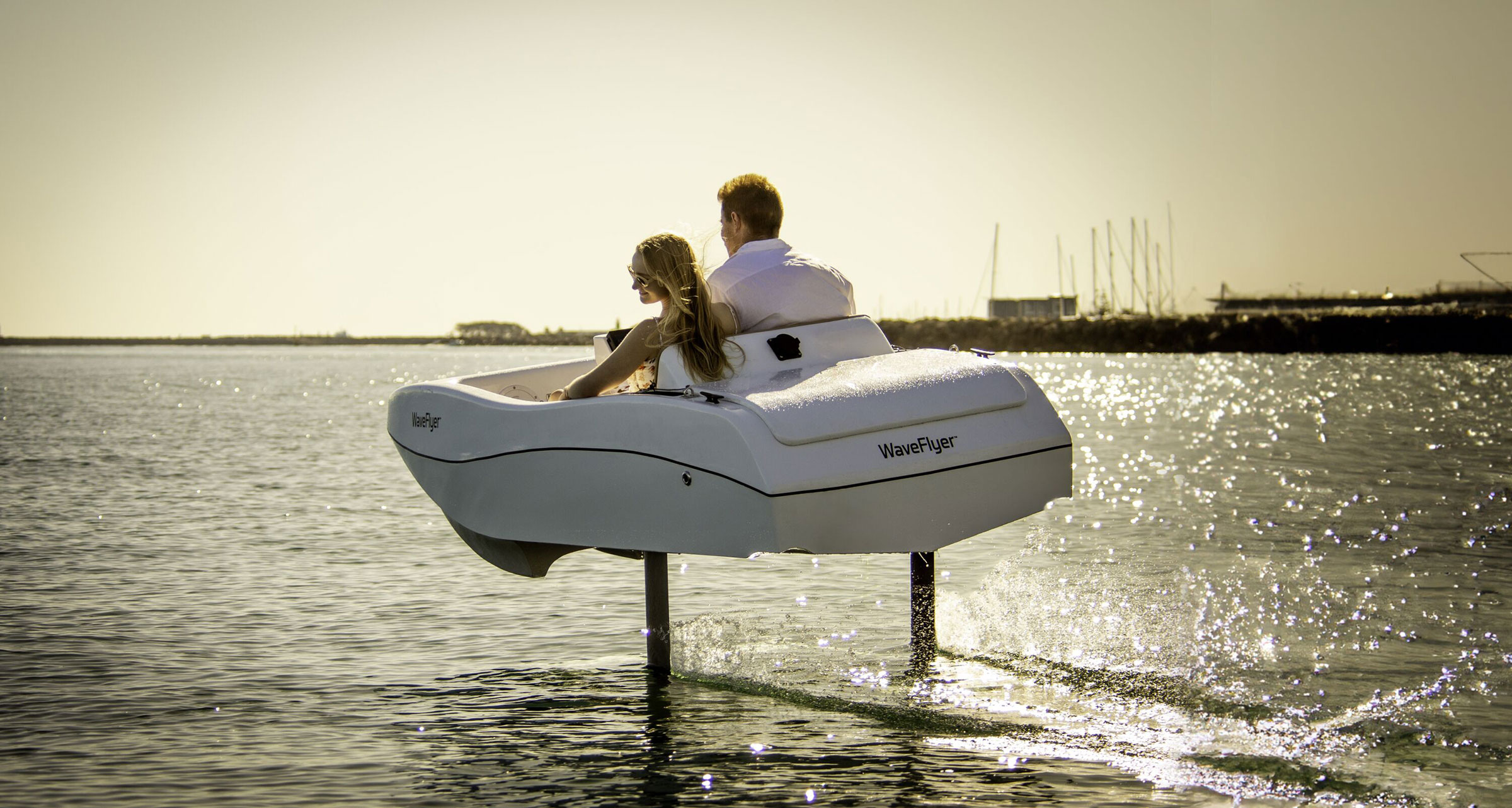
SPECIAL MENTION: Riding in the WaveFlyer Volaré, a hydrofoil boat, two people can soar up and over the waves—and thanks to its electric propulsion system, have a clean, quiet ride.
A Better Veggie “Sausage”
Green Wolf Vegami link | image
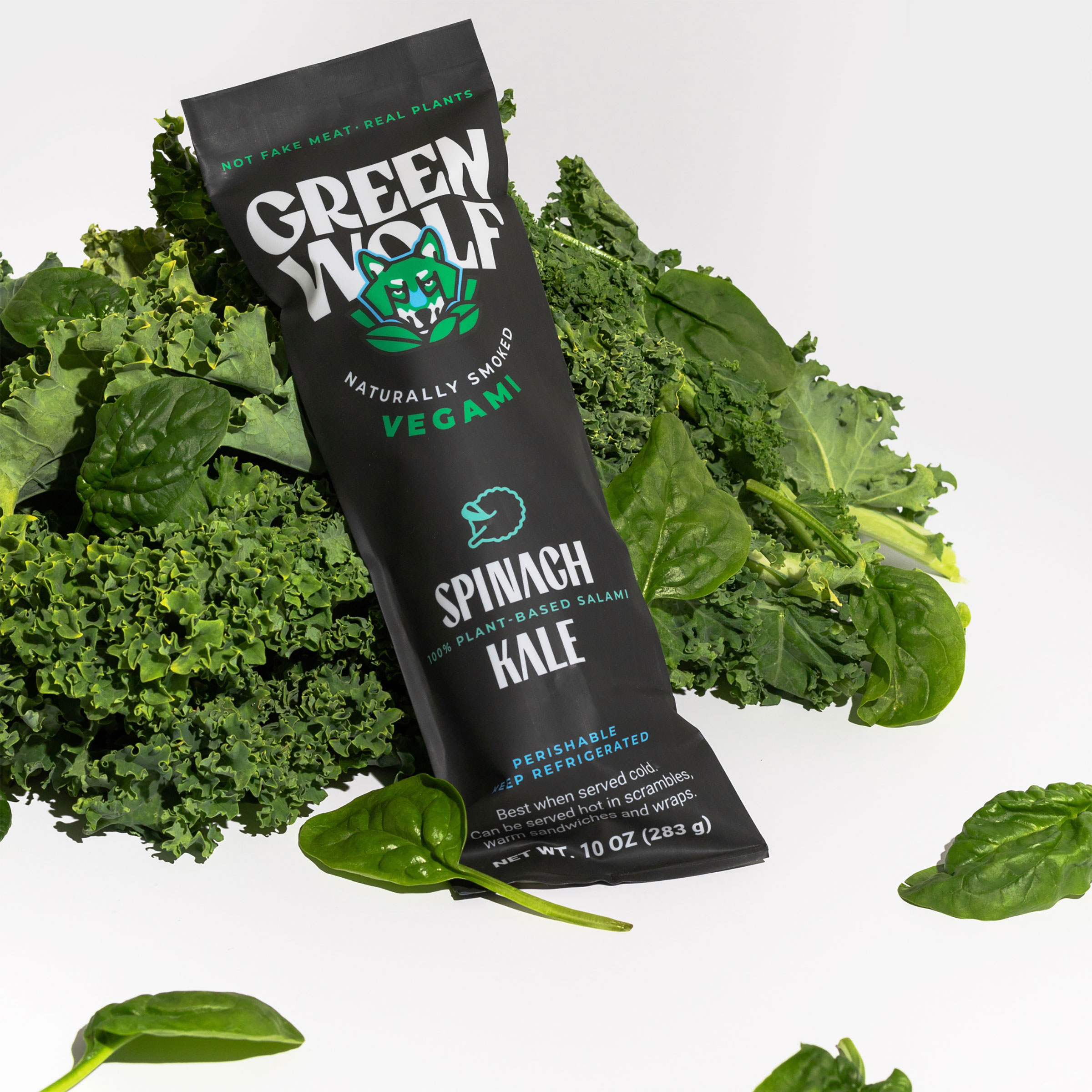
SPECIAL MENTION: Some vegan foods try to imitate meat. Others, like Vegami’s savory “salami” in flavors like brown mushrooms, spinach kale, and tomato basil, show that vegetables can be delicious when they’re not masquerading as something else.
Quiet Cooling
Windmill WhisperTech link | image
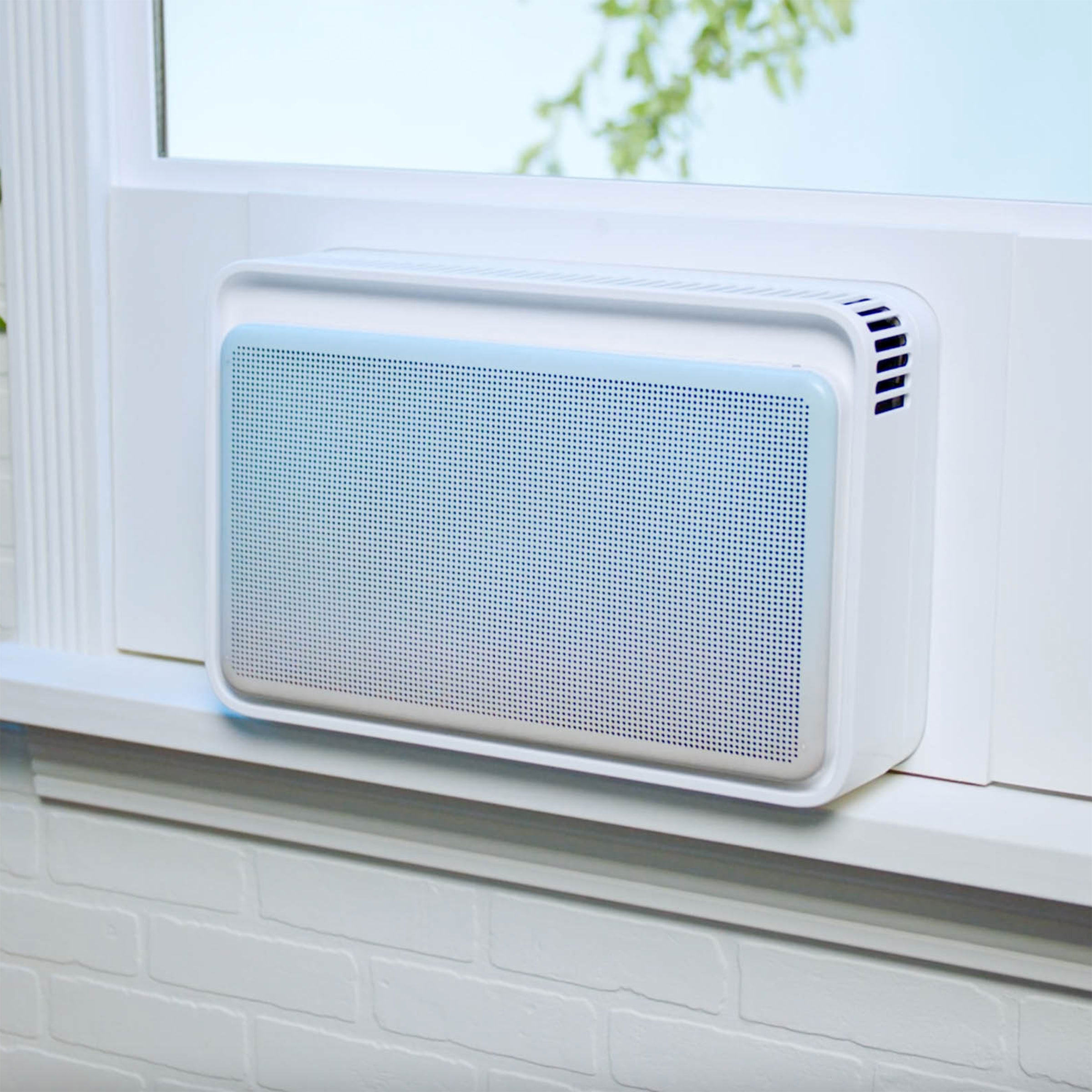
SPECIAL MENTION: Windmill’s air conditioner may be the most attractive, sleek, and subtle window unit on the market. And its WhisperTech makes the cool breeze ultra-quiet.
Color-coded Cleaning

SPECIAL MENTION: In a hospital, cleaning up thoroughly can be lifesaving. Kinnos Highlight, developed during the Ebola outbreak in west Africa, is designed to make the process more effective. Attached to a container of disinfecting wipes, the system splashes each wipe with a dye as it’s dispensed; the color fades as the surface is fully disinfected.
A Collapsible Pickup Cover
Flated Air-Topper link | image
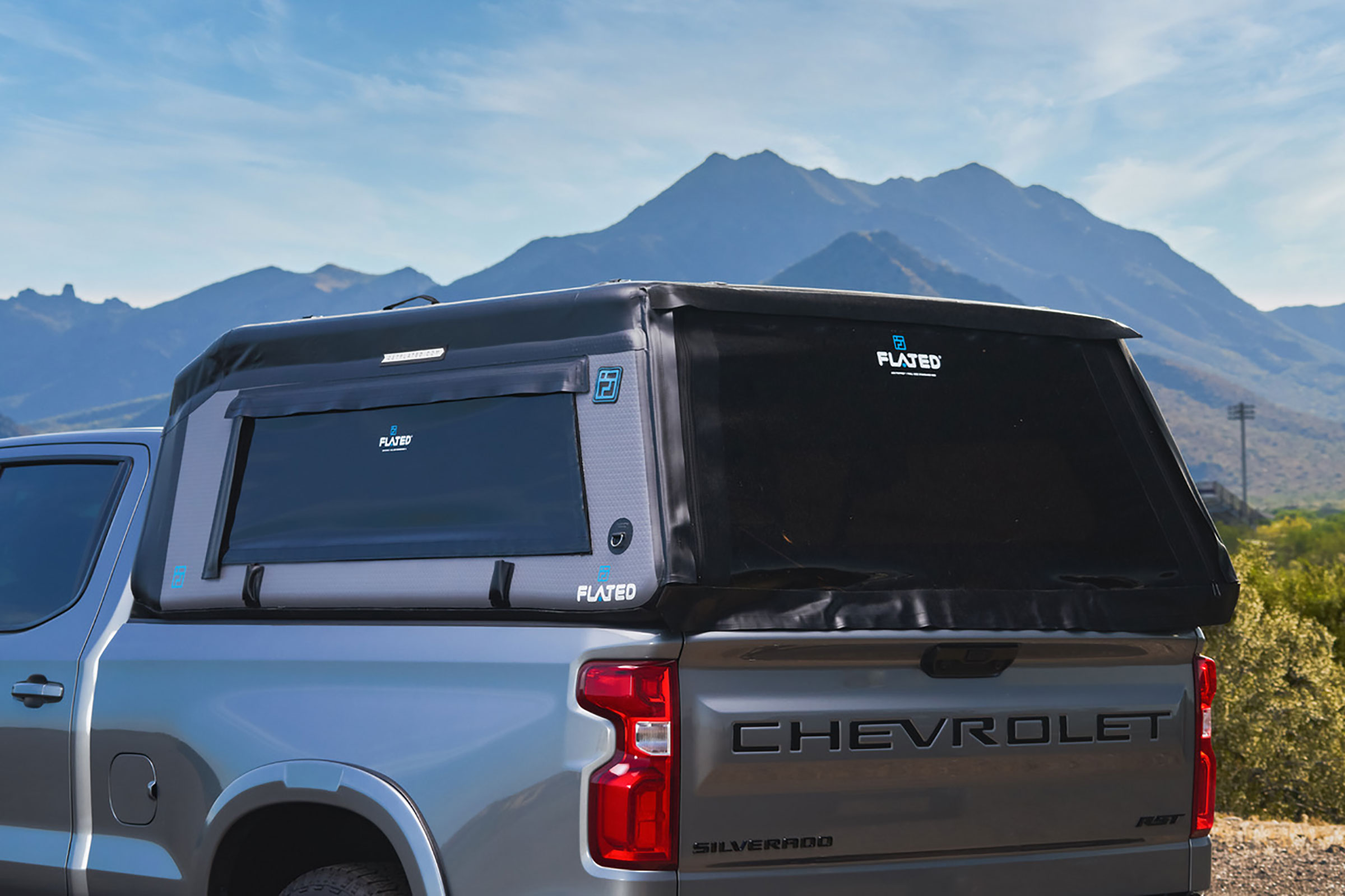
SPECIAL MENTION: The Air-Topper offers a collapsible alternative to unwieldy pickup truck cabin toppers that hog space in your garage. It can be inflated with an air pump when you’re ready to use it, or easily stored away after deflating.
An E-bike With Income
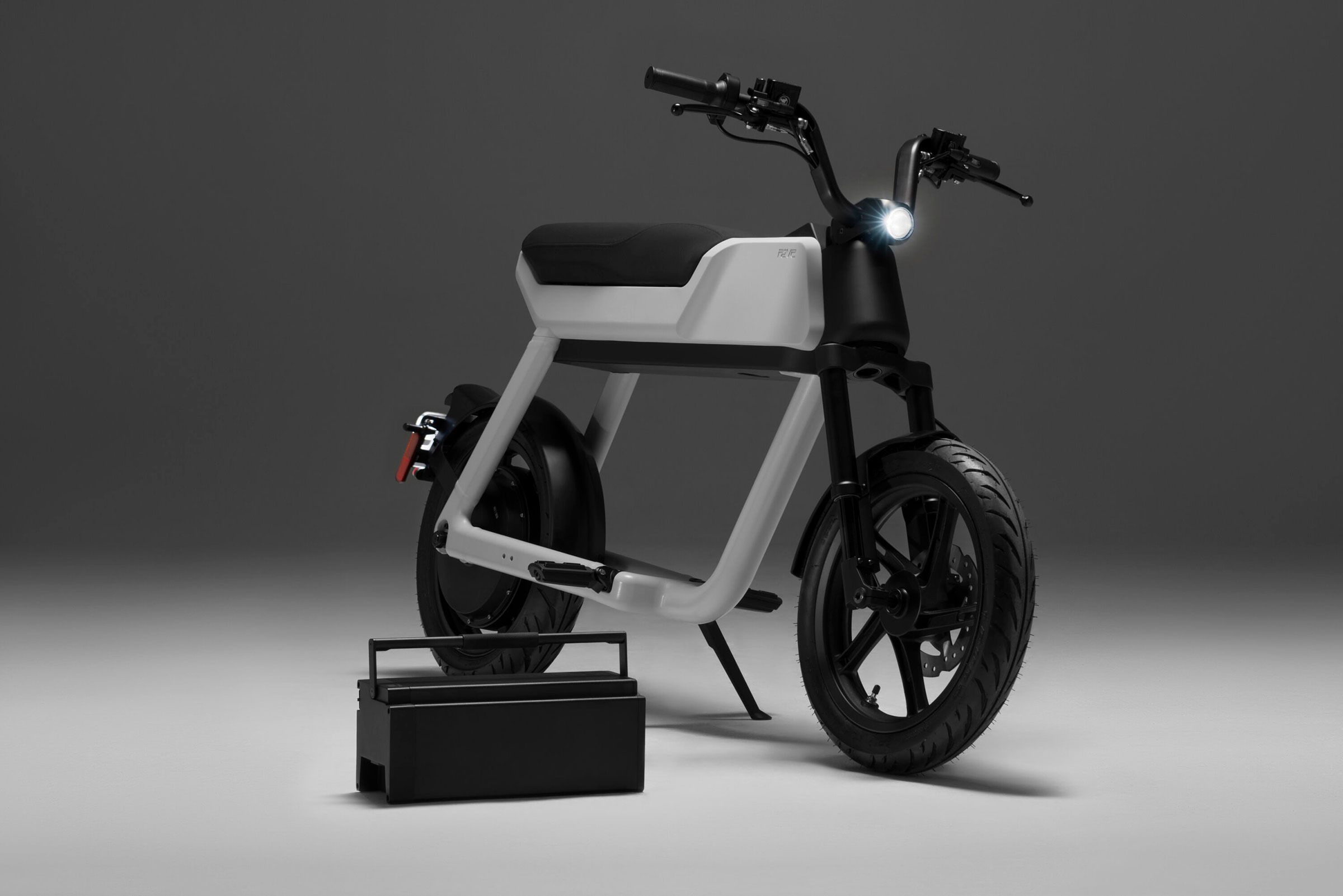
SPECIAL MENTION: When you buy a Pave BK electric bike, you’re not only buying transportation for yourself, but also access to a rental community. Pave Motors, which claims to be the first in its industry to offer a bike-sharing platform, lets bike owners rent out their bikes—like Airbnb for e-bikes—and set the rules using smart, customizable rental contracts.
Get a Grip
Single Handed Grip Toggle link | image

SPECIAL MENTION: If you struggle moving your hands due to arthritis or other conditions, gripping objects like kitchen utensils, door knobs, or handles can be an obstacle. The Grip Toggle features a loop that can slide onto handles on one end, and a suction cup that sticks to smooth surfaces like doors on the other, making many objects easier to hang on to.
Just Add Warmth
Hyperice Heated Head Attachment link | image

SPECIAL MENTION: Hyperice’s Heated Head Attachment is a gift to aching muscles. The attachment fits most percussive massage guns and adds heat, complementing massages to ease muscles and hasten recovery.
A Modern Clean
Mode Electric Toothbrush link | image
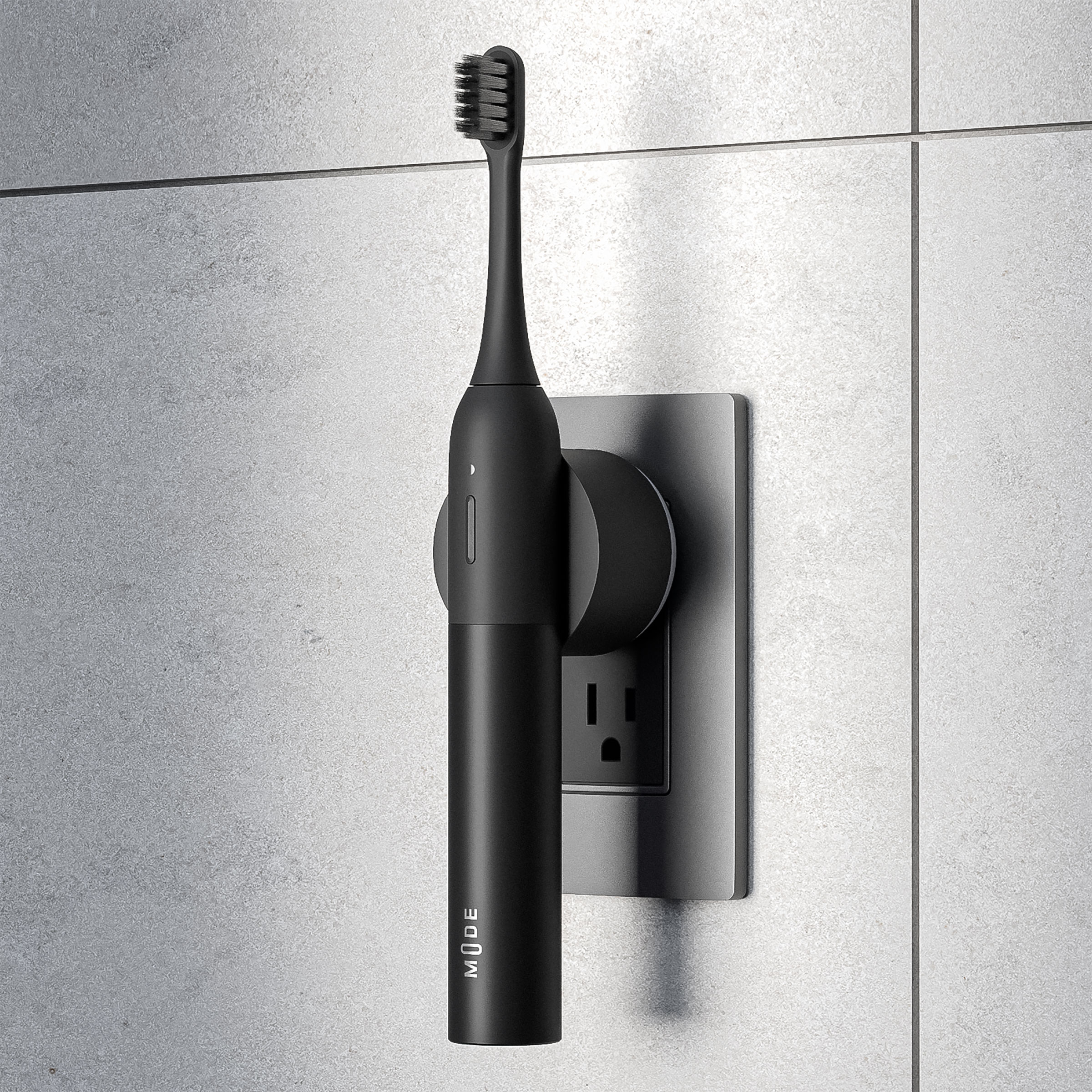
SPECIAL MENTION: Can a toothbrush be beautiful? The sleek, wireless, all-black Mode Electric Toothbrush just might be, and keeps your bathroom counter clear by mounting on the wall.
Print-a-brow
shu uemura 3D shu:brow link | image
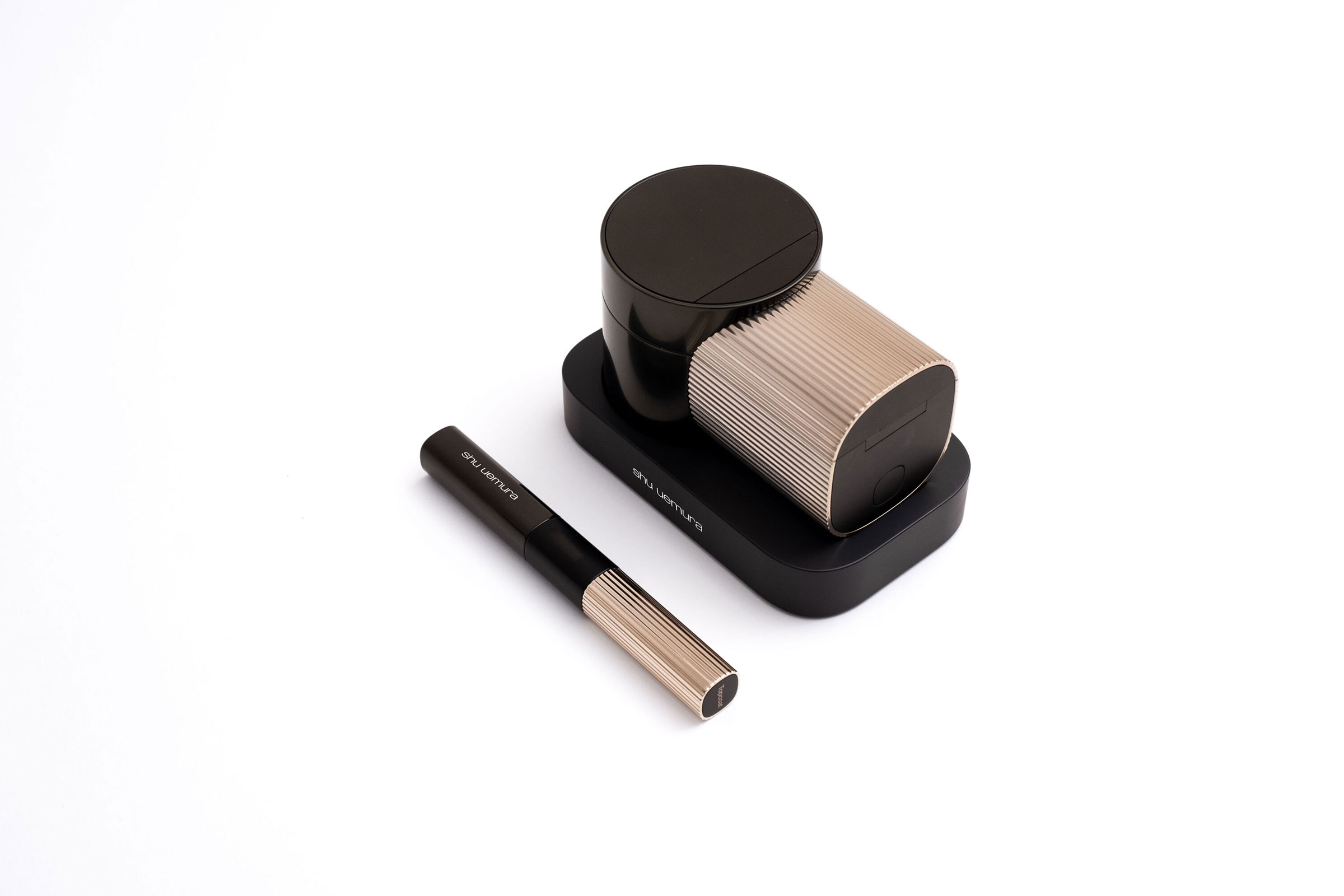
SPECIAL MENTION: It can be a lot of work to get perfect eyebrows by plucking, shaping, and shading, but the 3D shu:brow is designed to simplify the process. After you apply a primer, the device, which uses AR technology, scans your face, recommends an ideal brow shape, and prints it out in seconds with cosmetic ink right onto your brow, which you can then seal with a topcoat.
Your Air Conditioner, But Smarter

SPECIAL MENTION: When paired with the Sensibo Air Pro, your regular air conditioners or heat pumps become smart devices. The device can help save energy, improve air quality, and turn the machine off and on automatically when you leave or come home.
Hold It All
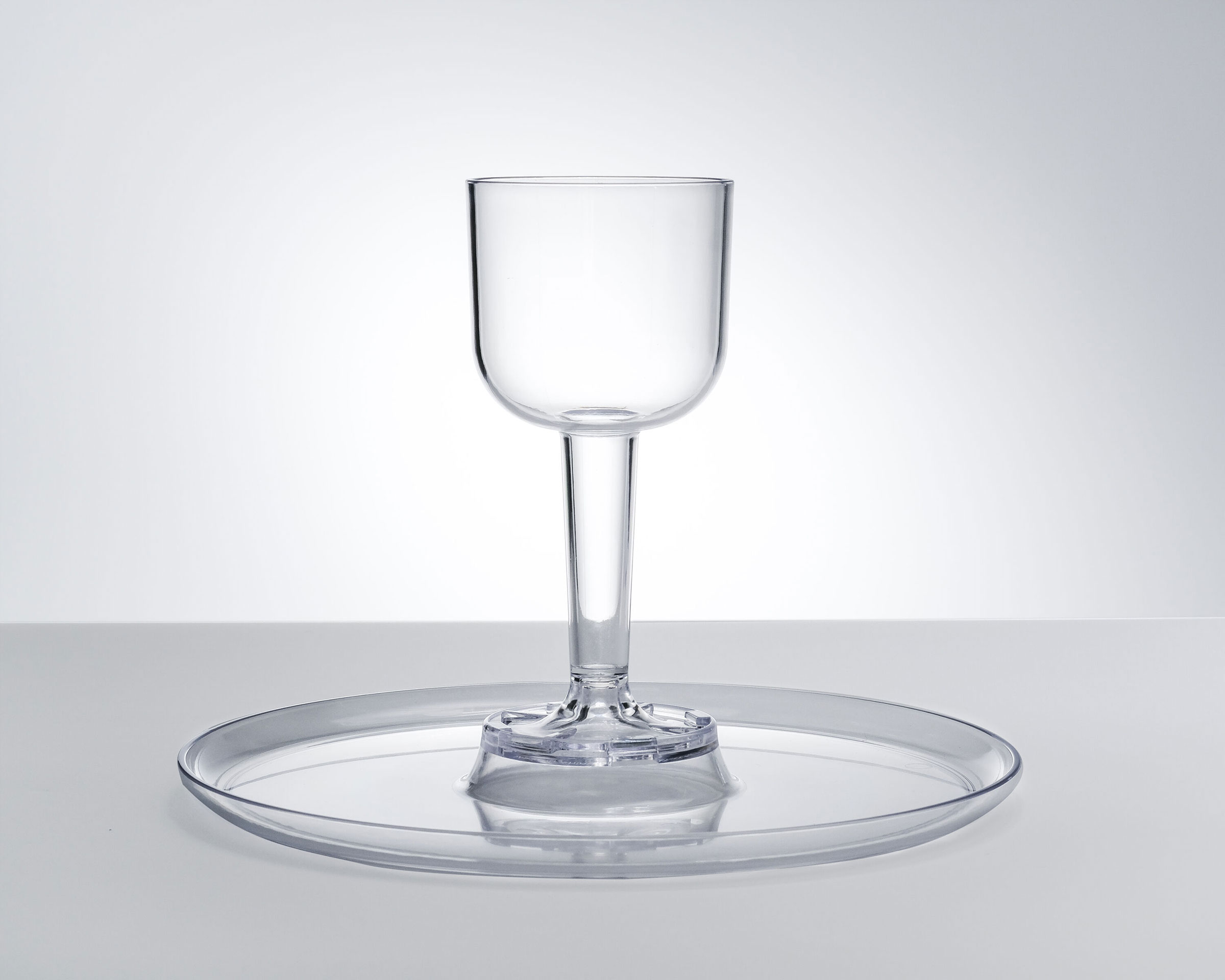
SPECIAL MENTION: When eating while standing up at a big event, it’s easy to spill your glass or set it down and lose track of it. Pairingware, an interlocking cup and plate, makes munching on finger food a little easier.
A Better Bulb Replacer
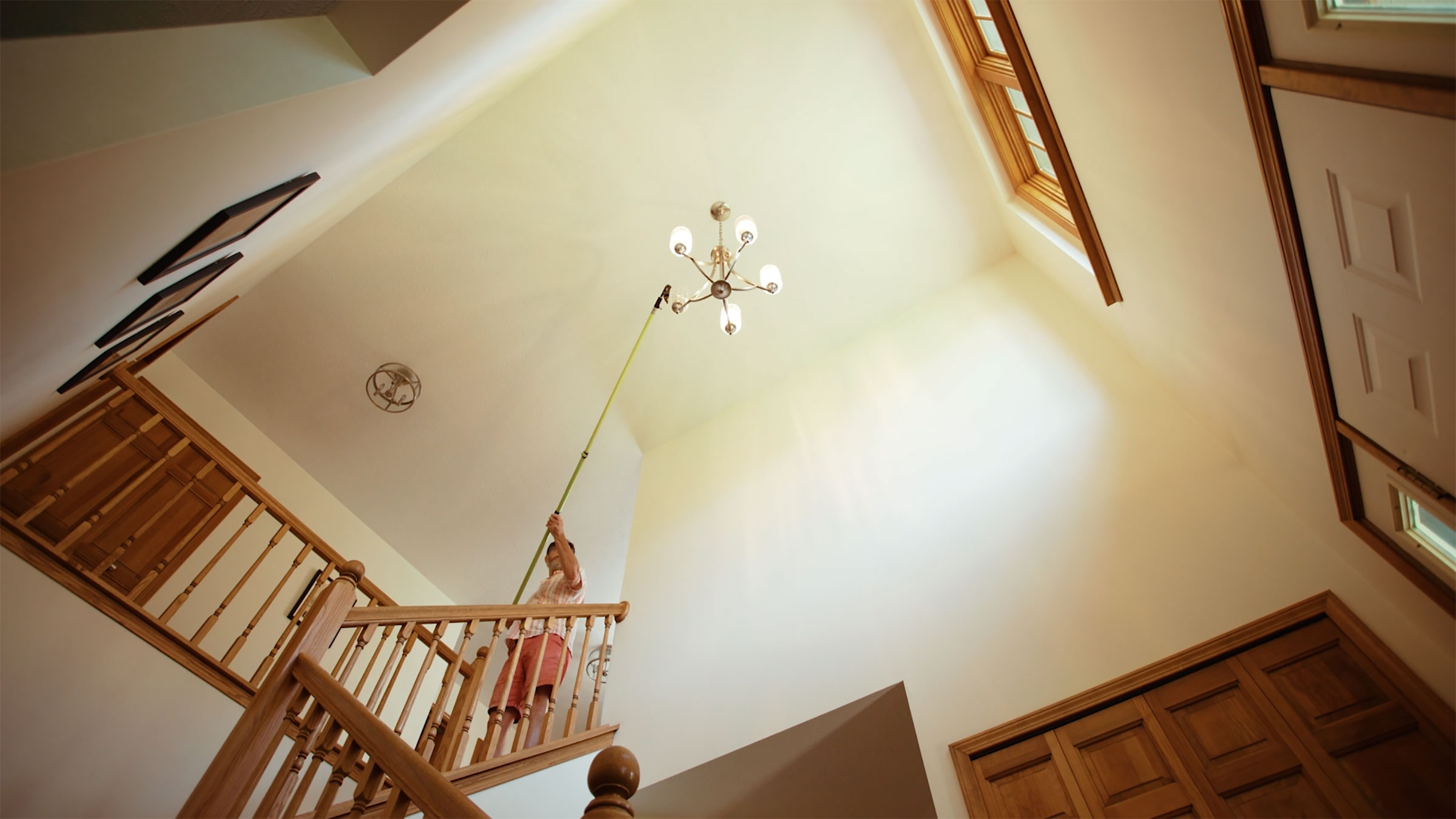
SPECIAL MENTION: Chandeliers are lovely, but changing their lightbulbs as each one goes out can be a hassle if the fixture hangs high on the ceiling. Using a specialized poll and gripper, the Chandelier Swan helps you unscrew and replace candelabra-style light bulbs safely.
Super You
Hasbro Selfie Series link | image
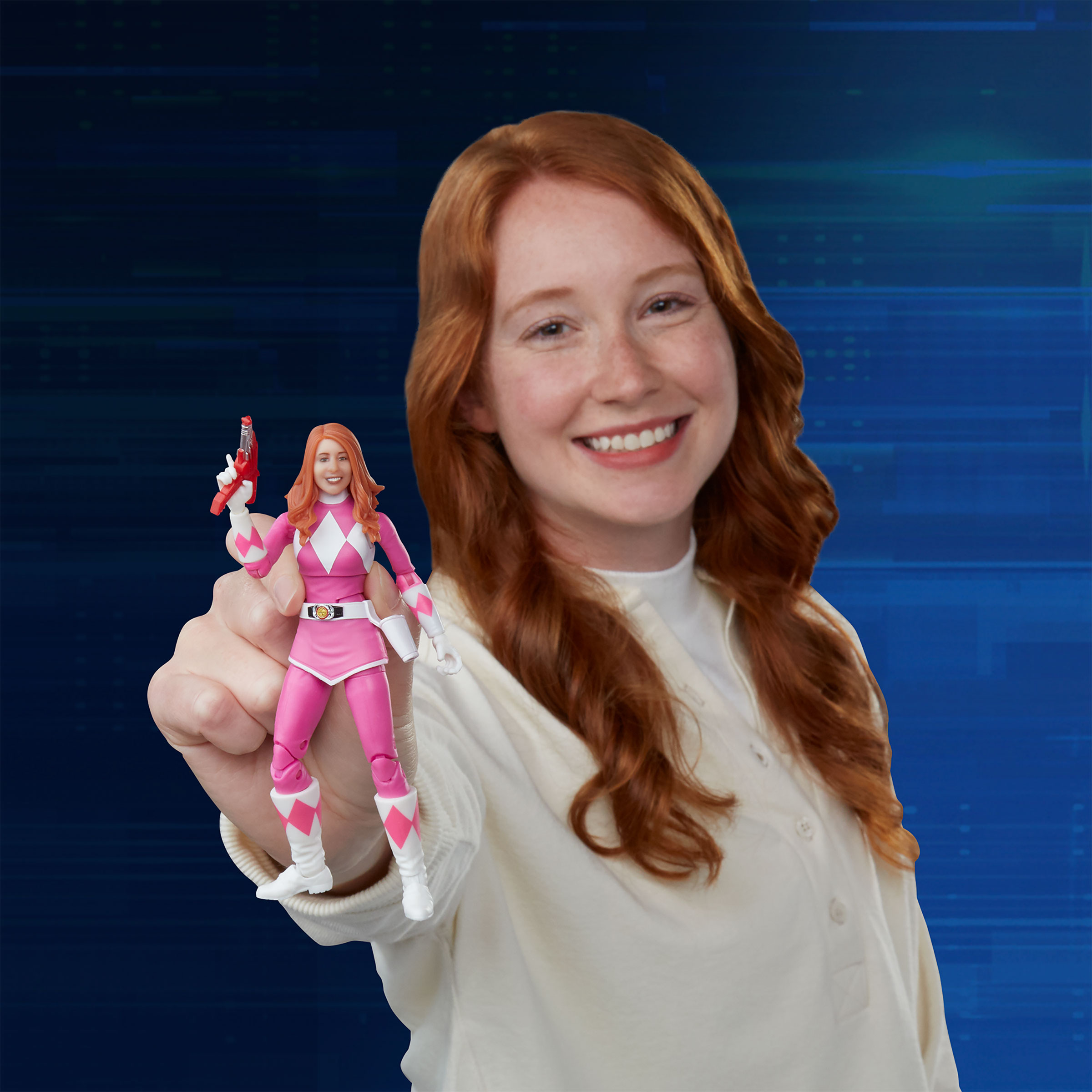
SPECIAL MENTION: You’ll probably never star in a Marvel movie, but the Hasbro Selfie Series now makes it possible to make yourself into an action figure superhero or another character based on the G.I. Joe, Ghostbusters, Power Rangers, or Star Wars franchises. Through an app, customers can take a picture of themselves, tailor the design, and order their customized figure.
Stand-out Headphones
Beats Studio Buds + link | image
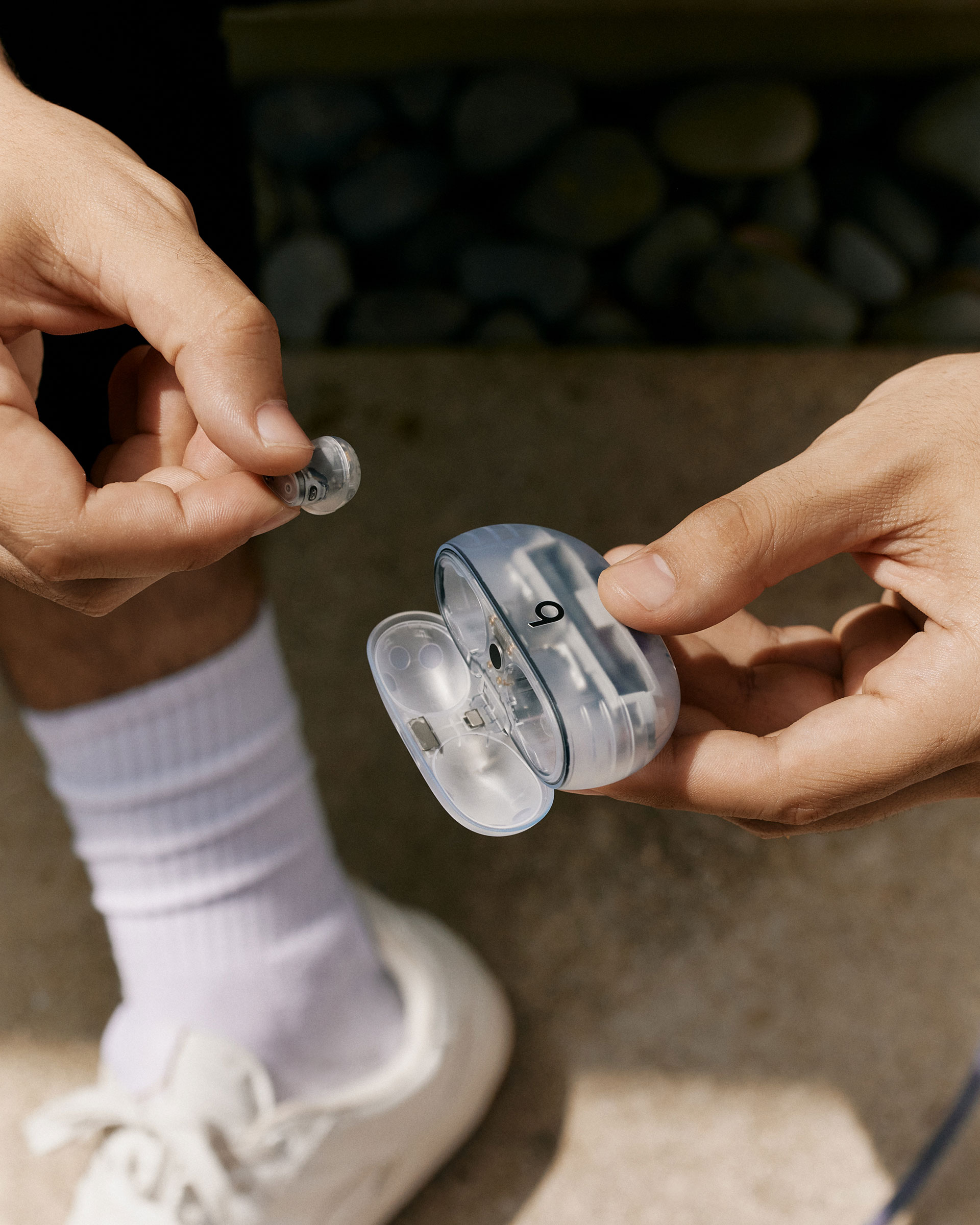
SPECIAL MENTION: Beats’ new Studio Buds + wireless headphones feature a suite of upgrades, including improved sound, stronger noise cancellation, and longer battery life. But what sets them apart is the futuristic looking transparent colorway, which stands out in a sea of candy-colored options.
Eyes On the Road
BMW Motorrad ConnectedRide Smartglasses link | image

SPECIAL MENTION: The next time you hit the road on a BMW motorcycle, the company’s new ConnectedRide Smartglasses could help you keep your eyes on the road rather than the dashboard by displaying your speed, directions, and the speed limit at the corner of your right eye.
Completely Customizable

SPECIAL MENTION: From its frame to gears, every part of a REF bike can be customized, upgraded and replaced—which, according to the company, means that it both evolves to fit your tastes and encourages users to ride it longer rather than buying a new model.
A Digital Handbag
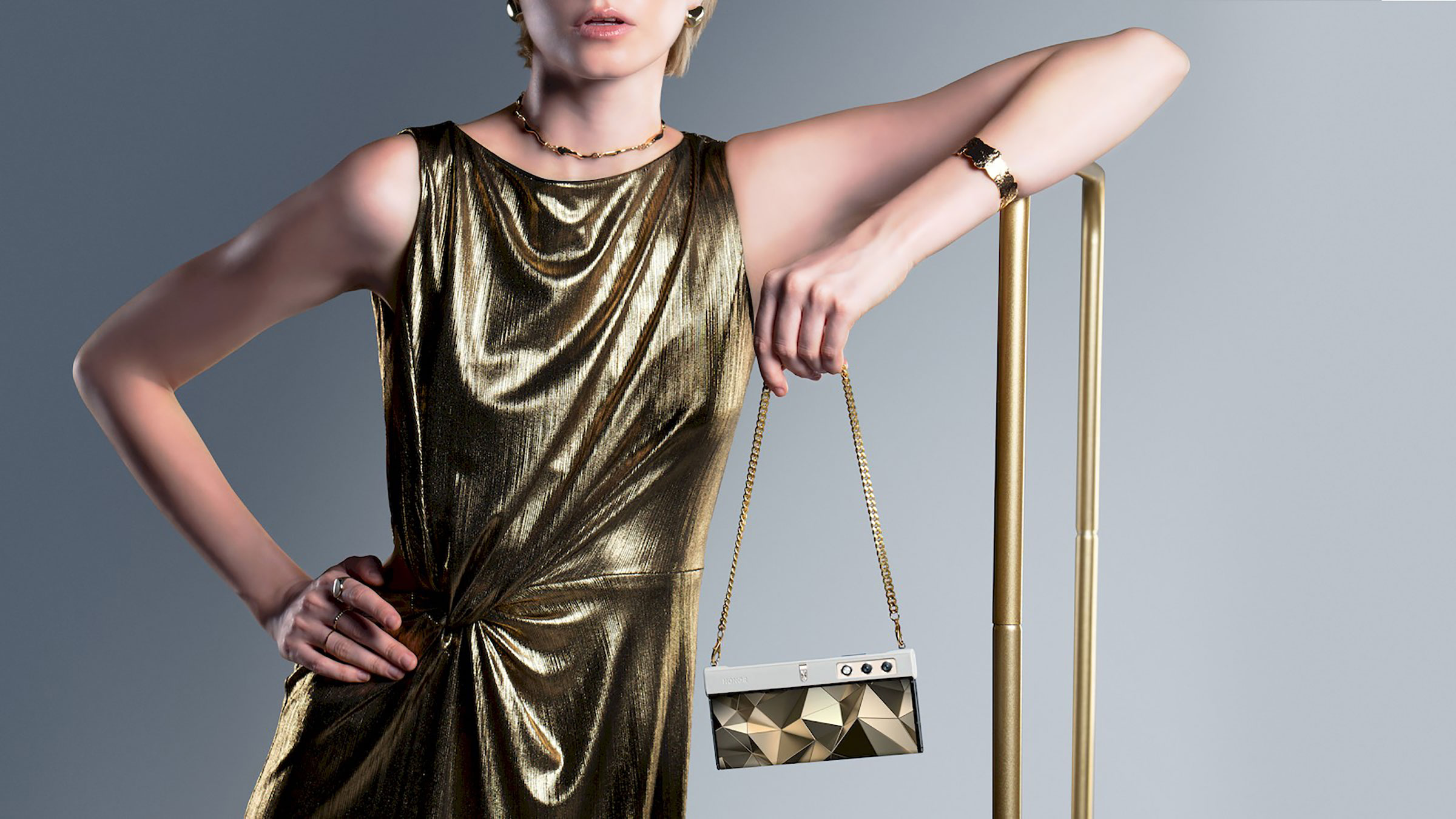
SPECIAL MENTION: Digital wallets already have people ditching their leather wallets for their phones. Now Honor aims to get people to leave behind their entire handbag and pick up the new Honor V Purse flip phone, a first-of-its-kind foldable phone that features a clip-on strap that can be worn over their shoulder, as well as glitzy outside-facing wallpapers and apps that make even designer purses pale in comparison.
A Super-small Scooter
Honda Motocompacto link | image
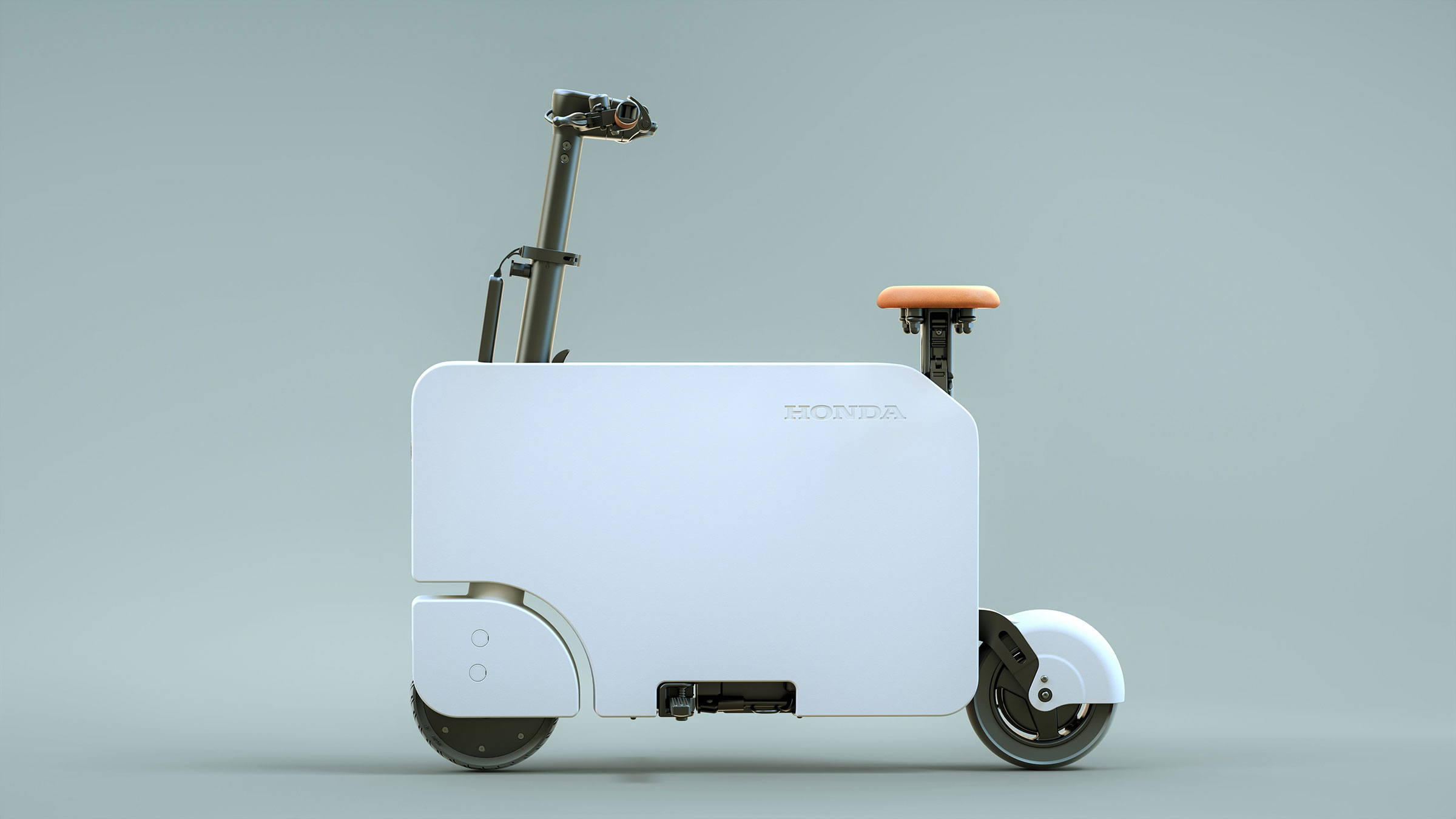
SPECIAL MENTION: While Honda’s super-compact e-scooter Motocompacto’s cute appearance and 15 mile per hour speed limit won’t cut it if you want to look tough or hit the highway, its square-shaped design will turn heads when you’re running errands around town or commuting through city streets.
Write It Down
Grovemade Note-Taking Kit link | image

SPECIAL MENTION: Research suggests taking notes by hand has benefits like boosting your memory, but paper notes are easy to lose. Grovemade’s new Note-Taking Kit makes it simpler to sort and display paper notes on the kit’s rails and files, and less likely your to-do list will vanish under your keyboard.
For a Better Bathroom Experience
Hai Smart Showerhead link | image
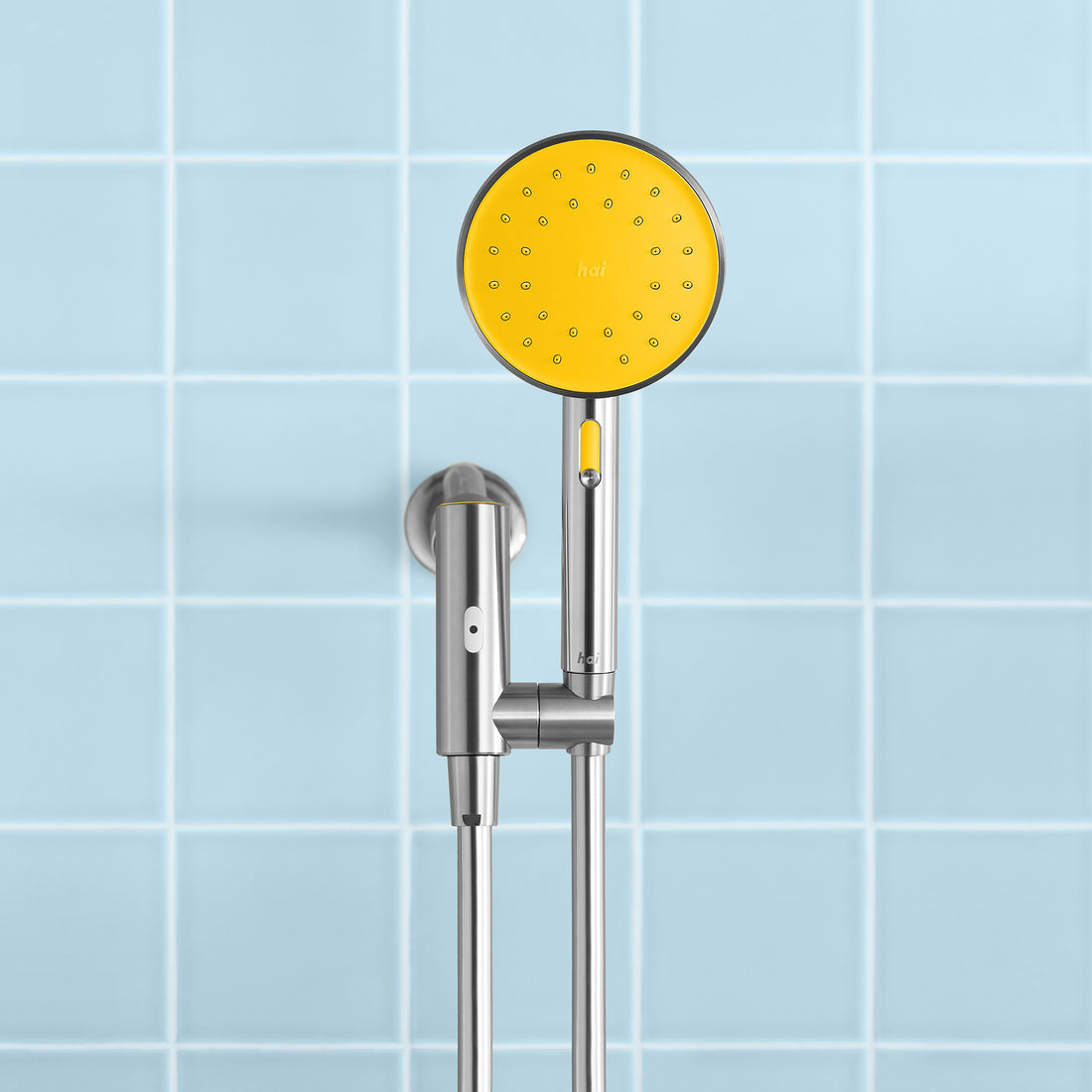
SPECIAL MENTION: If you’re priced out of a full bathroom makeover, the Hai Smart Showerhead can increase your water pressure, and lets you track and control water use via an app. Better yet, it doesn’t require a plumber to install.
Quick Recovery
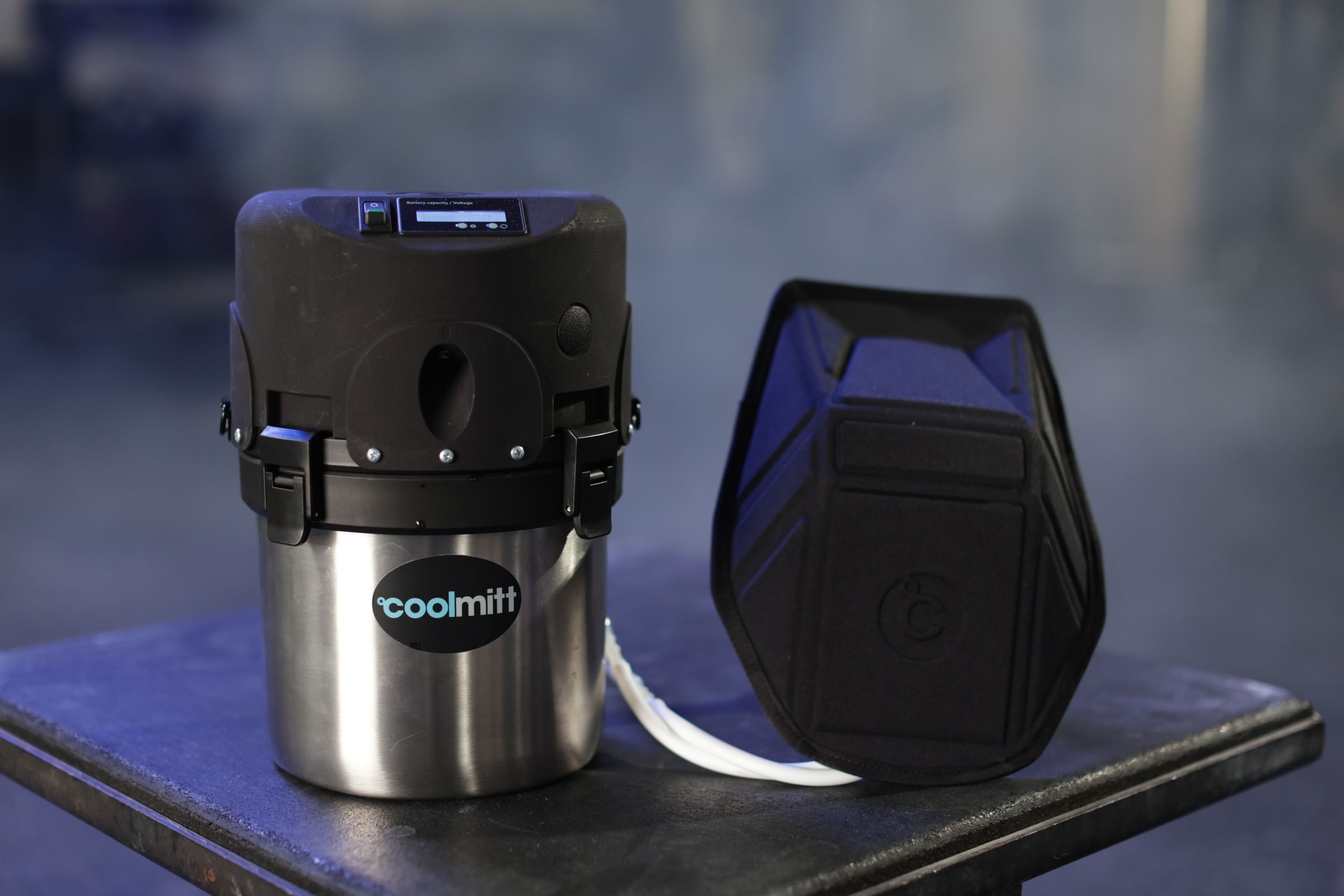
SPECIAL MENTION: While some athletes plunge into ice baths to recover from tough workouts, a new—and less panic-inducing—option is to stick your hands into a CoolMitt. The glove’s lining rapidly lowers the body’s temperature, which the company claims lessens muscle tension and boosts strength and endurance.
A Fresher Cup

SPECIAL MENTION: Pour-over coffee made from fresh-ground beans is one of the surest ways to get a rich-tasting cup, but can be a hassle if you’re rushing to the office. Add a pod containing whole beans to the xBloom, and it’ll grind and brew your coffee for you, making it to the most nit-picky specifications you set in the corresponding app.
Capture the Moment
FujiFilm Instax Pal link | image
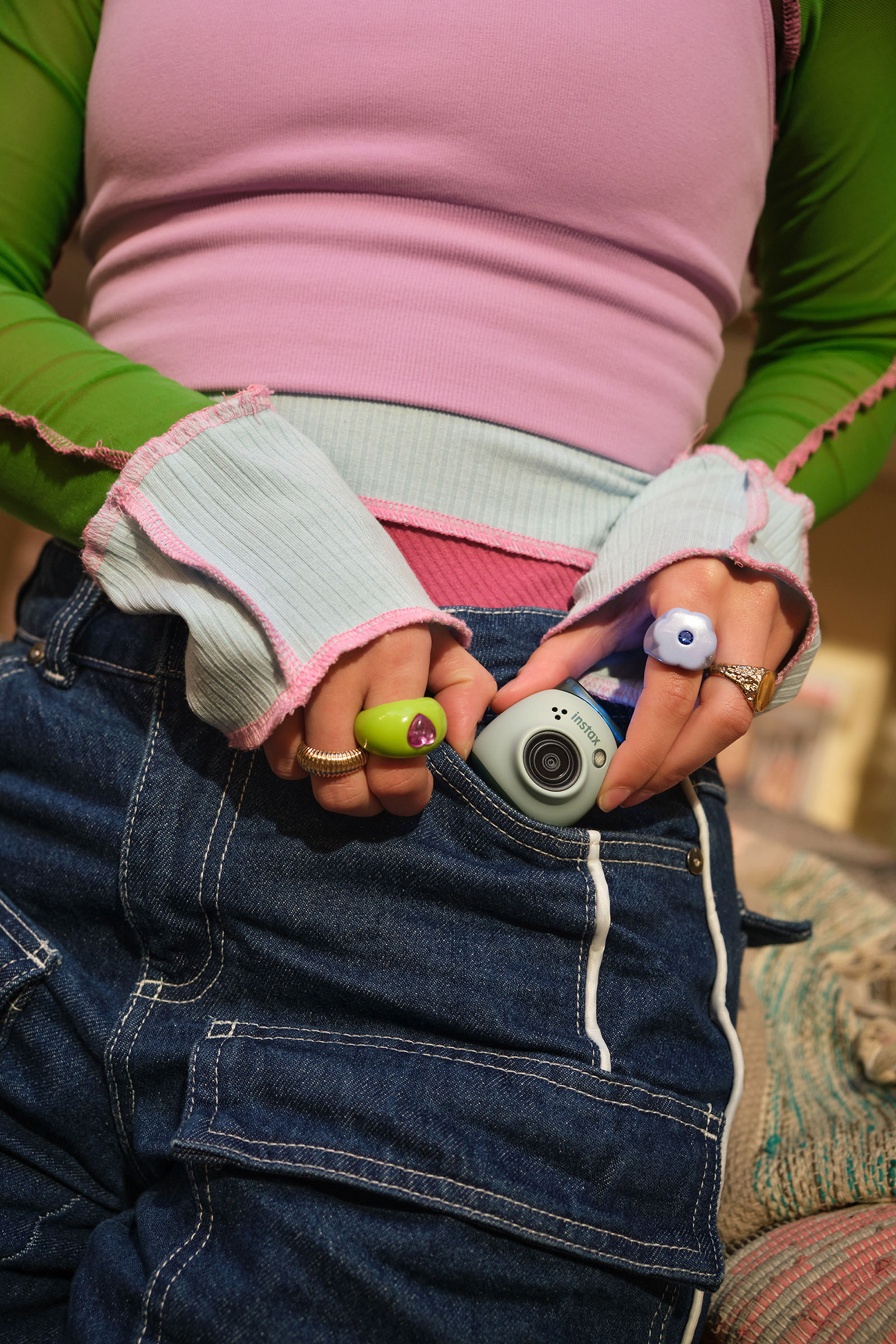
SPECIAL MENTION: These days, snapping photos with your phone is so universal it’s almost boring. If you’re looking for a more tactile experience but still want to keep things simple, the pocket-sized FujiFilm Instax Pal camera offers the benefits of a digital camera—like the option to add filters or share your photos—as well as the ability to print out mini snapshots in 15 seconds.
Espresso, Easier
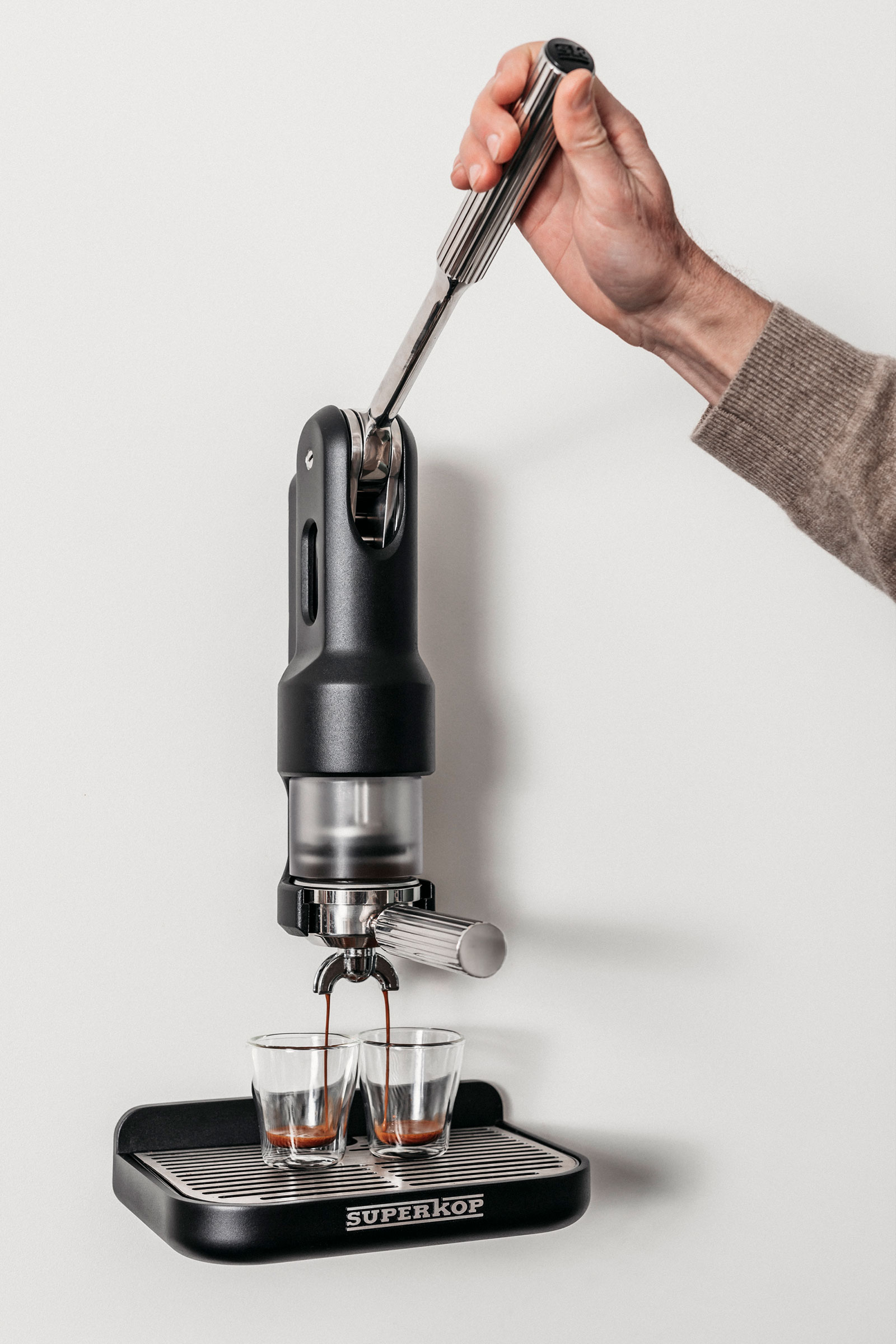
SPECIAL MENTION: Some java enthusiasts favor manual espresso machines given the quality of the drinks they produce and the control they offer to customize your drink. The makers of the Superkop say this espresso machine simplifies the process, and is so durable it can be passed down from generation to generation.
A Seamless Security System
Eufy Dual Cameras link | image

SPECIAL MENTION: The AI in Anker Innovation’s dual-camera security cameras tracks people and events between devices to weave together a seamless video stream, reducing blind spots—and homeowners’ worries.
Cool Treats
S'well Ice Cream Chiller link | image
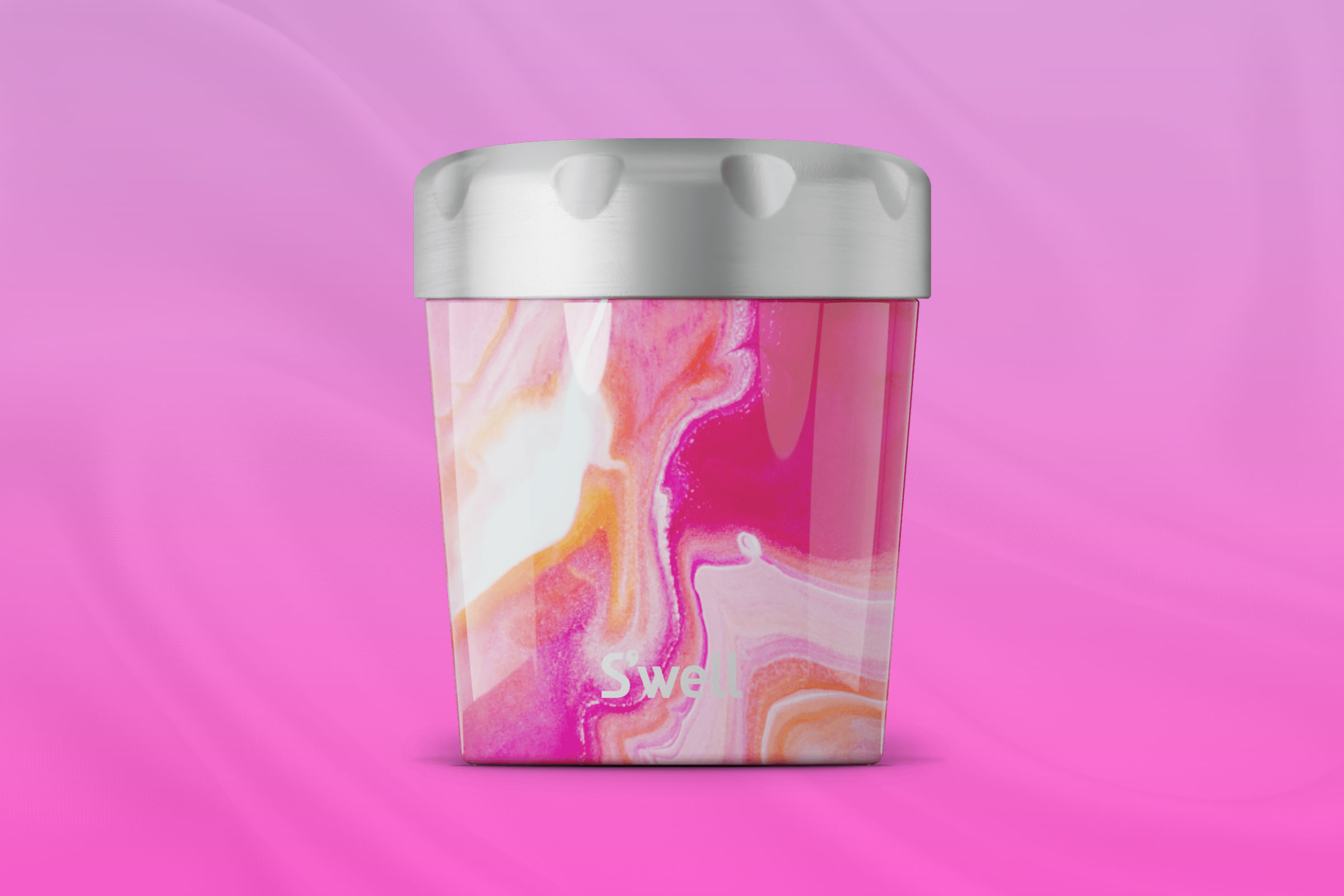
SPECIAL MENTION: Transporting ice cream home without it melting is key to summertime happiness. If you slip your container into the S’well’s Ice Cream Chiller after leaving the store, the vacuum-insulated container is designed to keep ice cream frozen for up to four hours.
Hi-fi Design
U-Turn Audio Orbit Theory Turntable link | image

SPECIAL MENTION: U-Turn Audio made its name with an entry-level turntable, but reviewers argue its new Orbit Theory Turntable has proved the company is coming after higher-end models. The model not only offers crisp, high-quality sound, but also cool features like adjustable feet, a sleek hardwood plinth, and a quiet motor.
Walking on Air
Allbirds Wool Runner 2 link | image
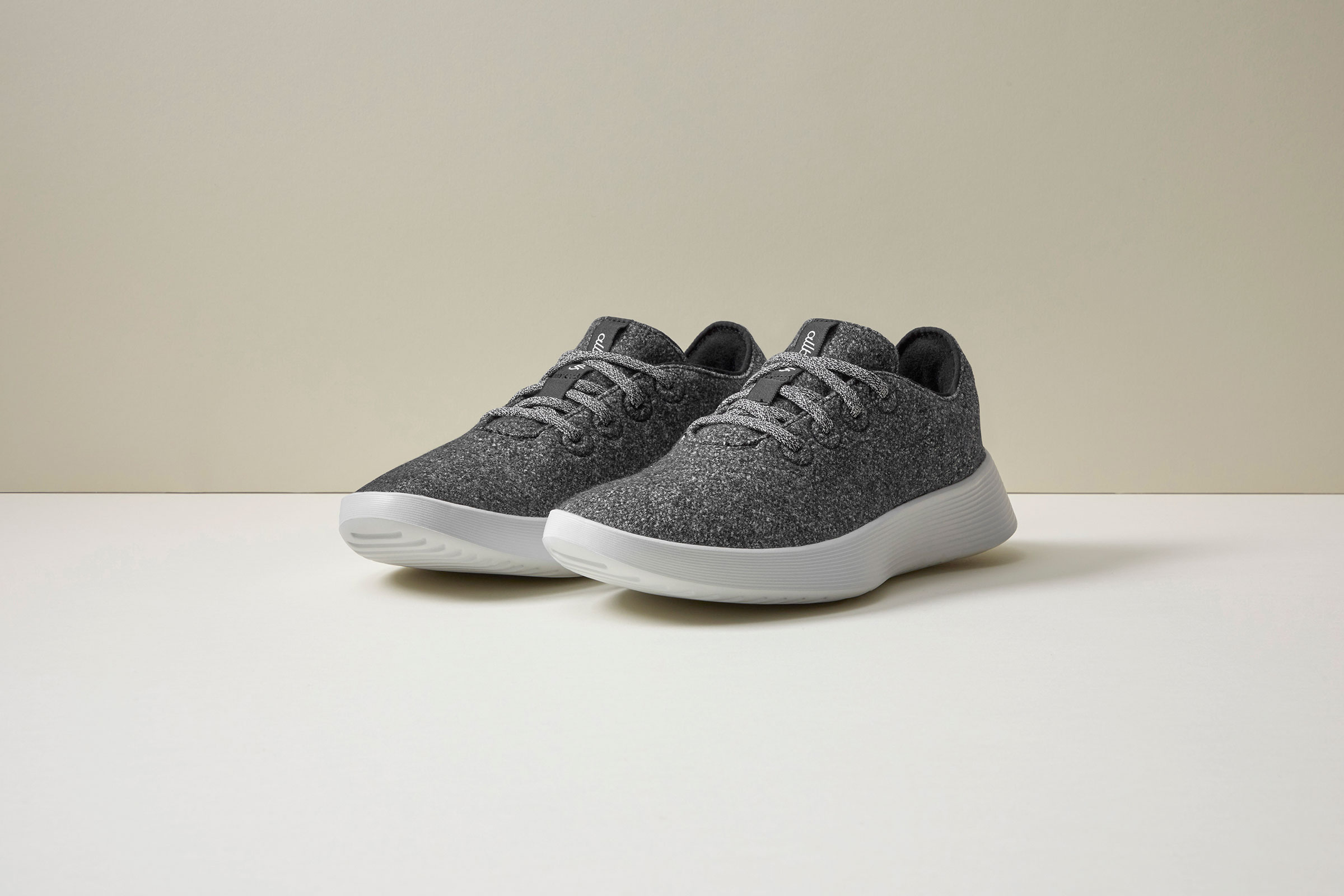
SPECIAL MENTION: Allbirds’ Wool Runners have made a name for themselves as some of the comfiest shoes you can buy without sacrificing style. Now the company claims their newest model, the Wool Runner 2, is even comfier, with double the amount of foam and an improved fit thanks to tweaks to the shoes’ heel and tongue.
Ultra-active Video Games

SPECIAL MENTION: Some parents worry video games will lead their kids to spend more time sitting around, but the Nex Playground is designed to get gamers of all ages up and moving. The console comes with a suite of games that are manipulated with the motion of a player’s whole body—no controllers needed.
Mix It Up
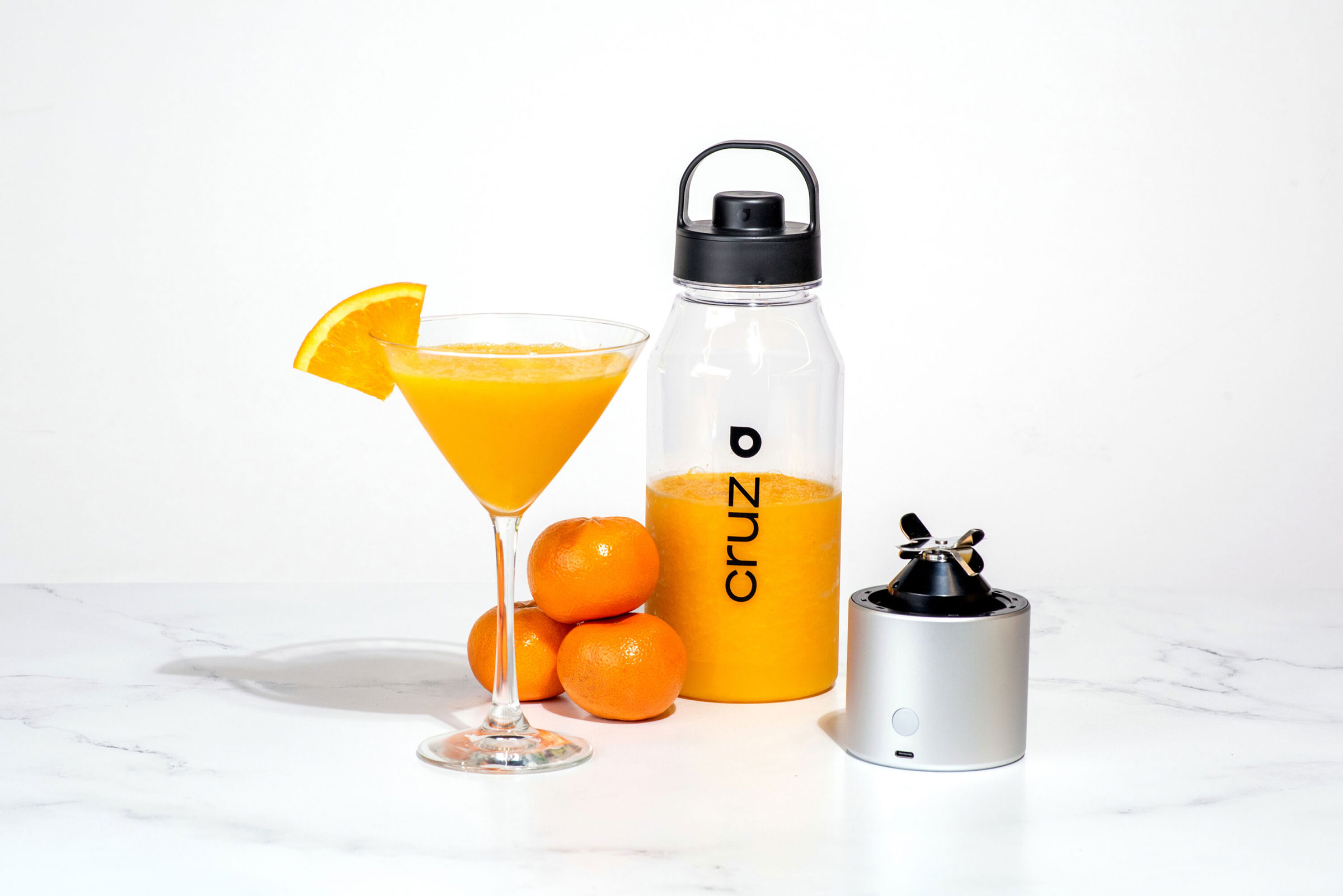
SPECIAL MENTION: Smoothie and shake blender options abound, but the Cruz Blender Cap is distinctive because it can turn many popular wide-mouth water bottles into portable blenders, and offers greater power compared to other models on the market.
Cozy Camper
Ignik Flipside Heated Bed Cover link | image

SPECIAL MENTION: Many devices designed to keep you warm while camping don’t work well outdoors, and some can even expose you to life-threatening carbon monoxide. But Ignik’s Flipside Heated Bed Cover solves many of the problems with other devices by using battery power, and can help keep you warm in temperatures below zero when combined with insulating gear.